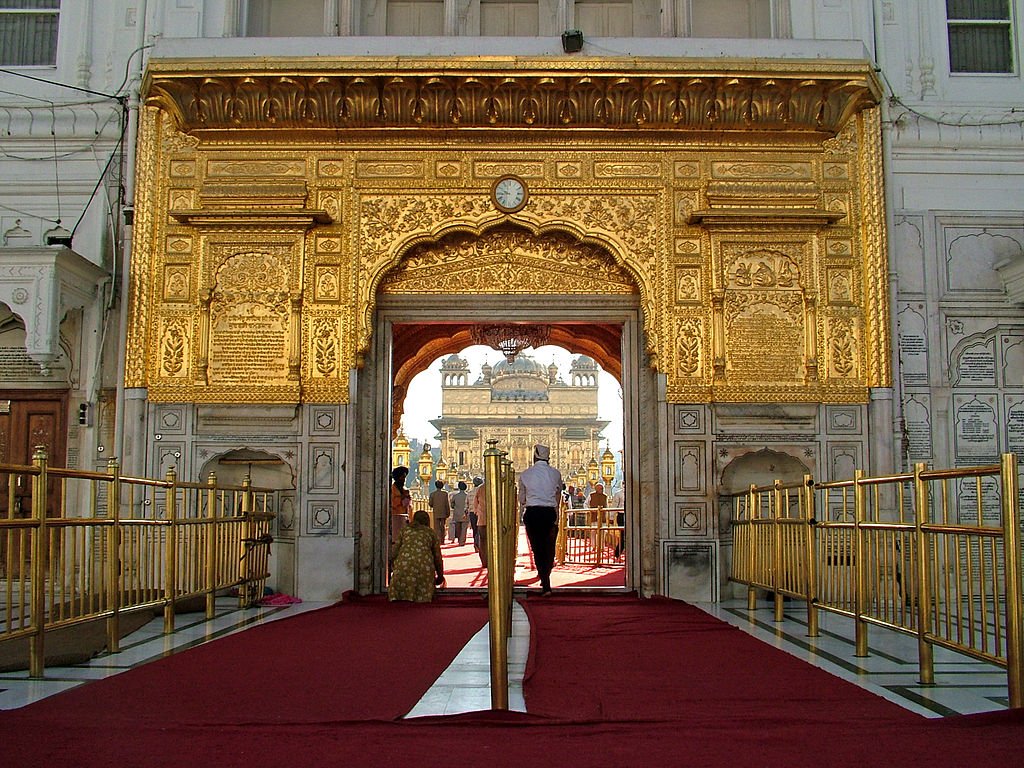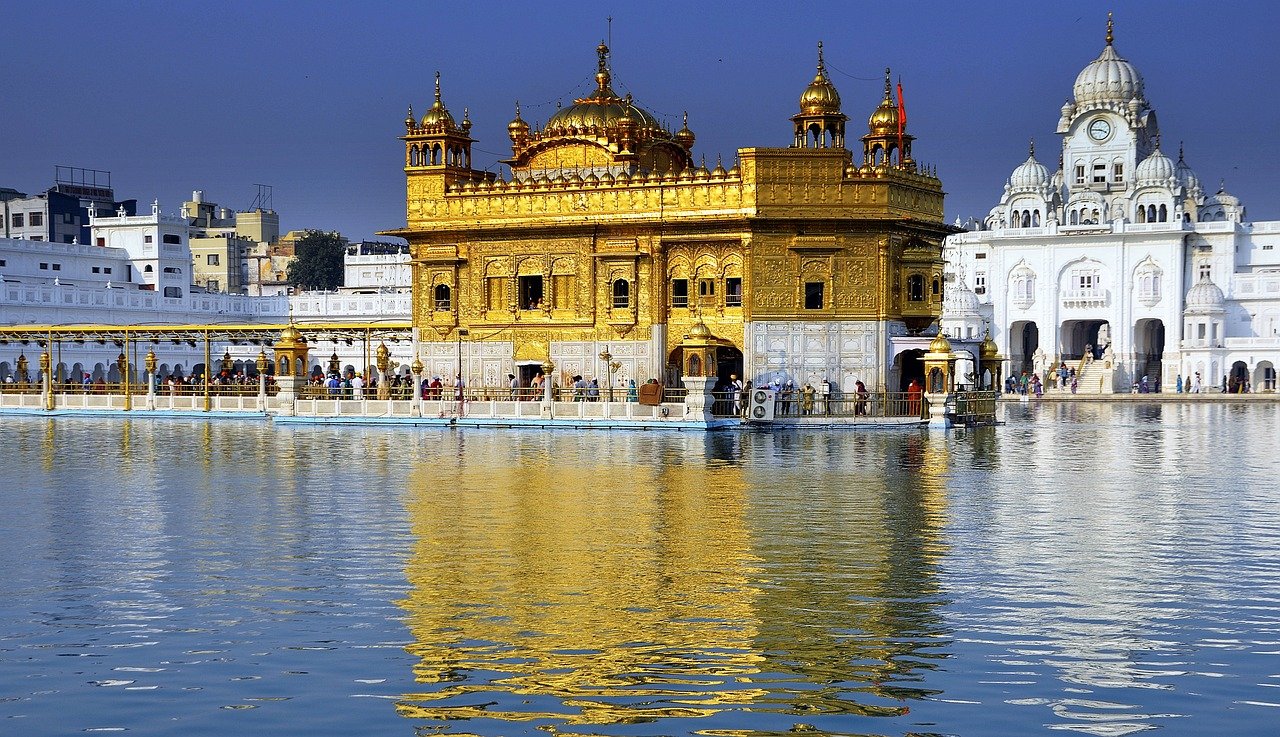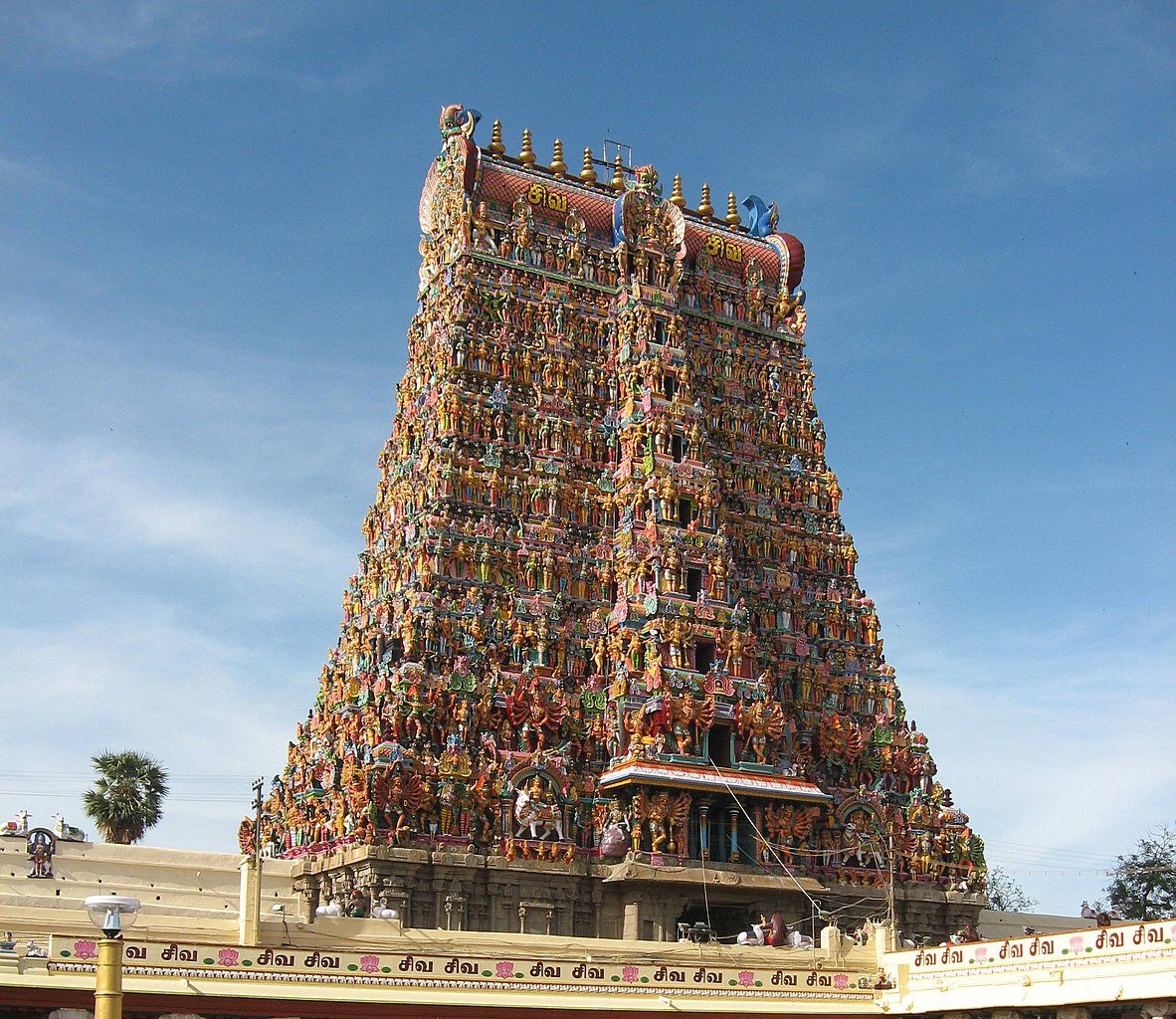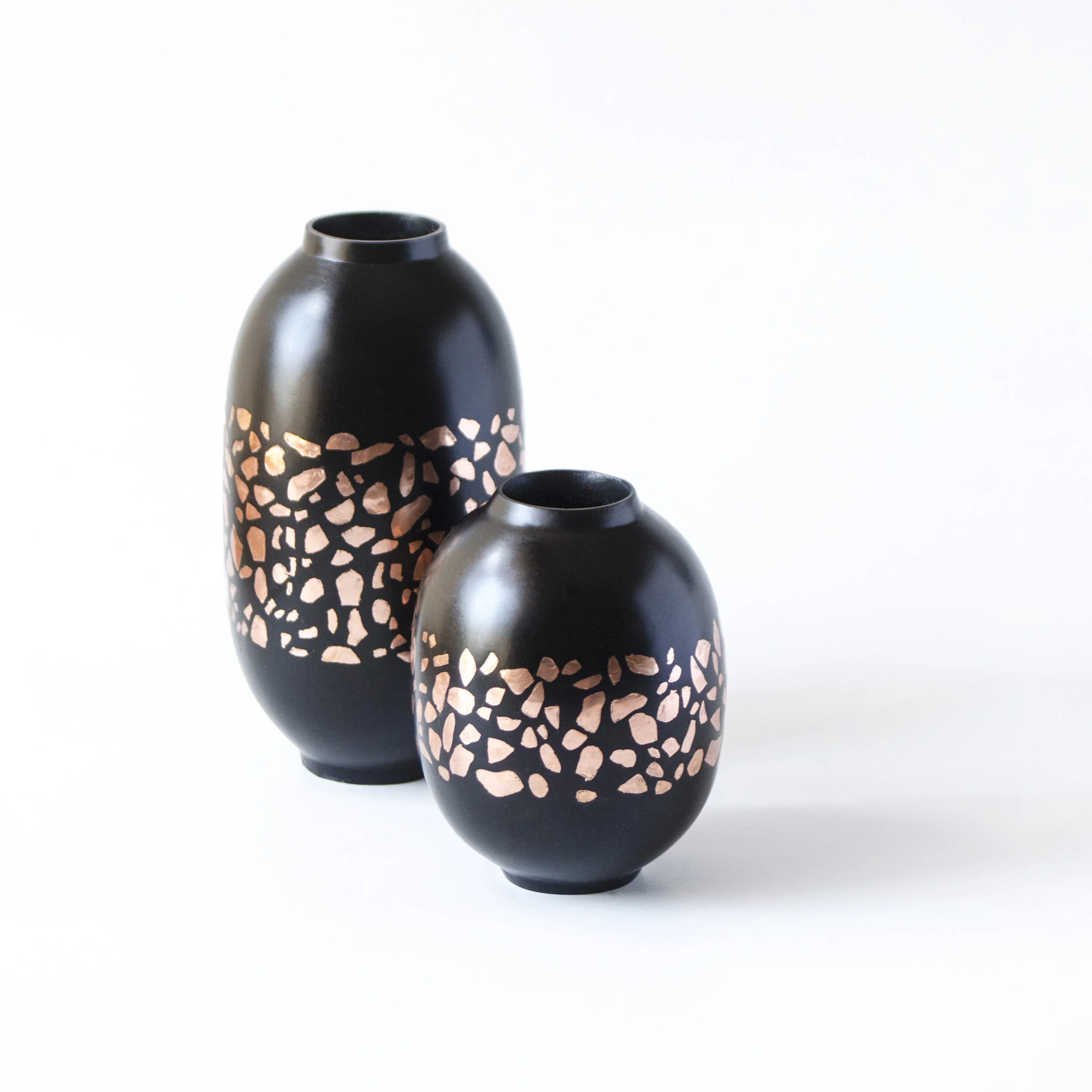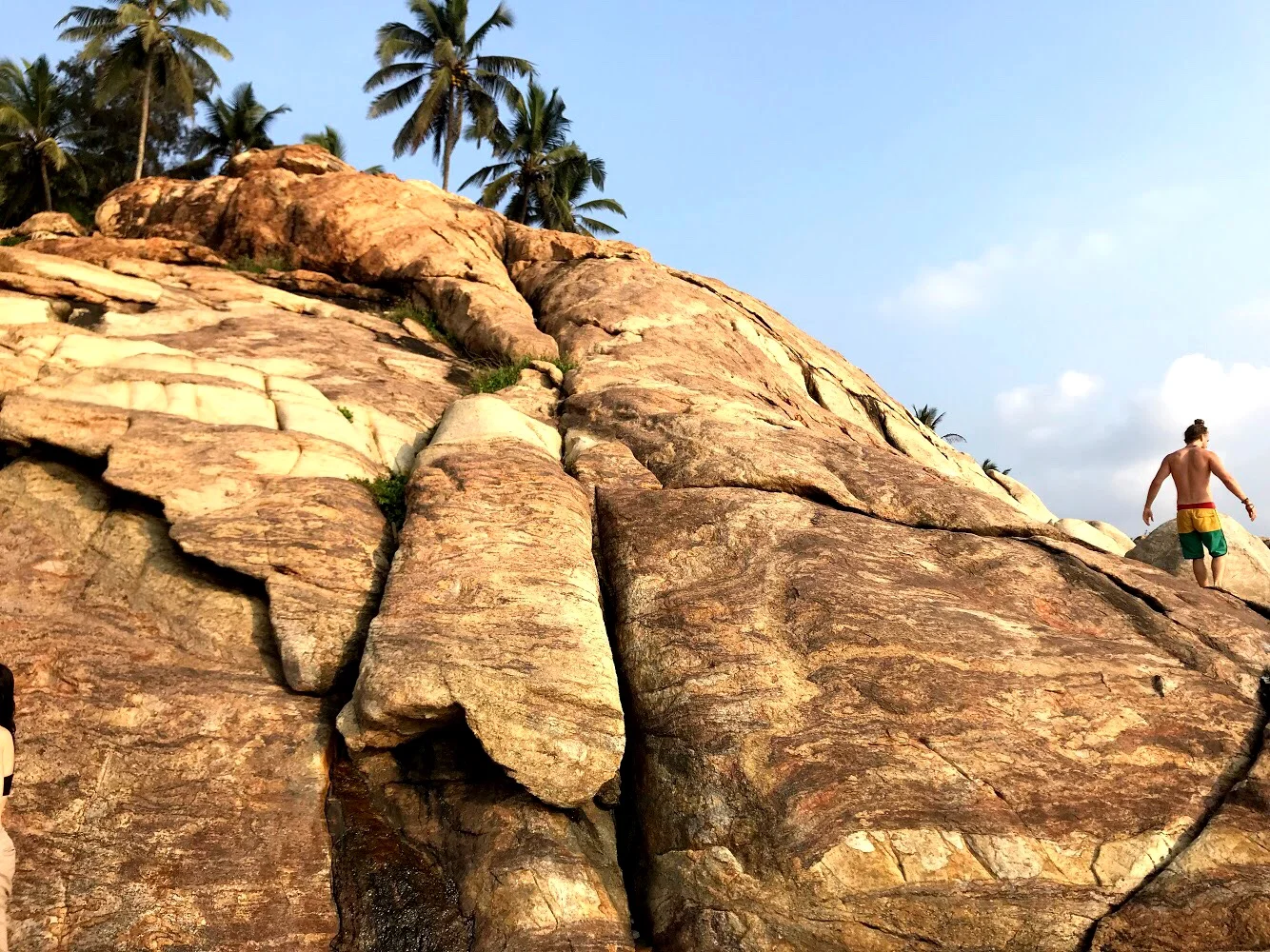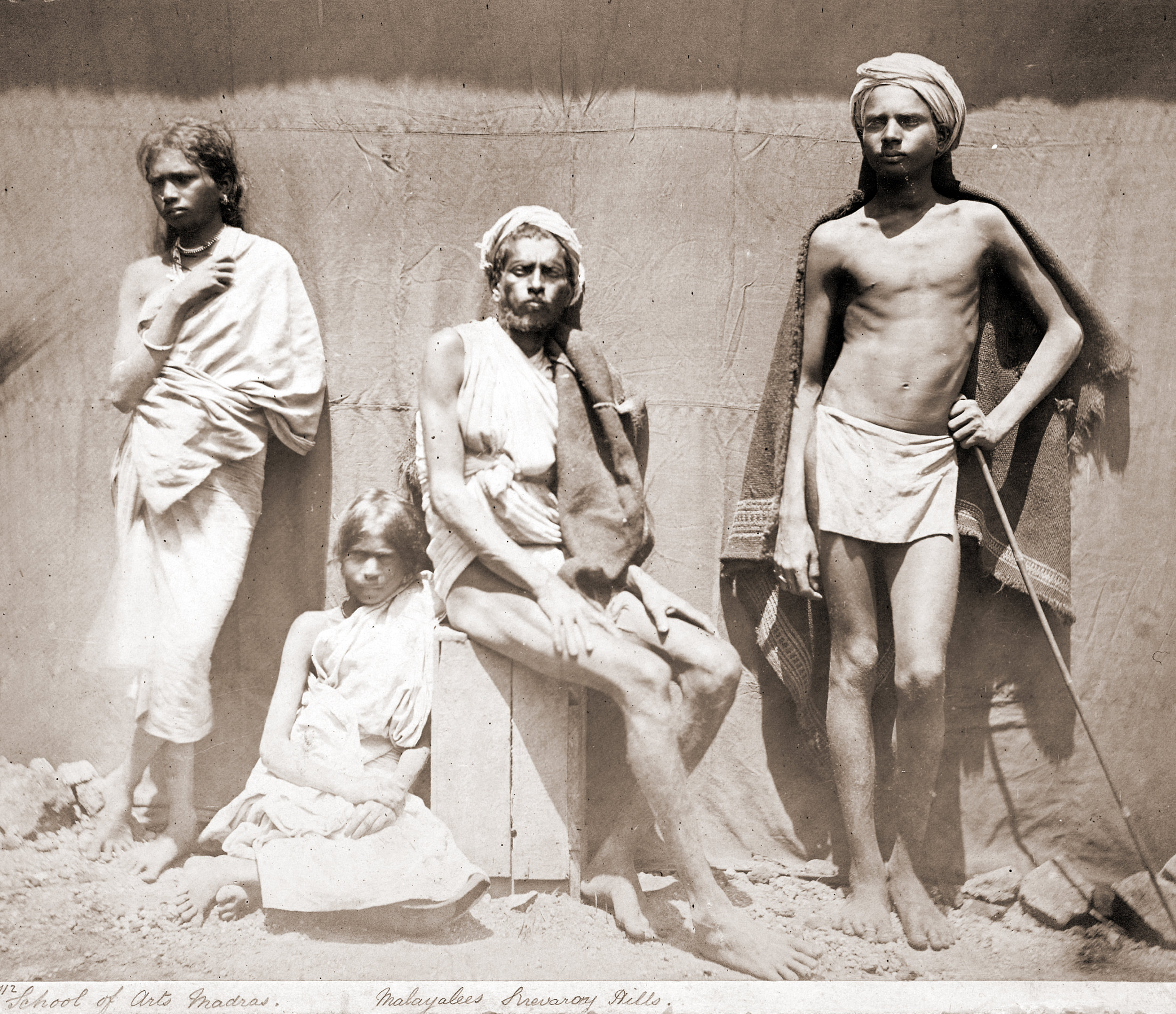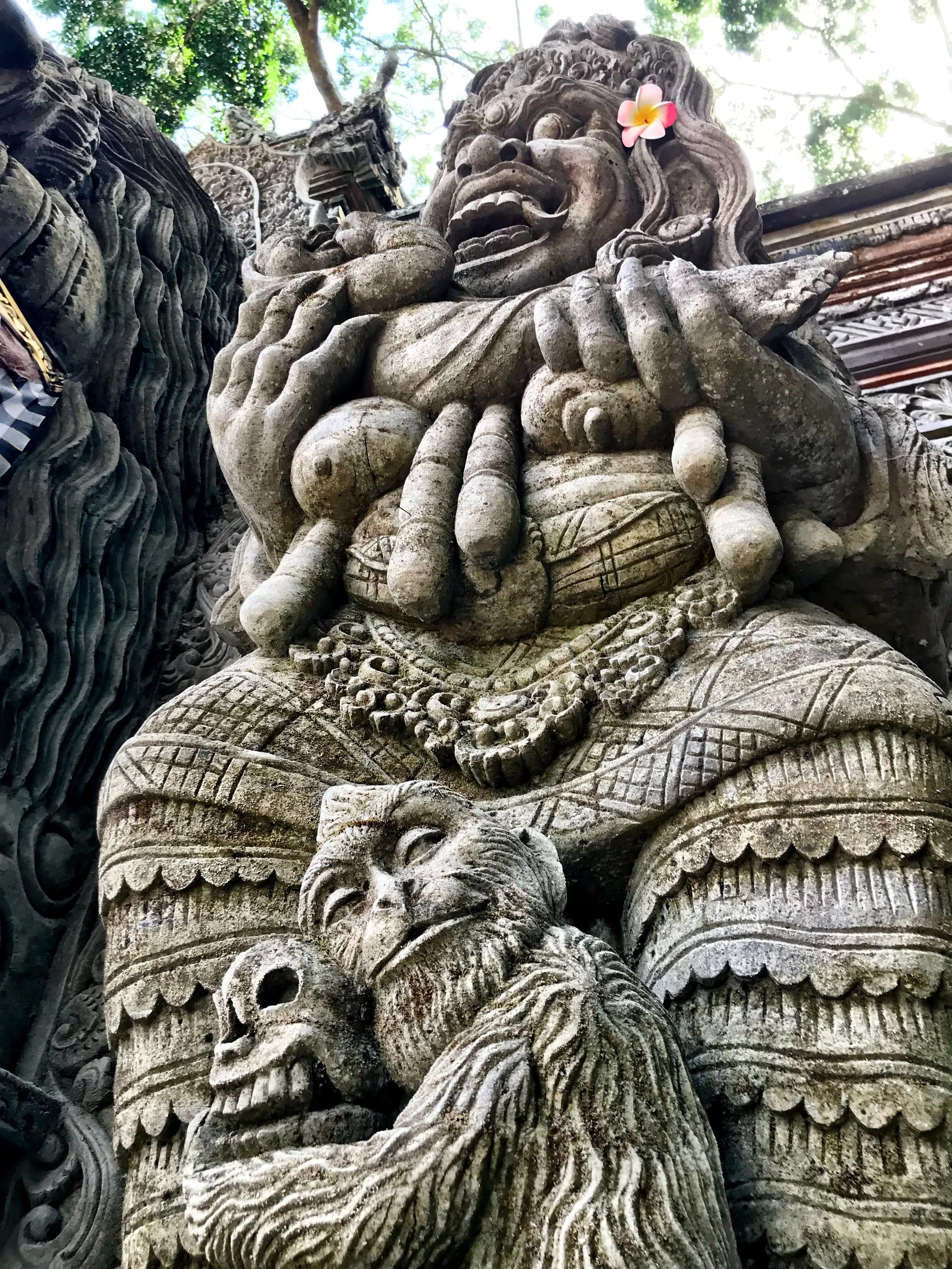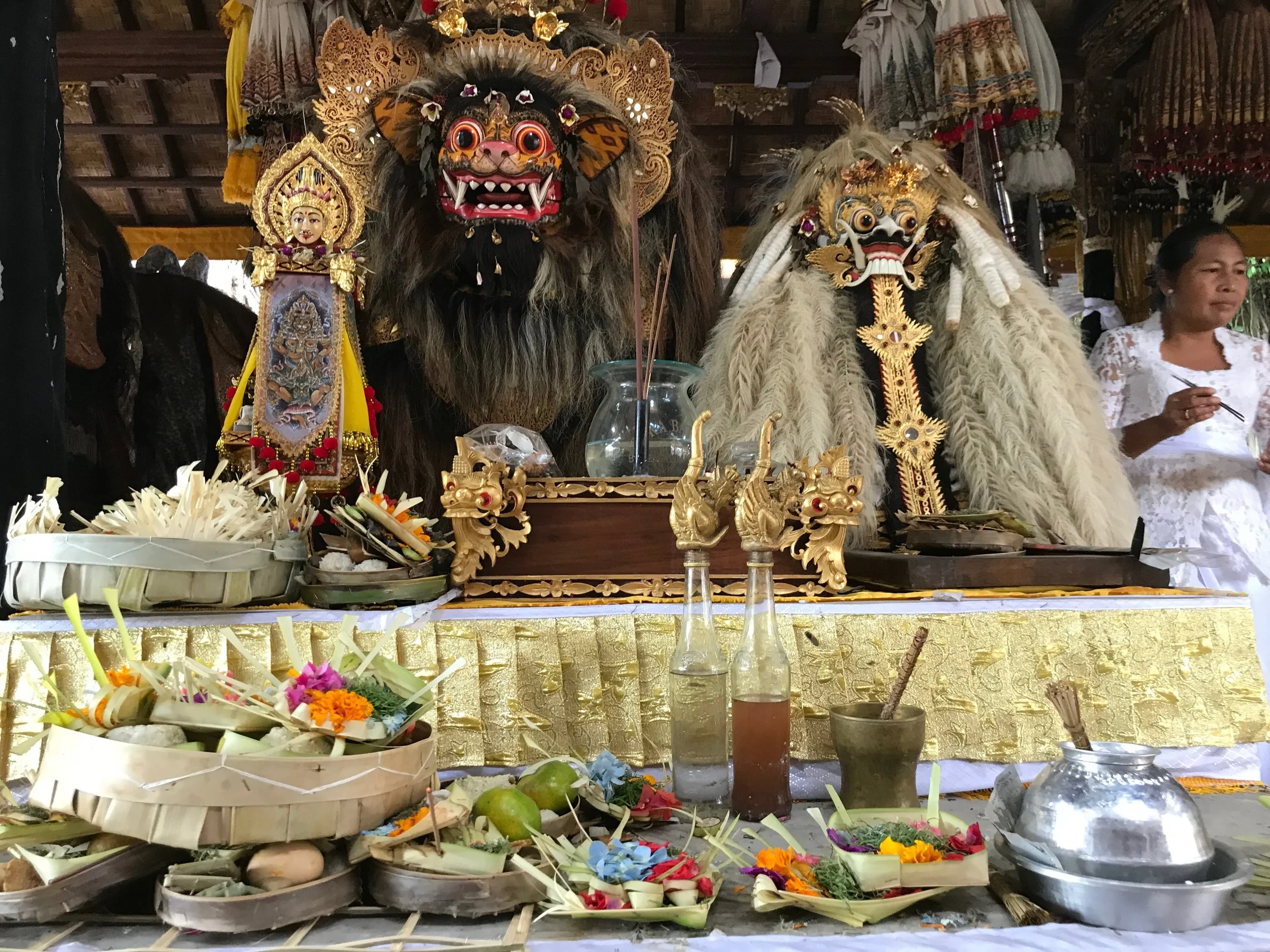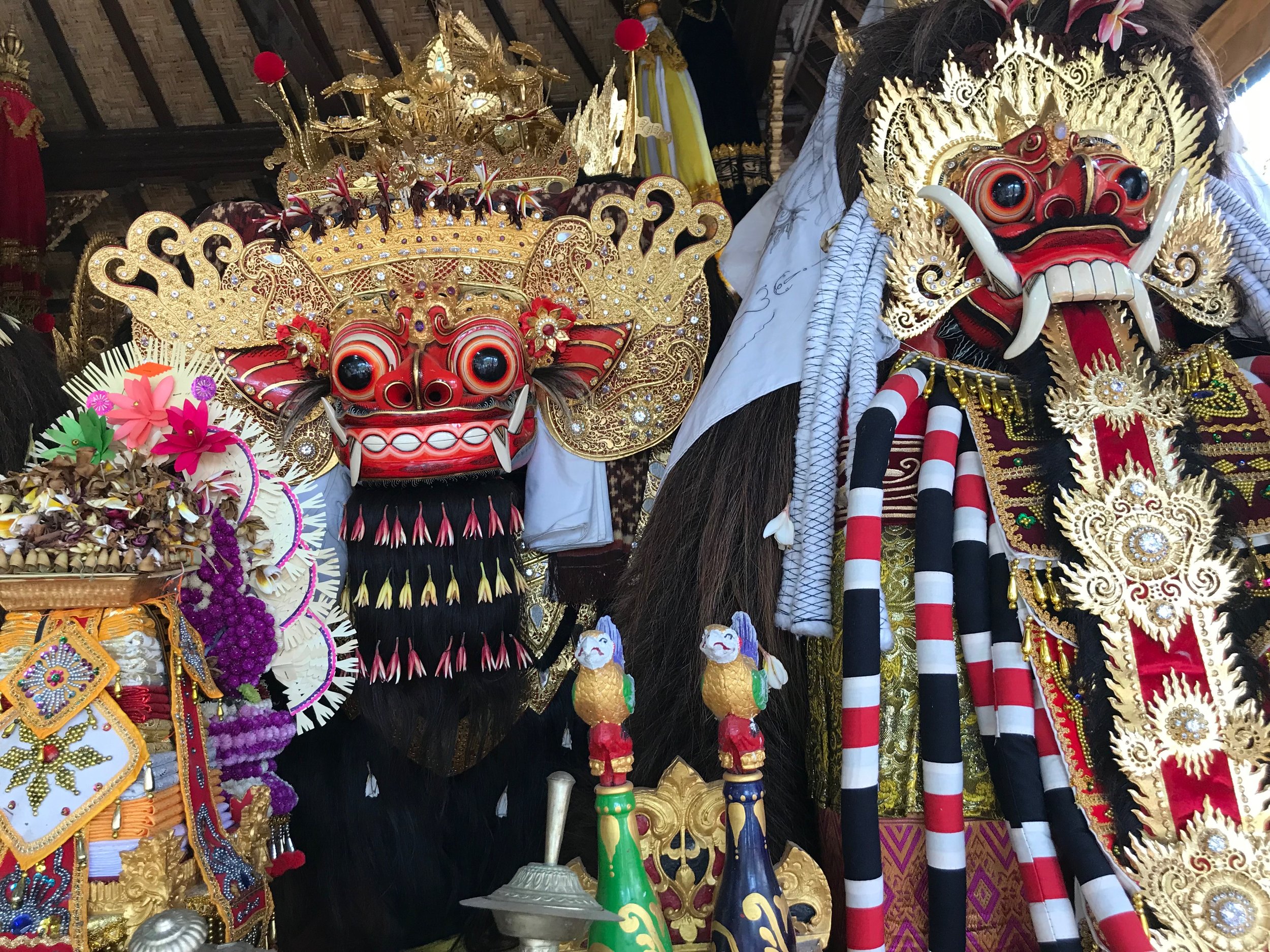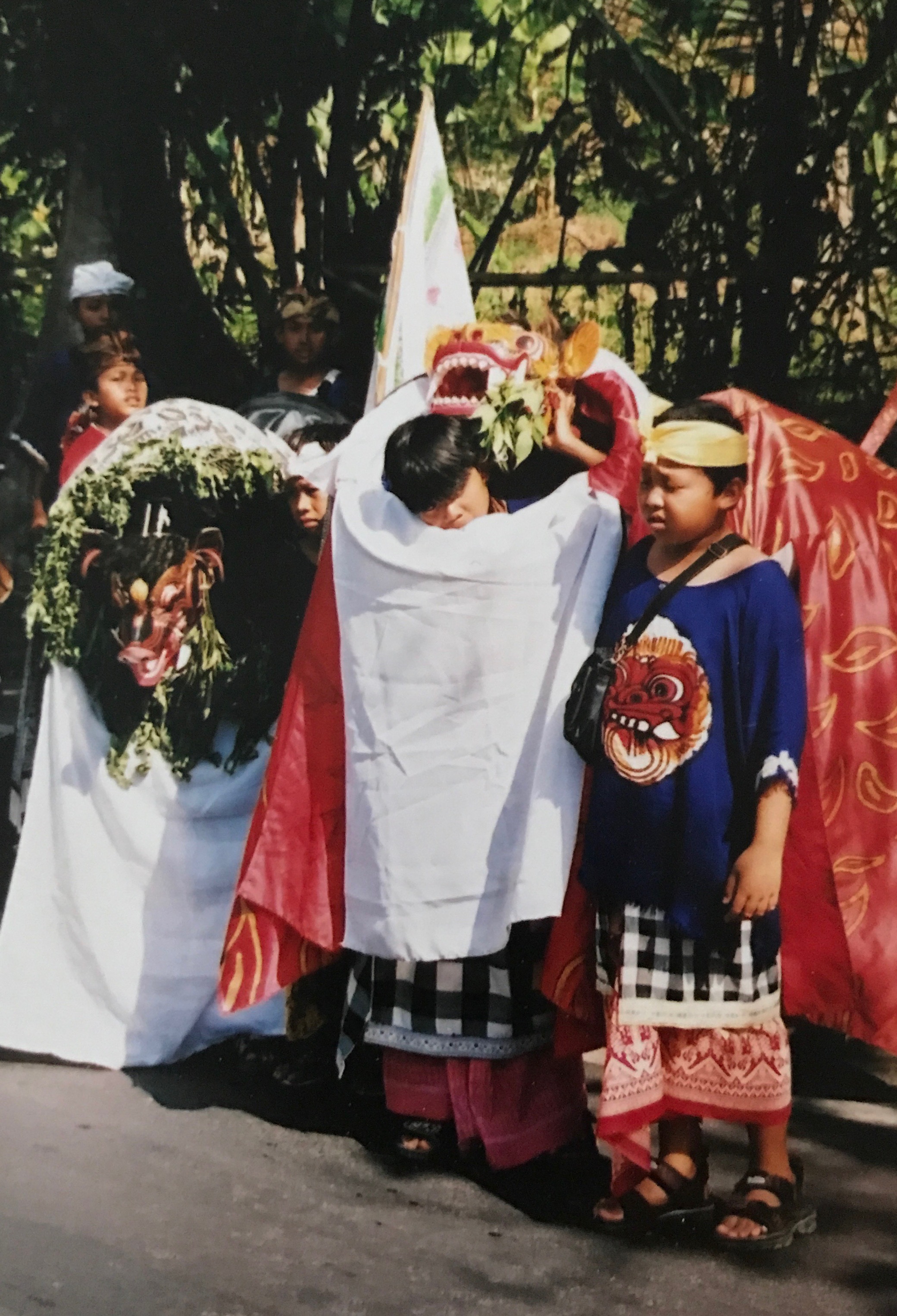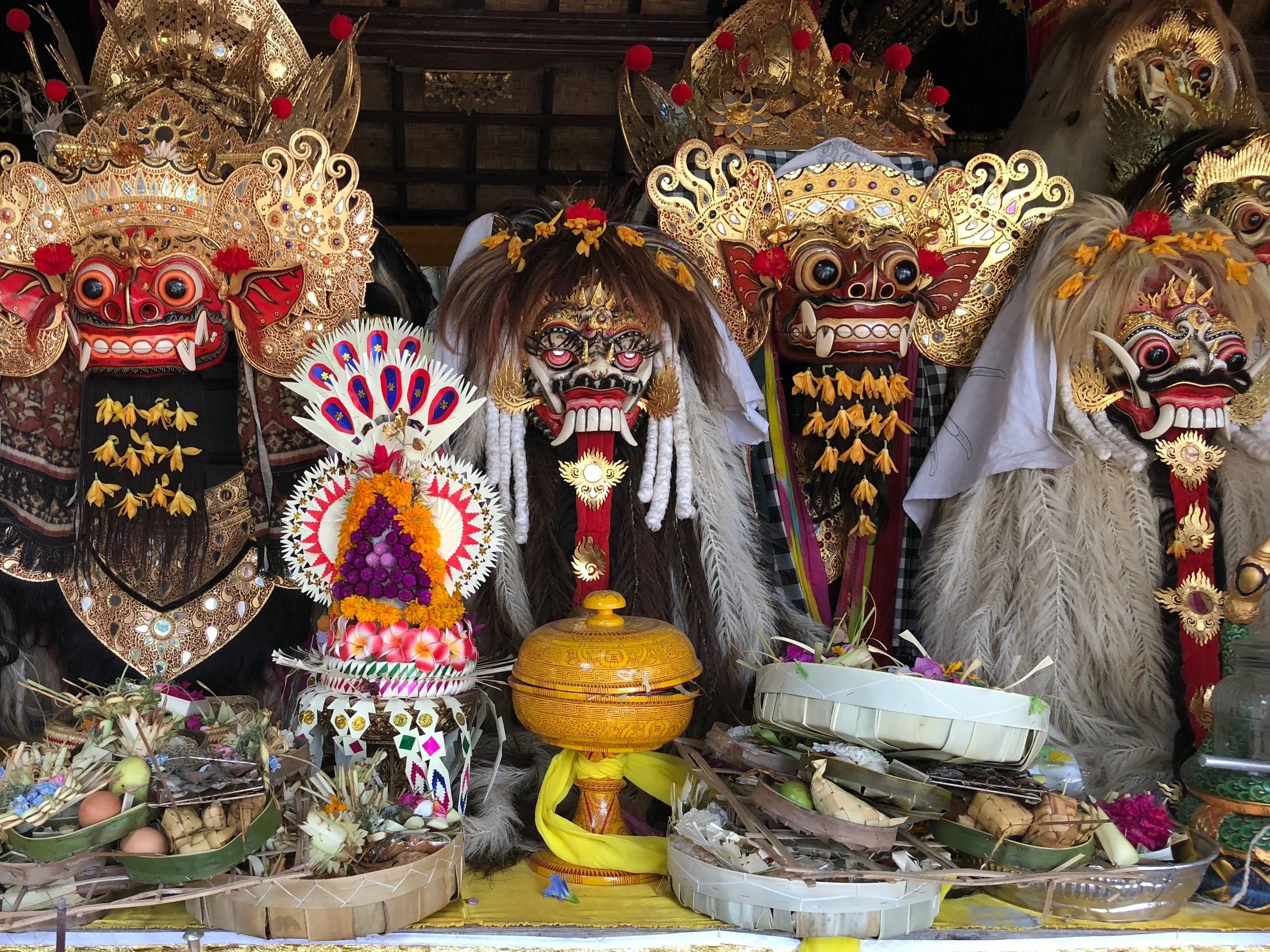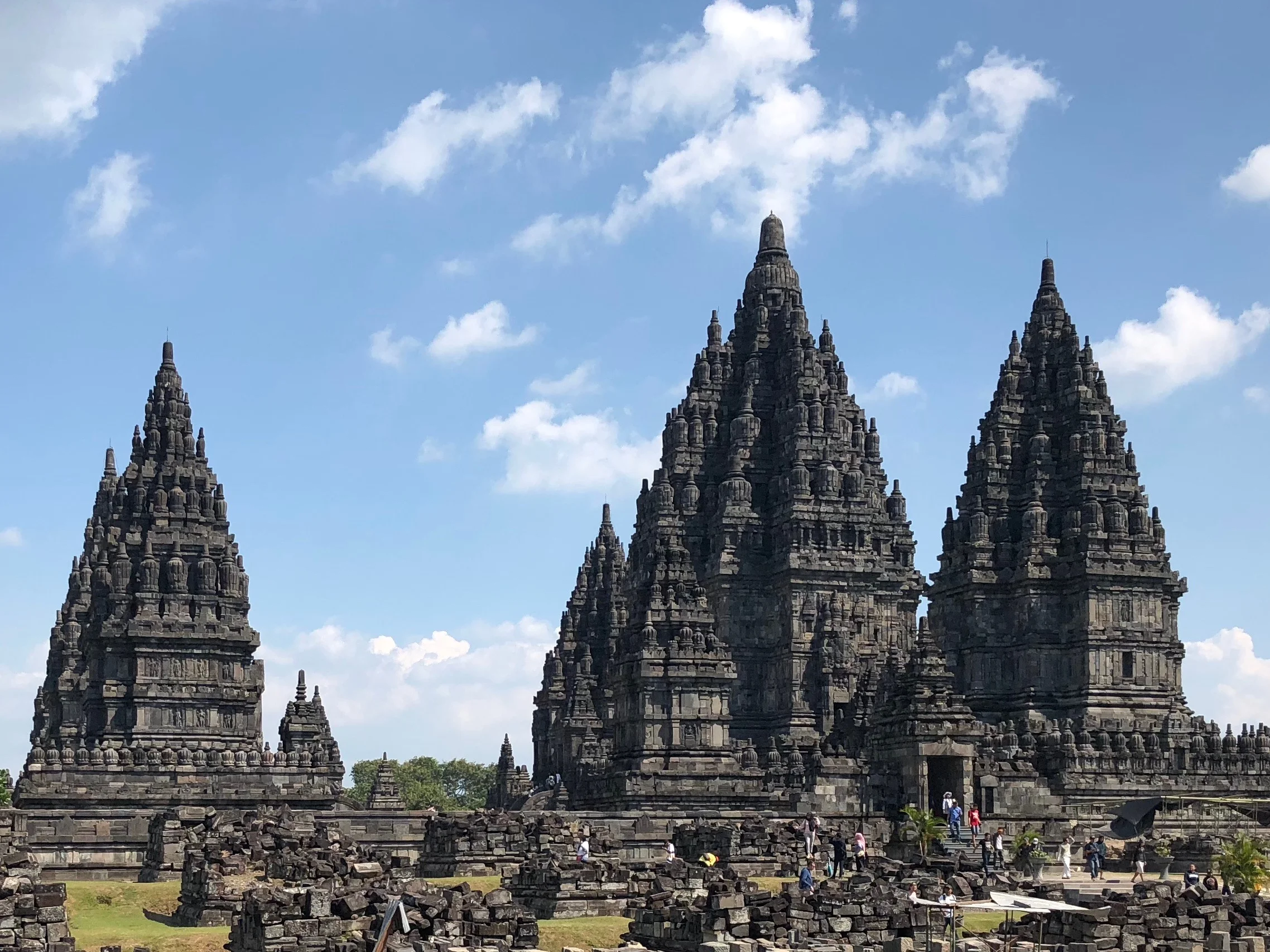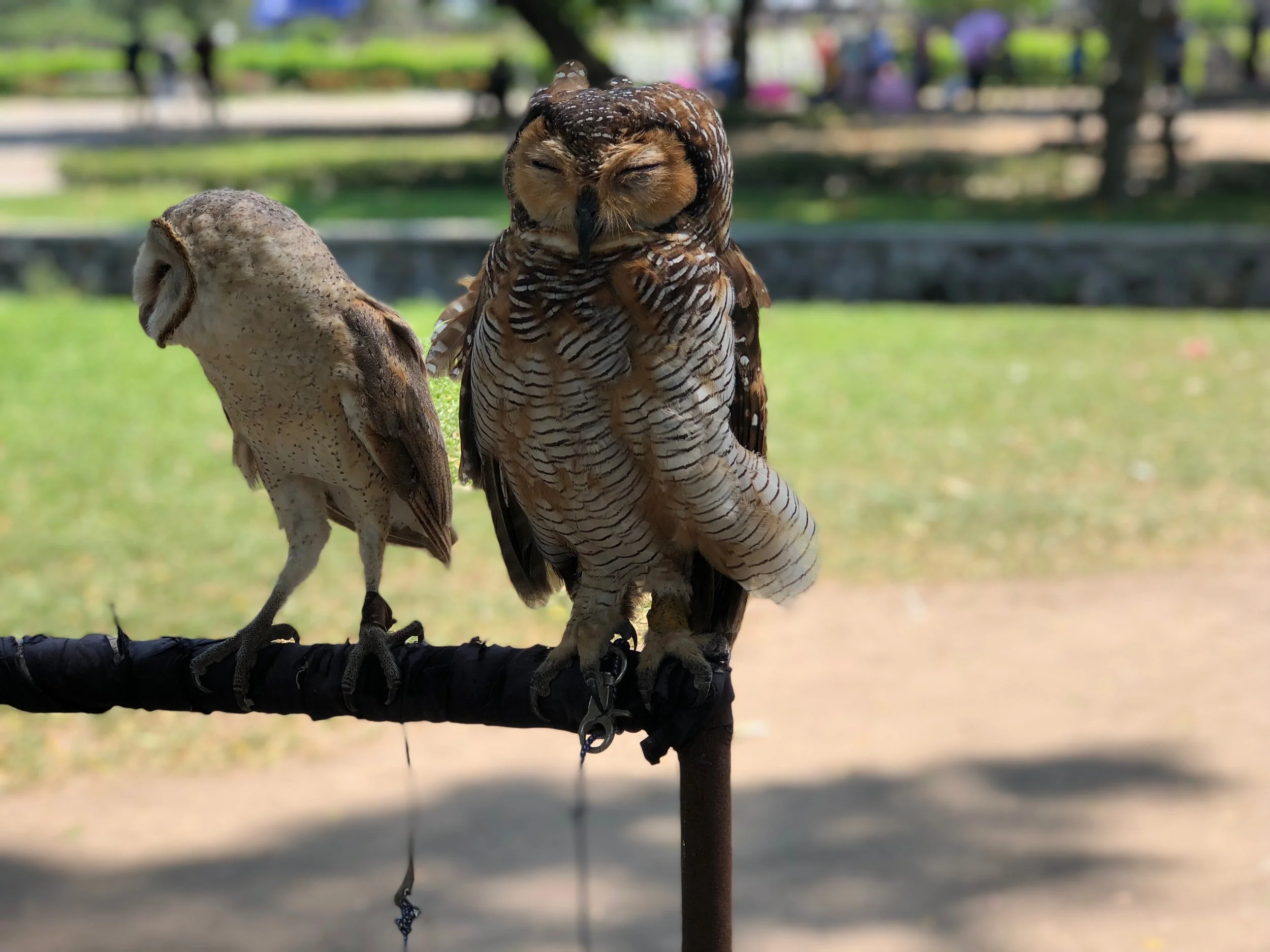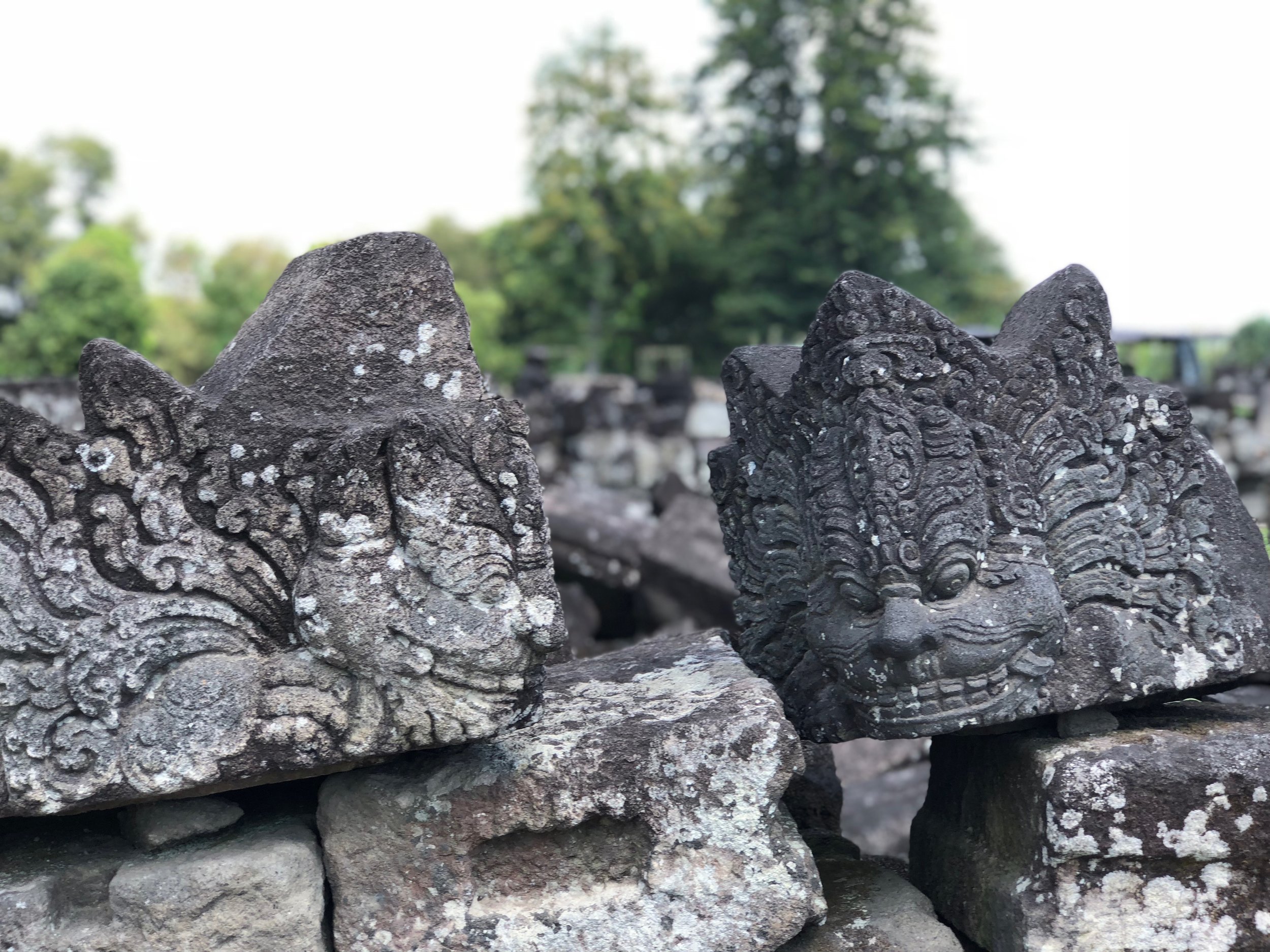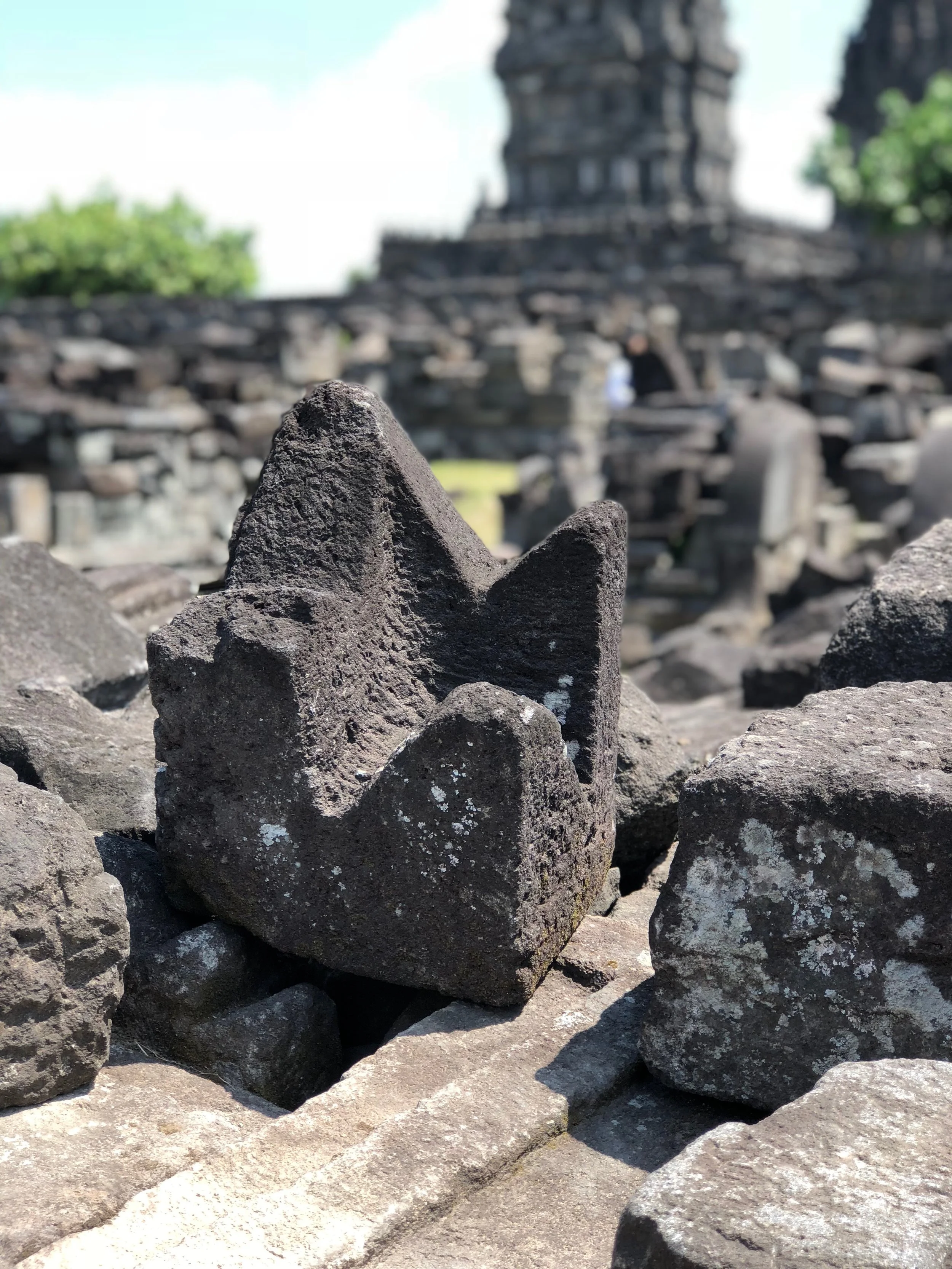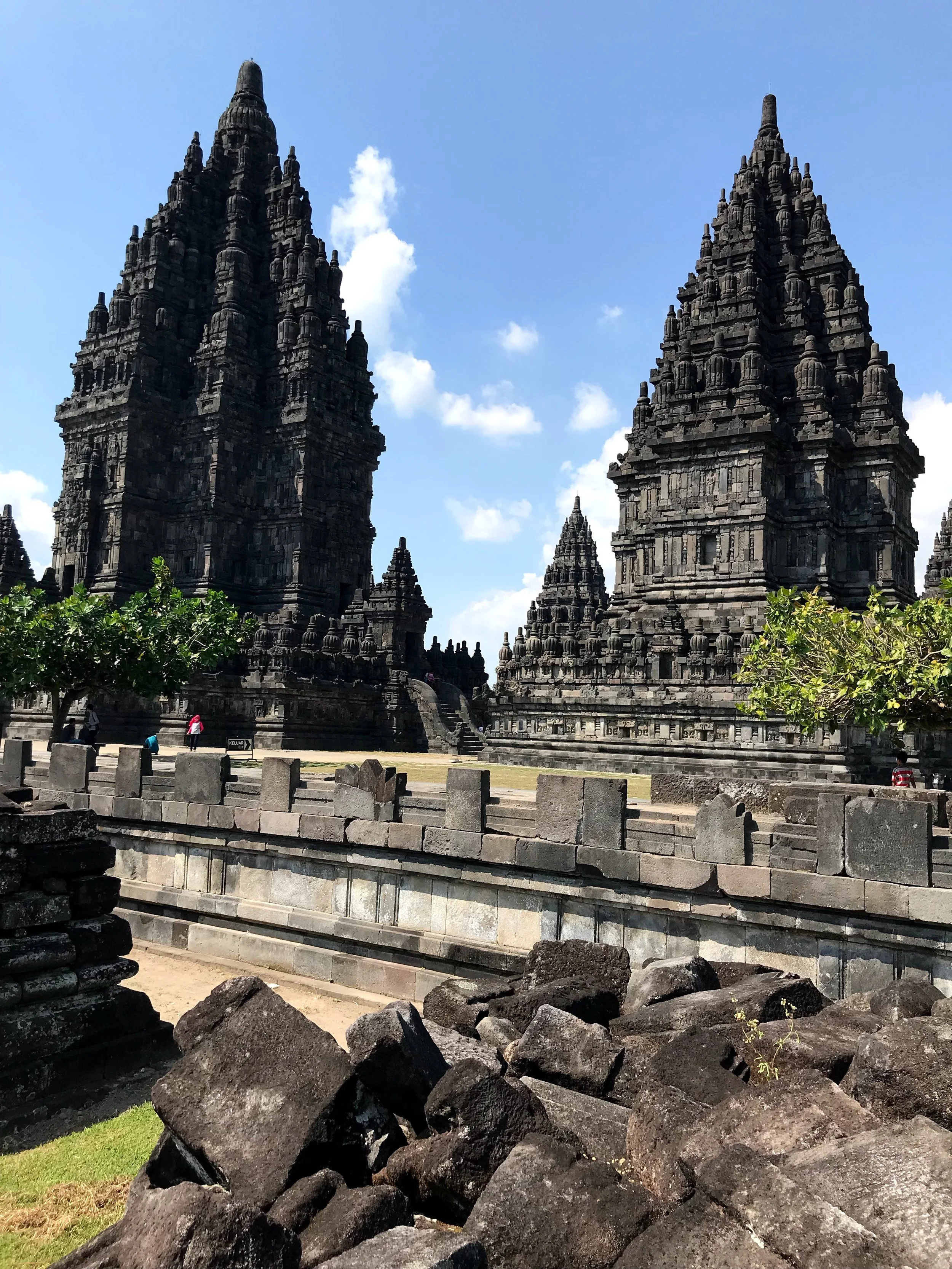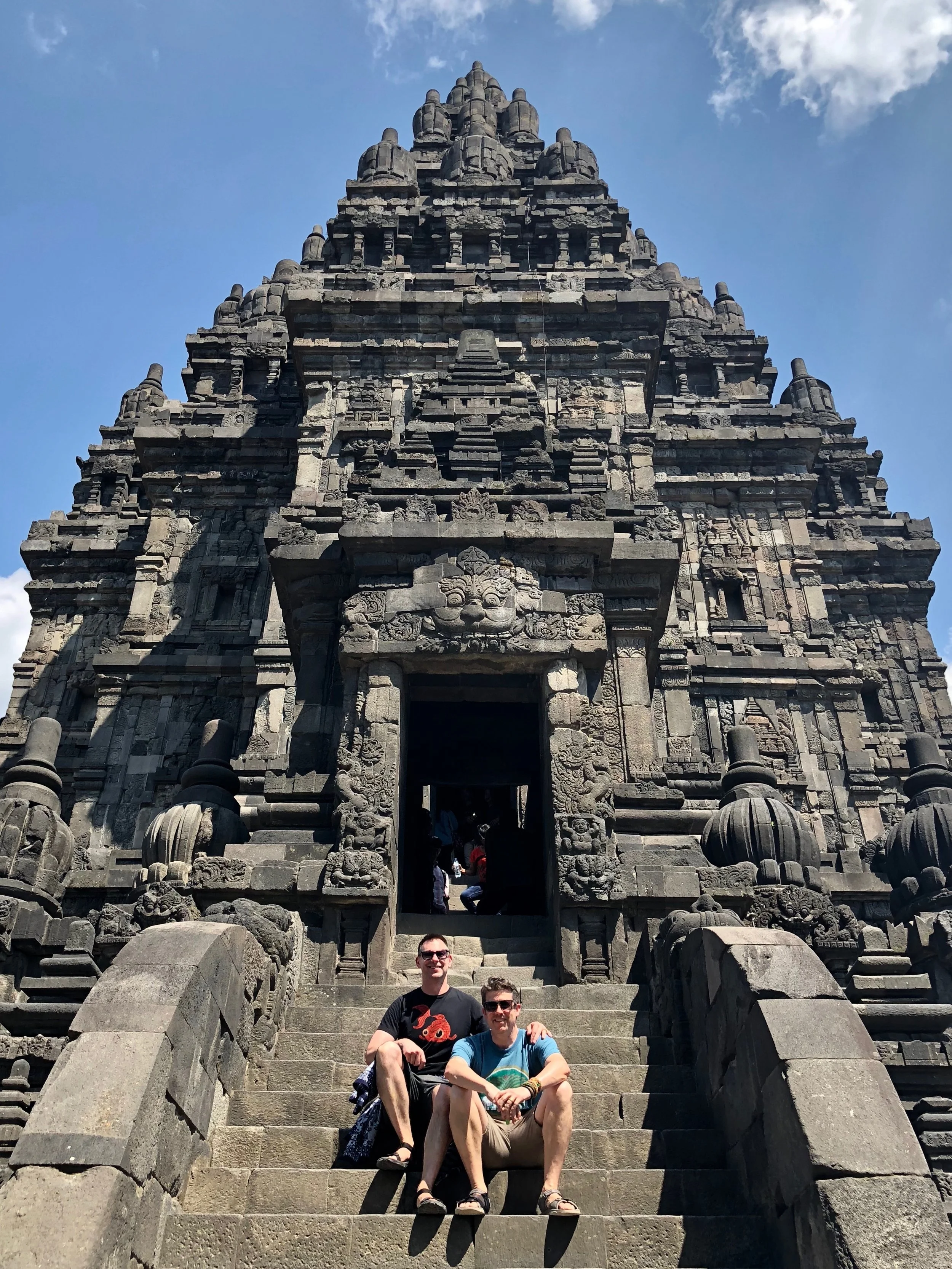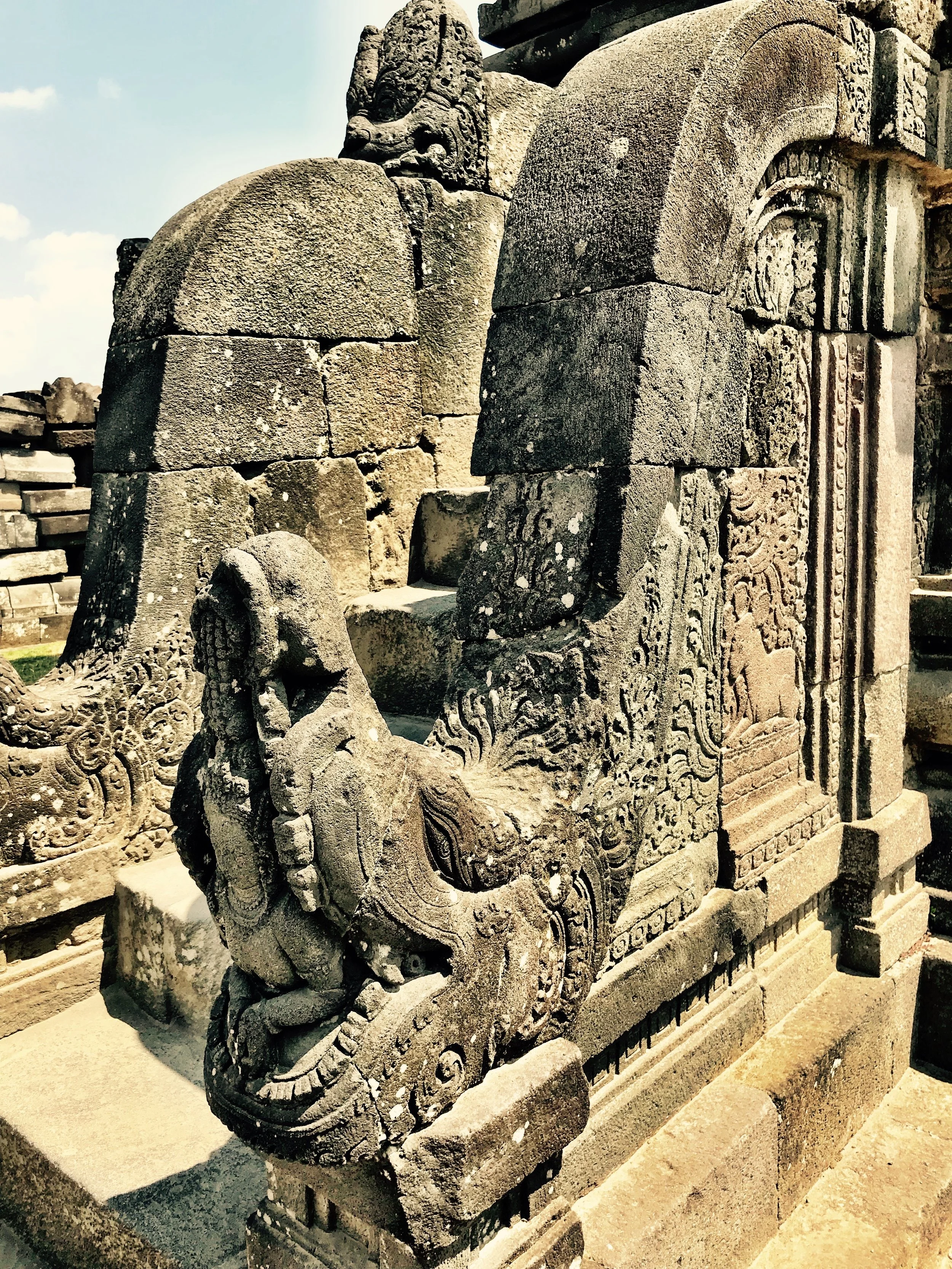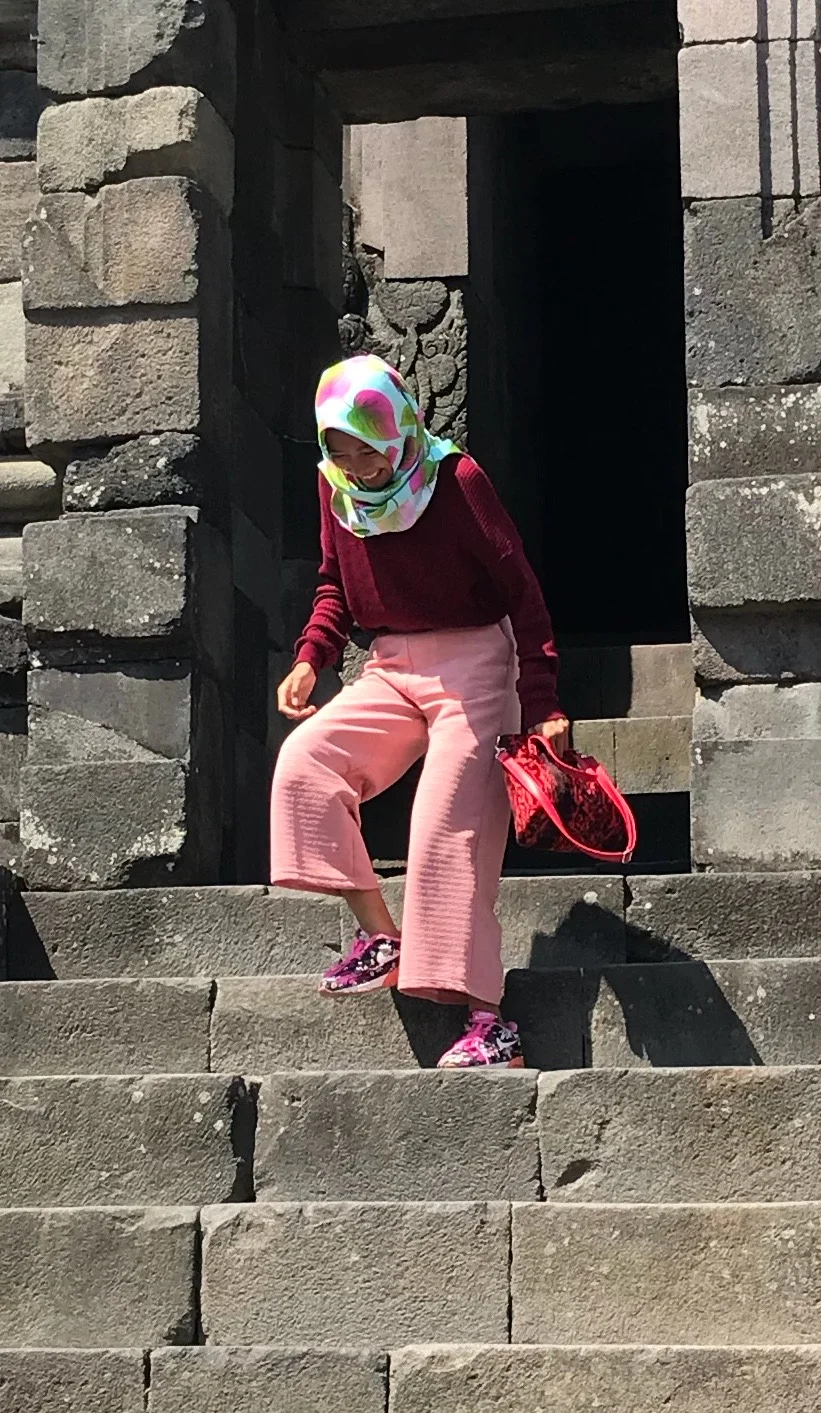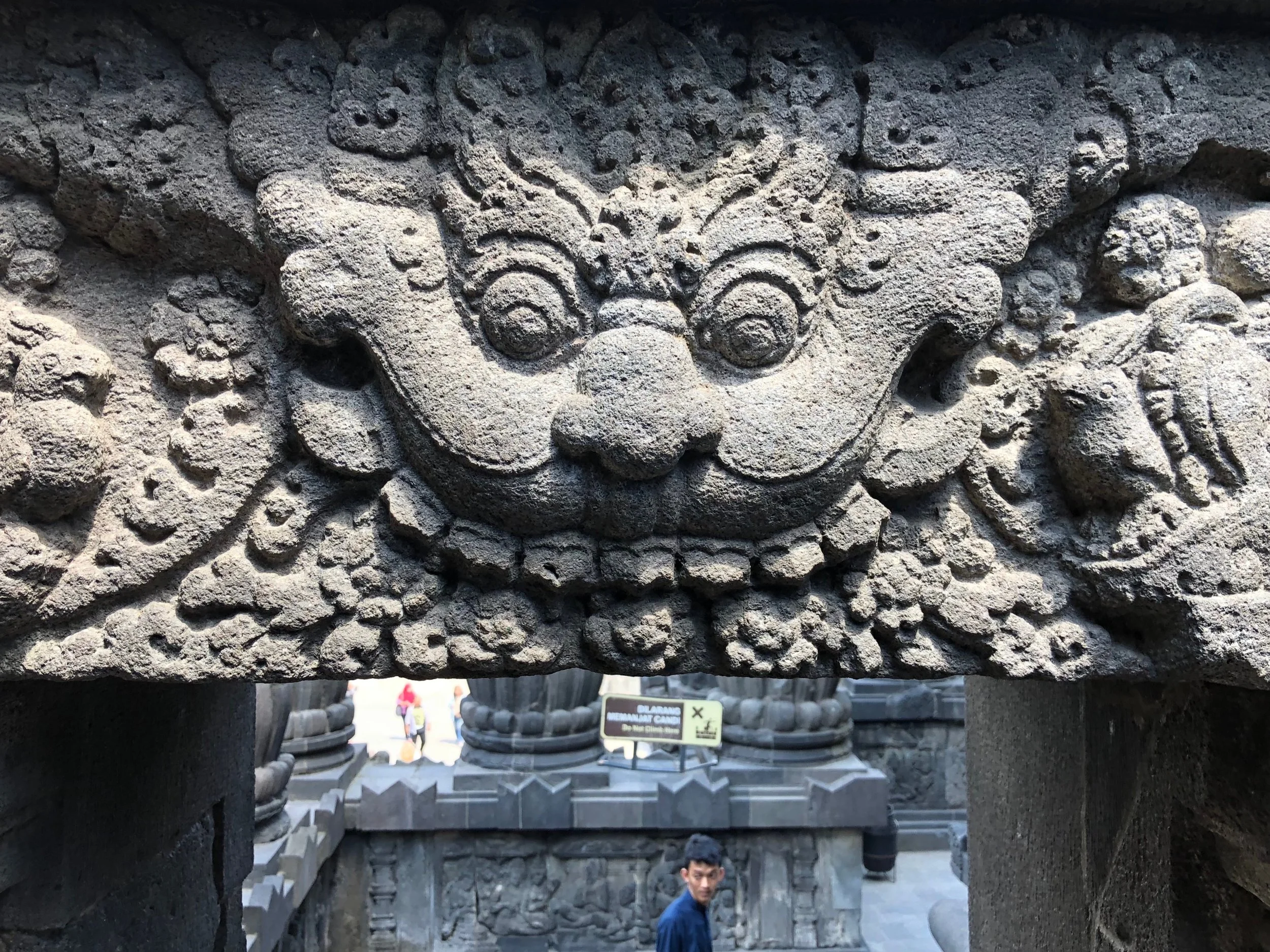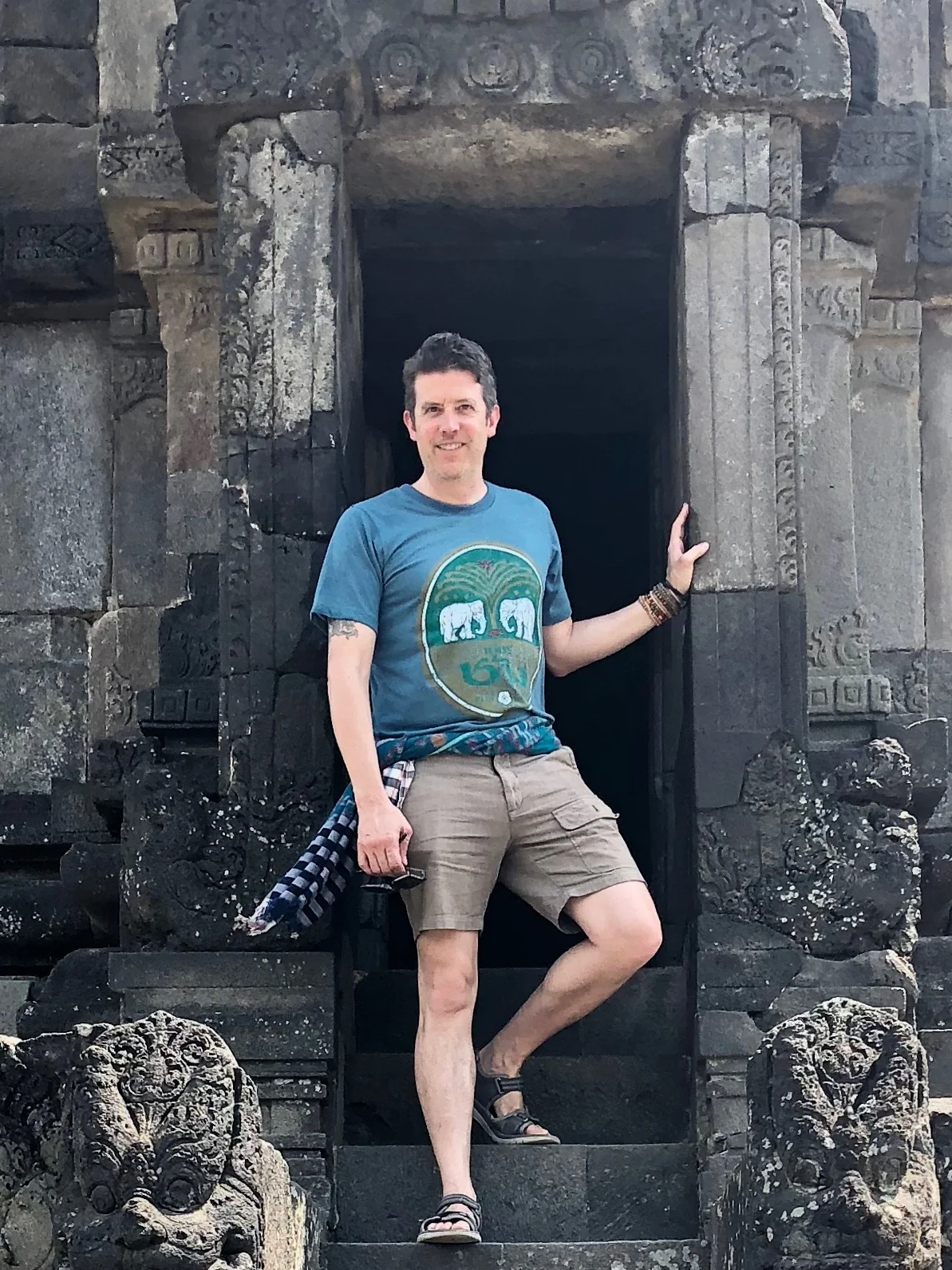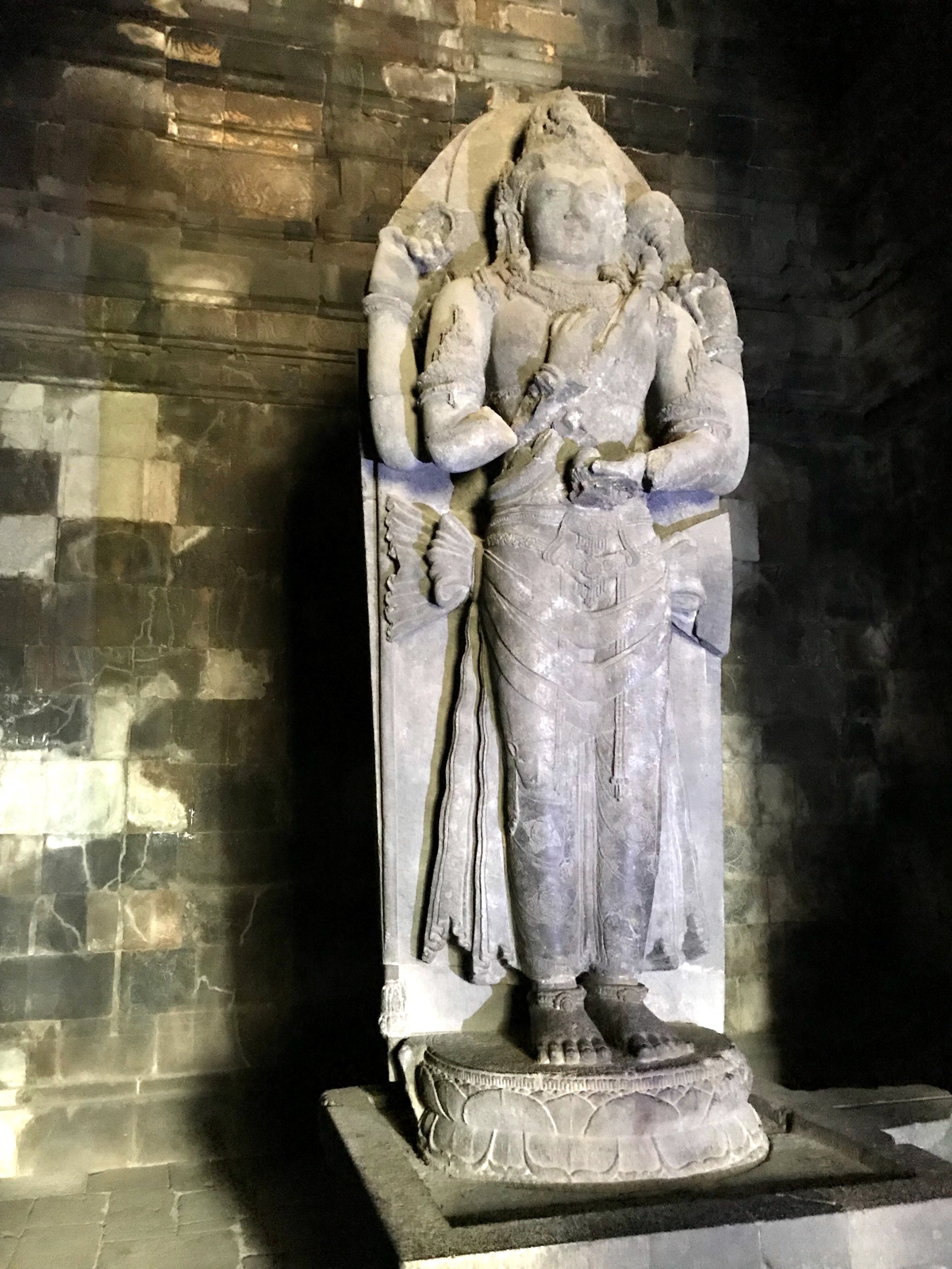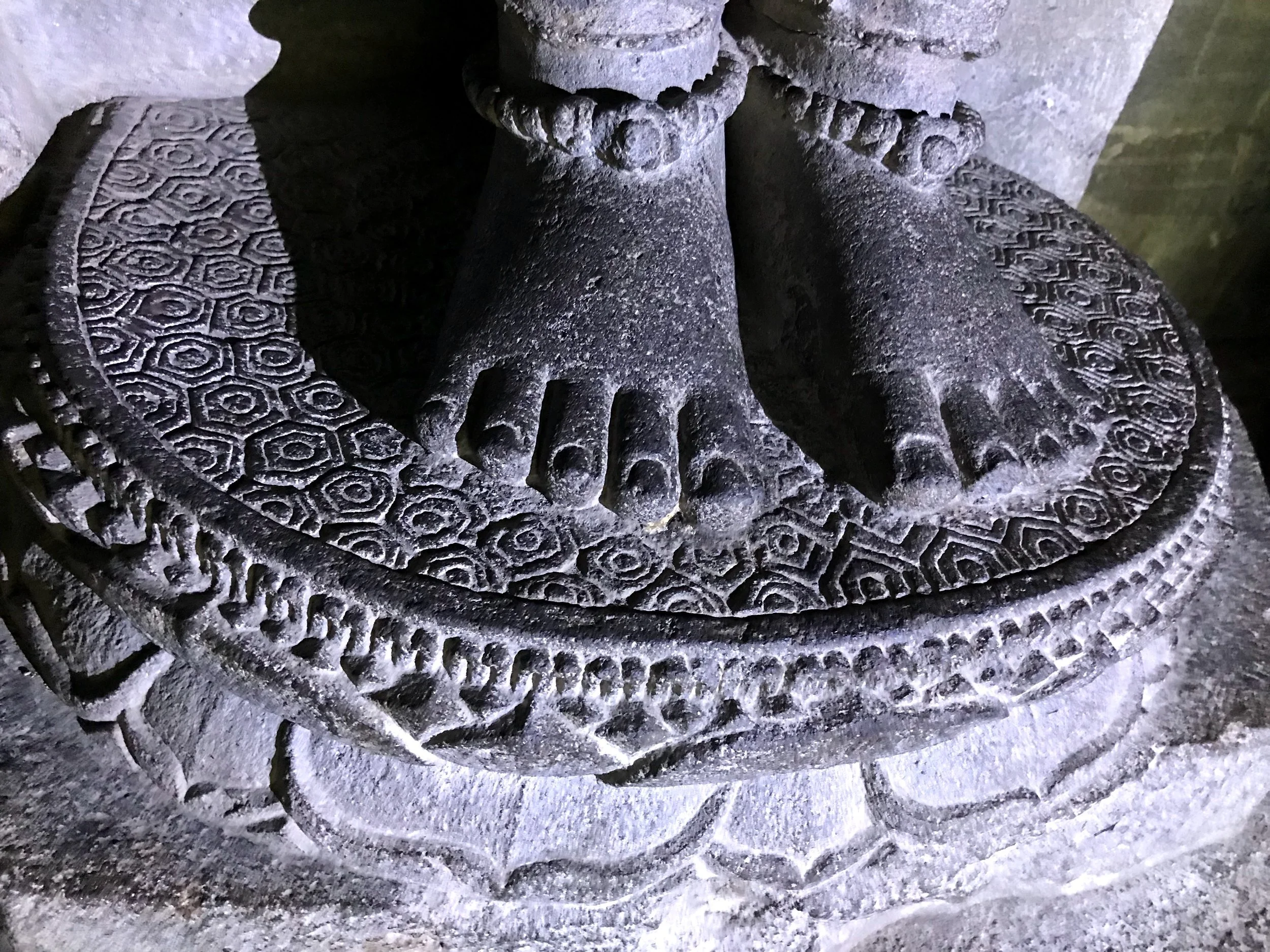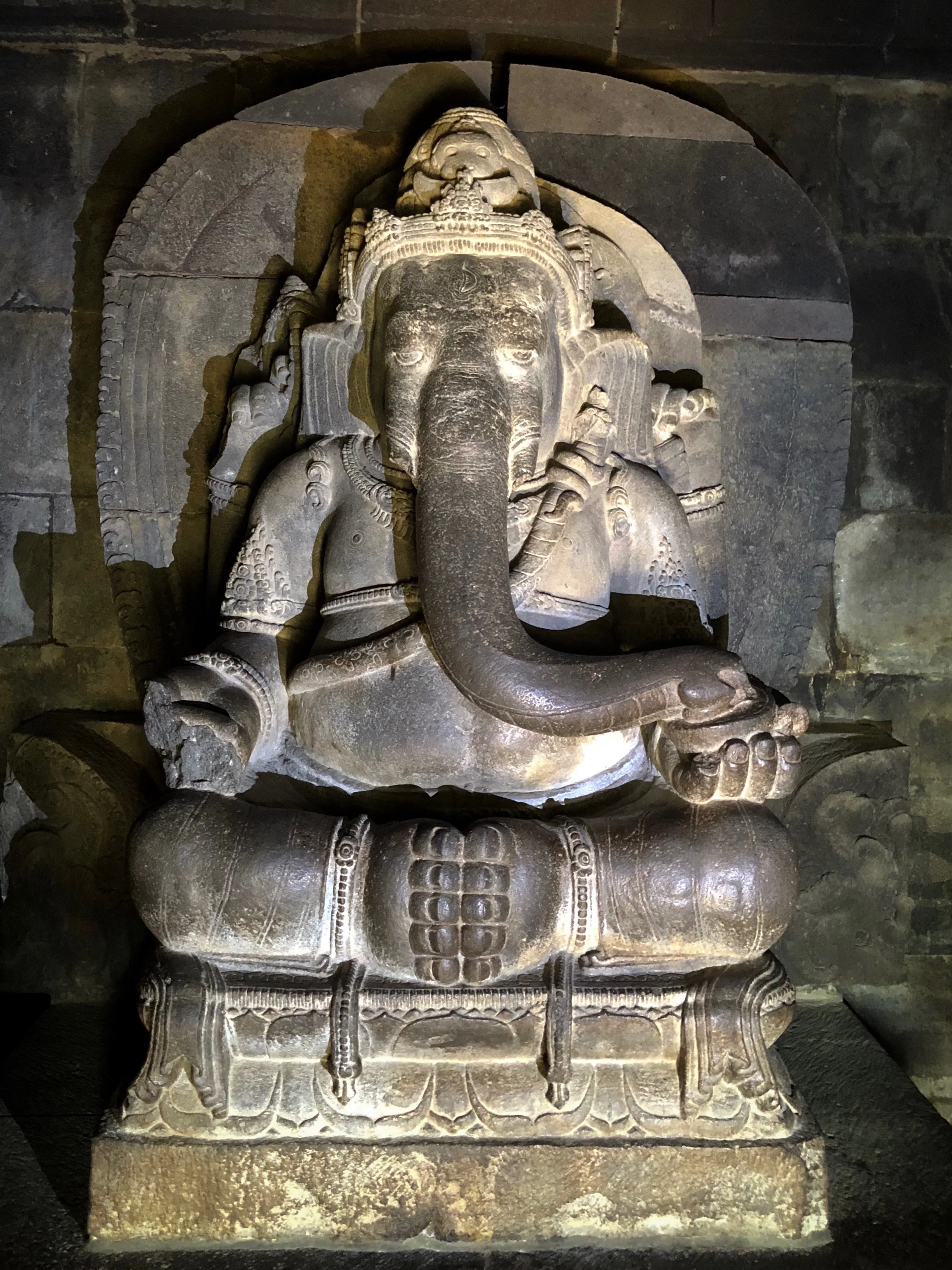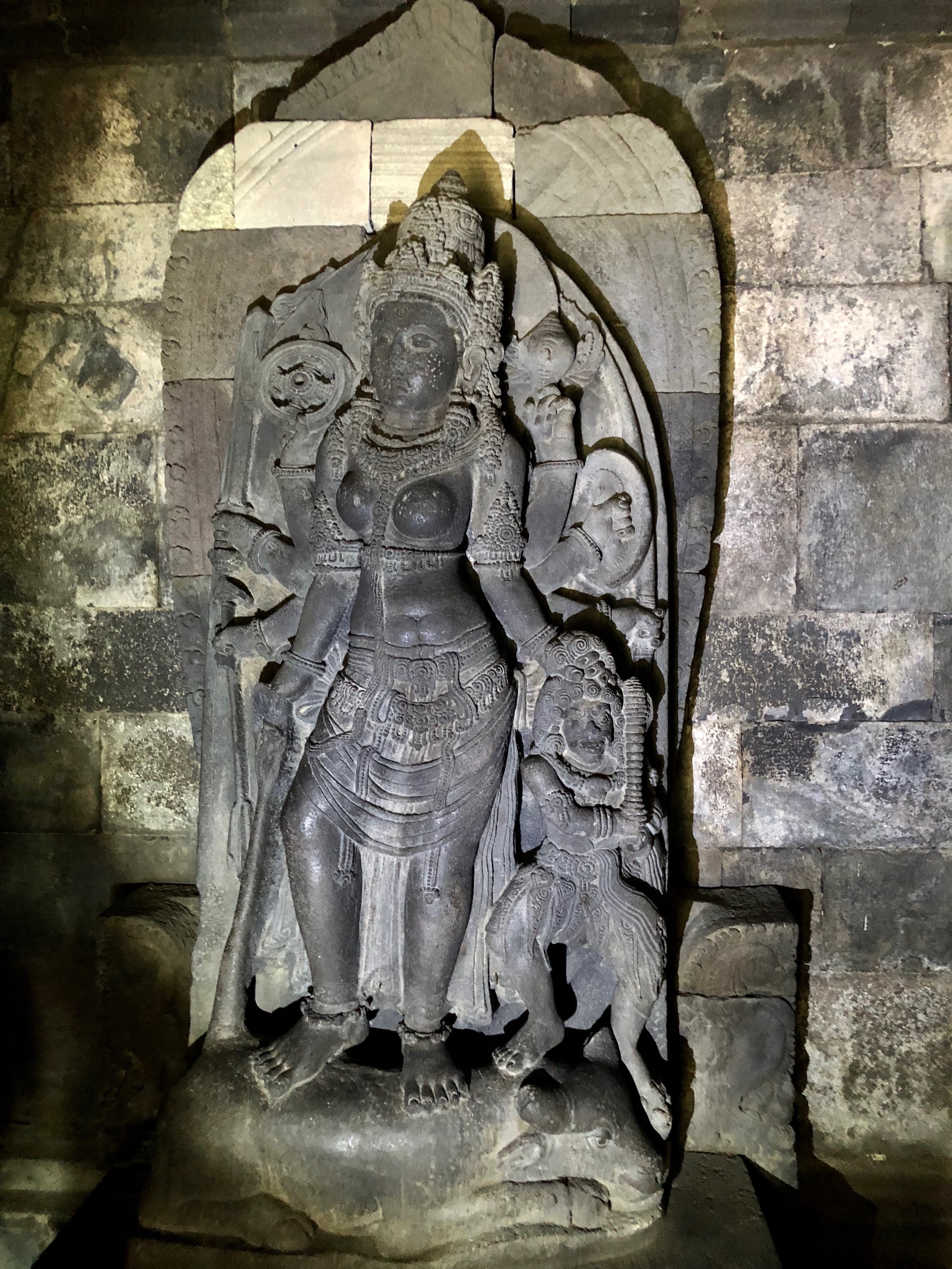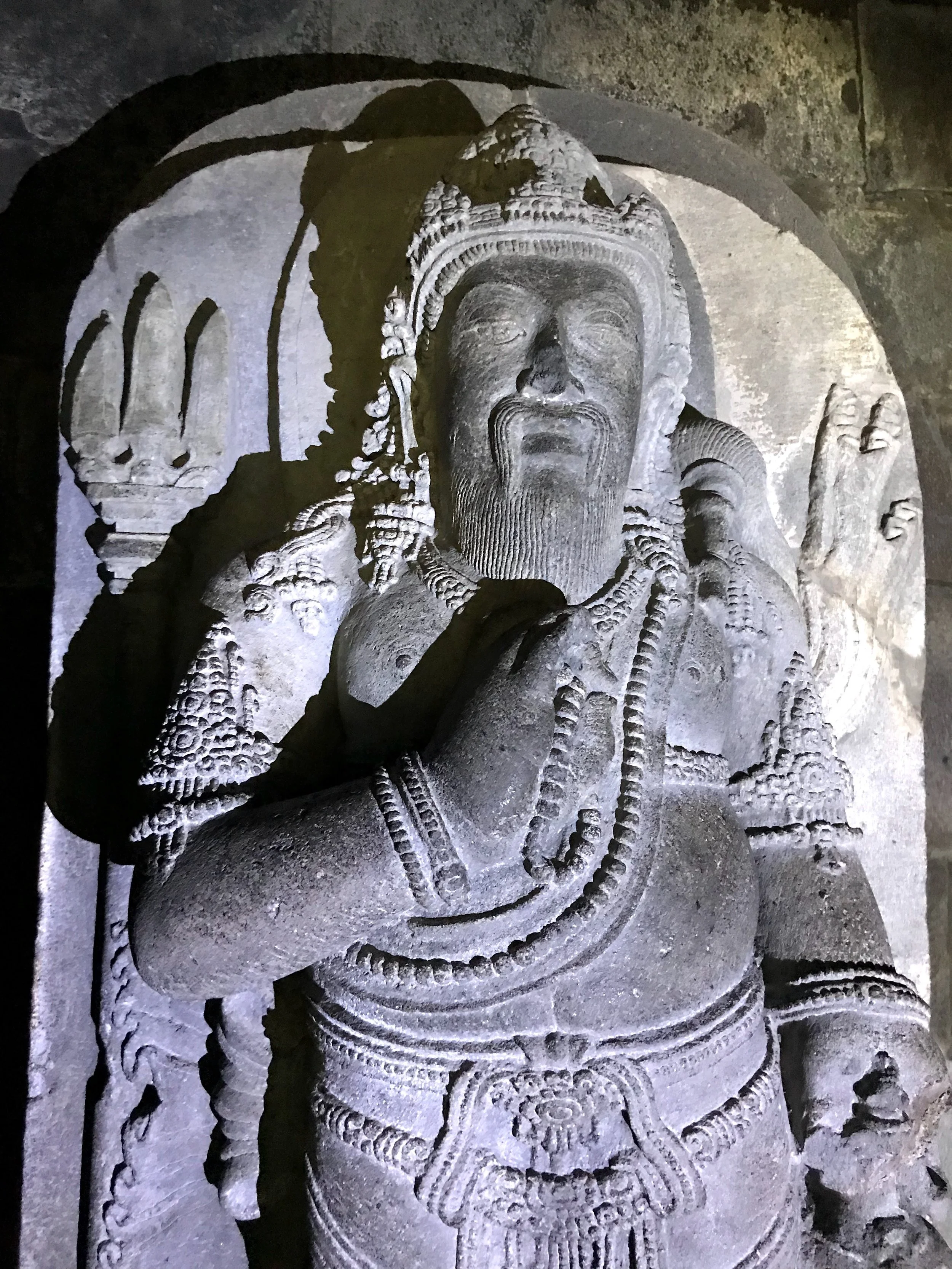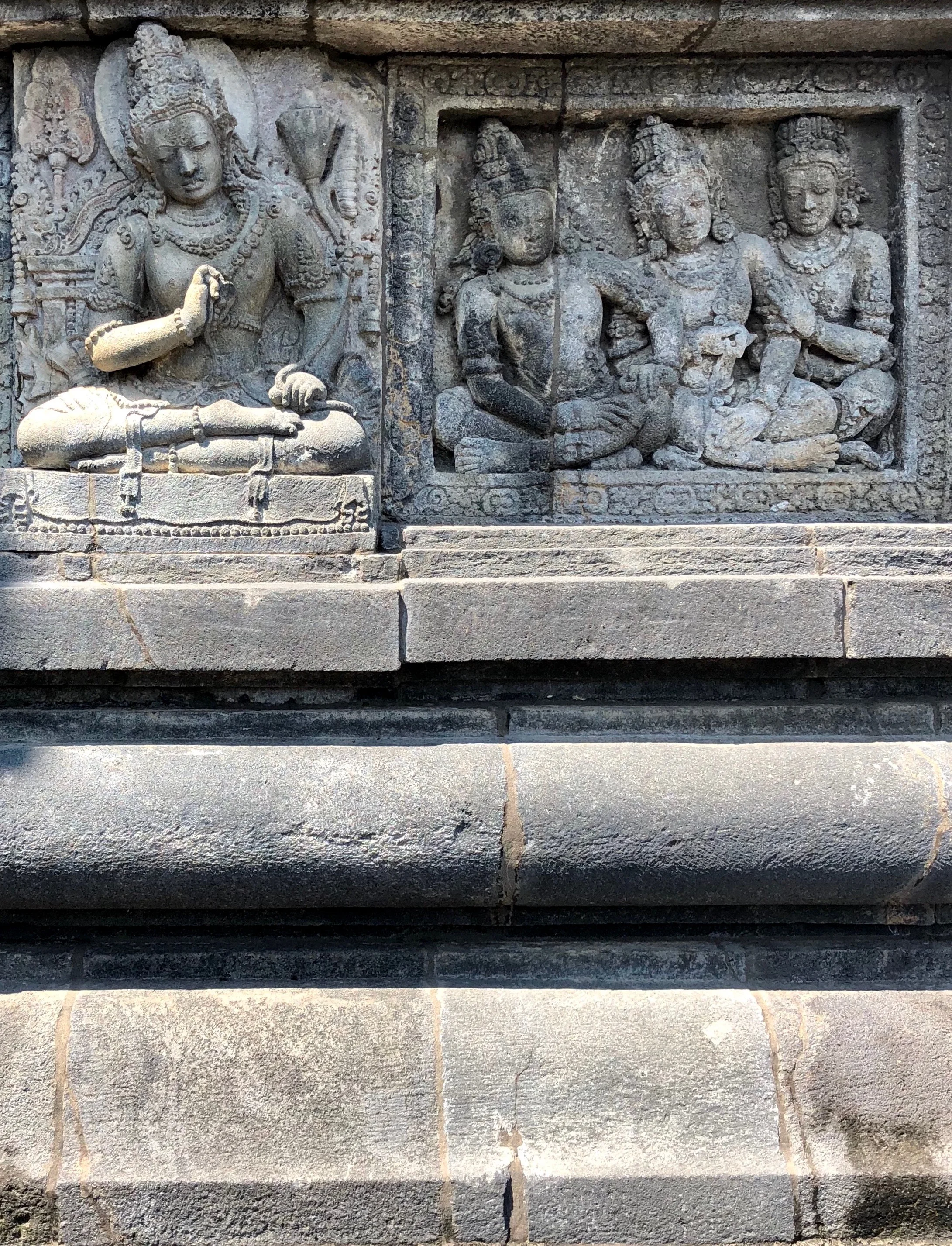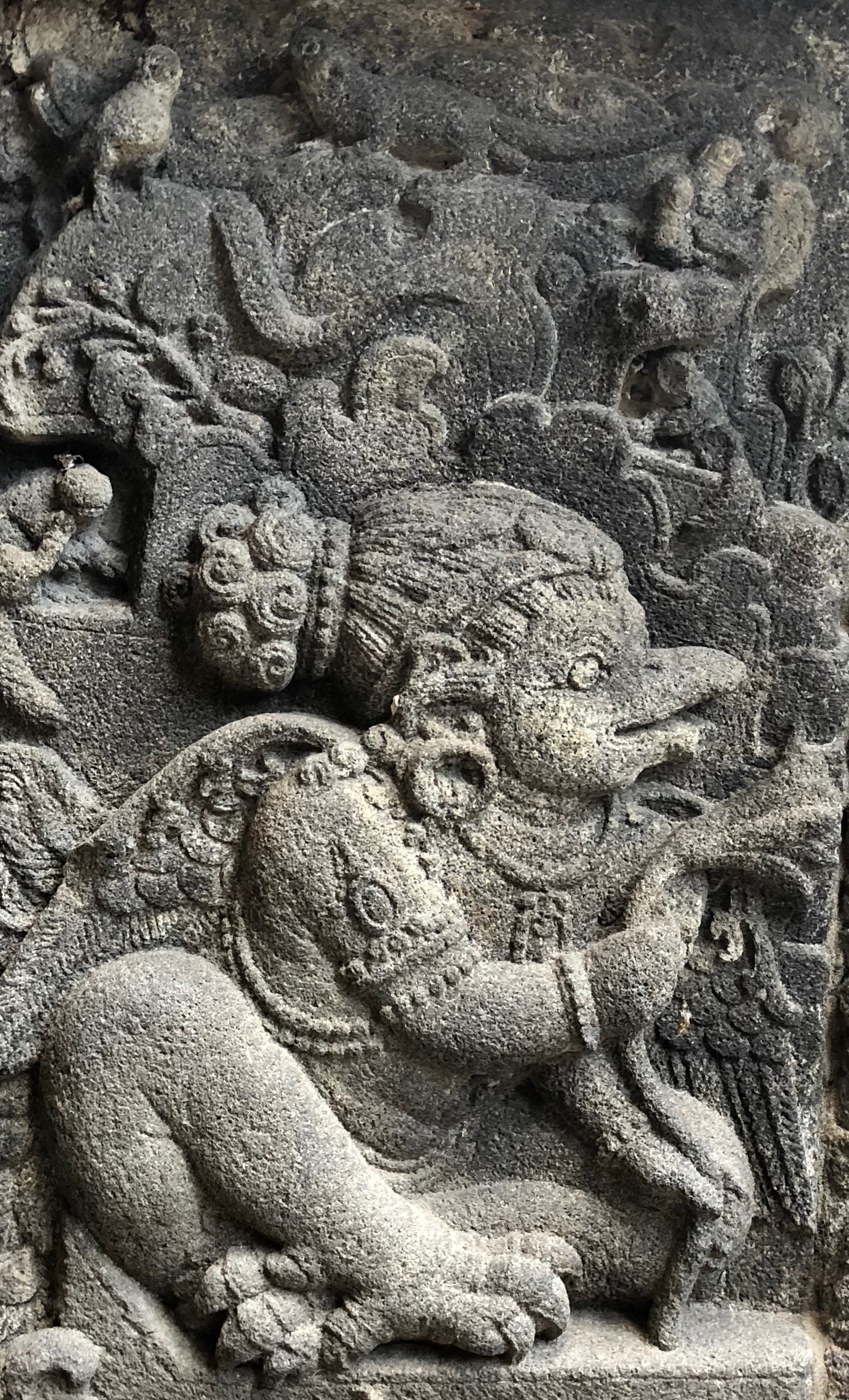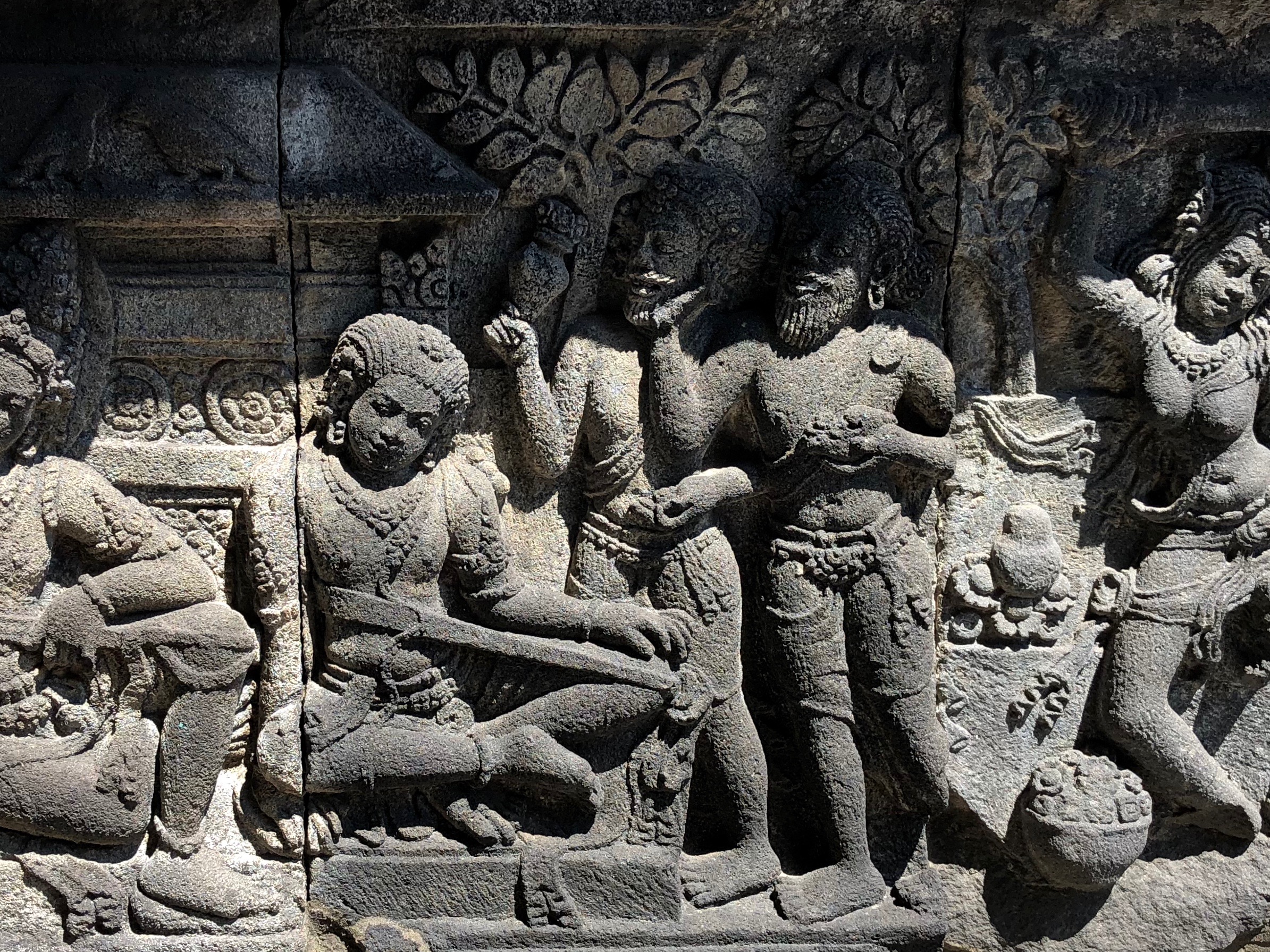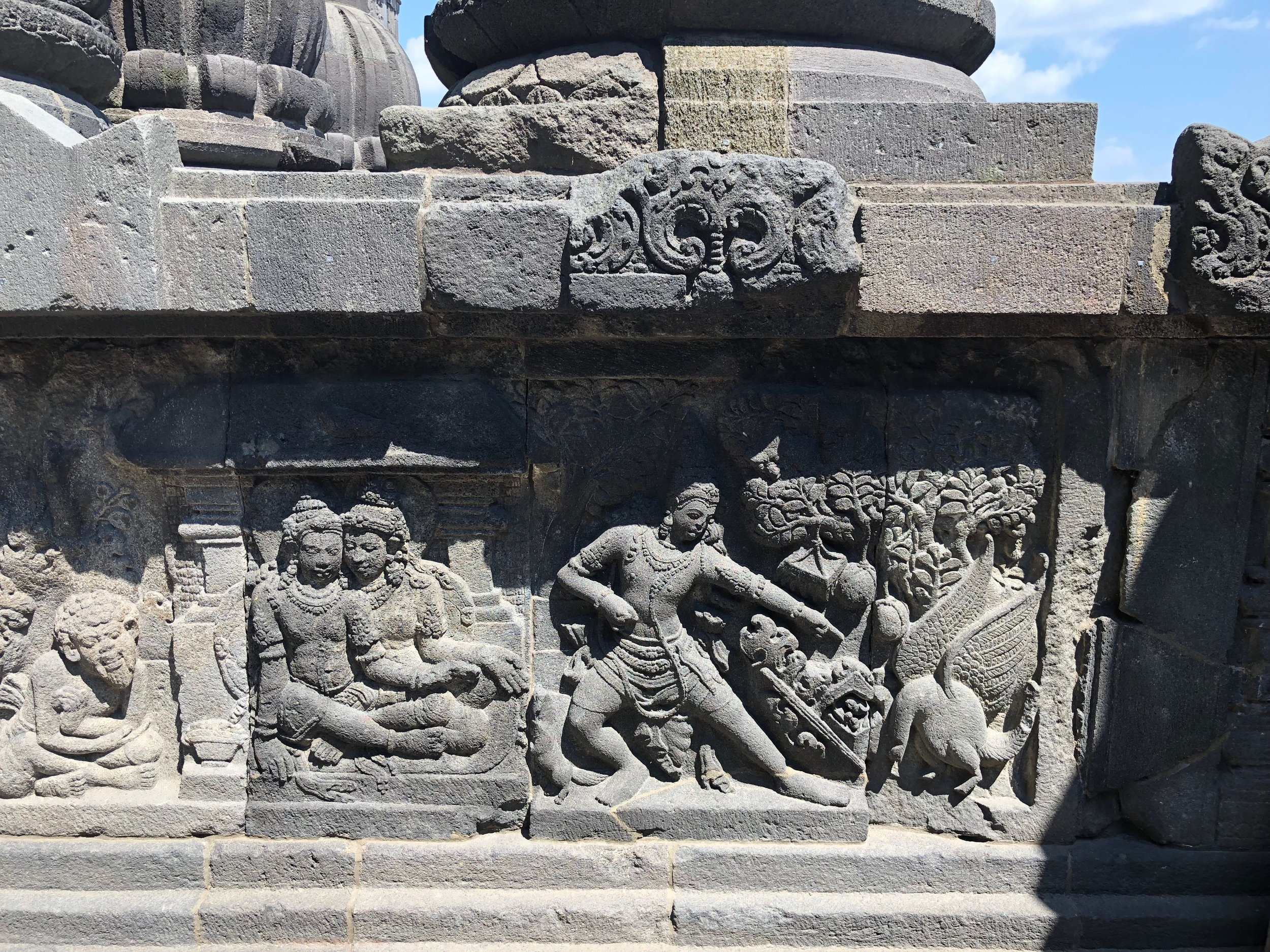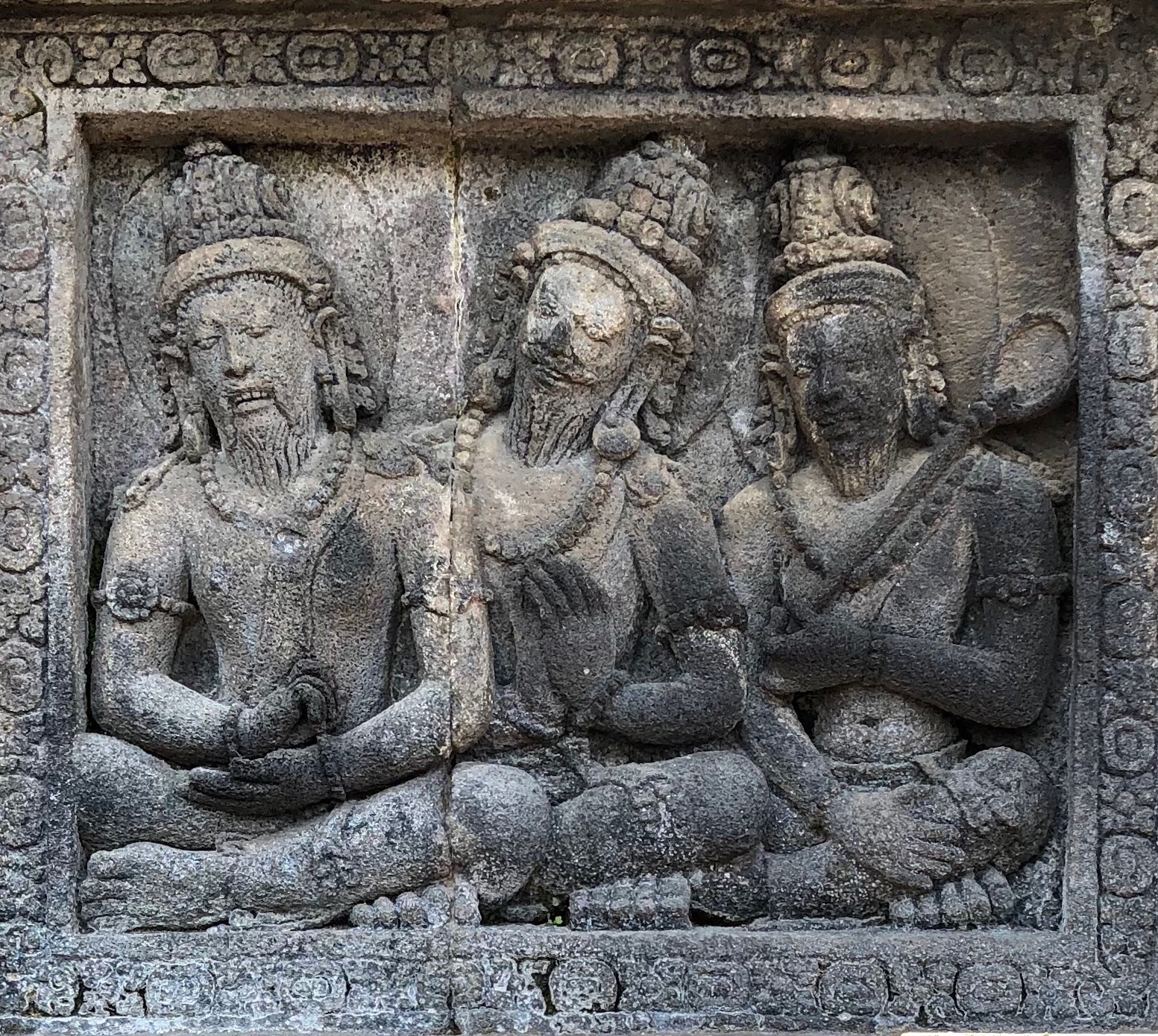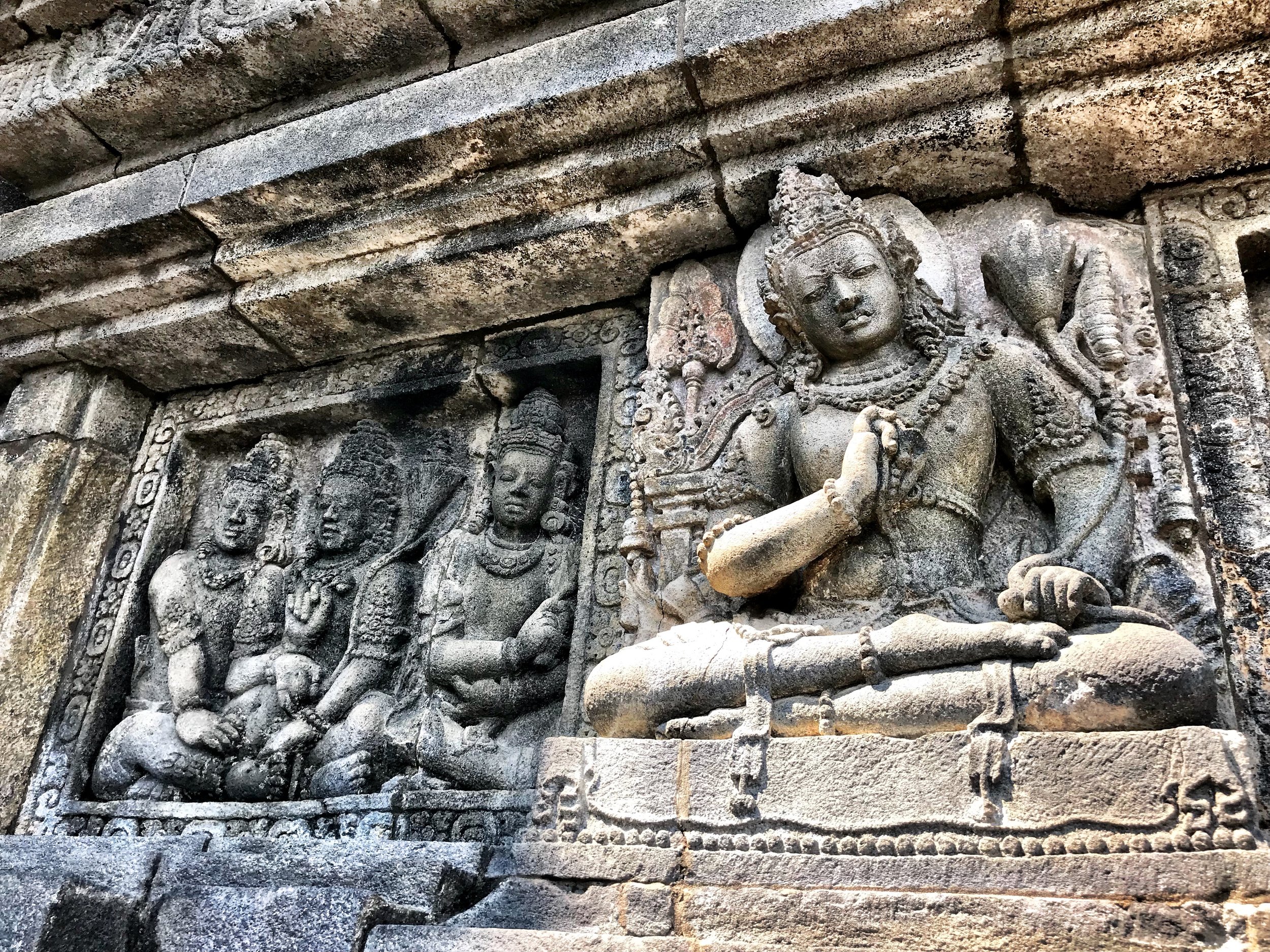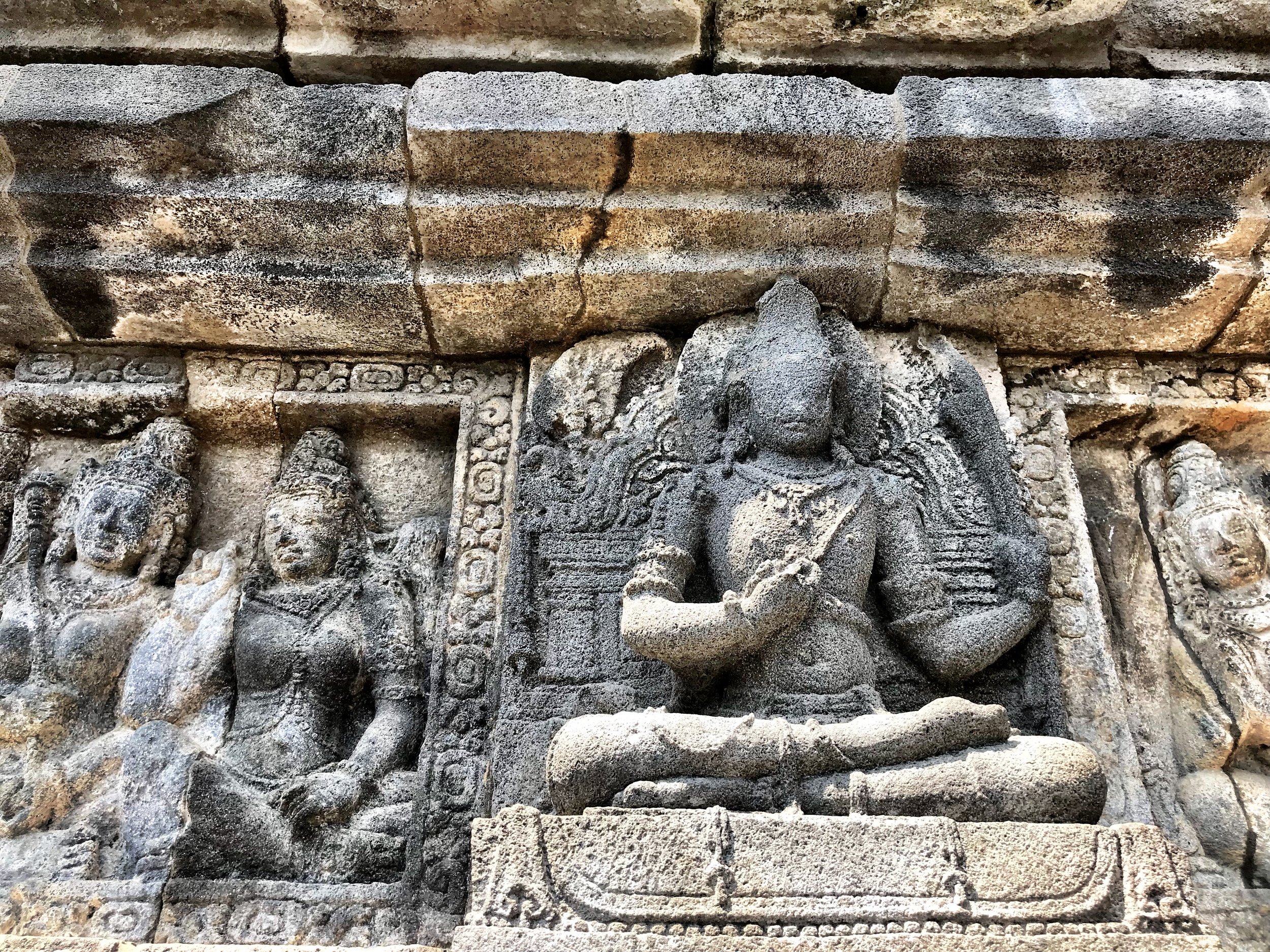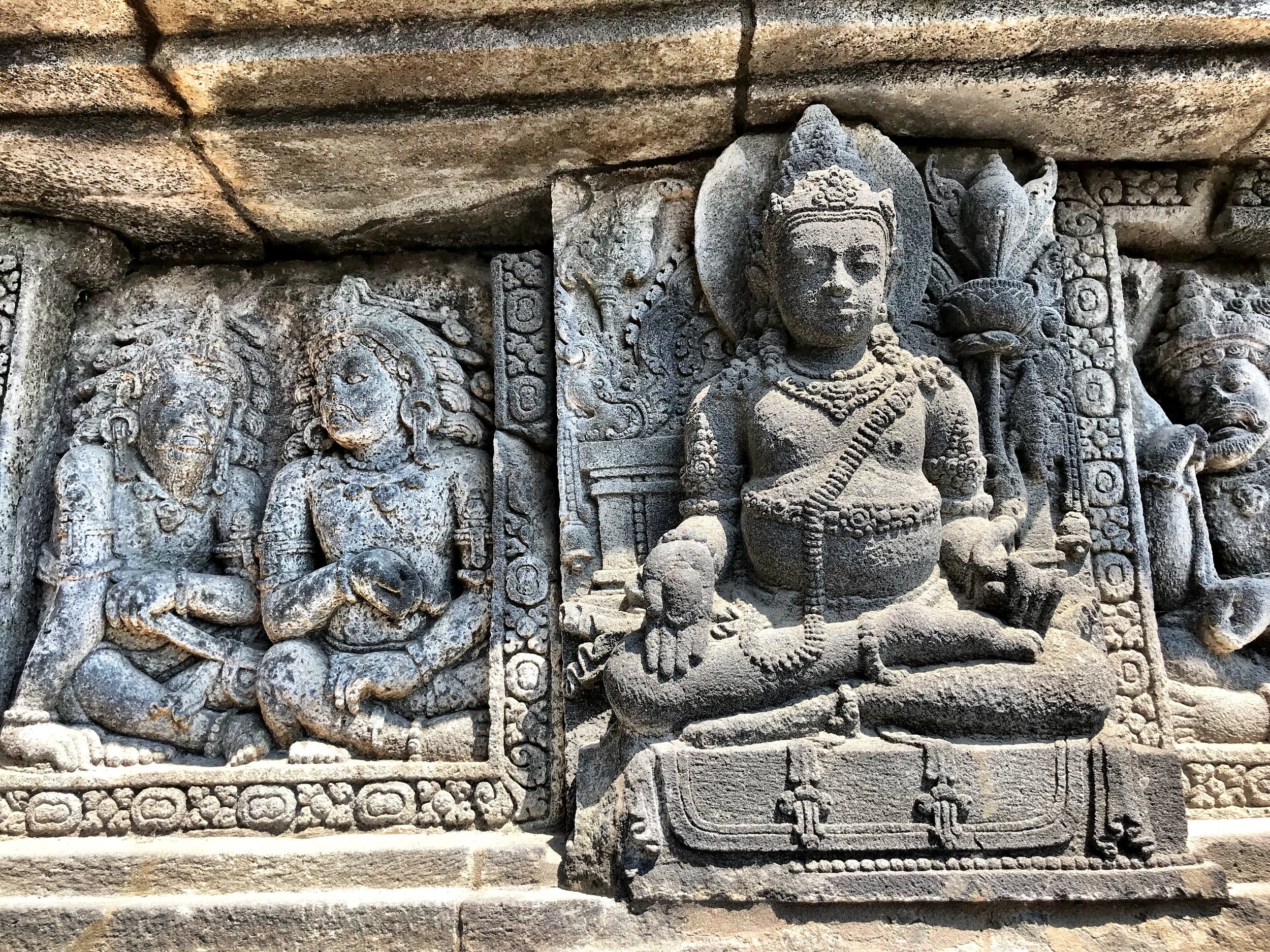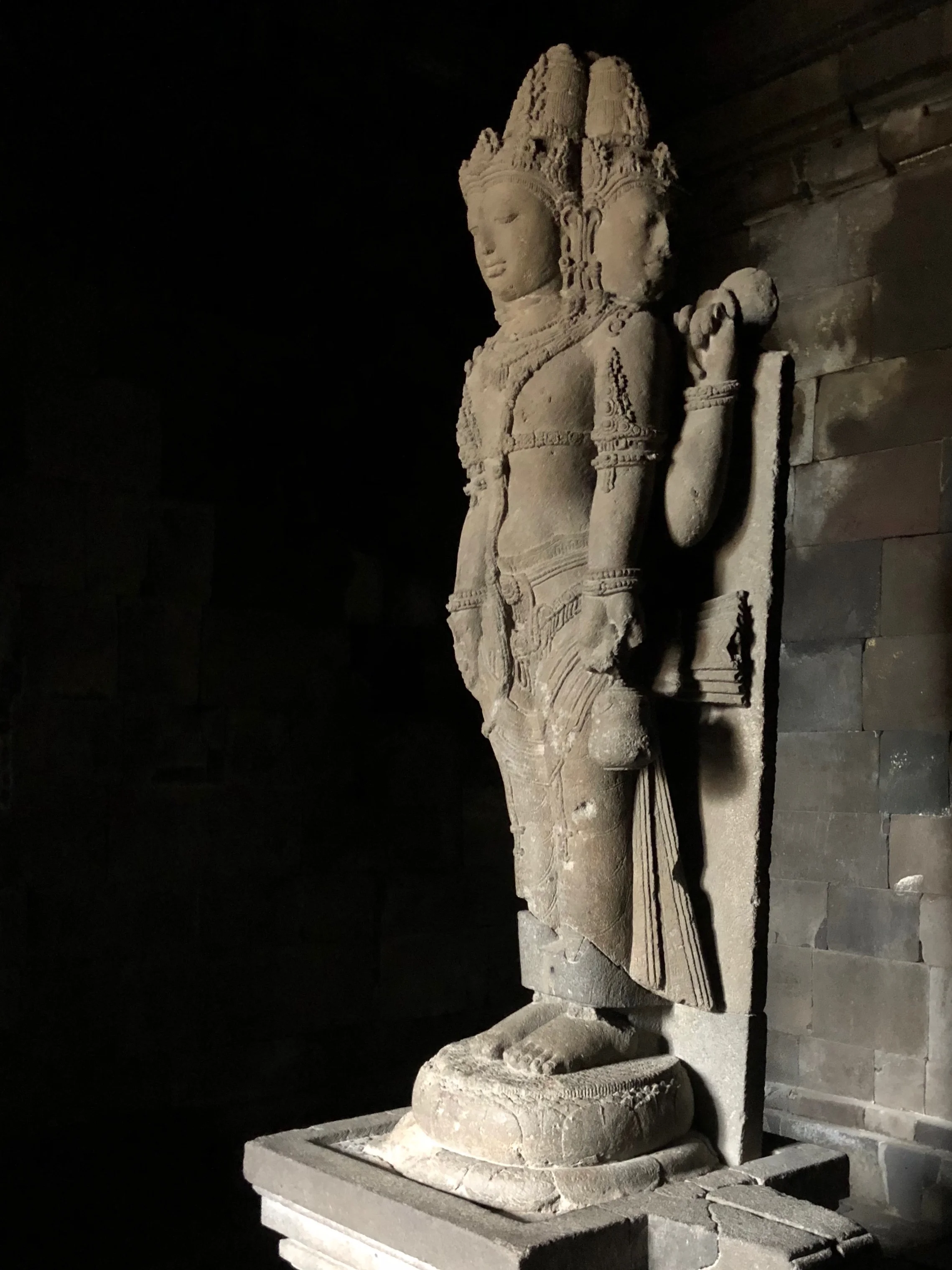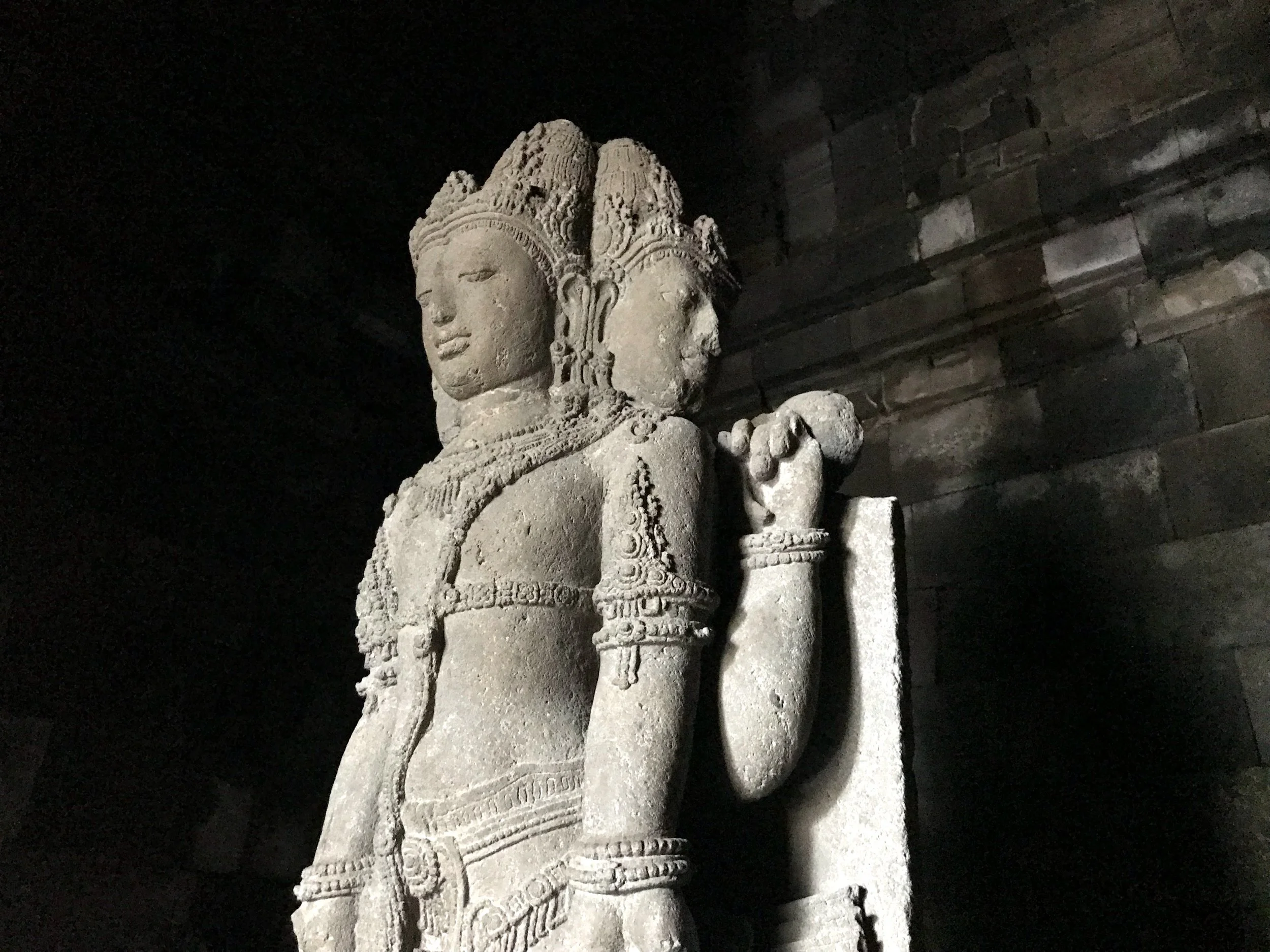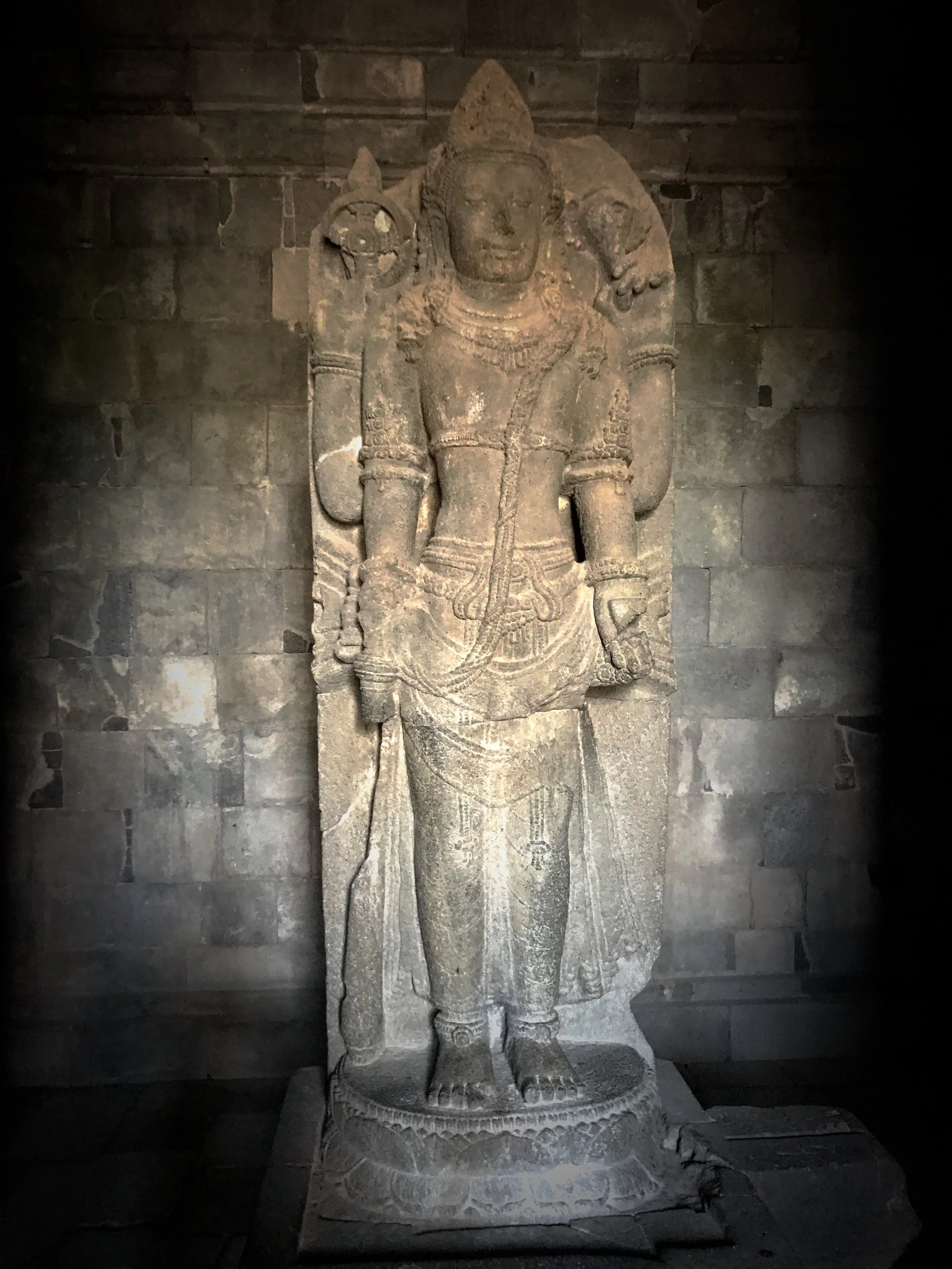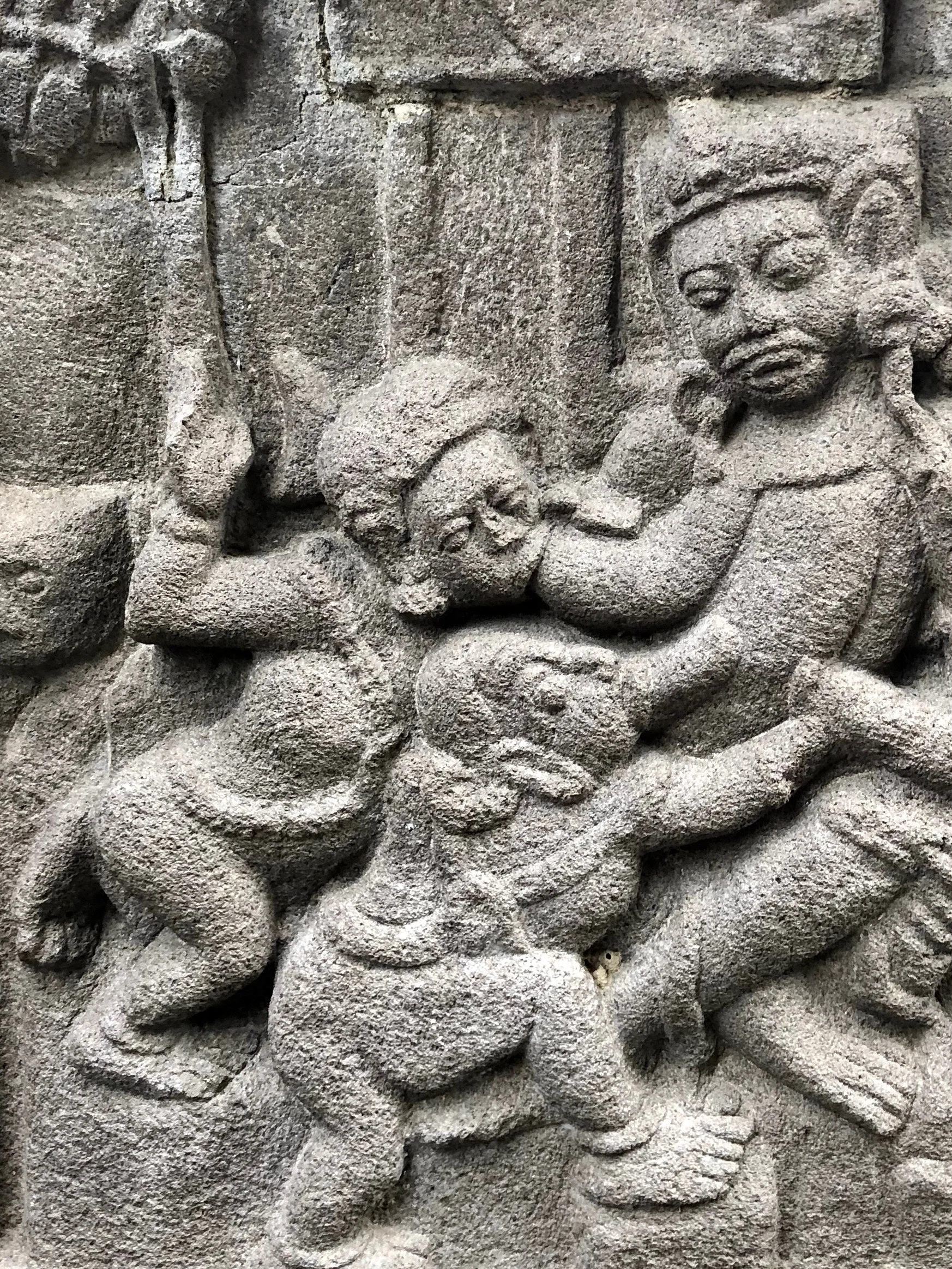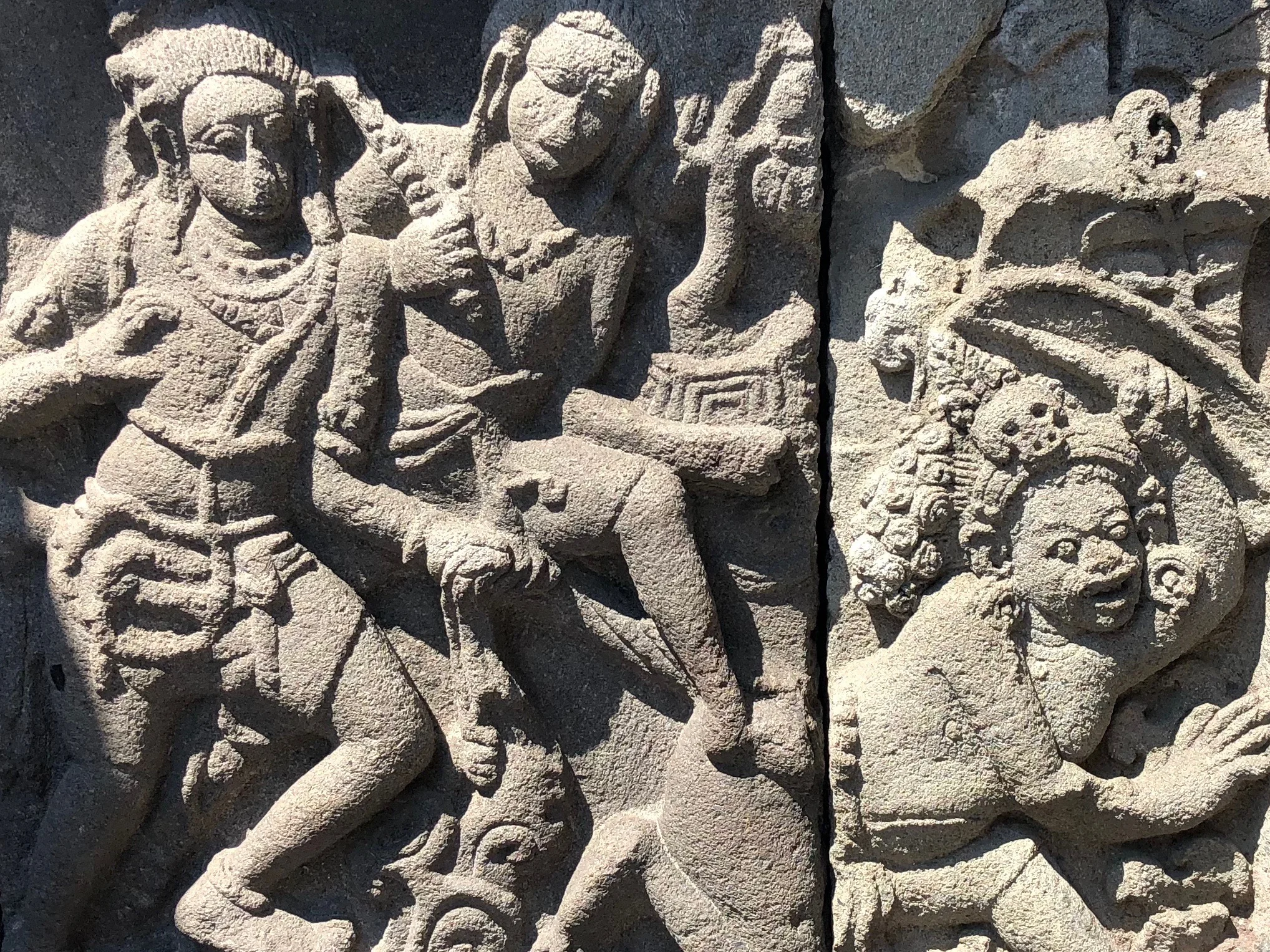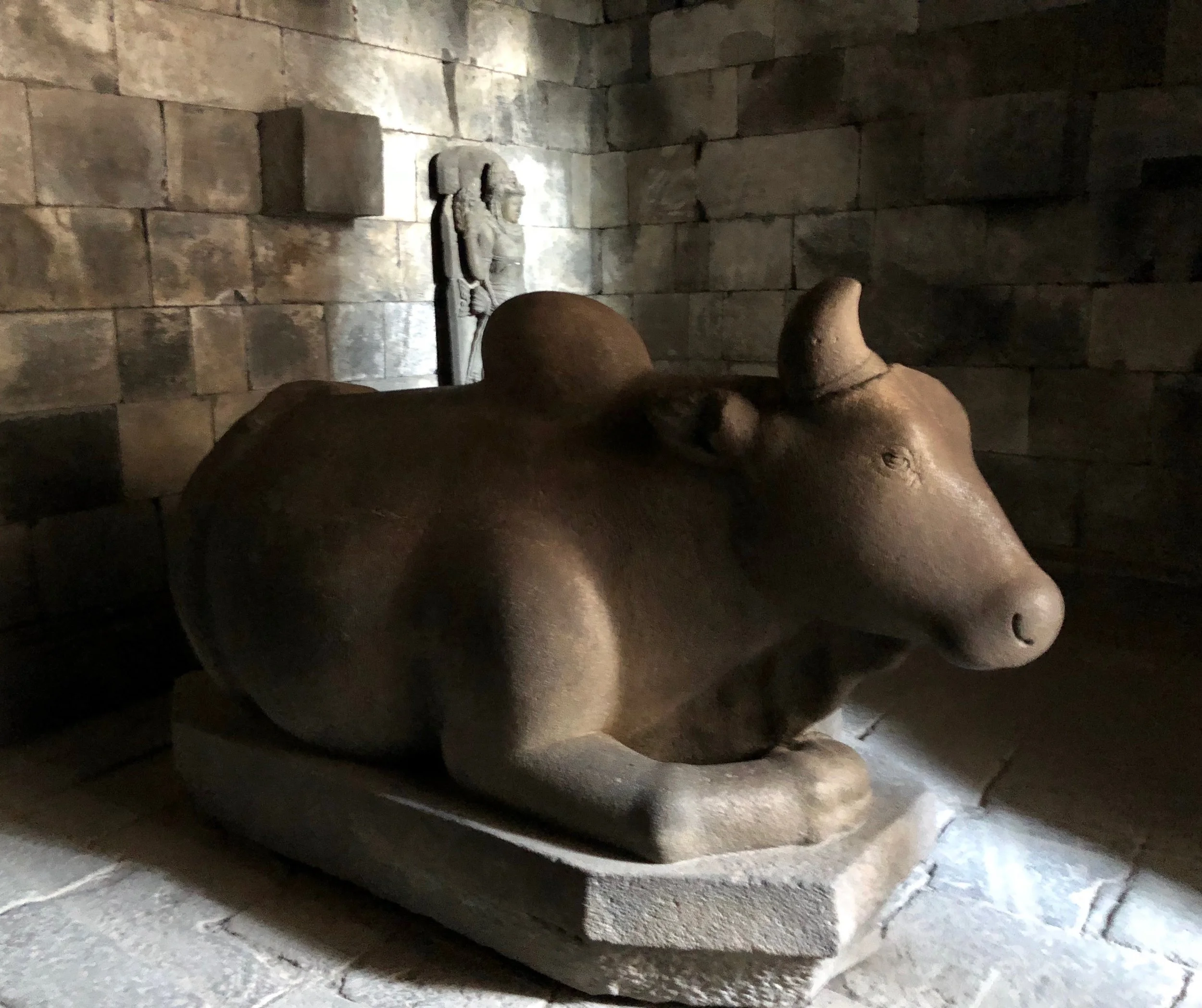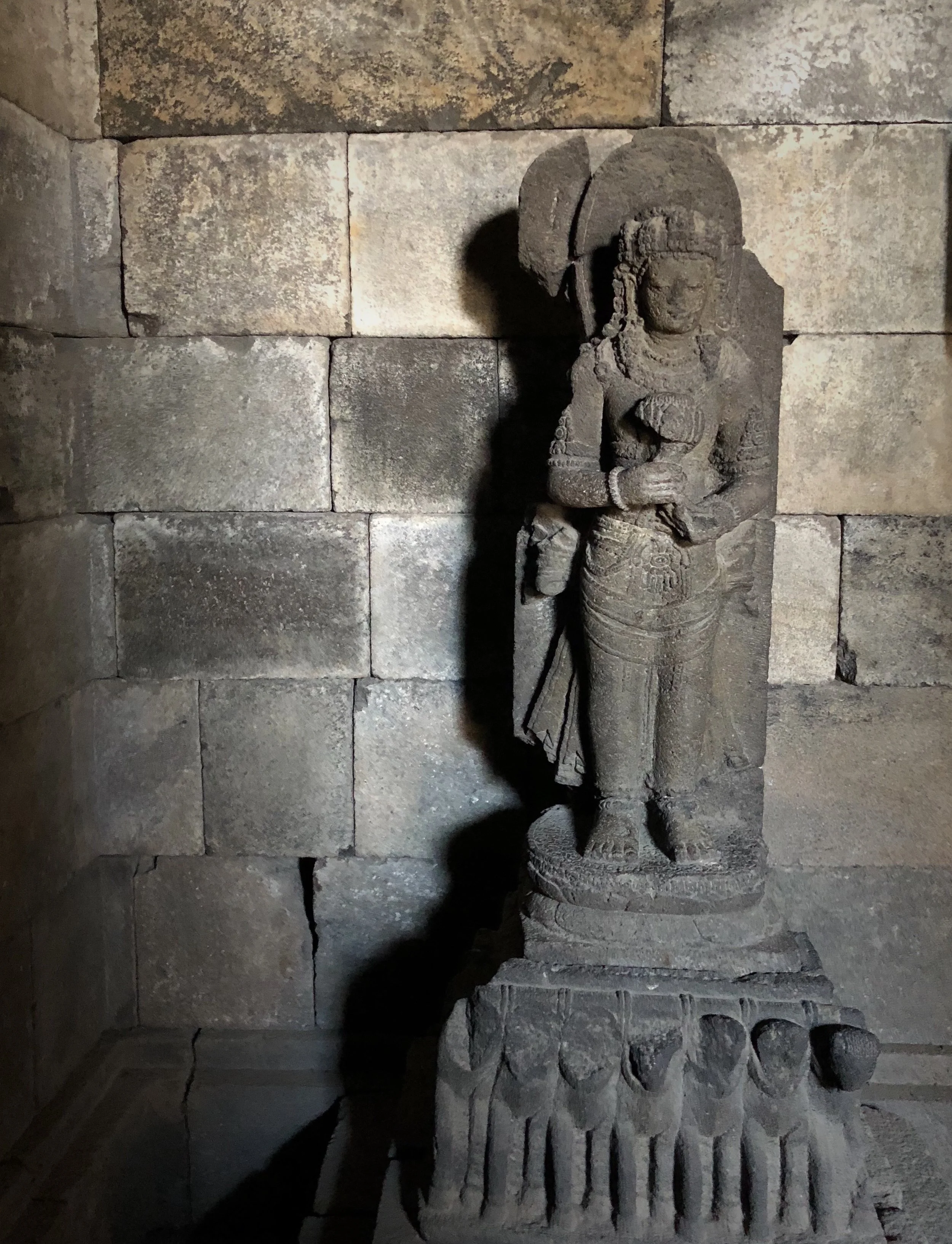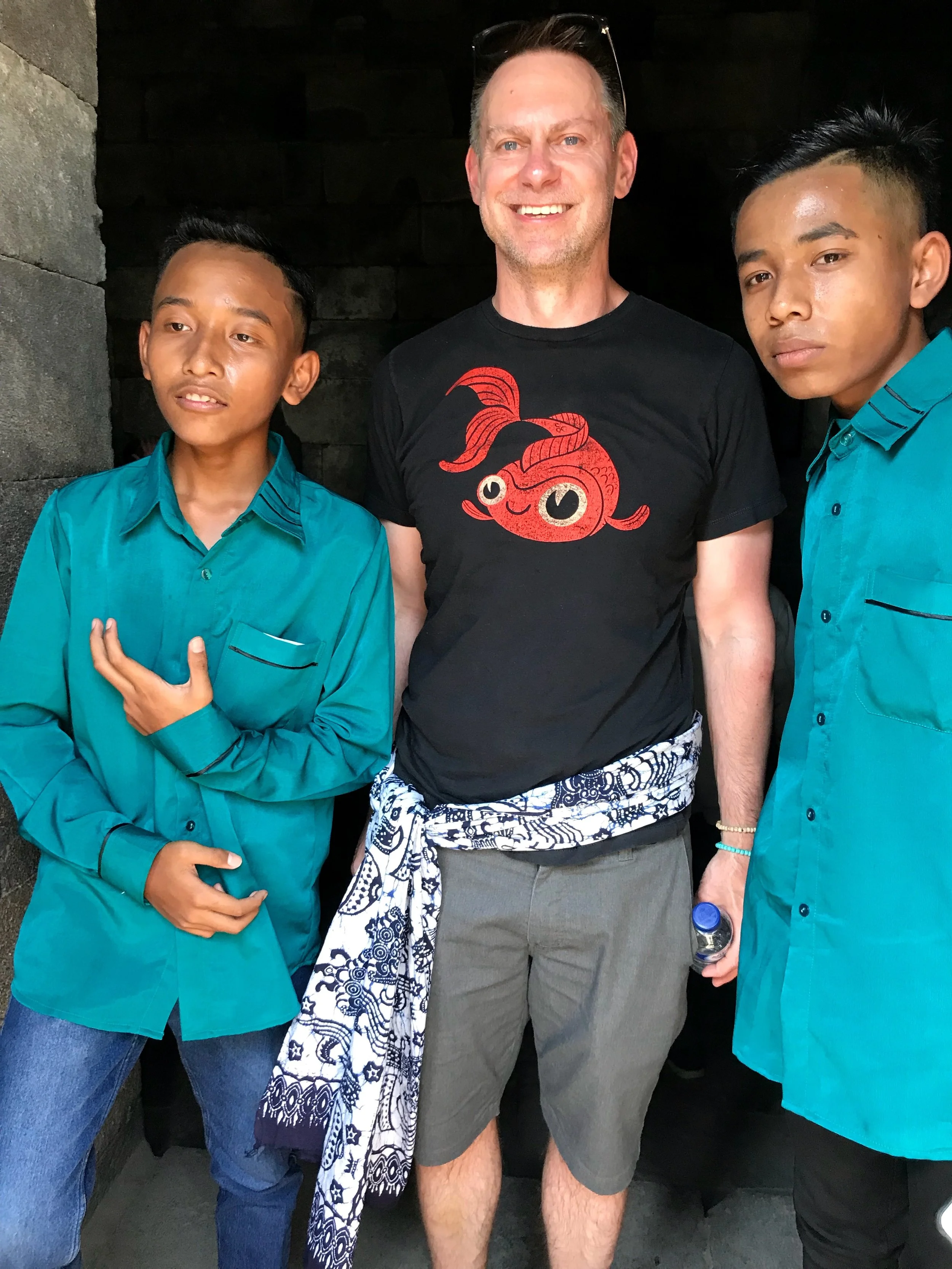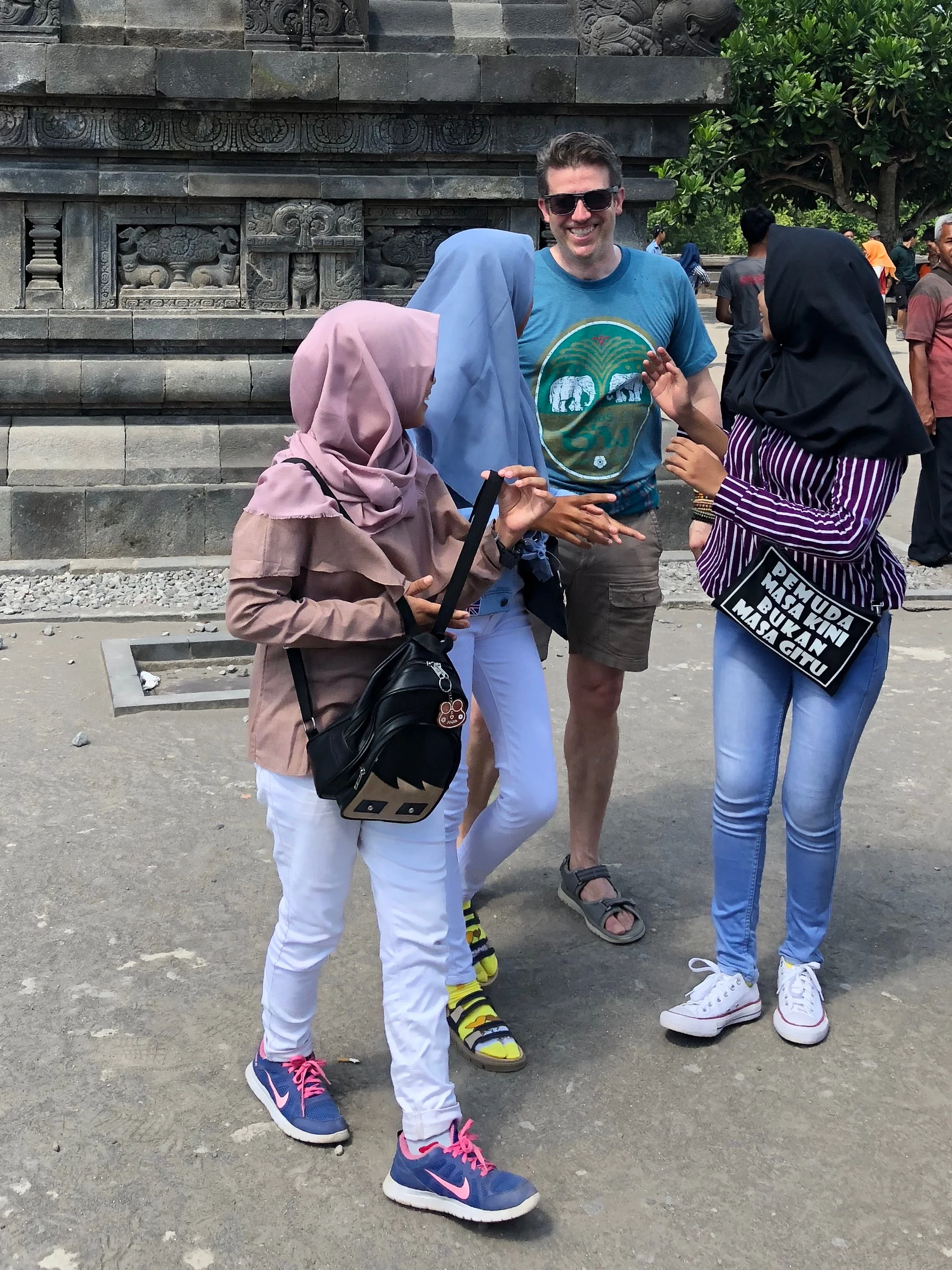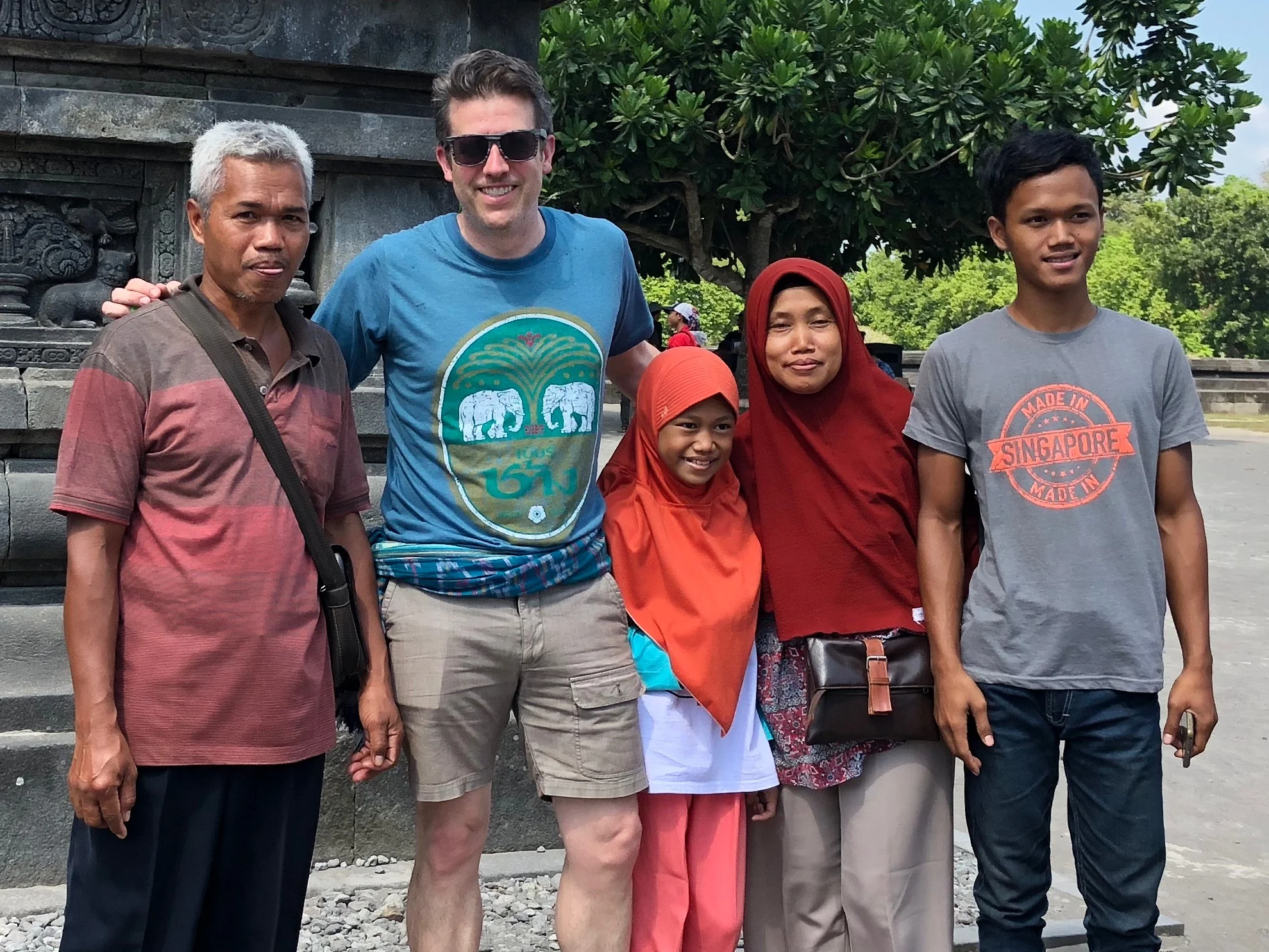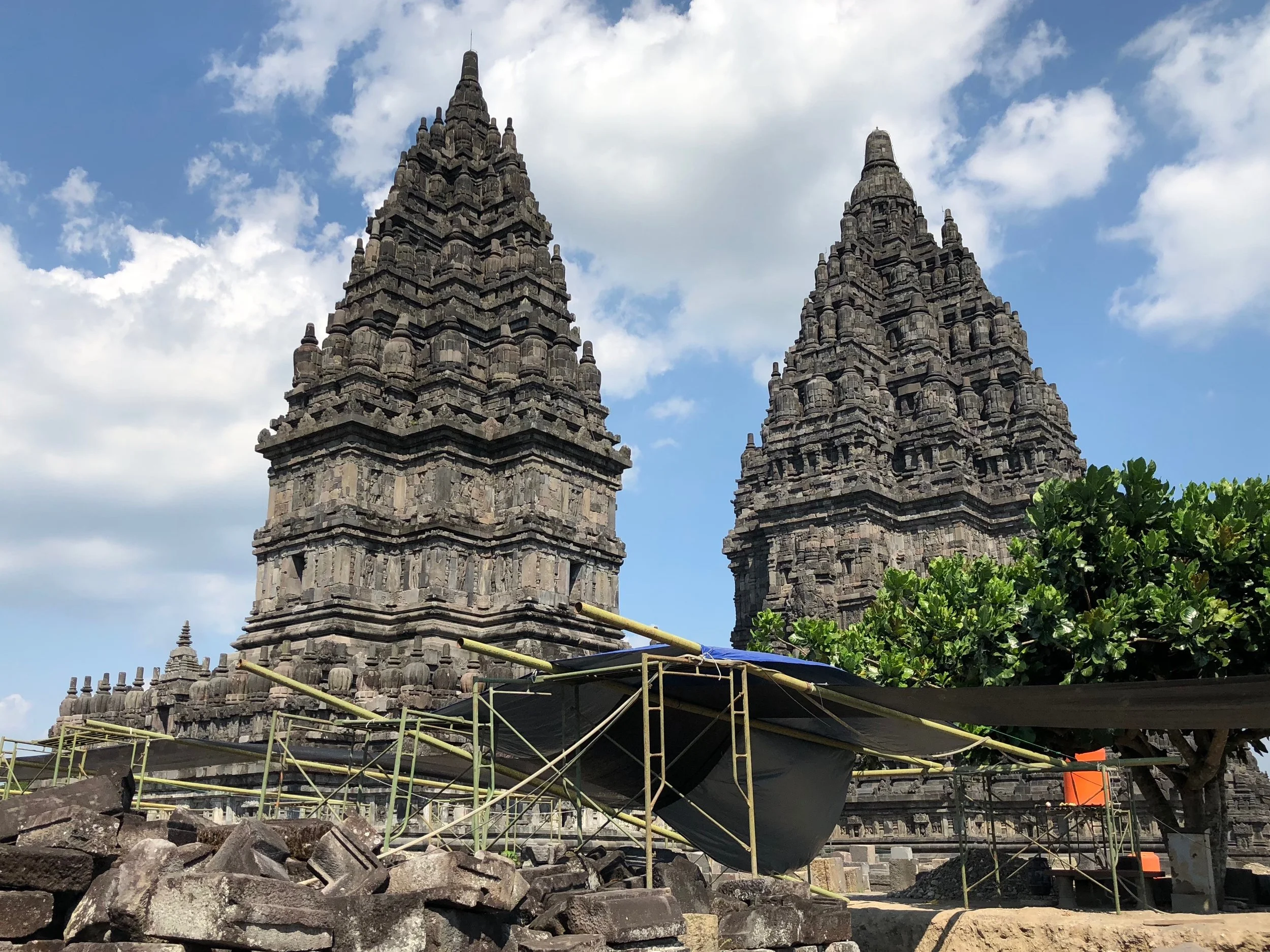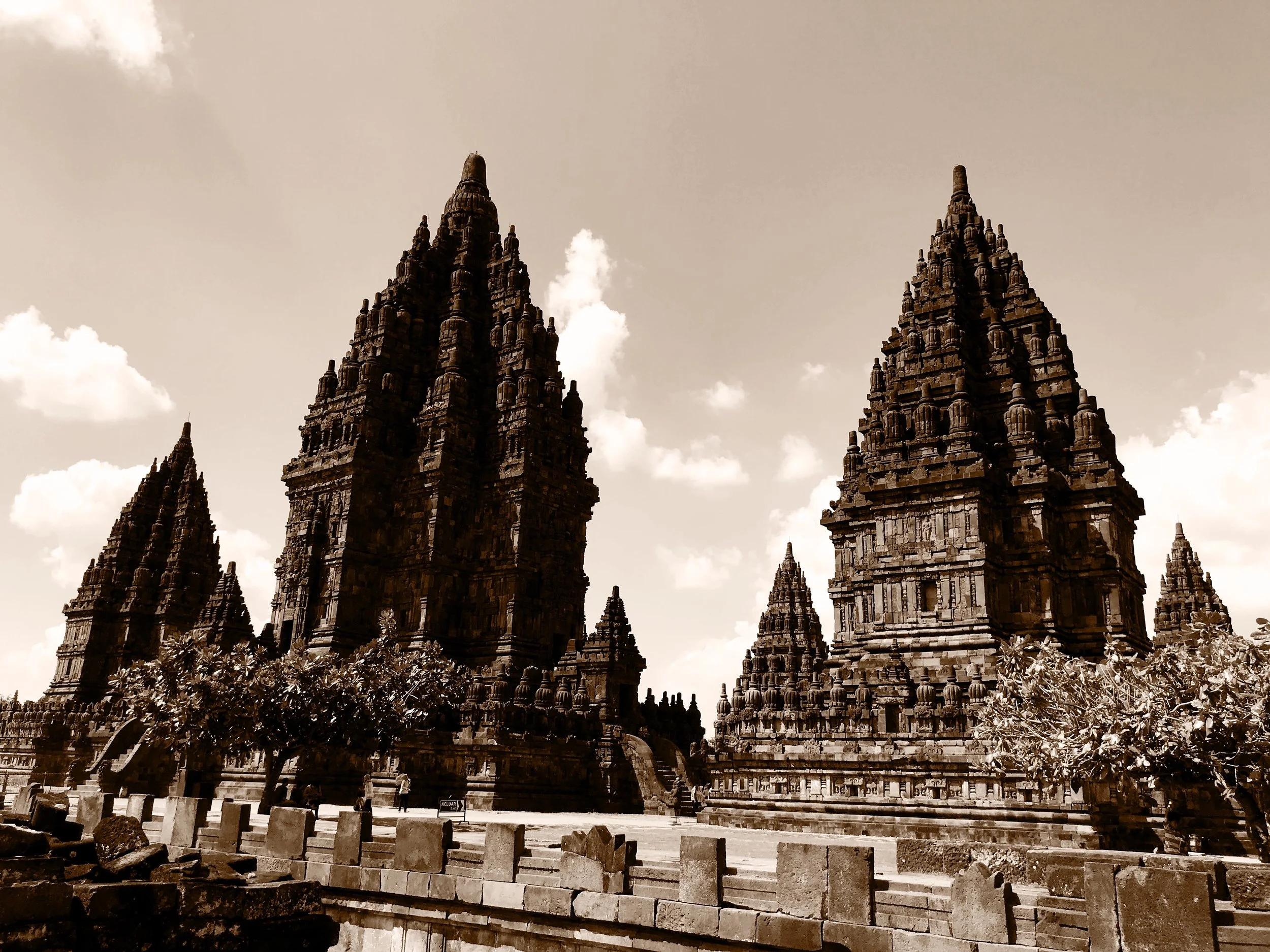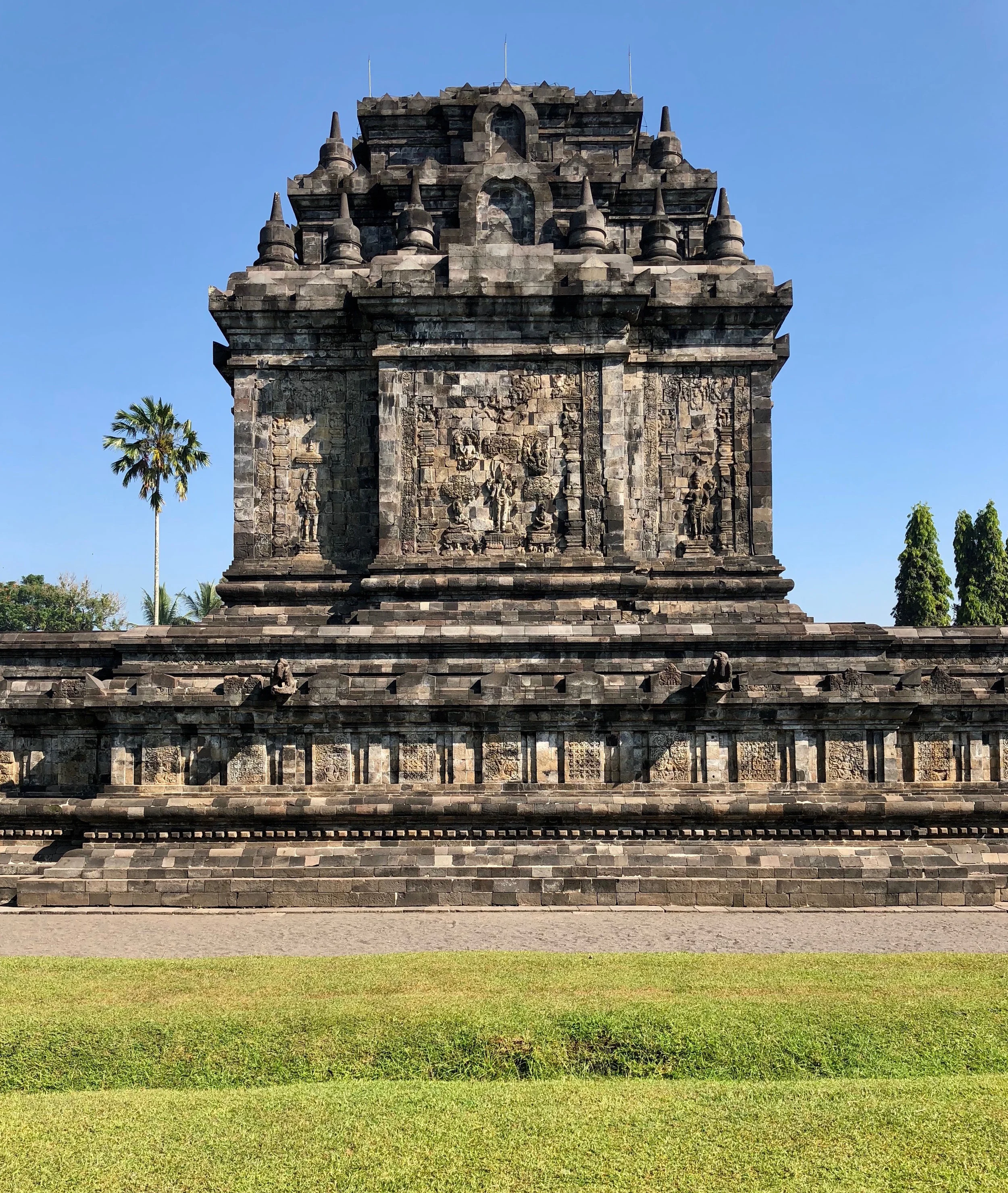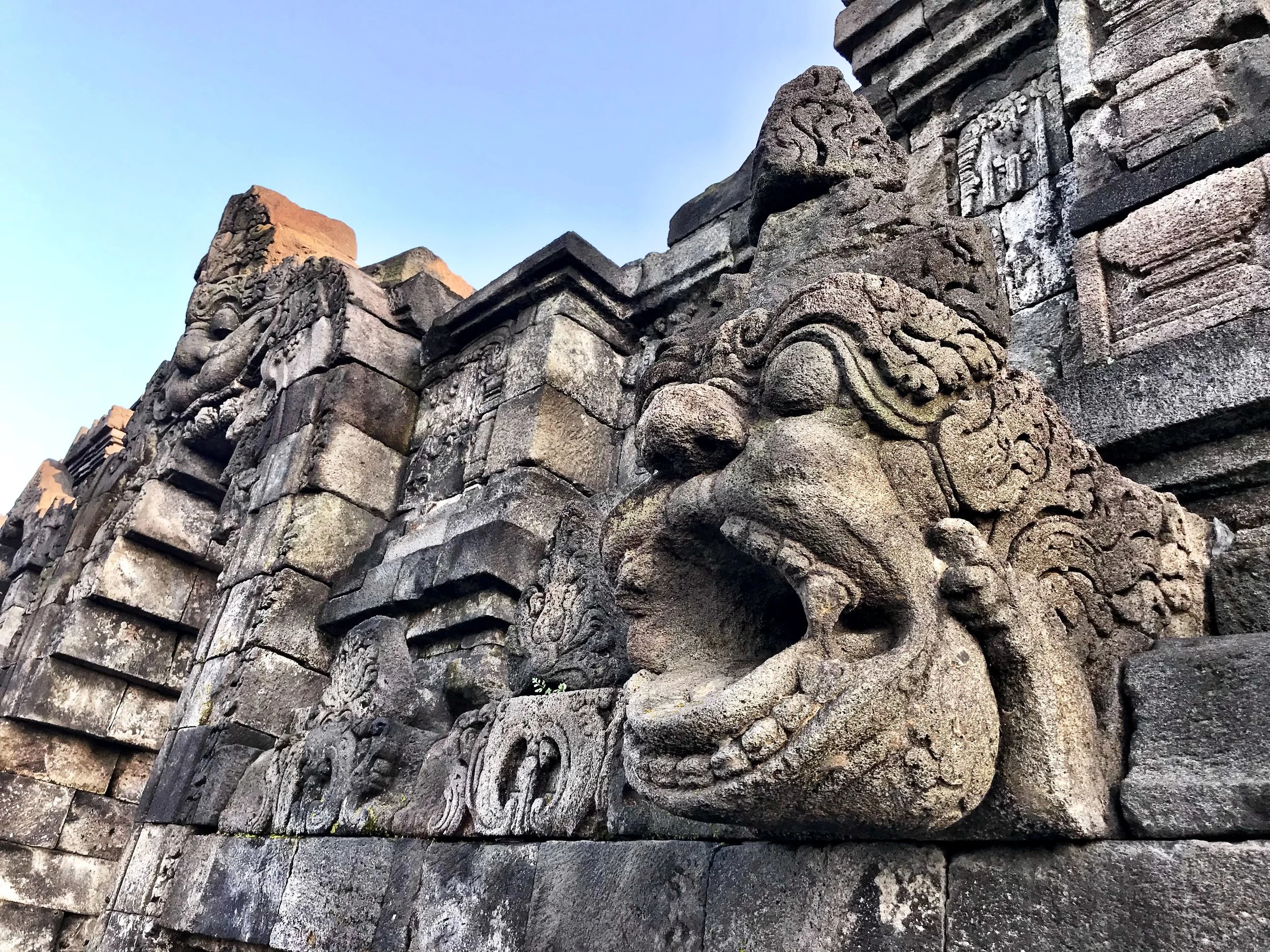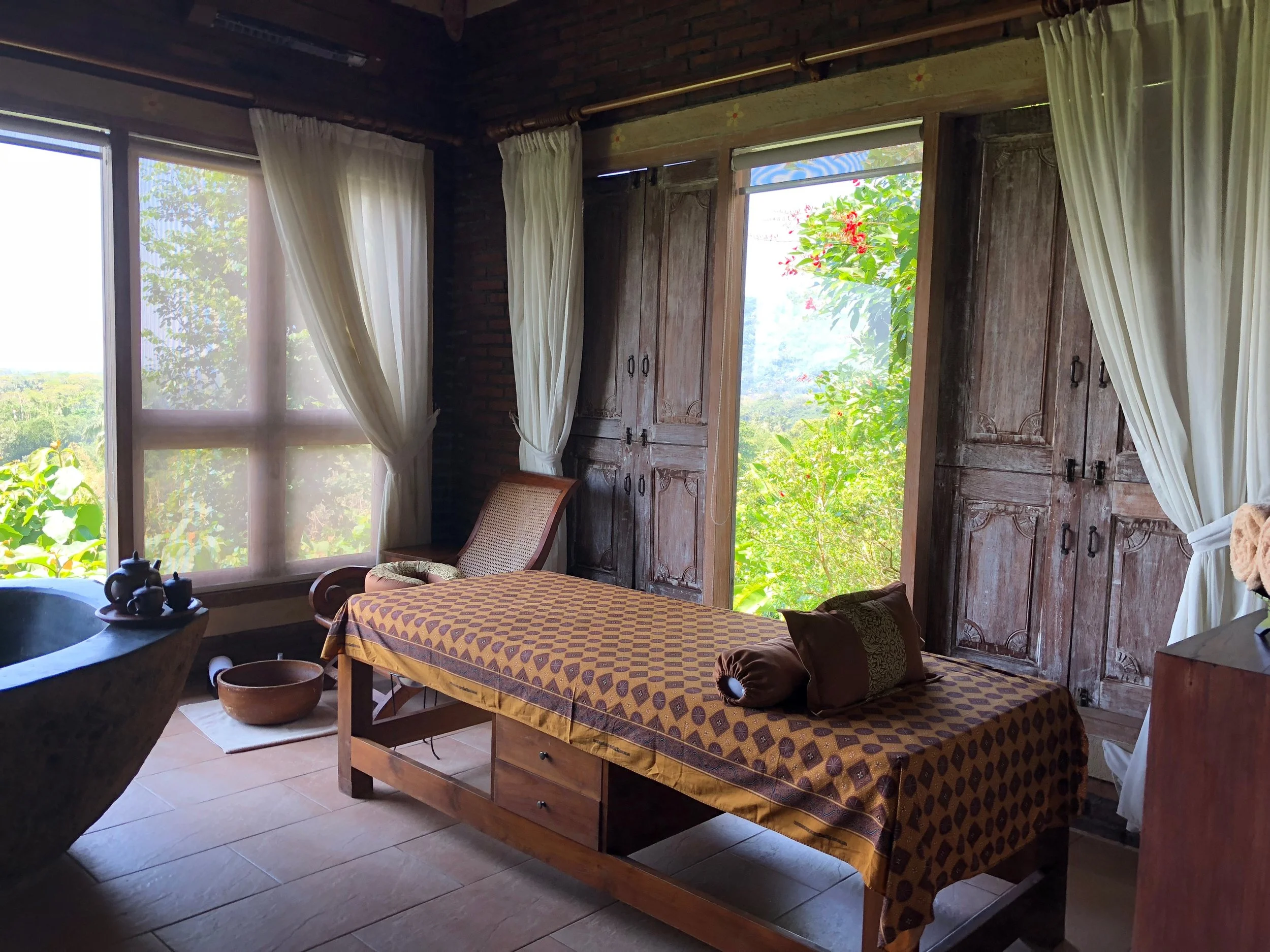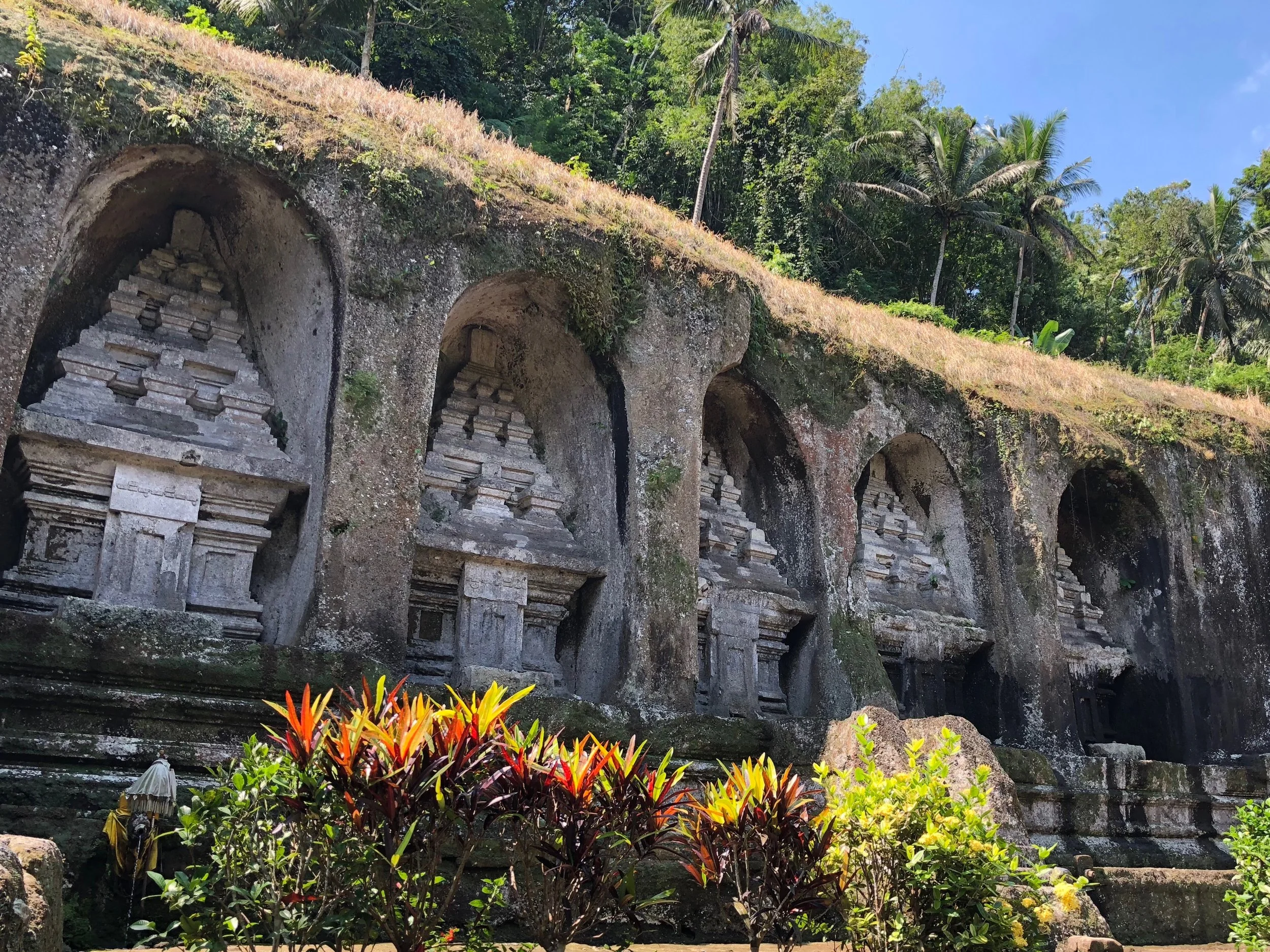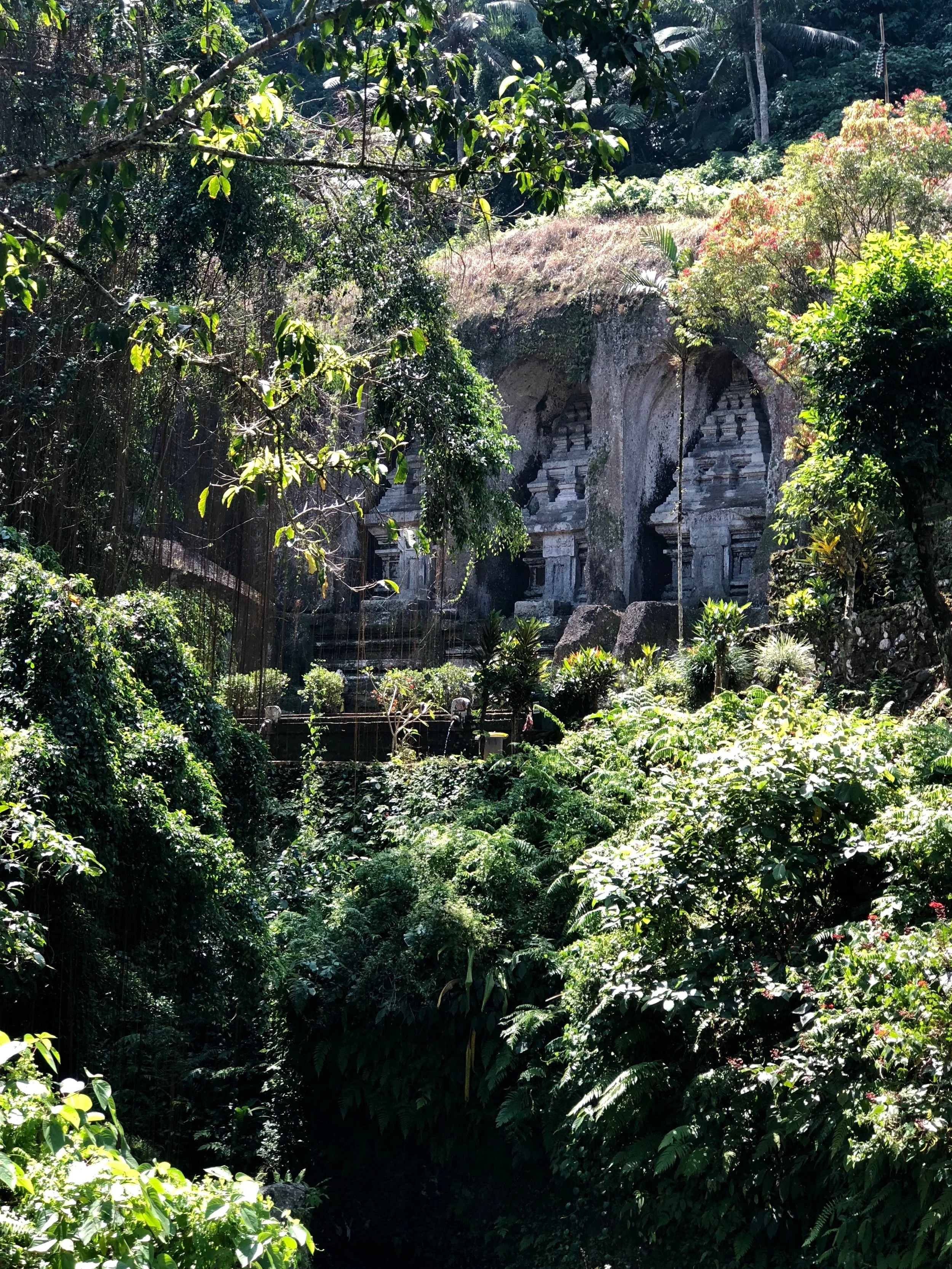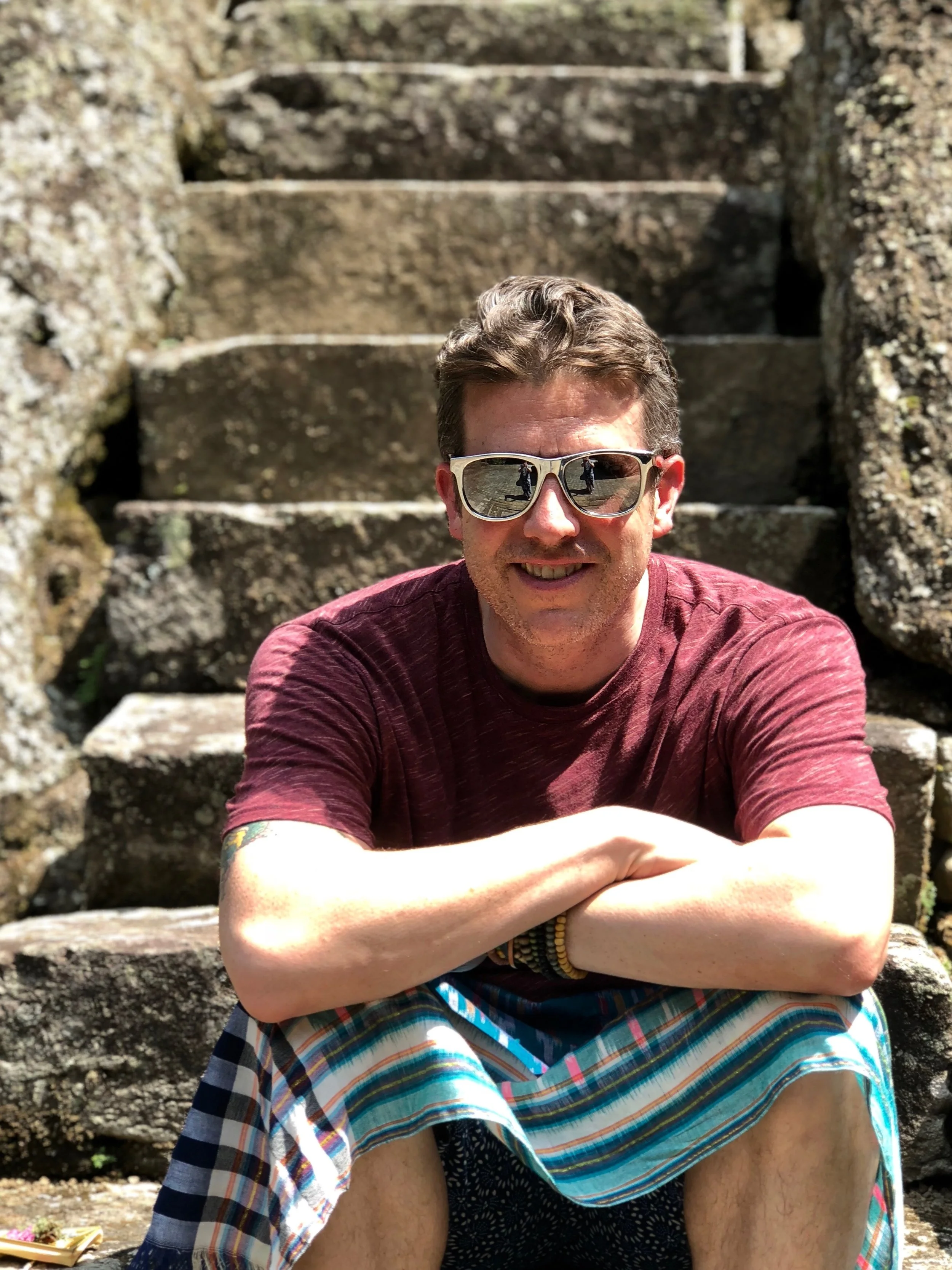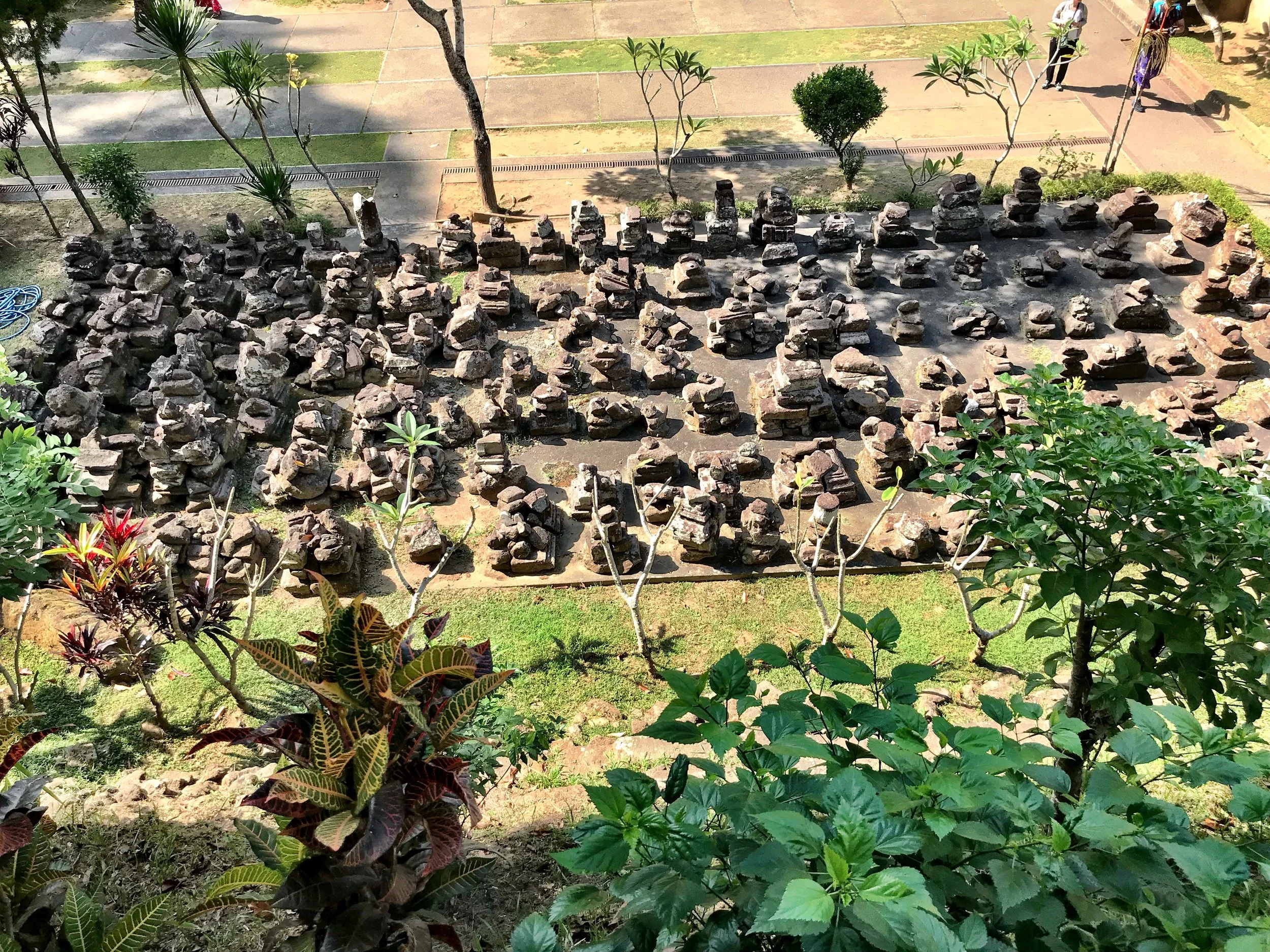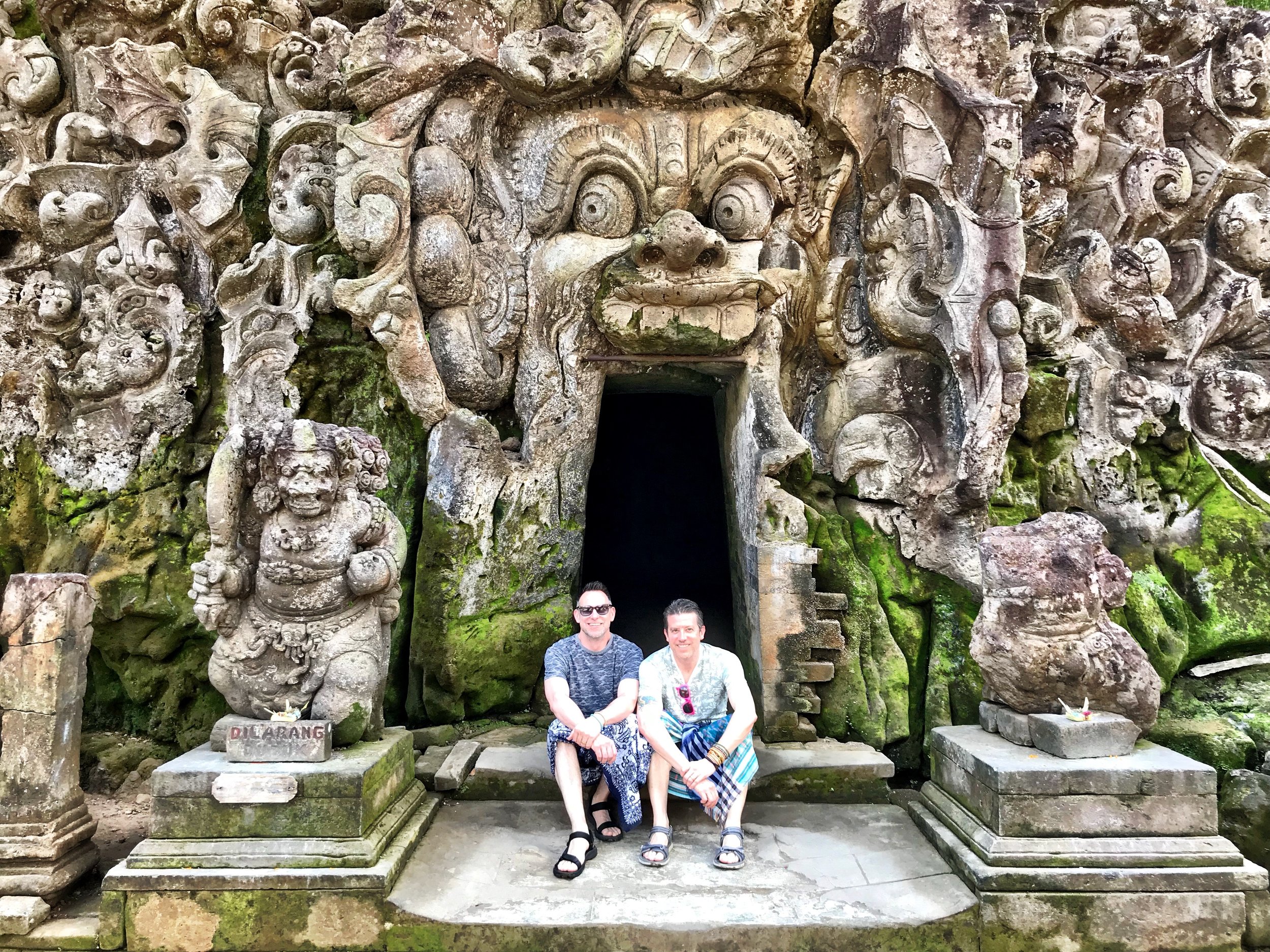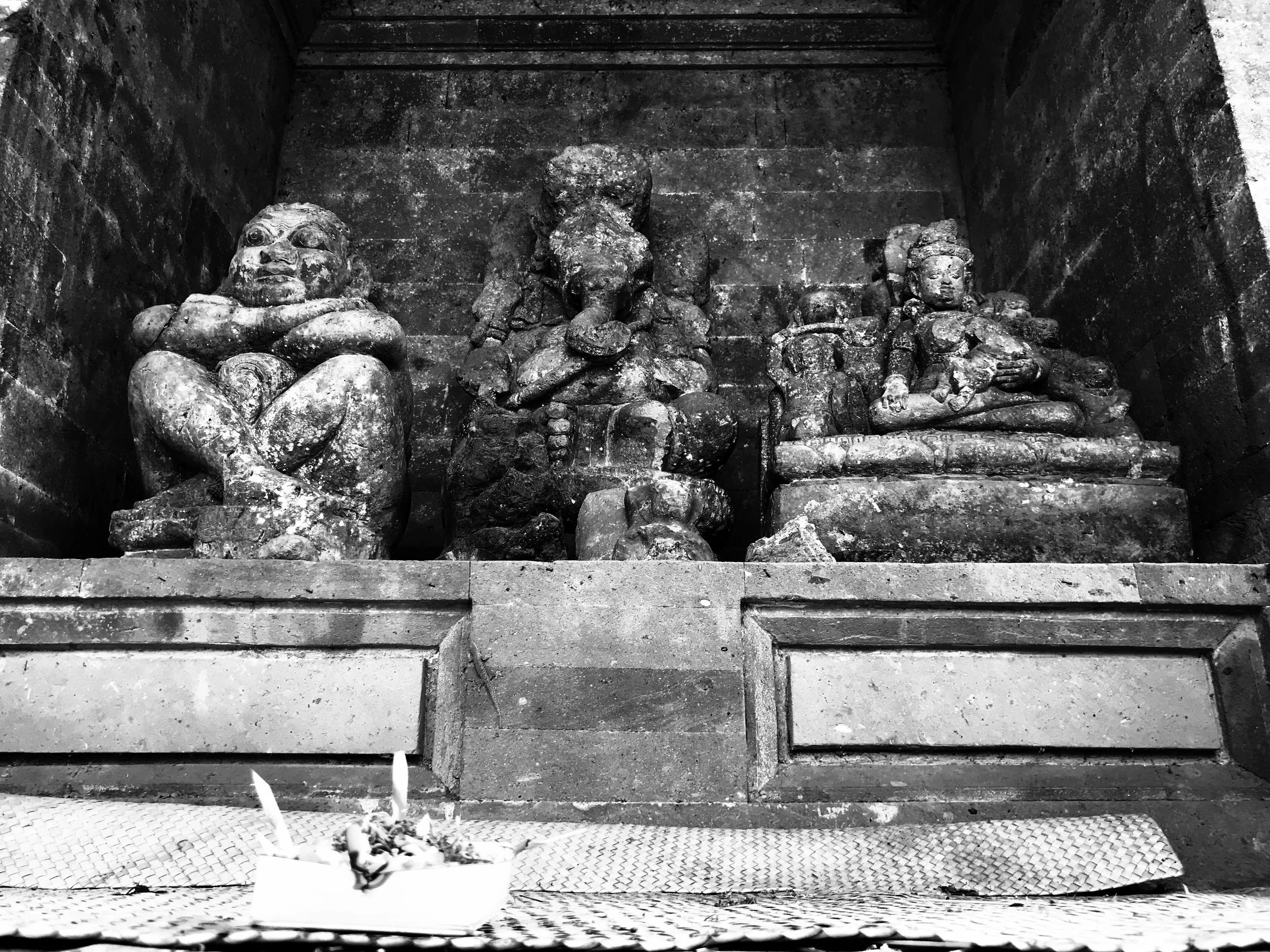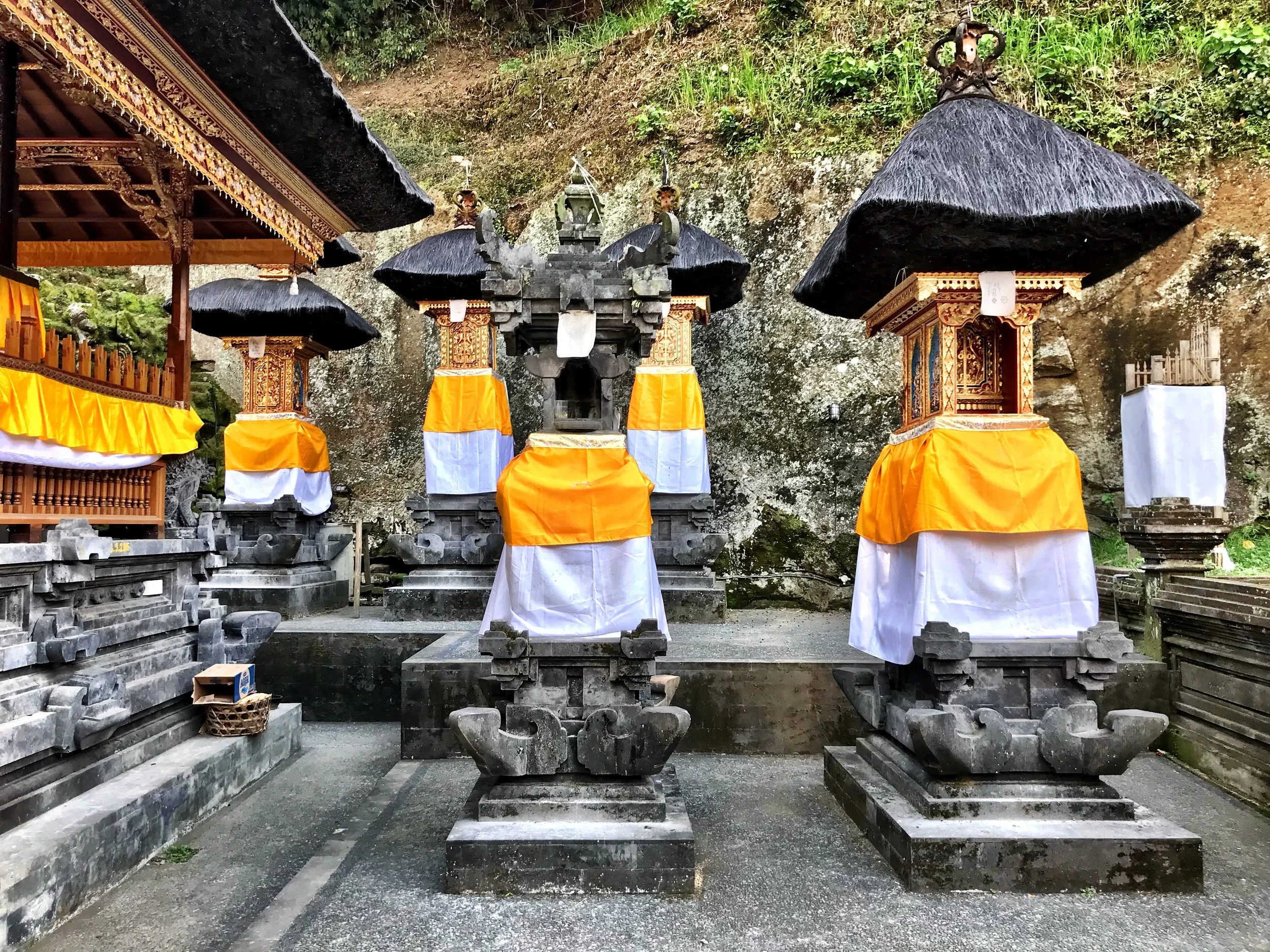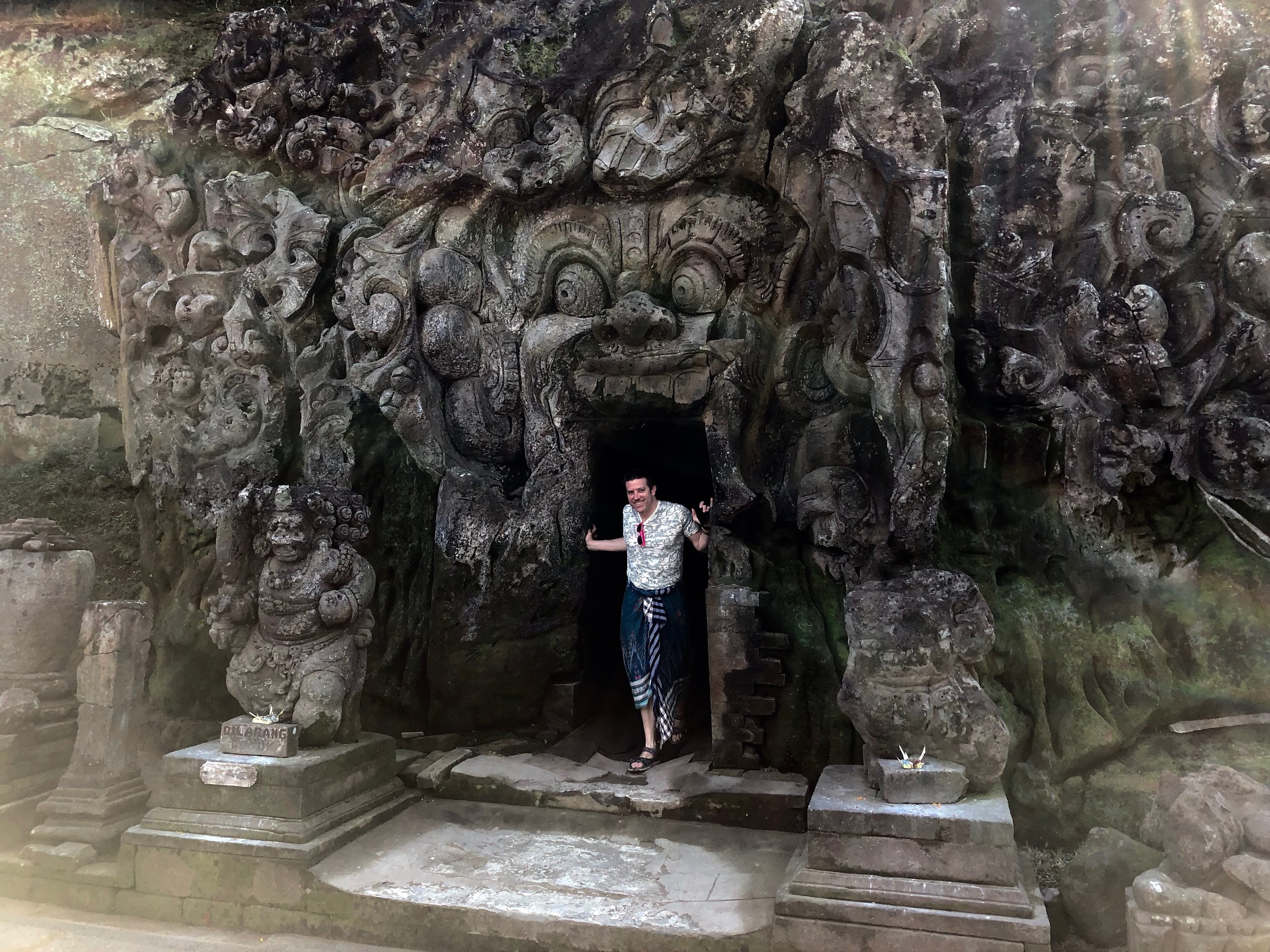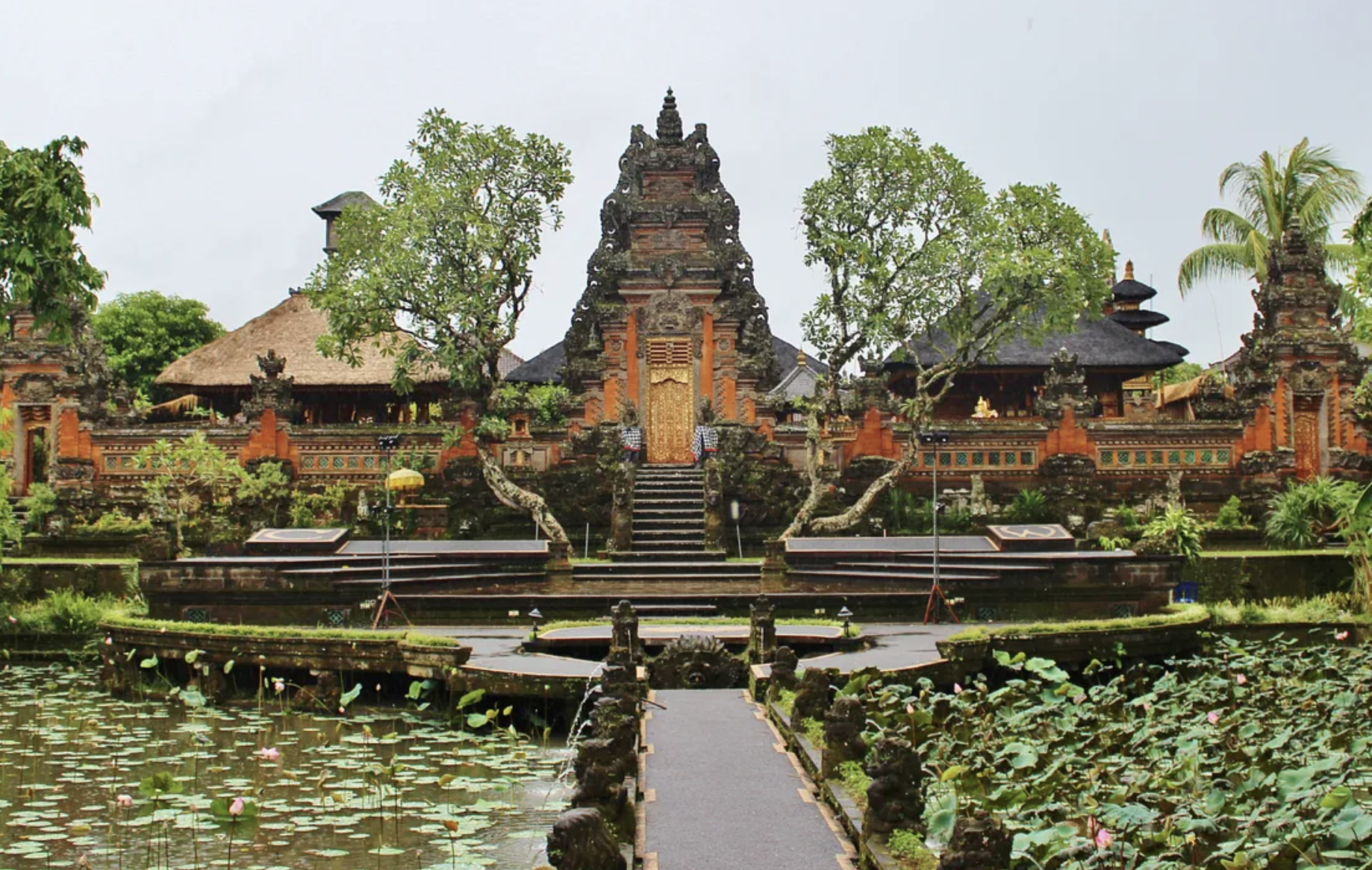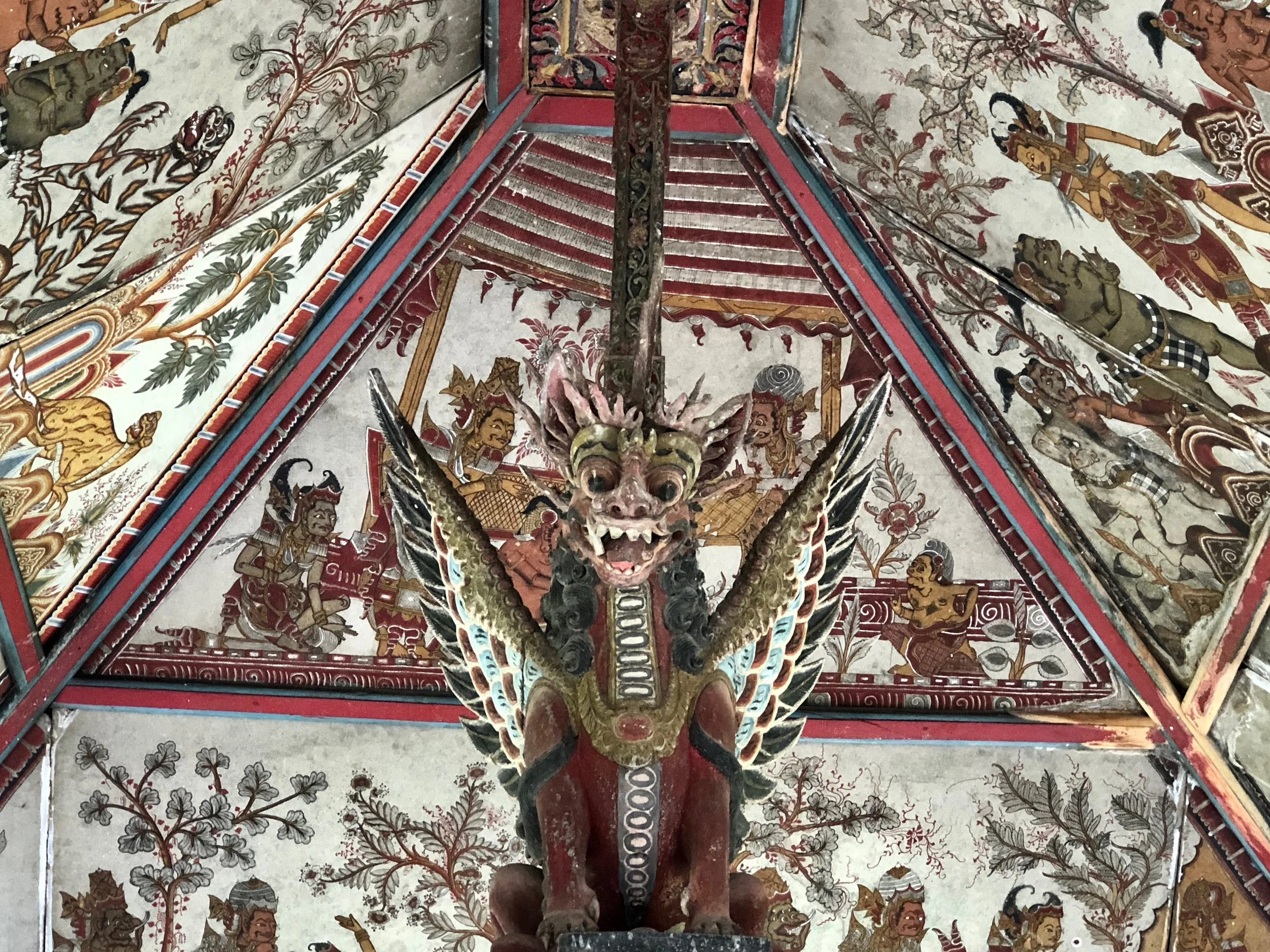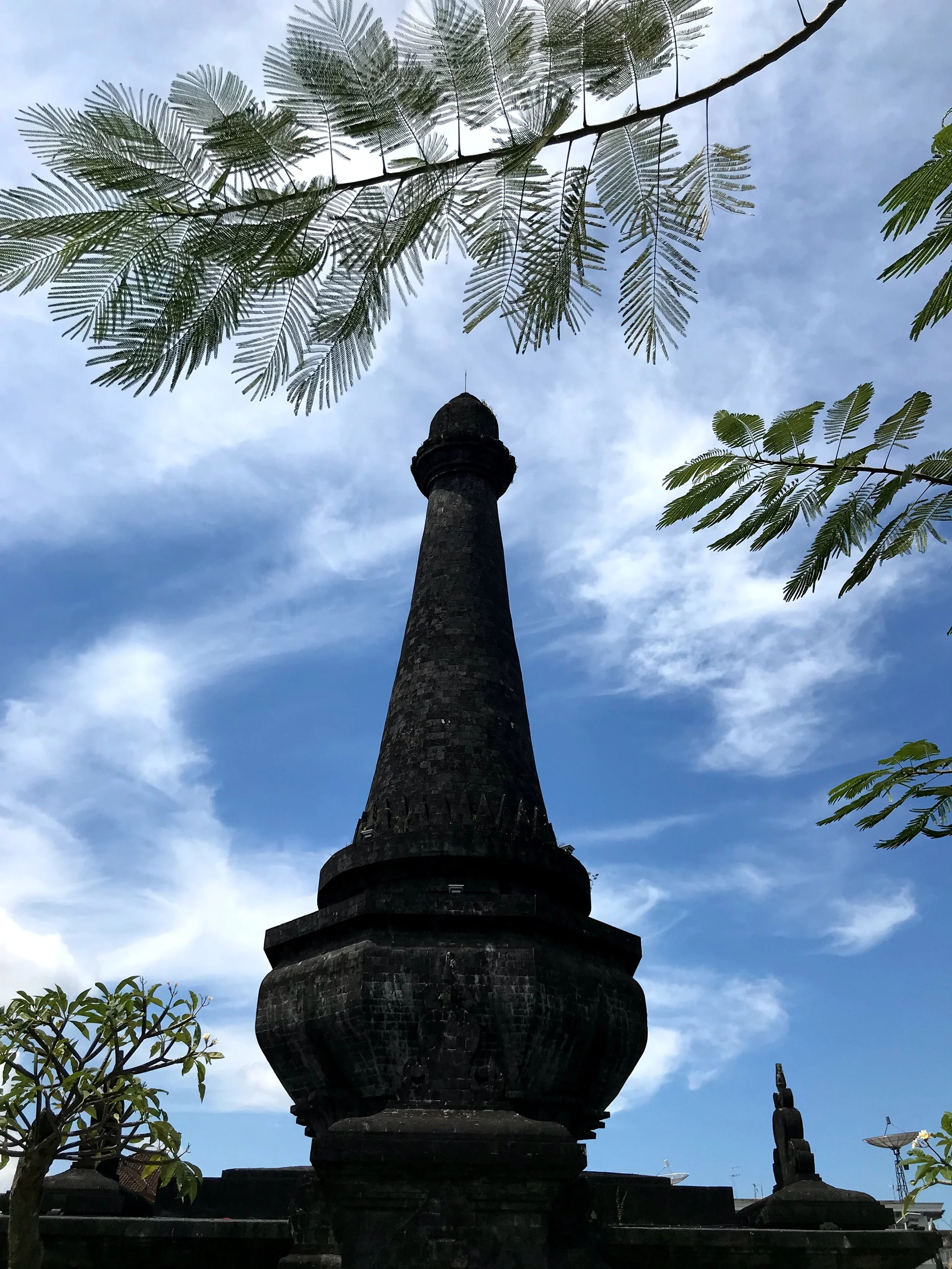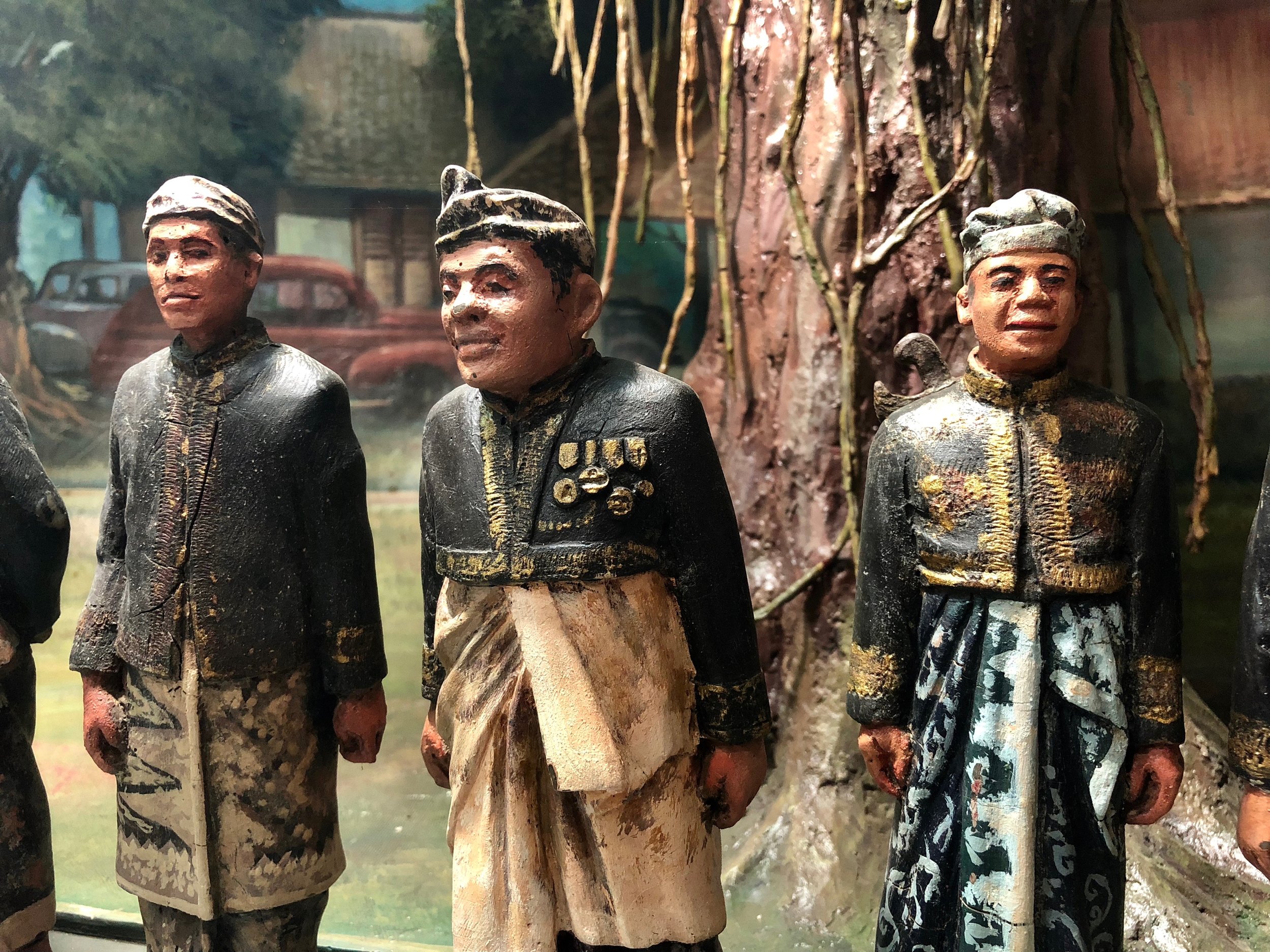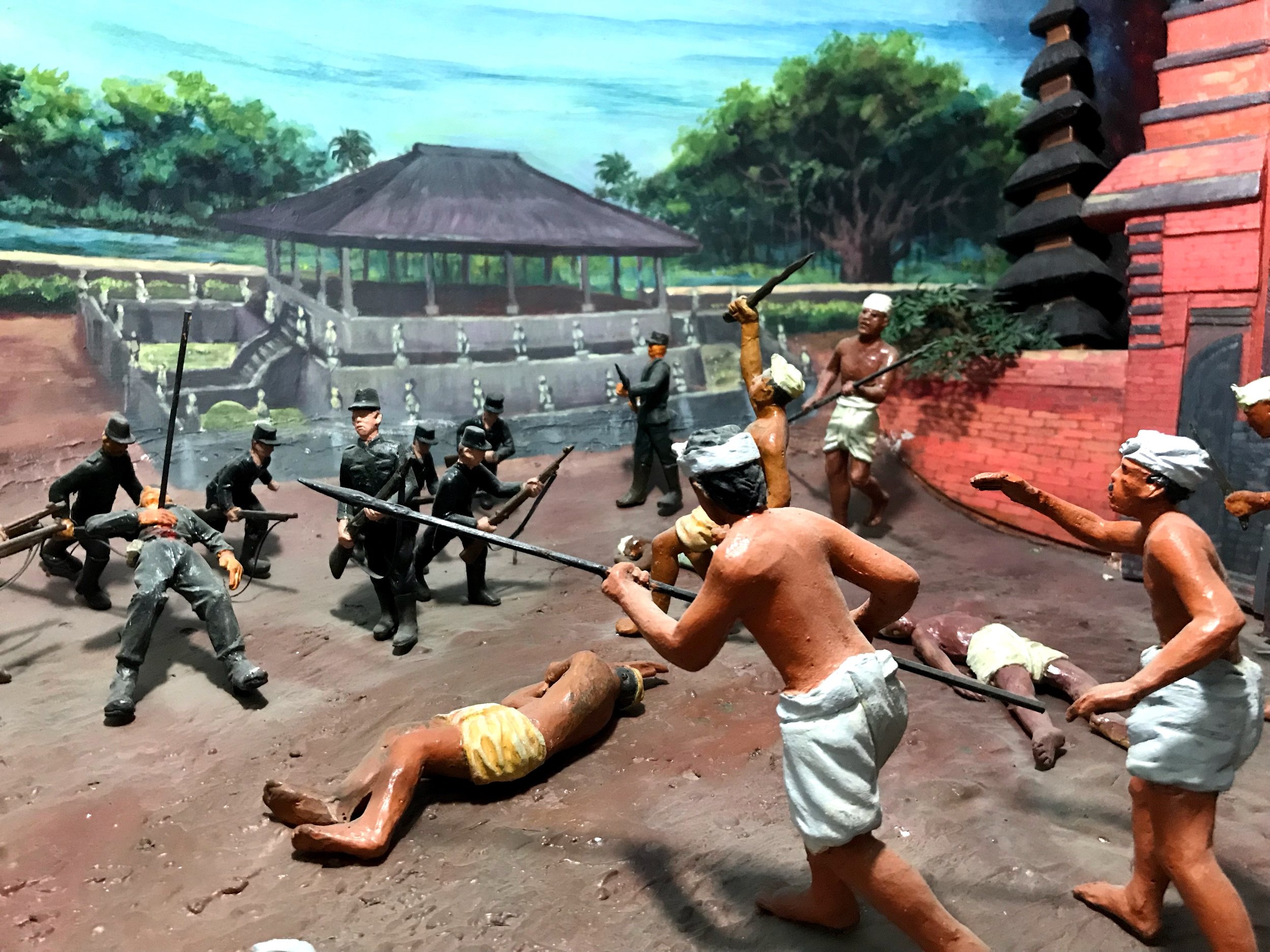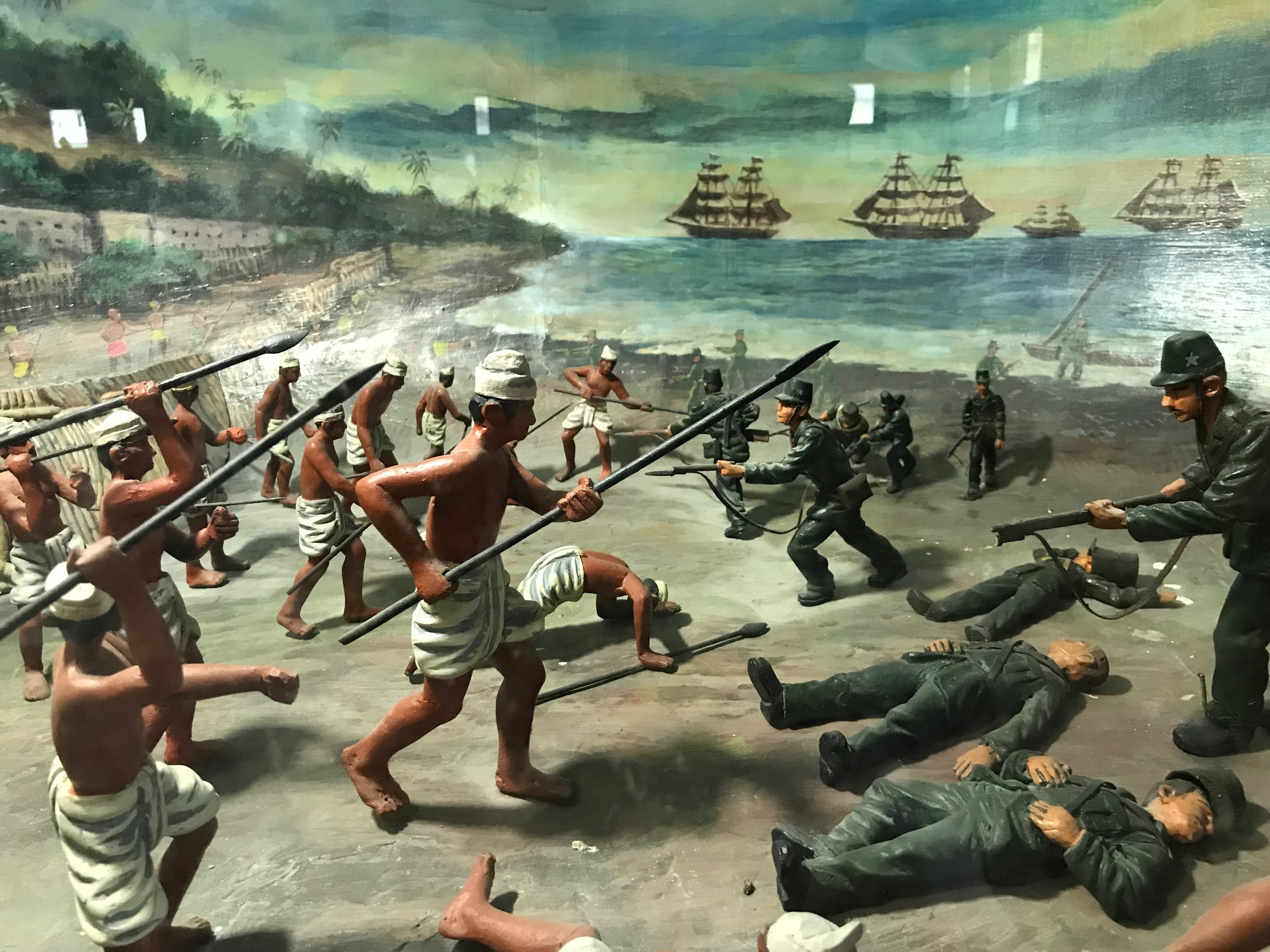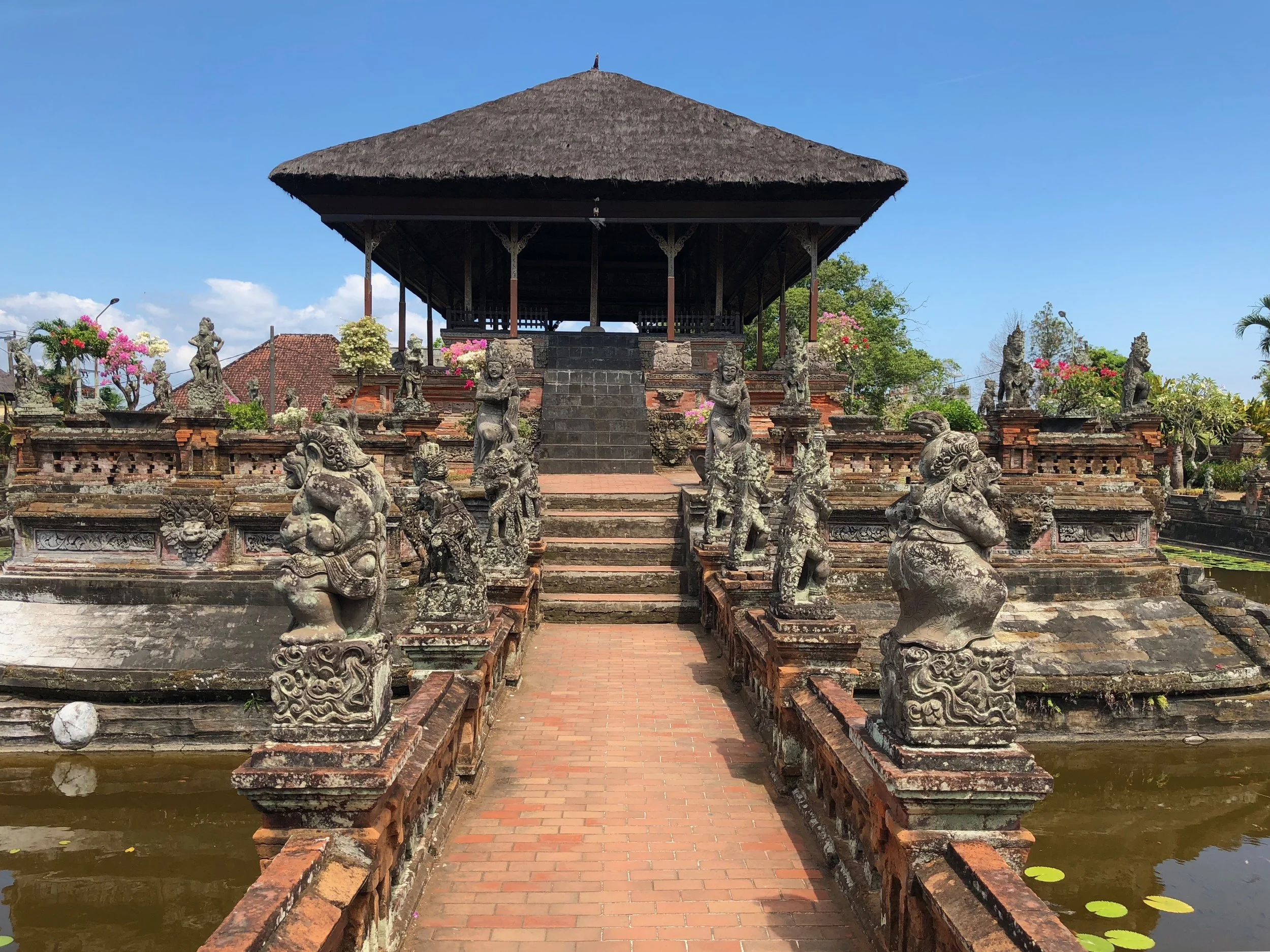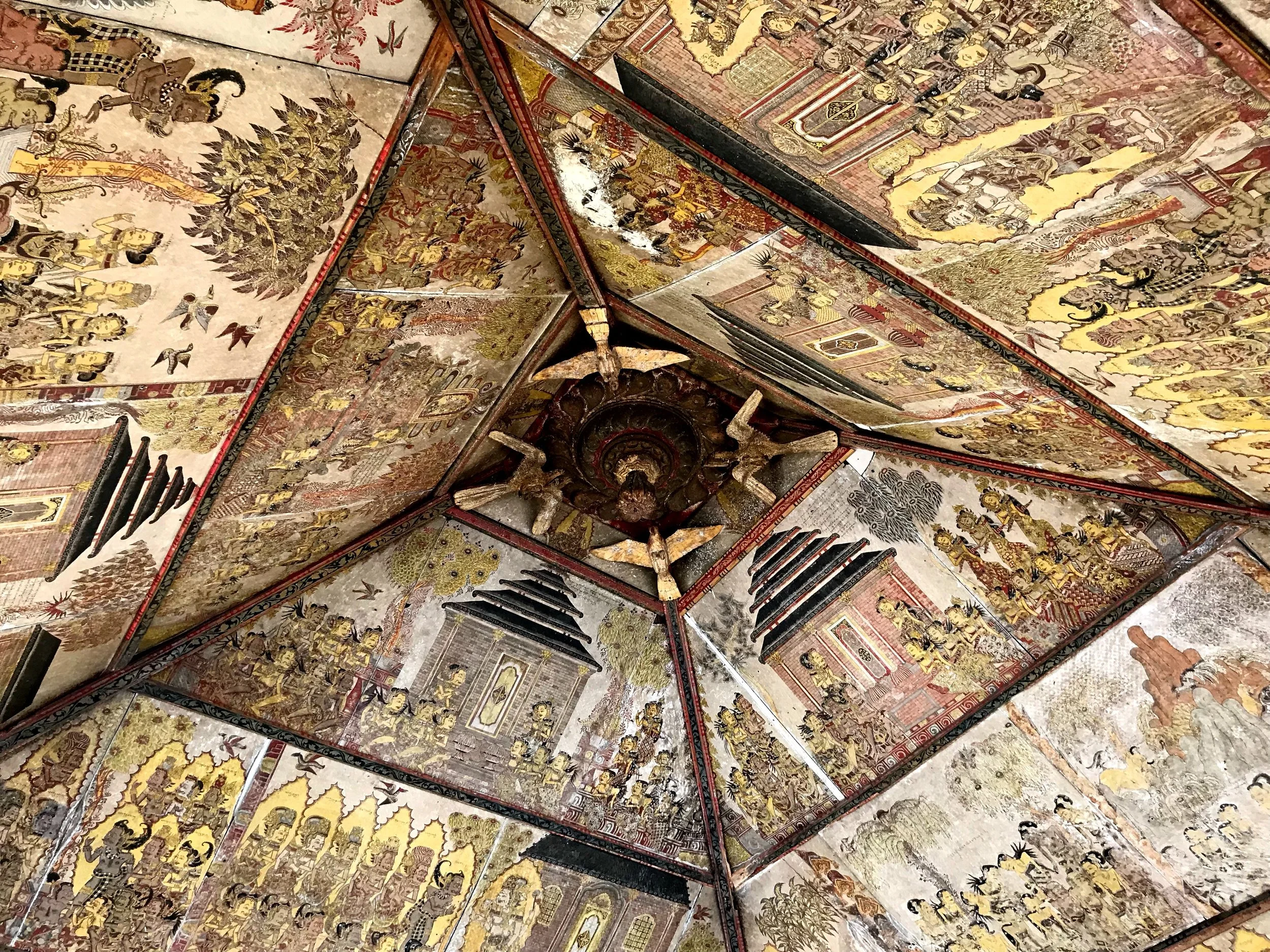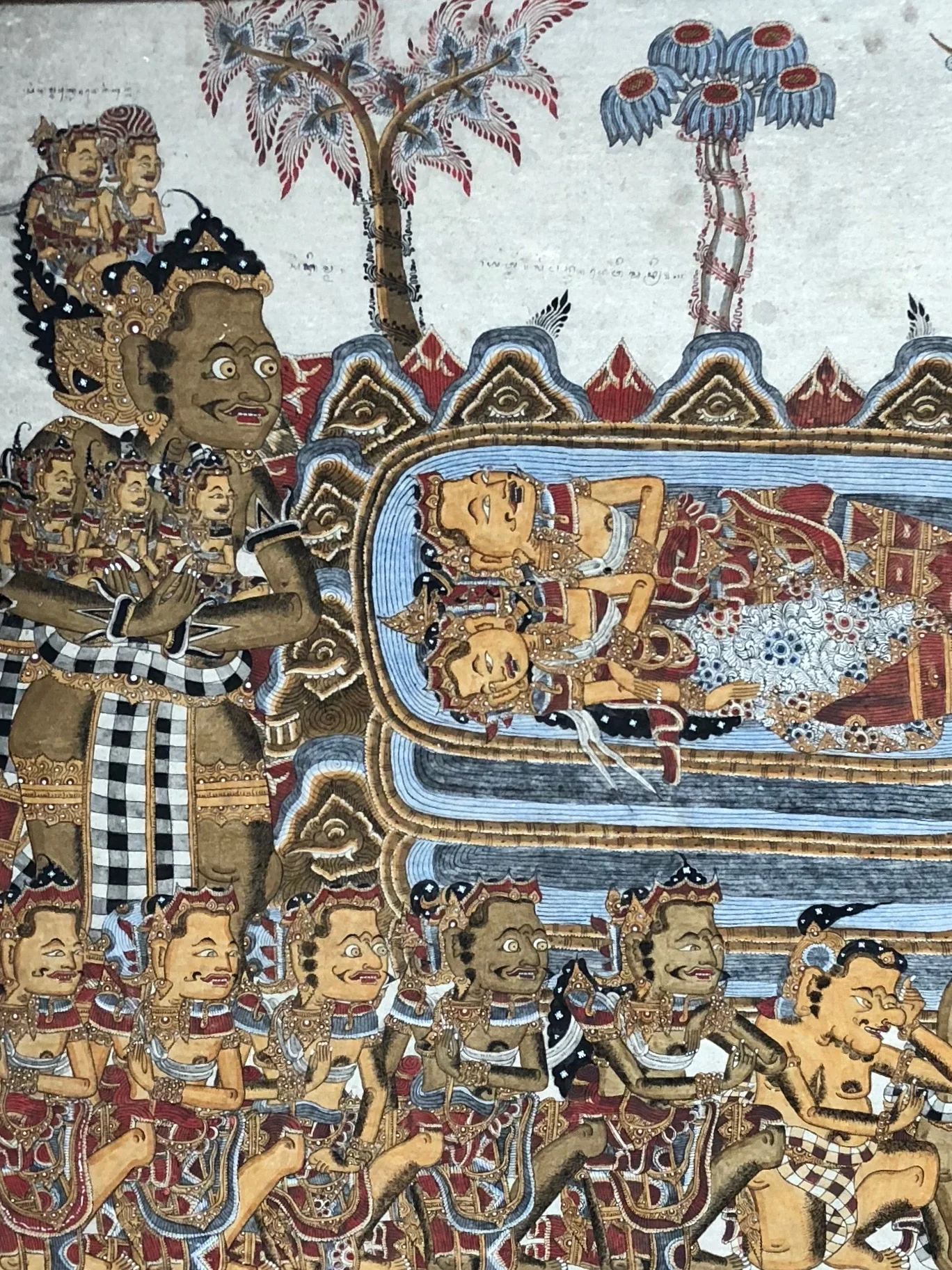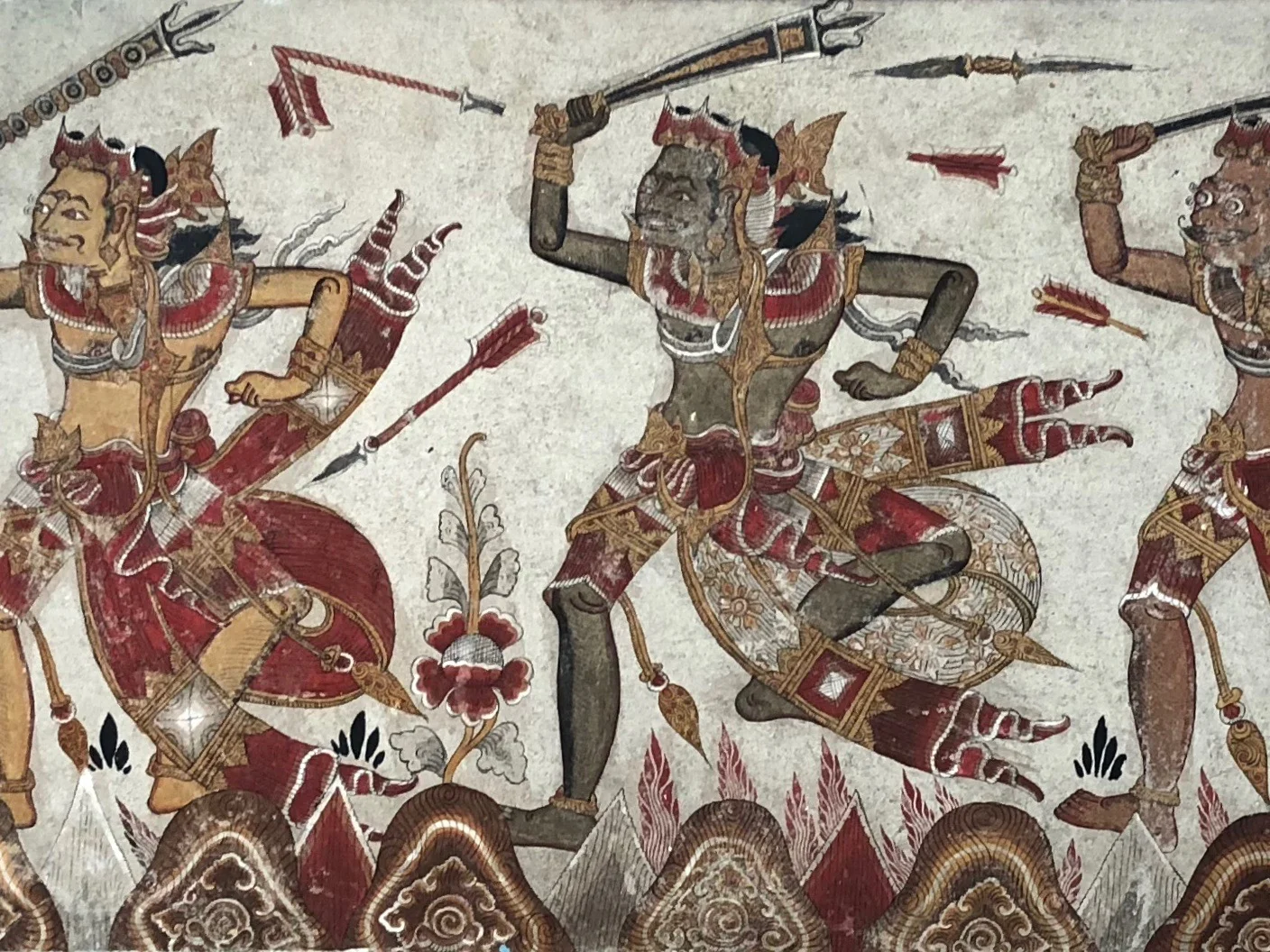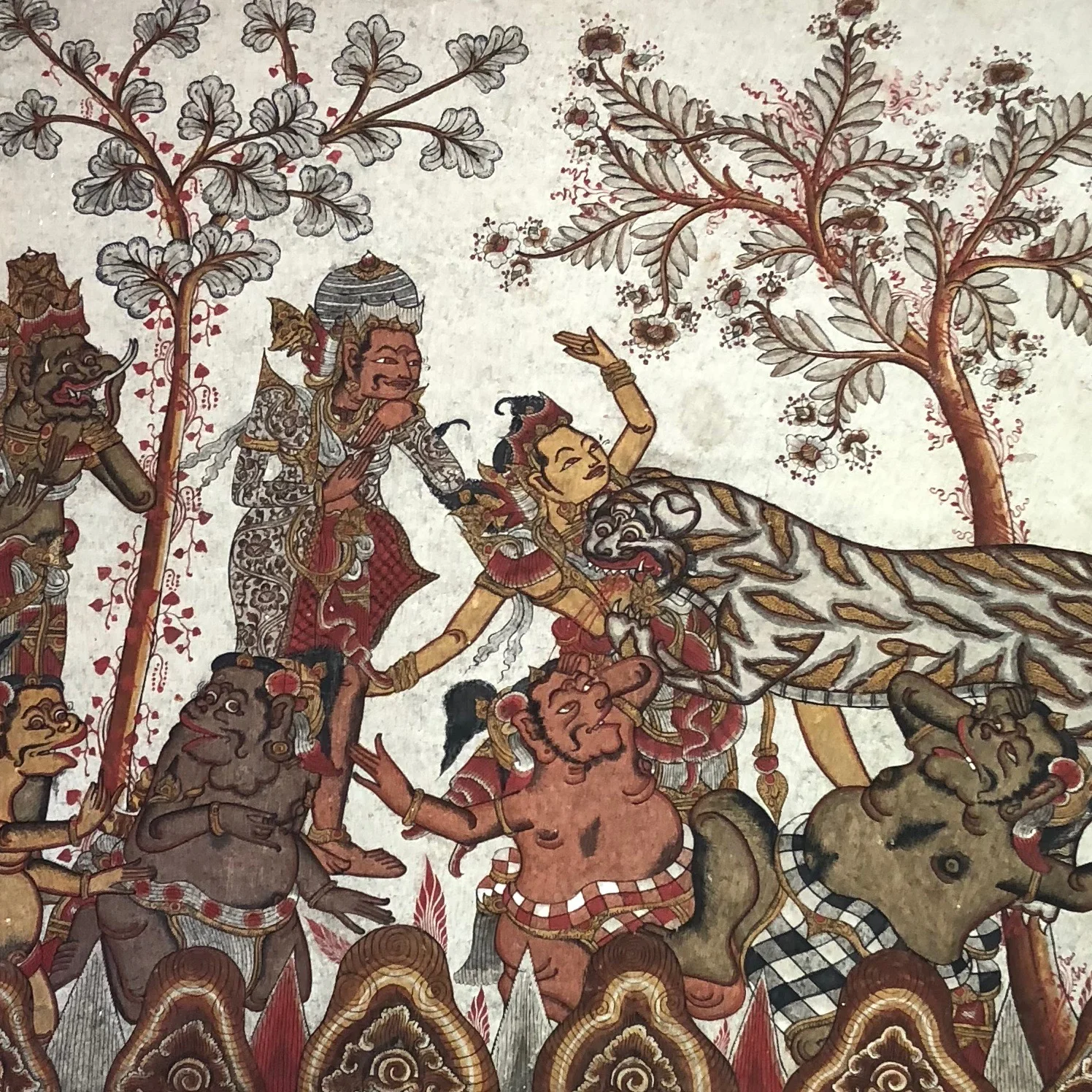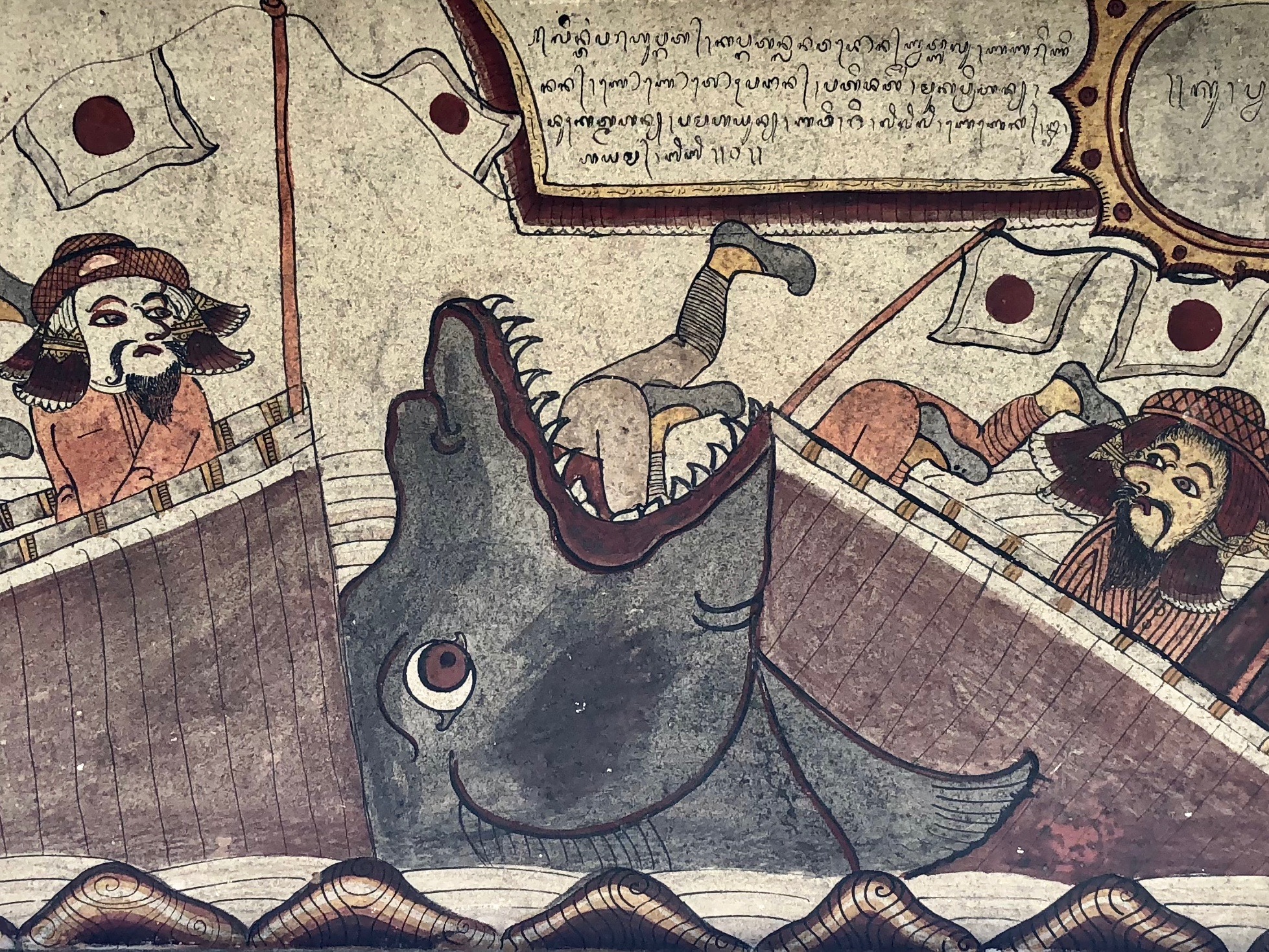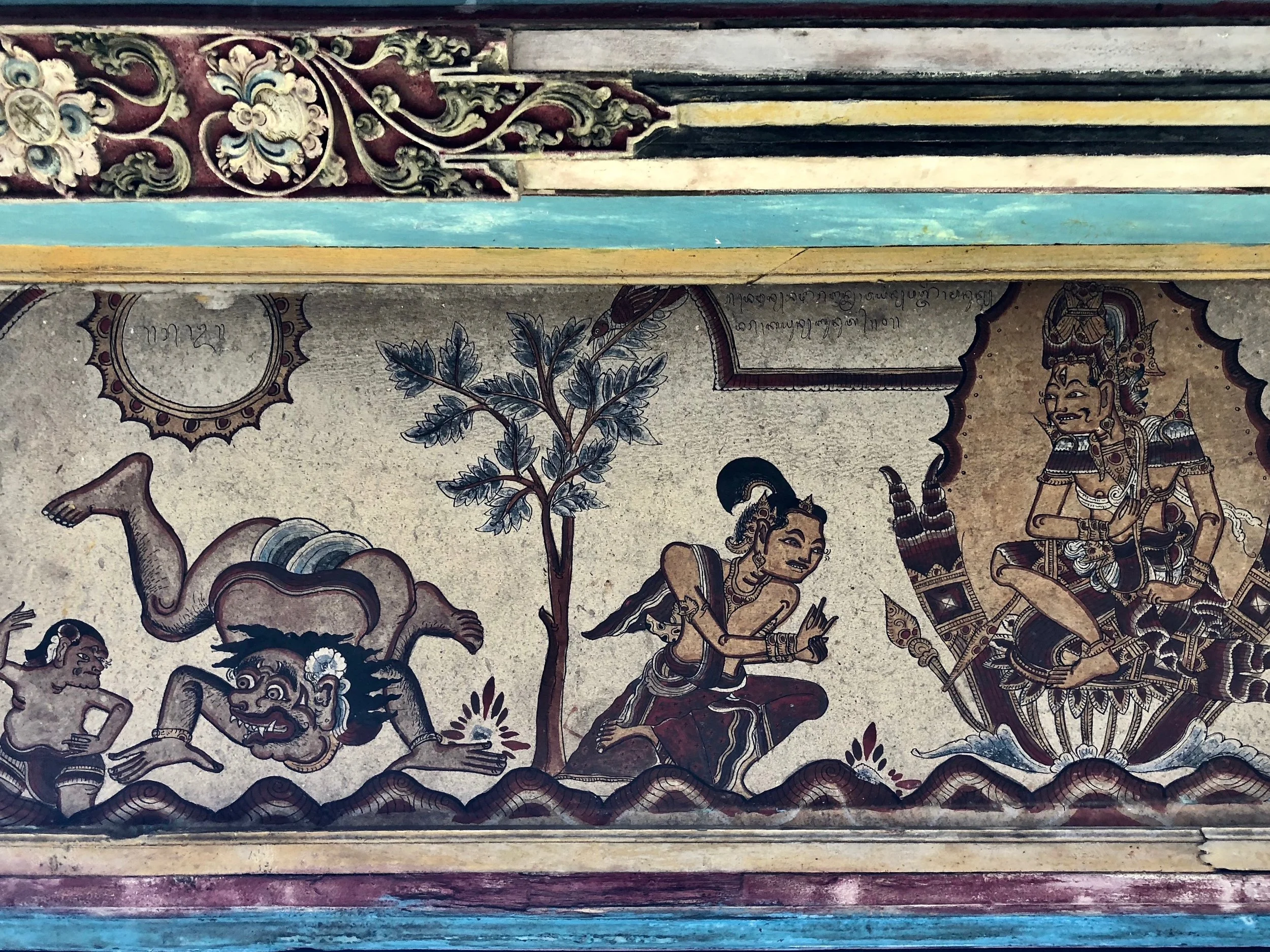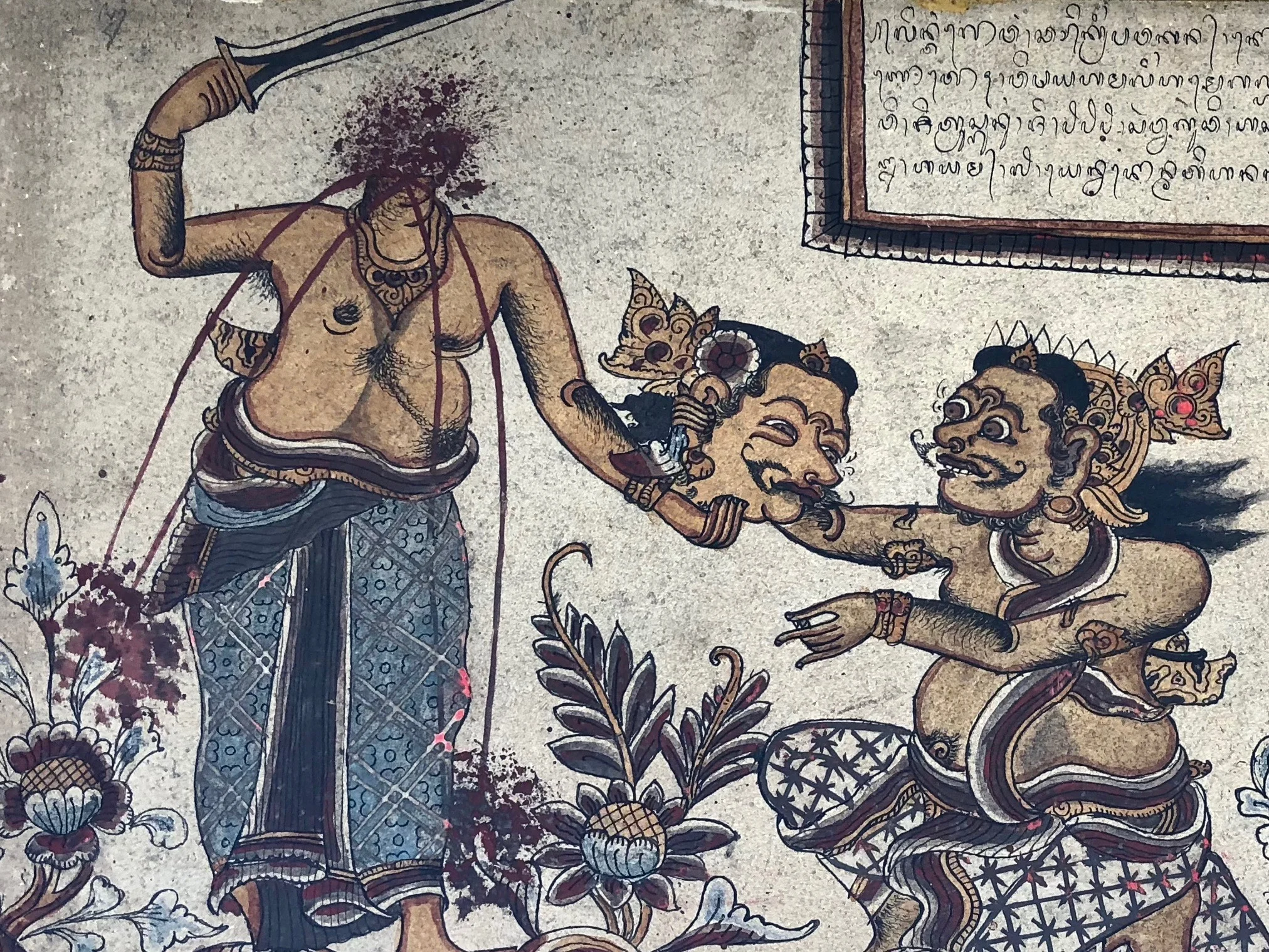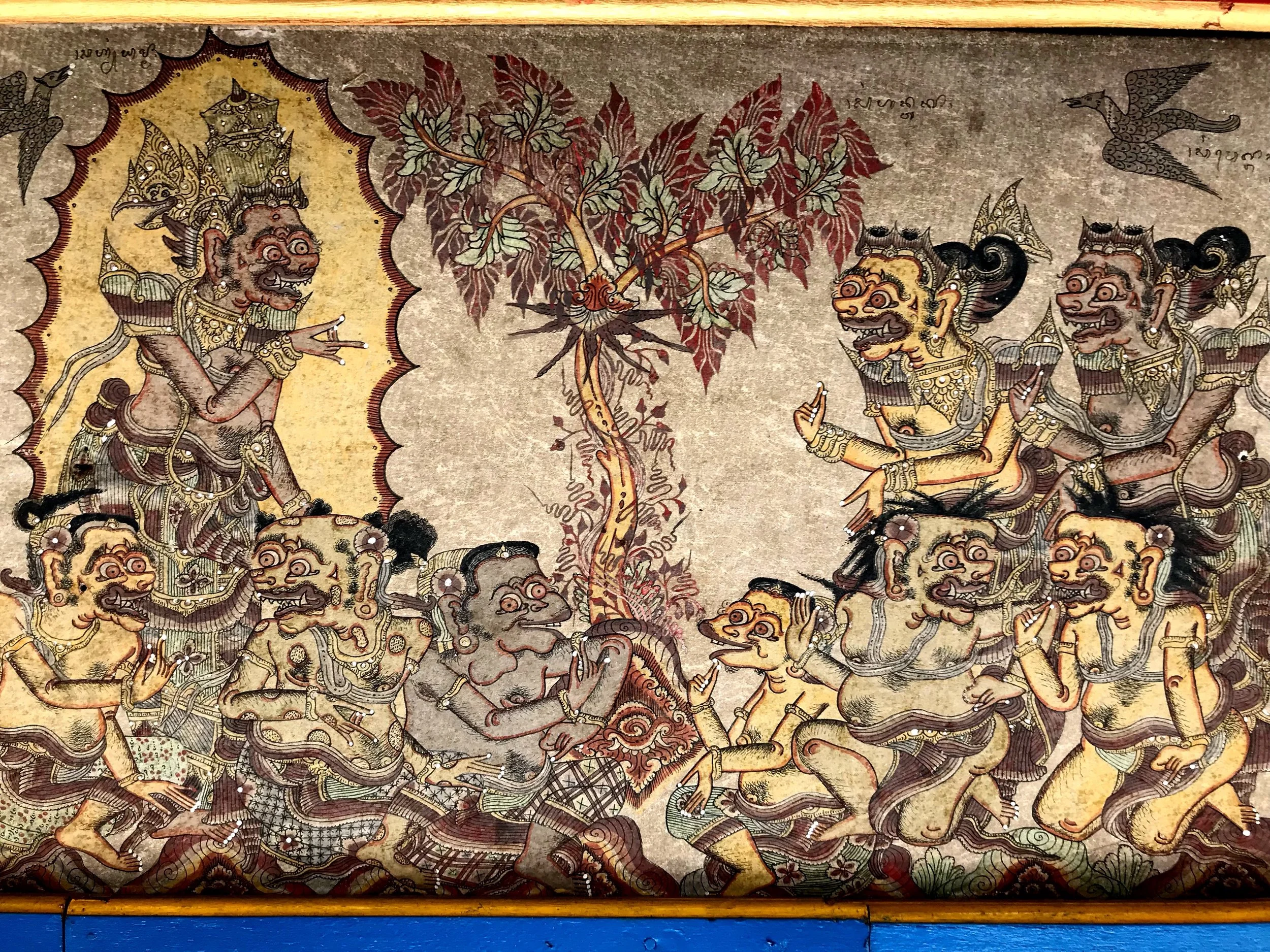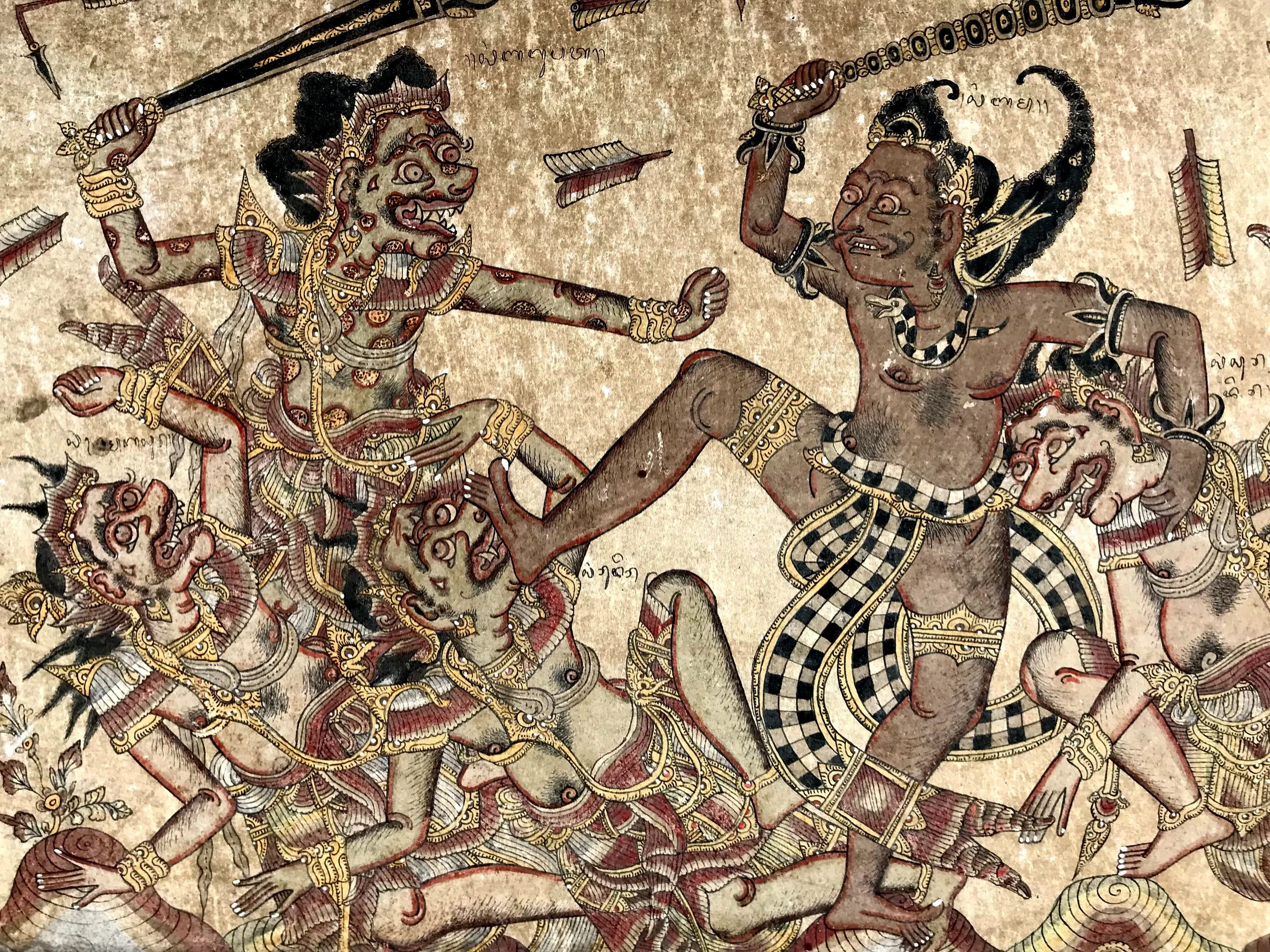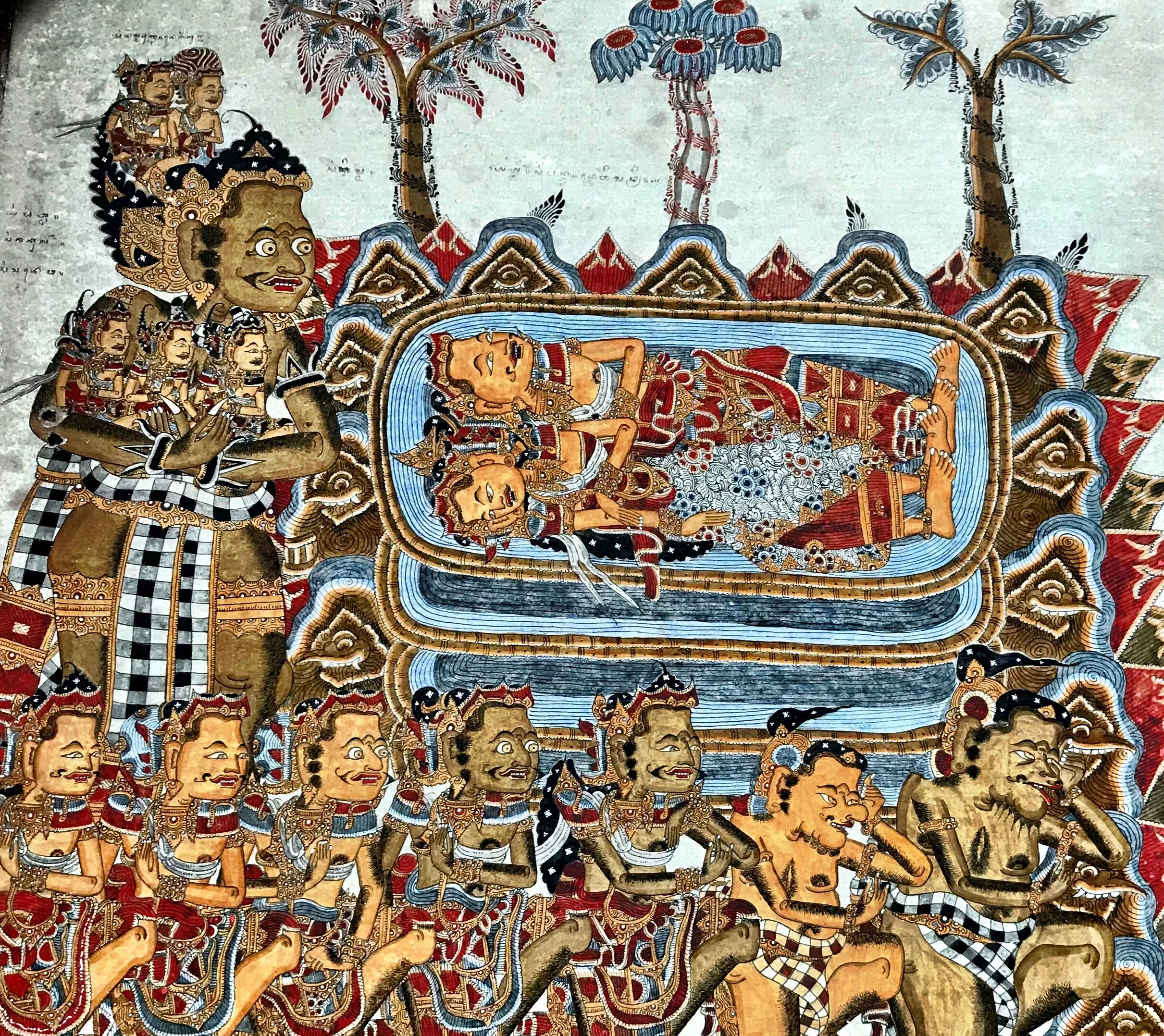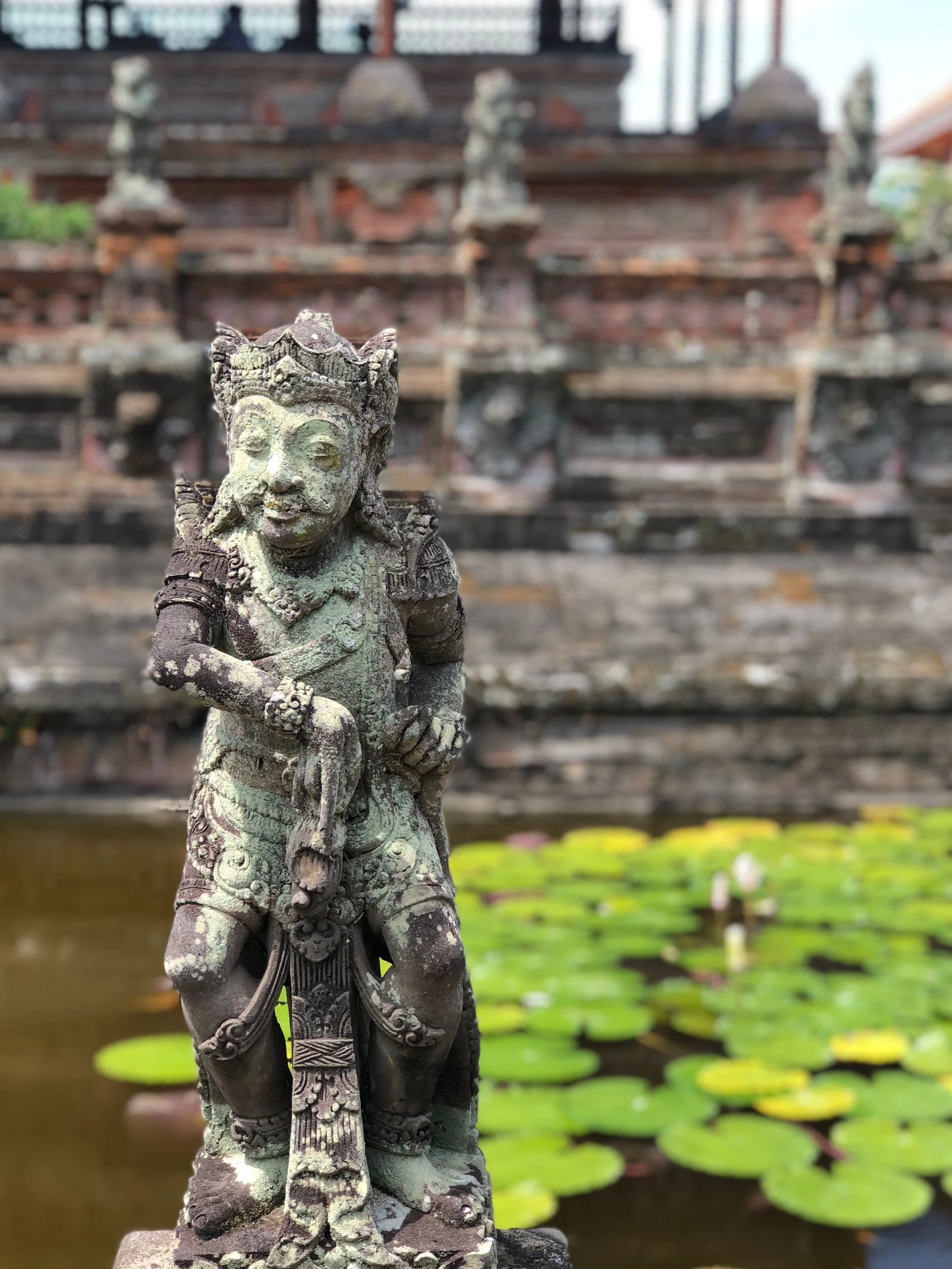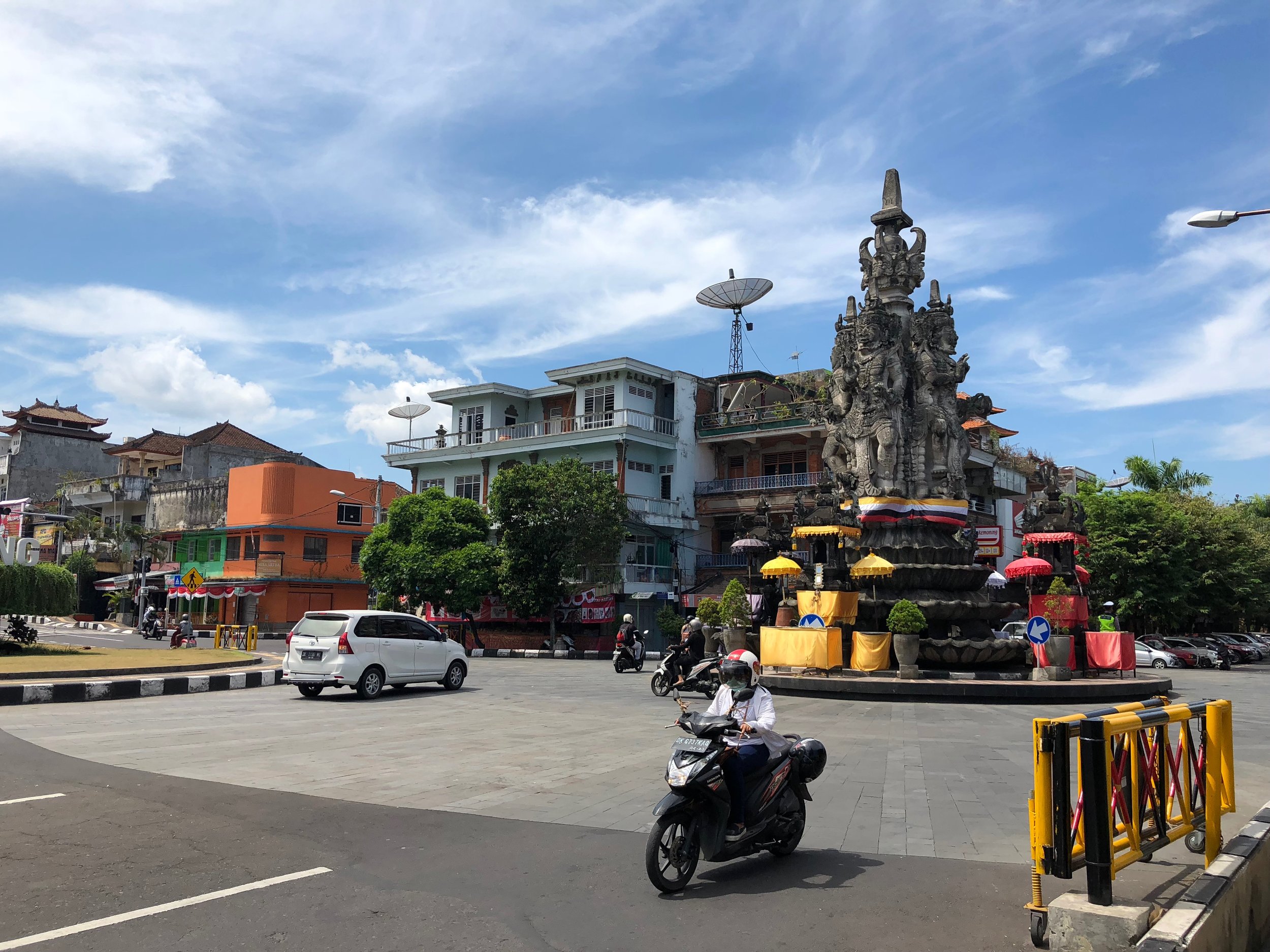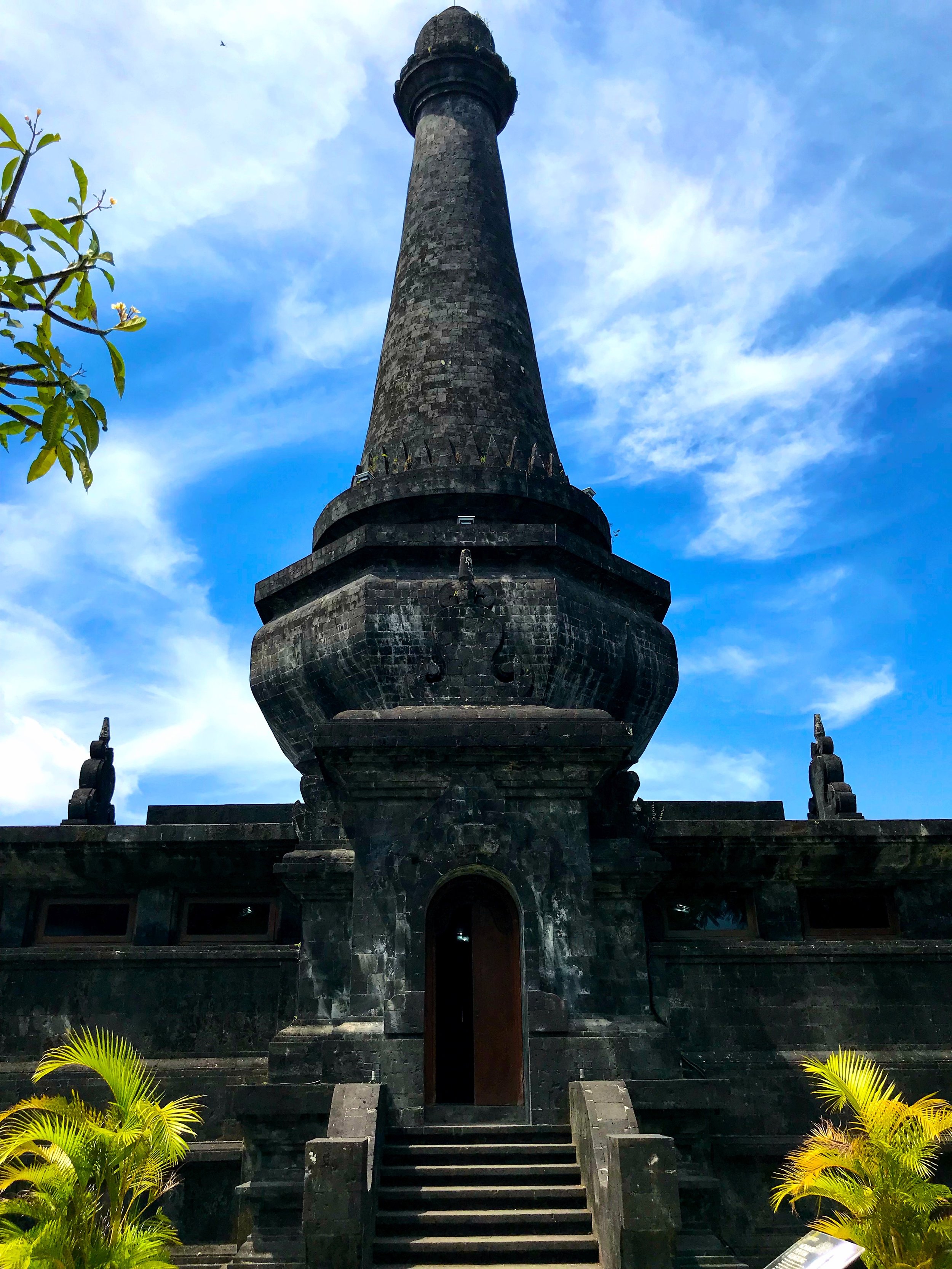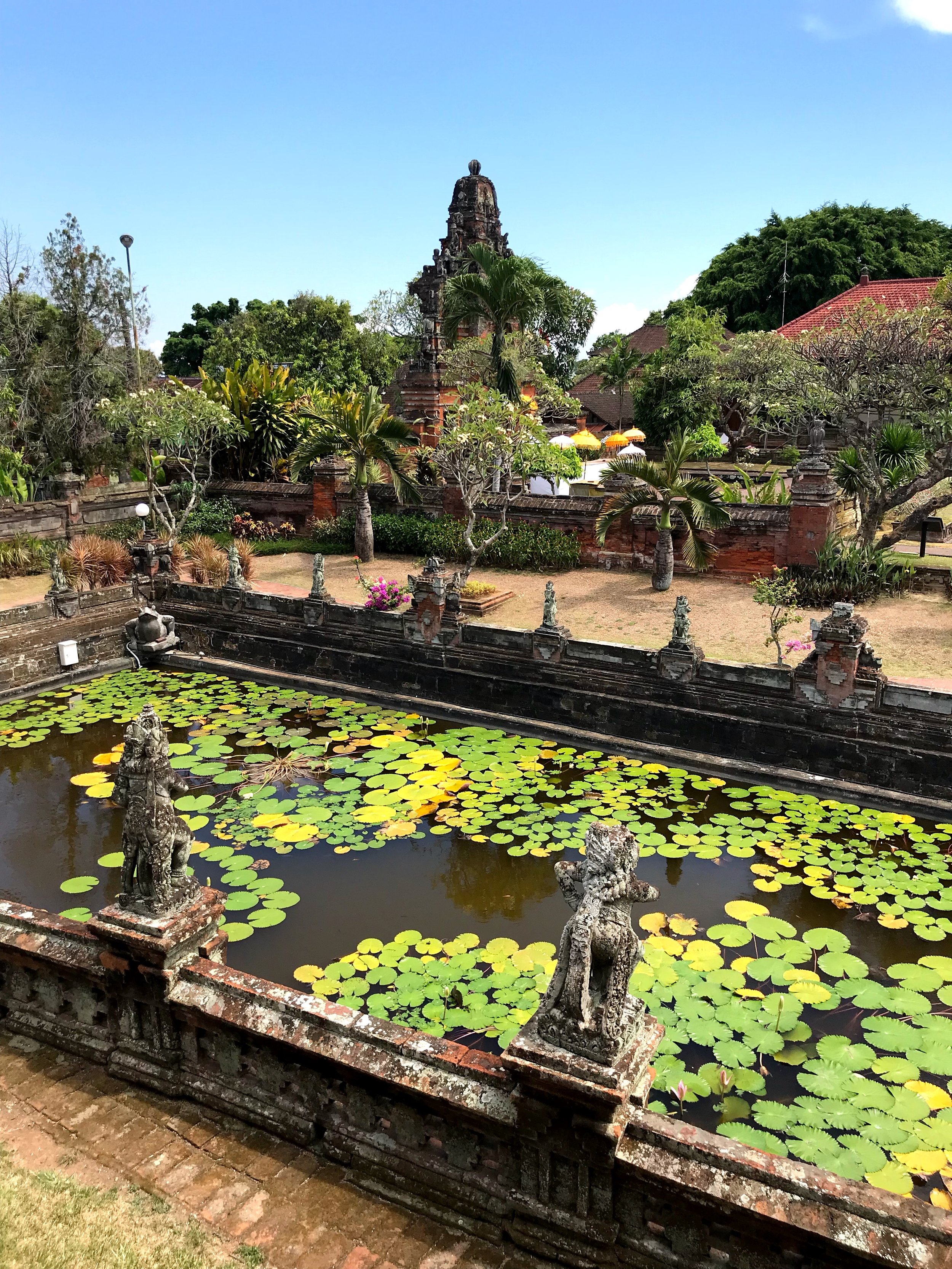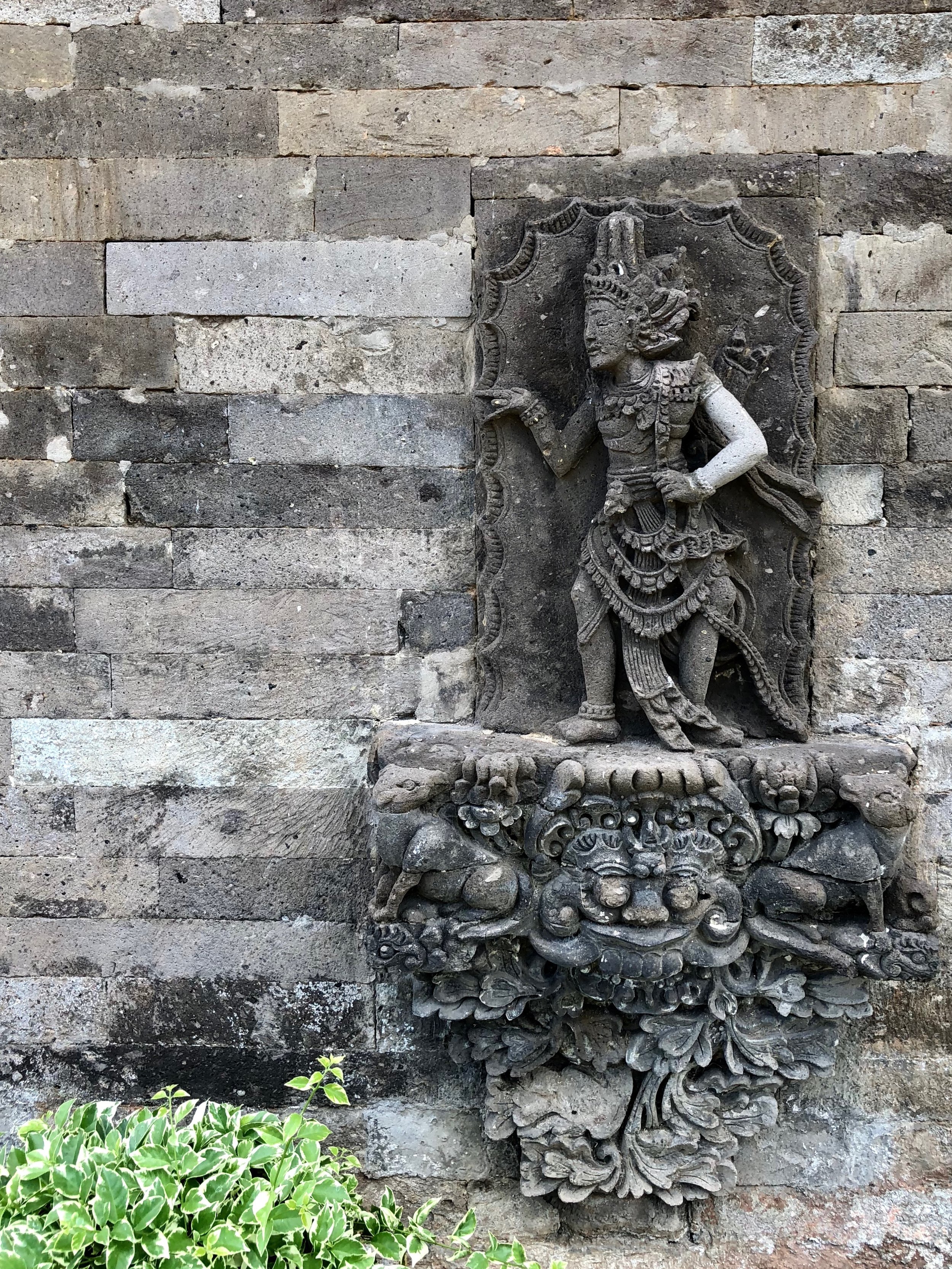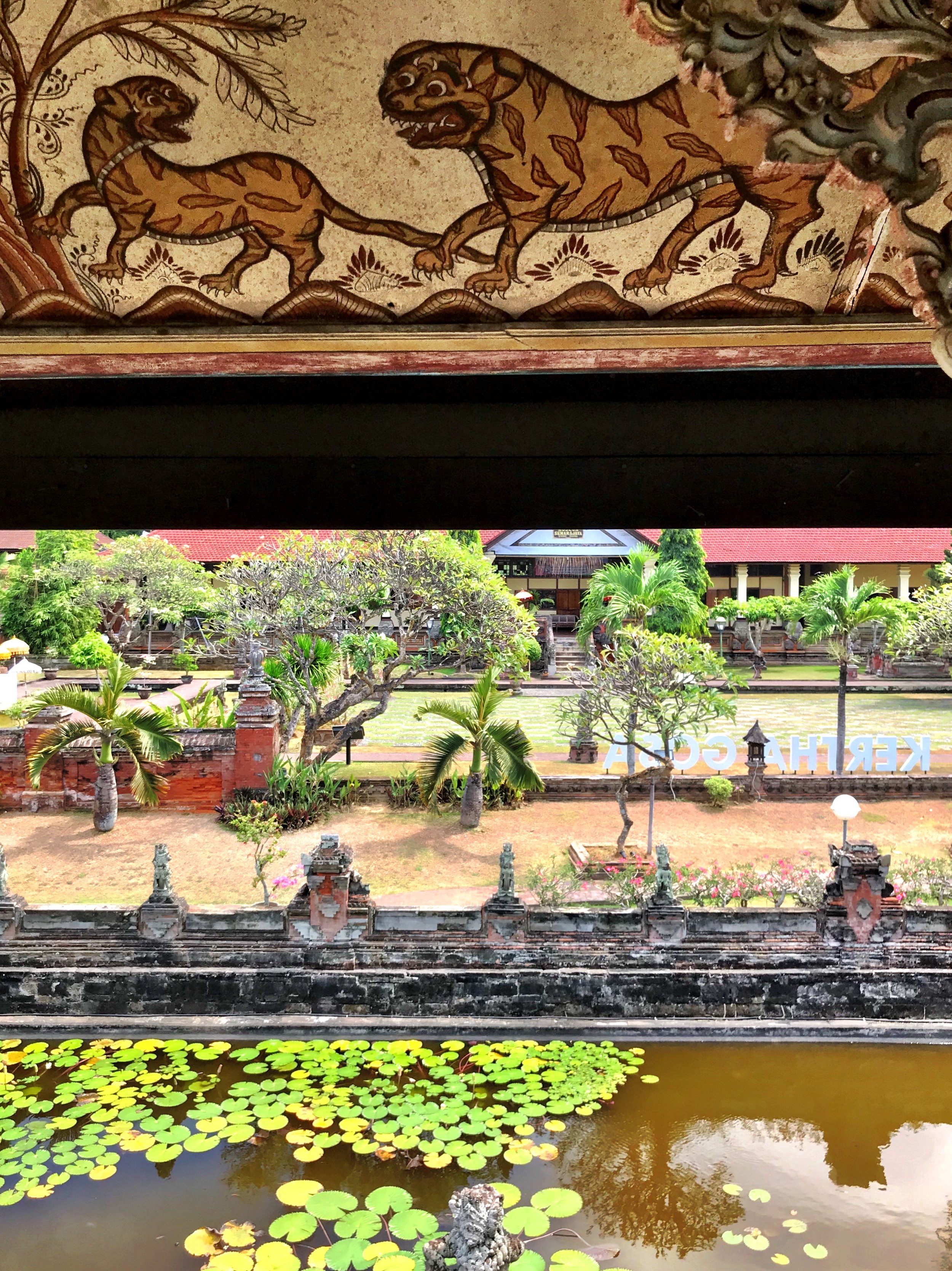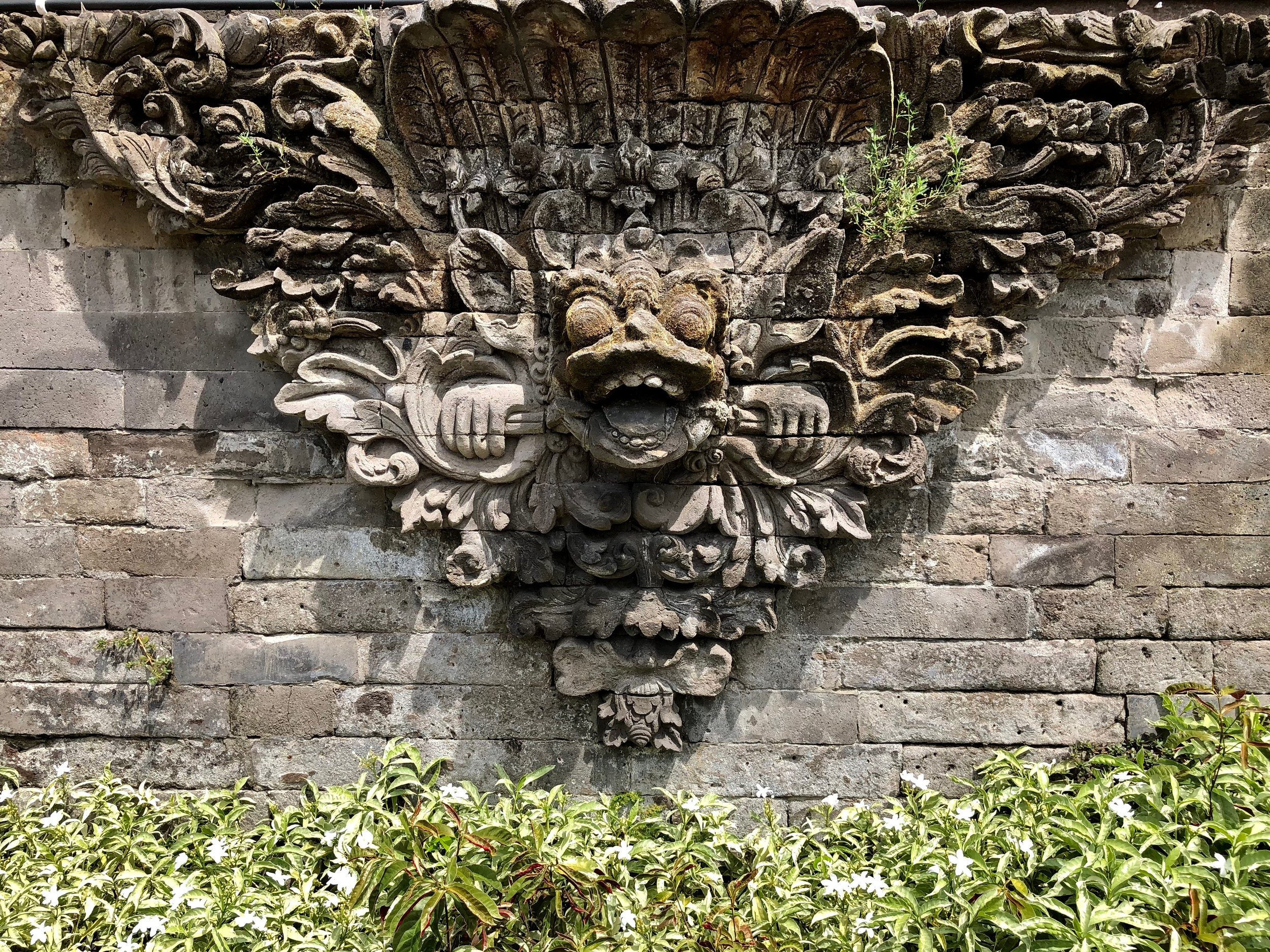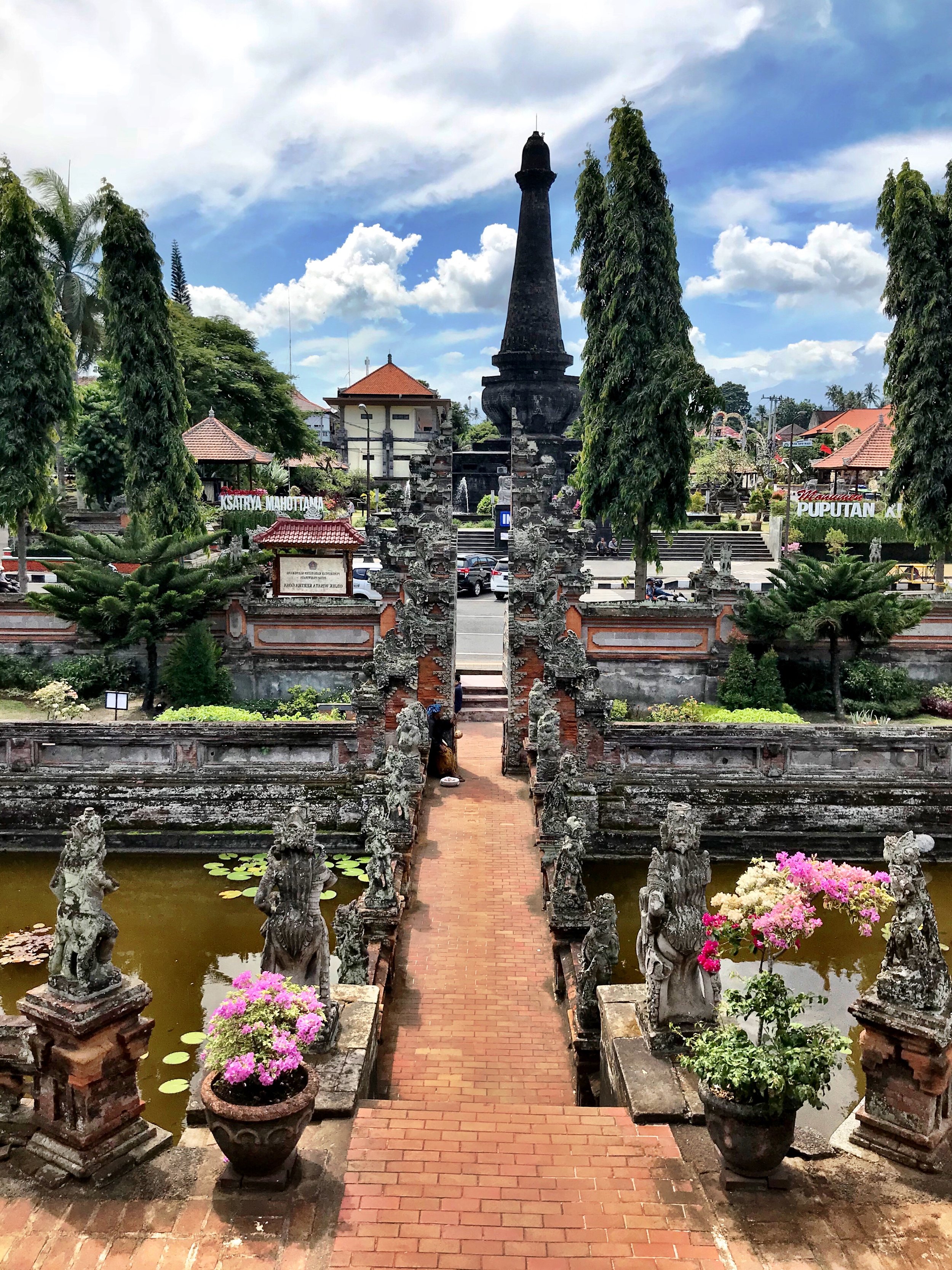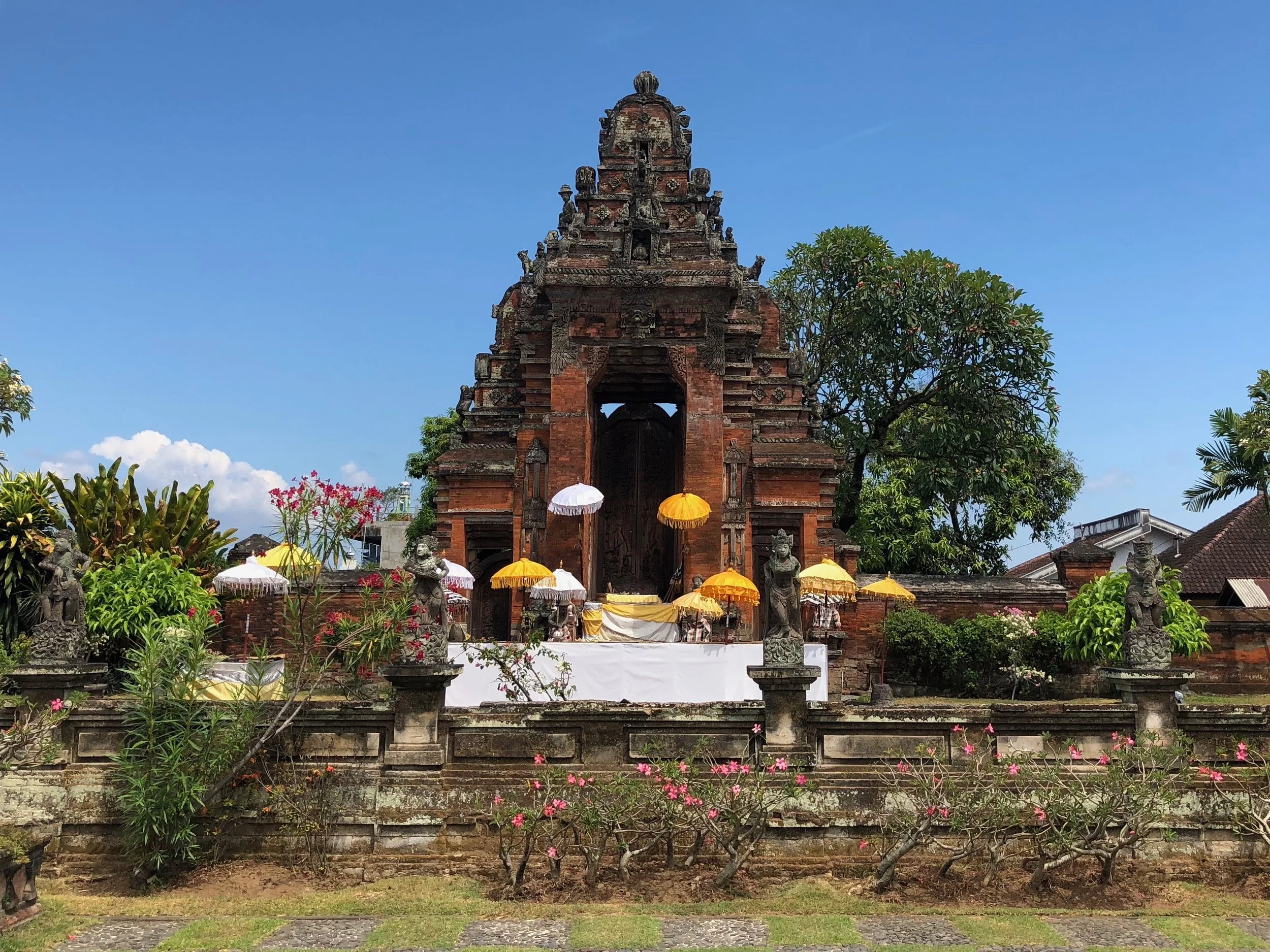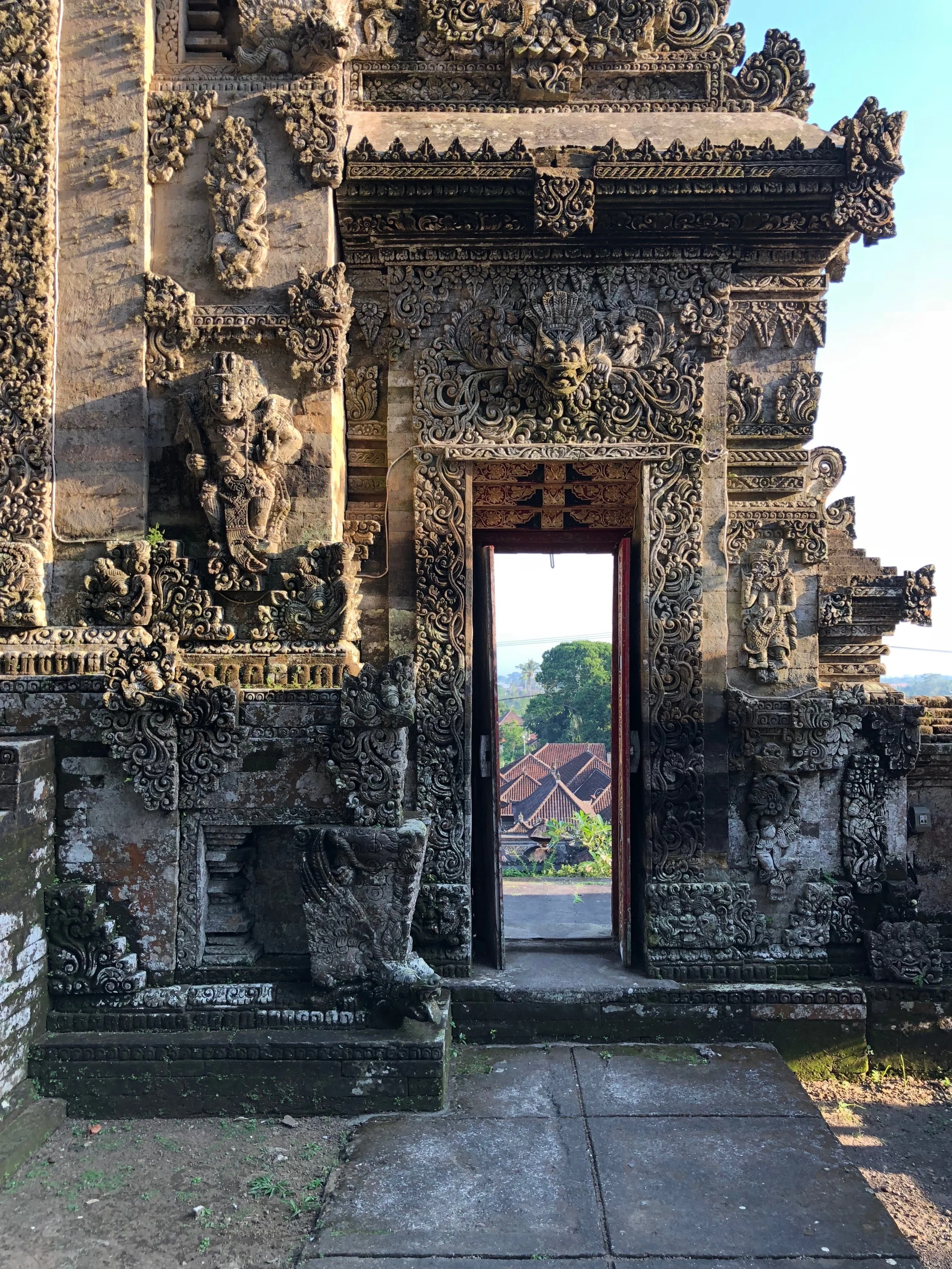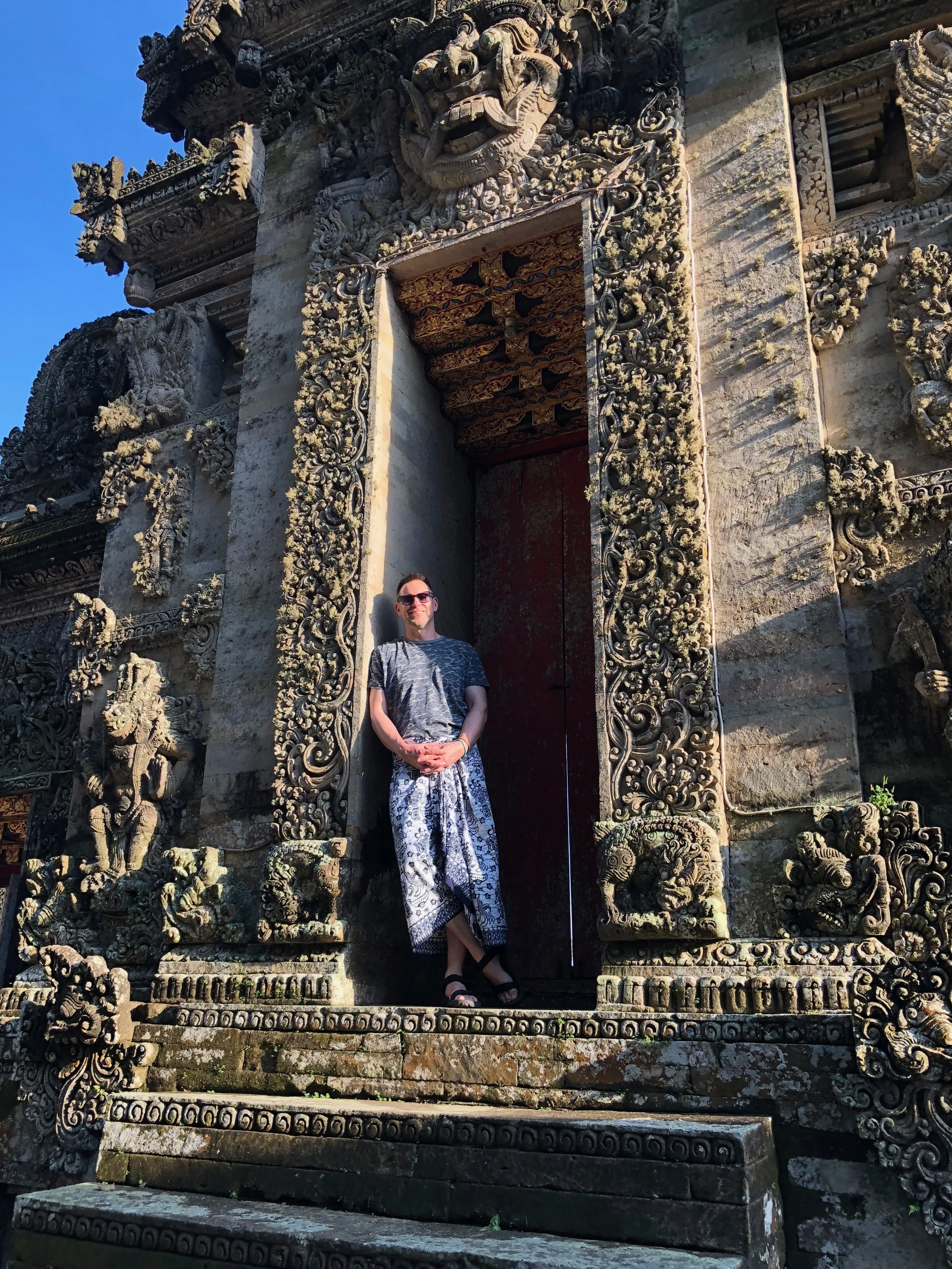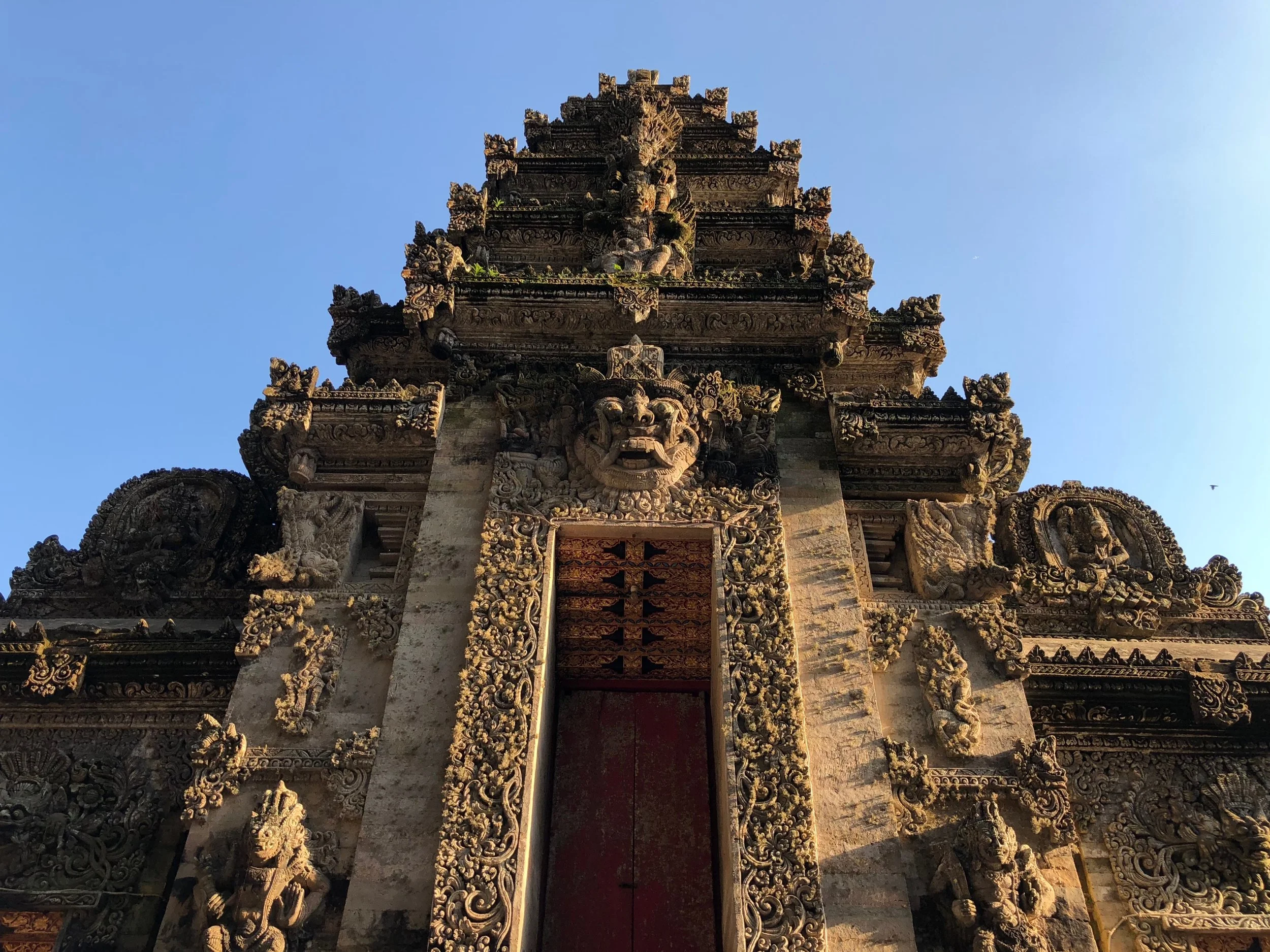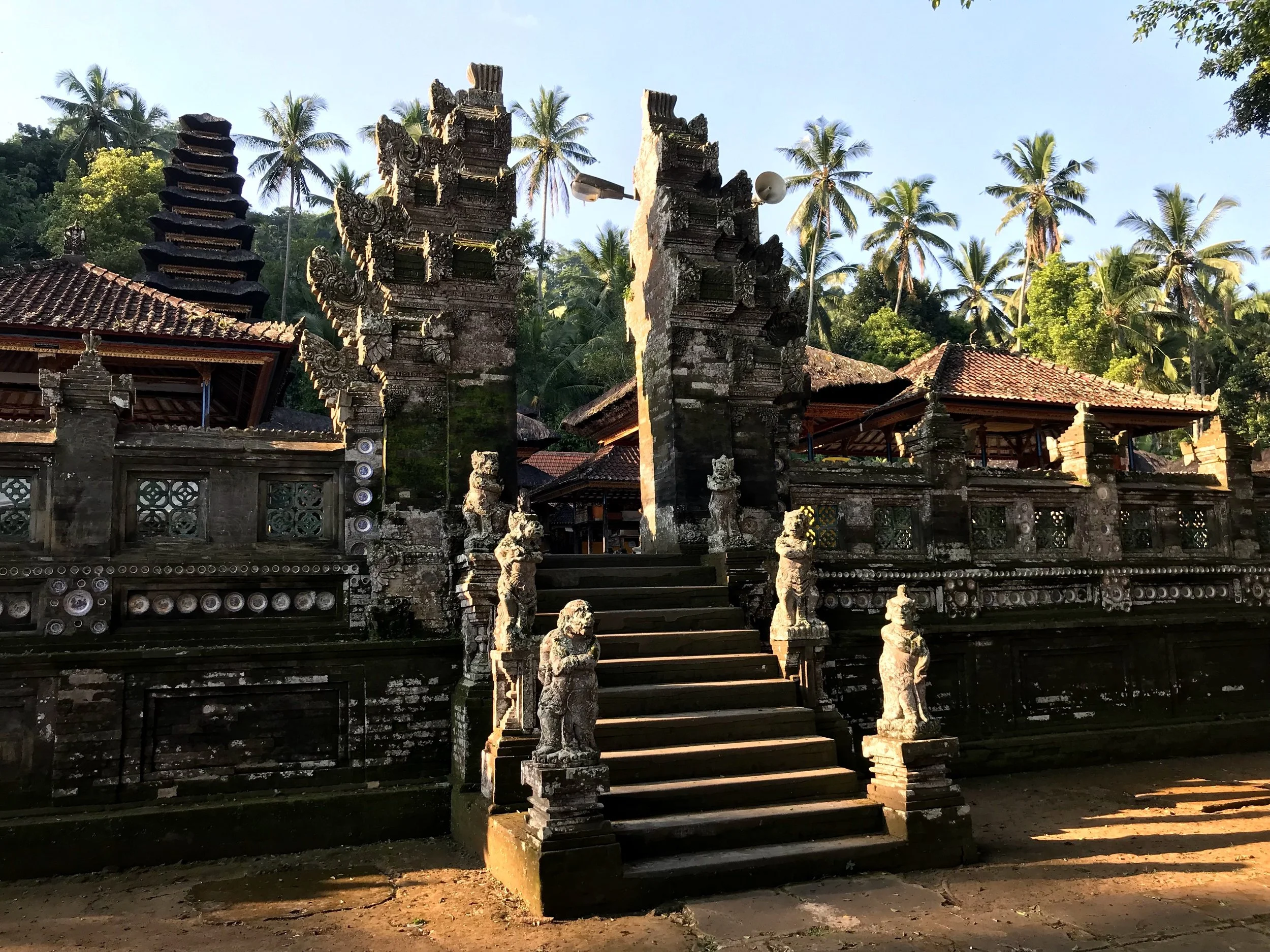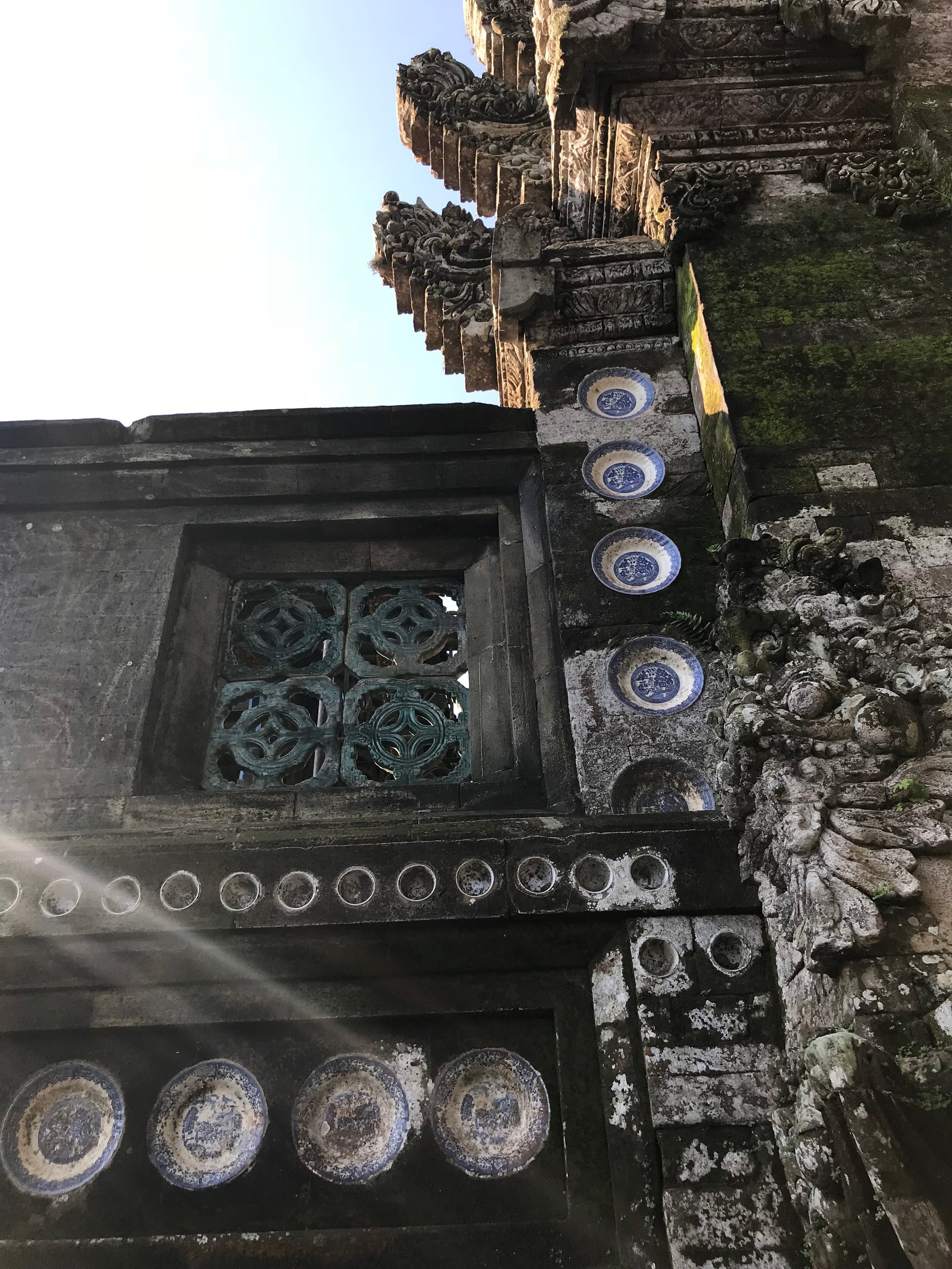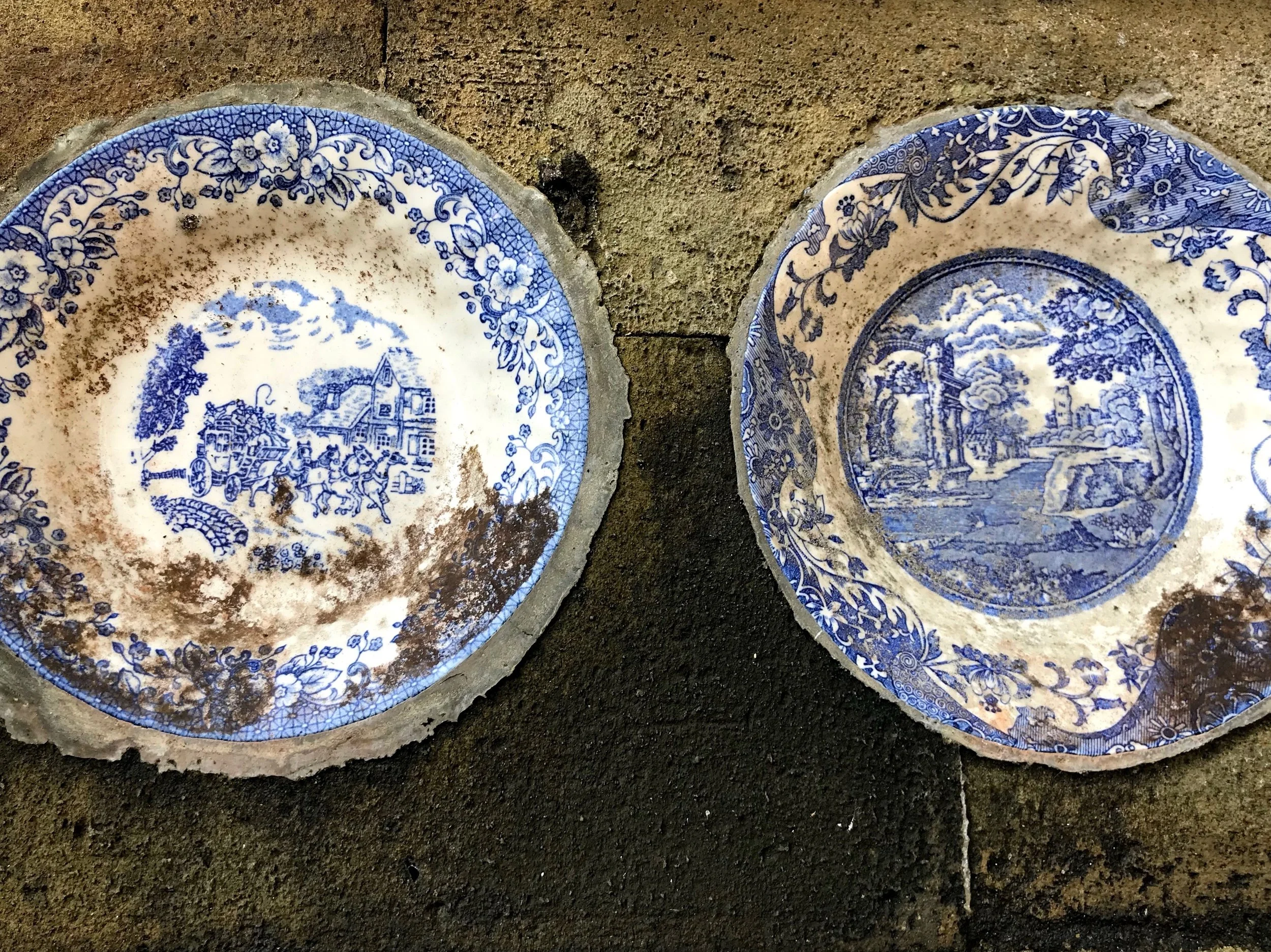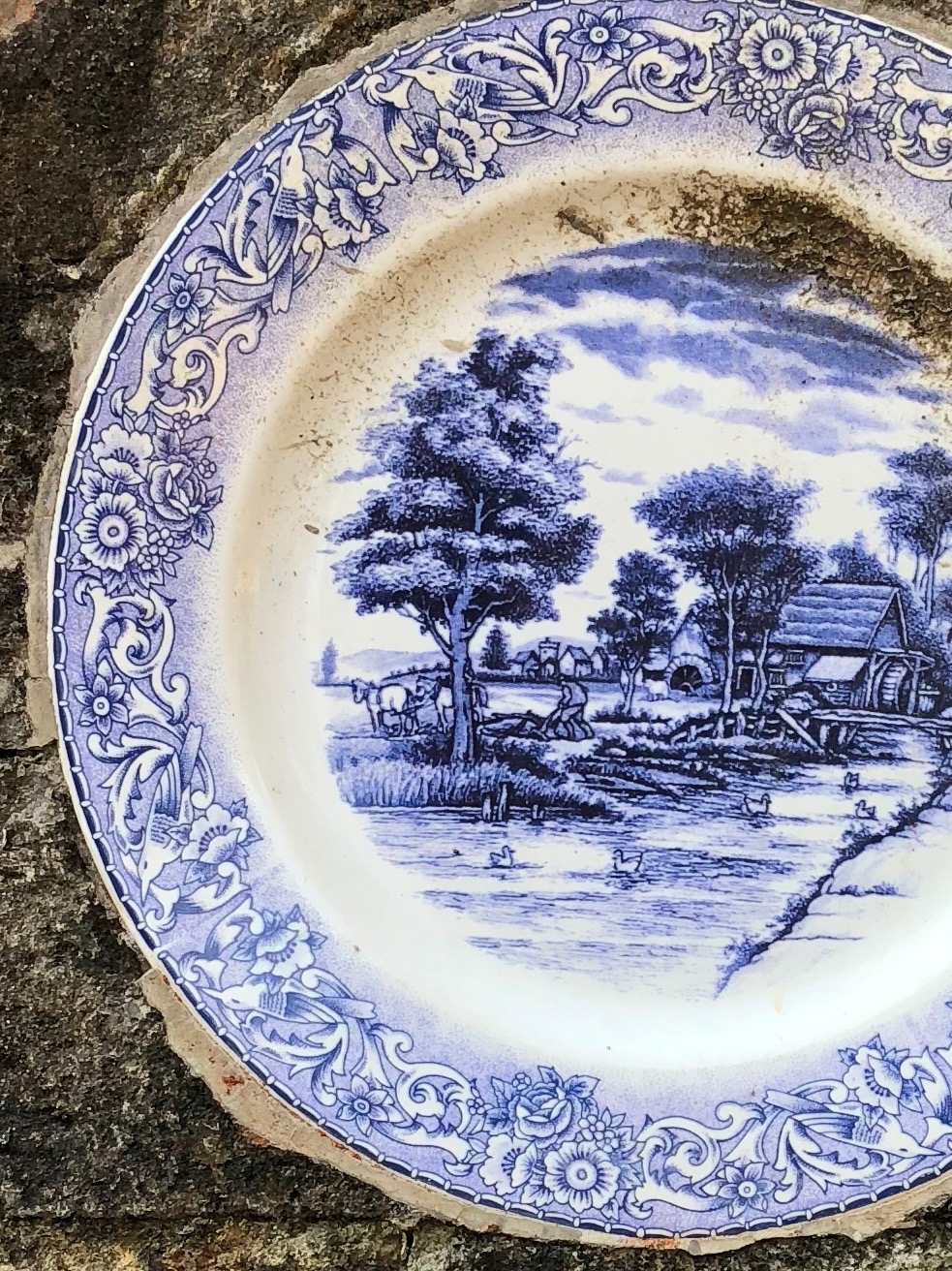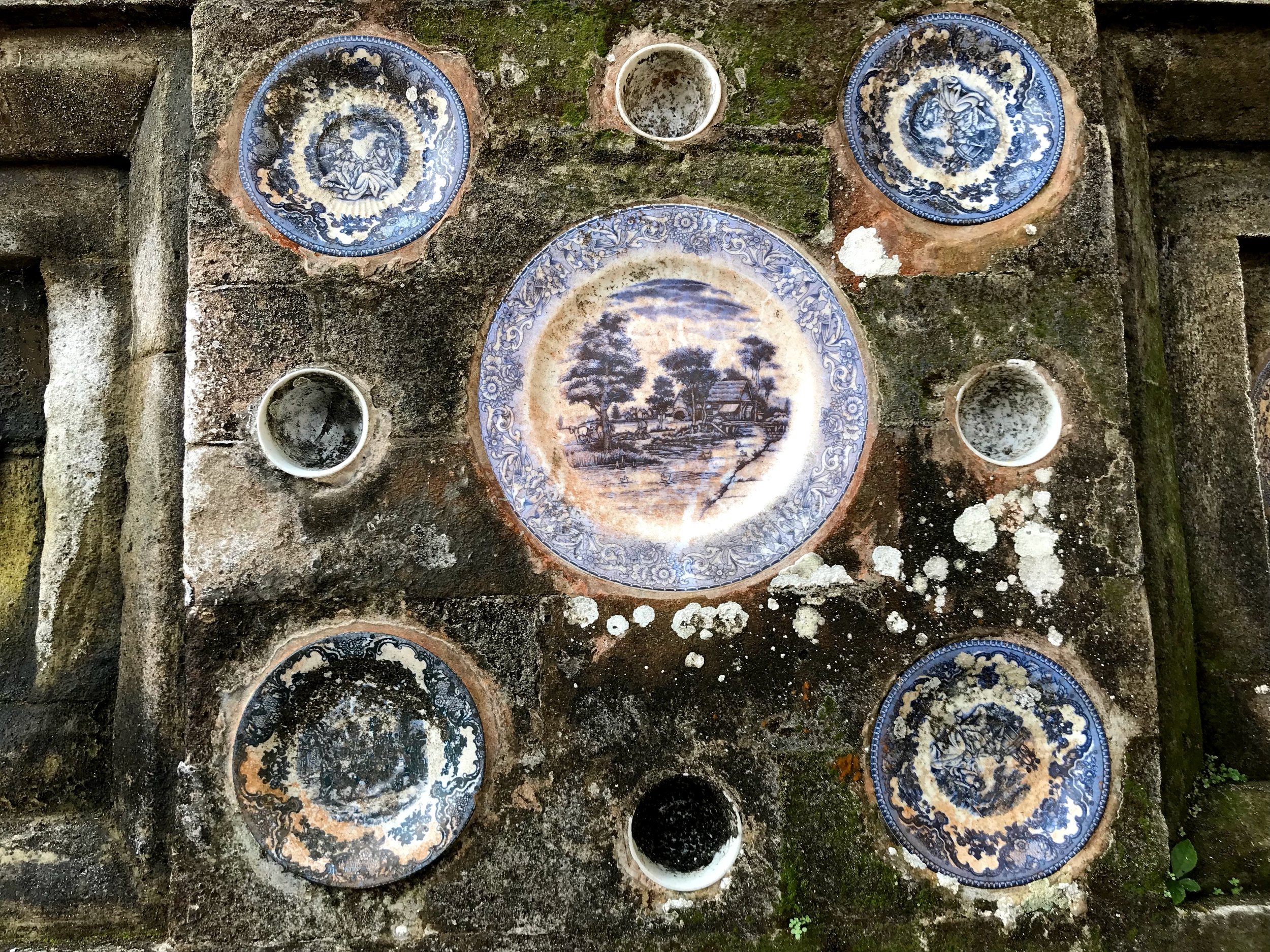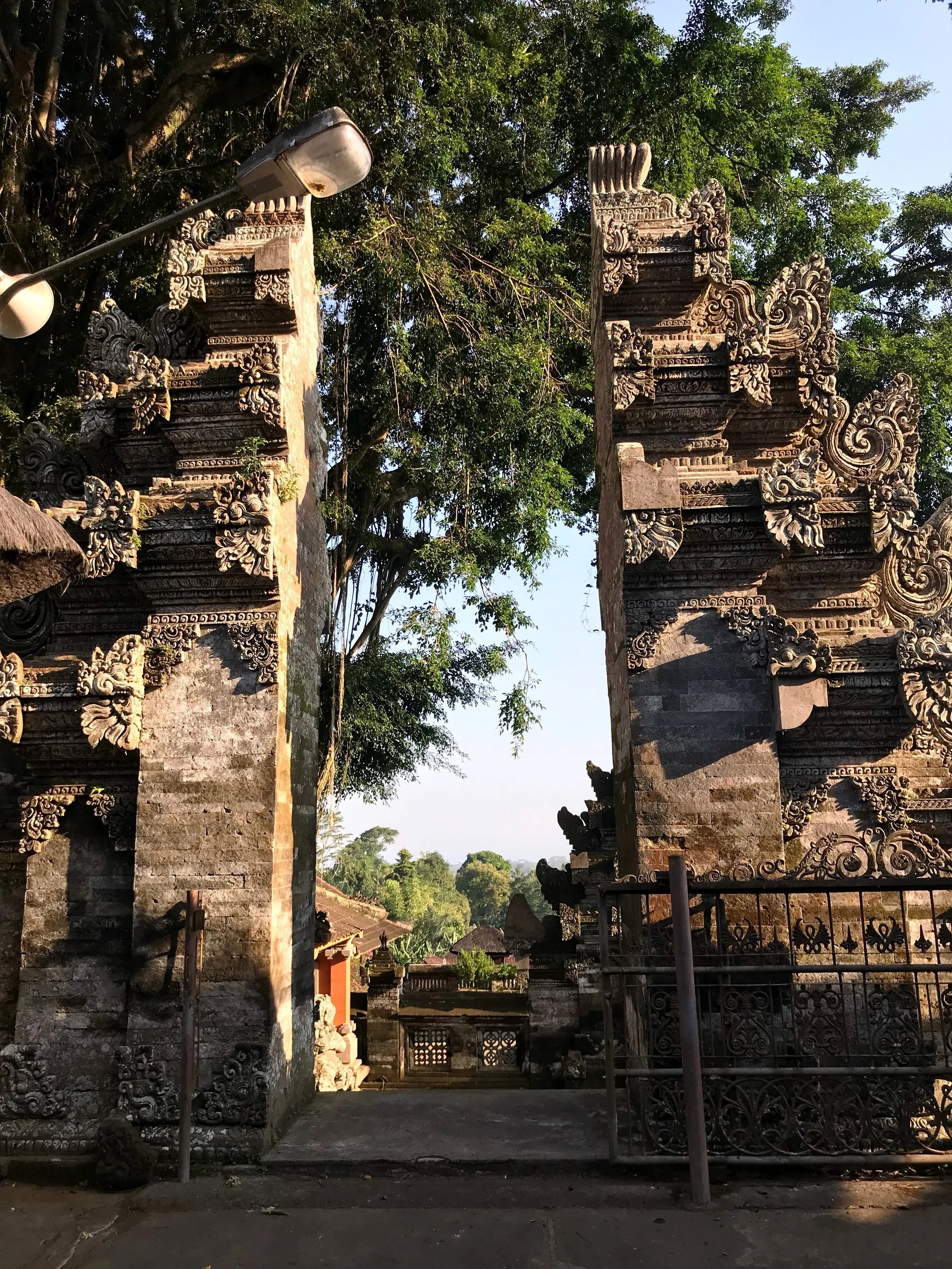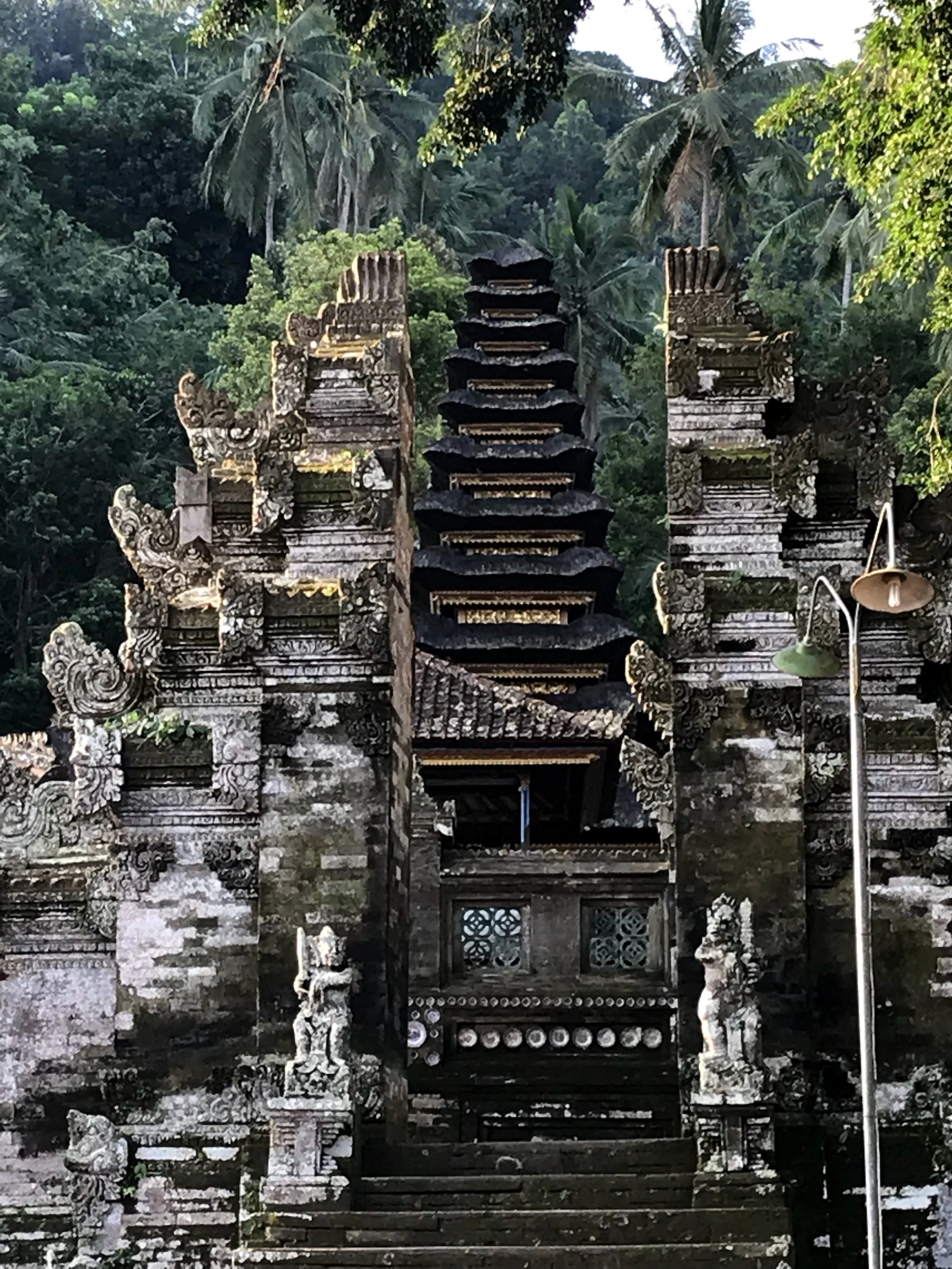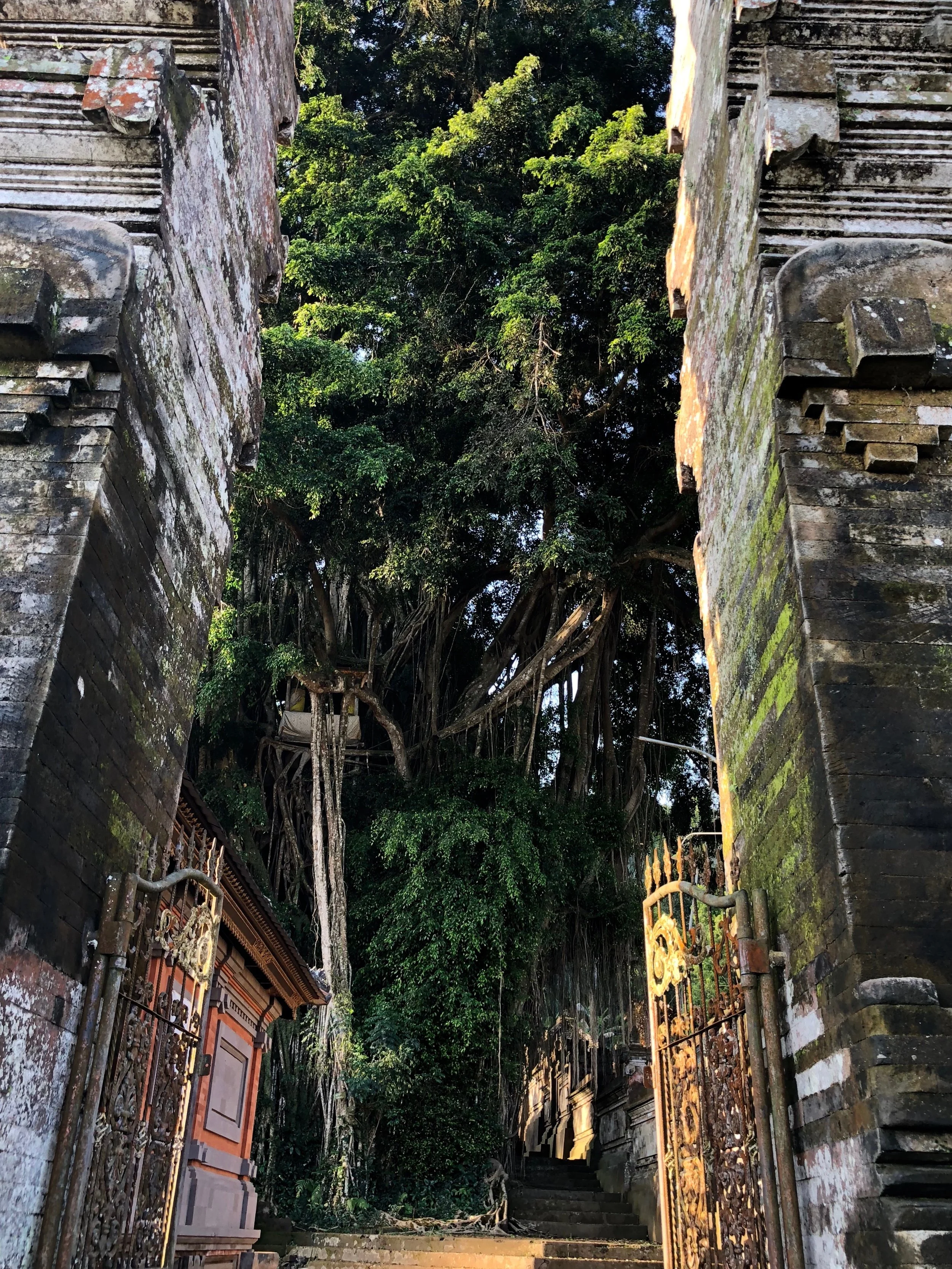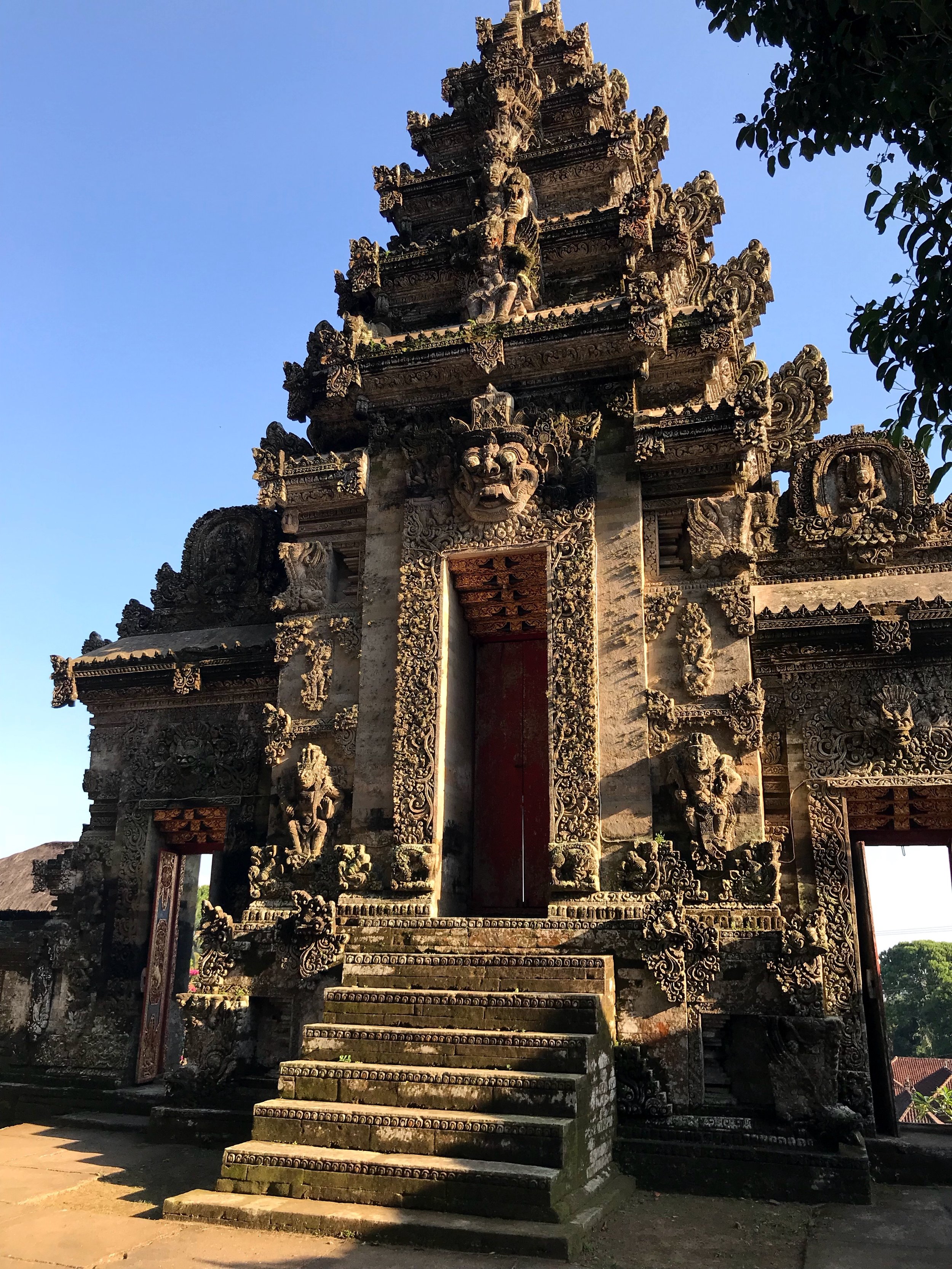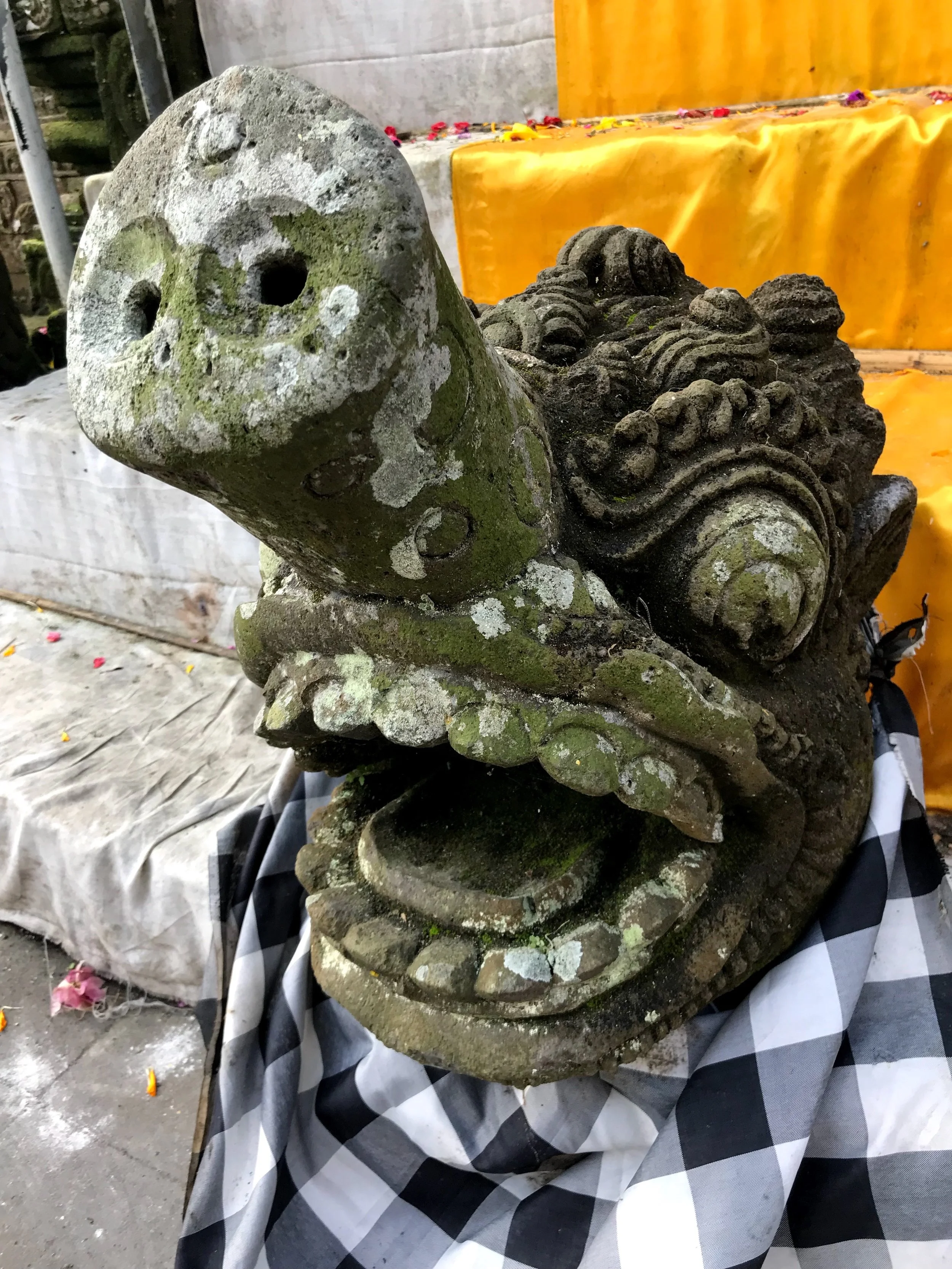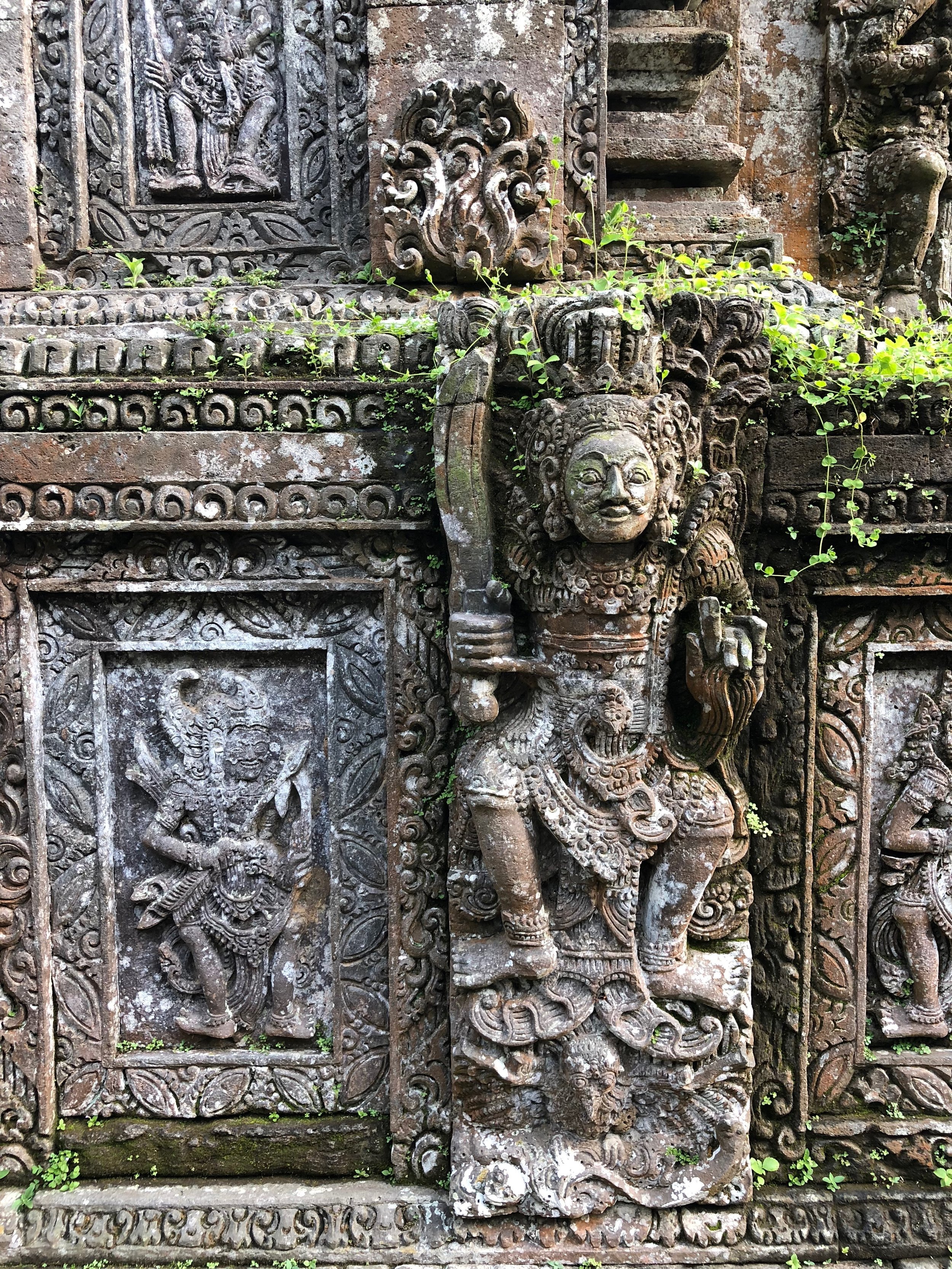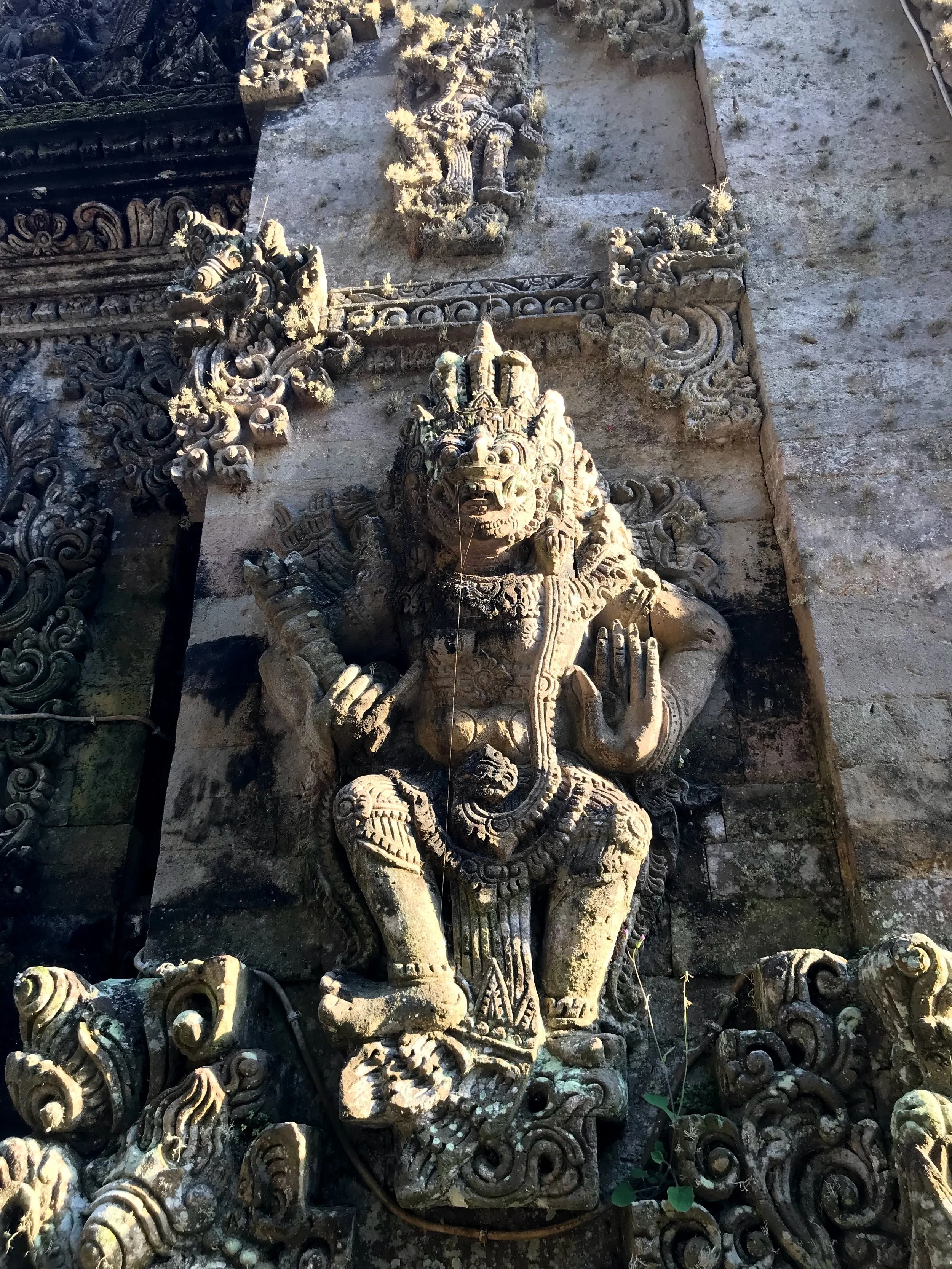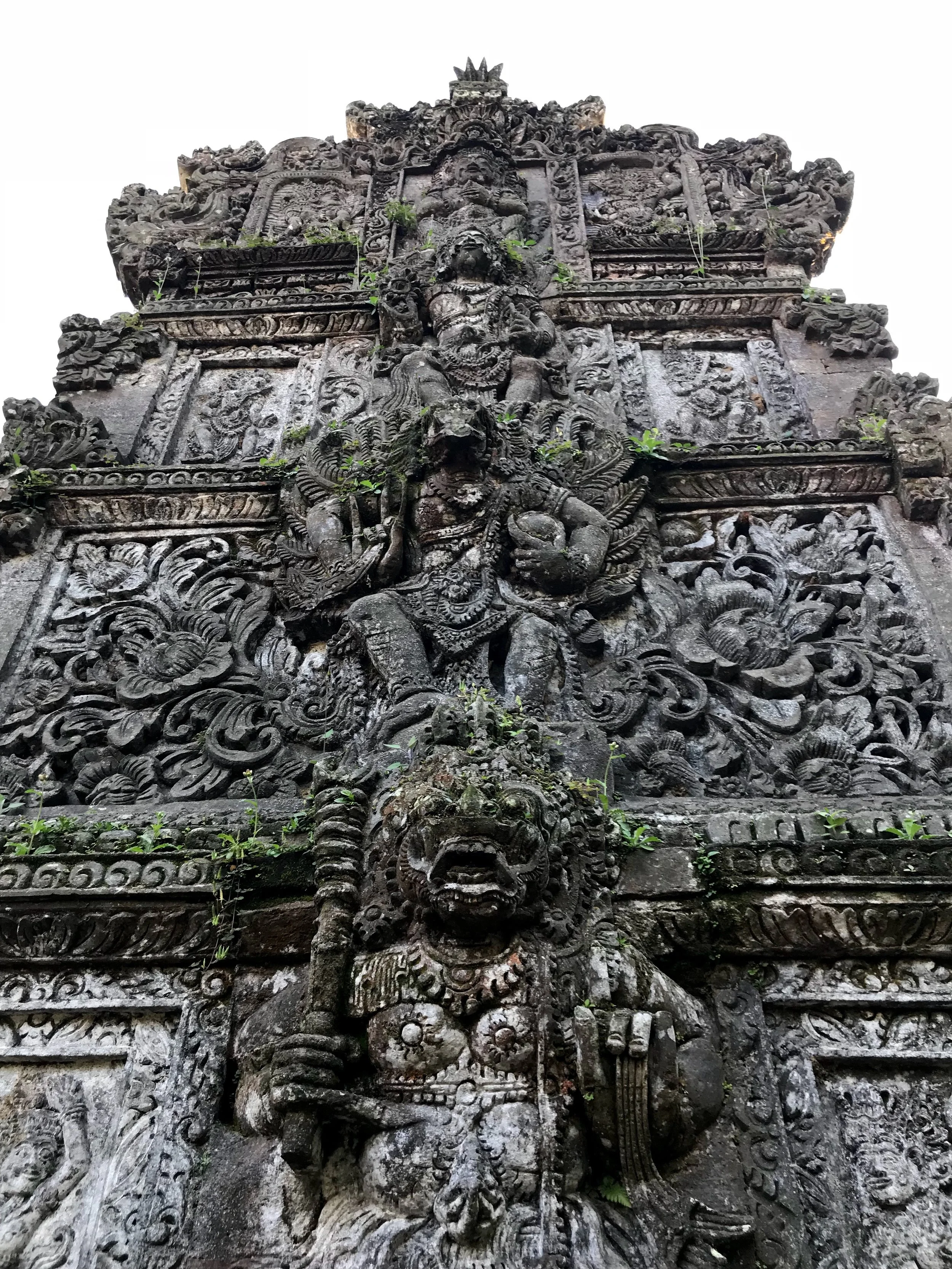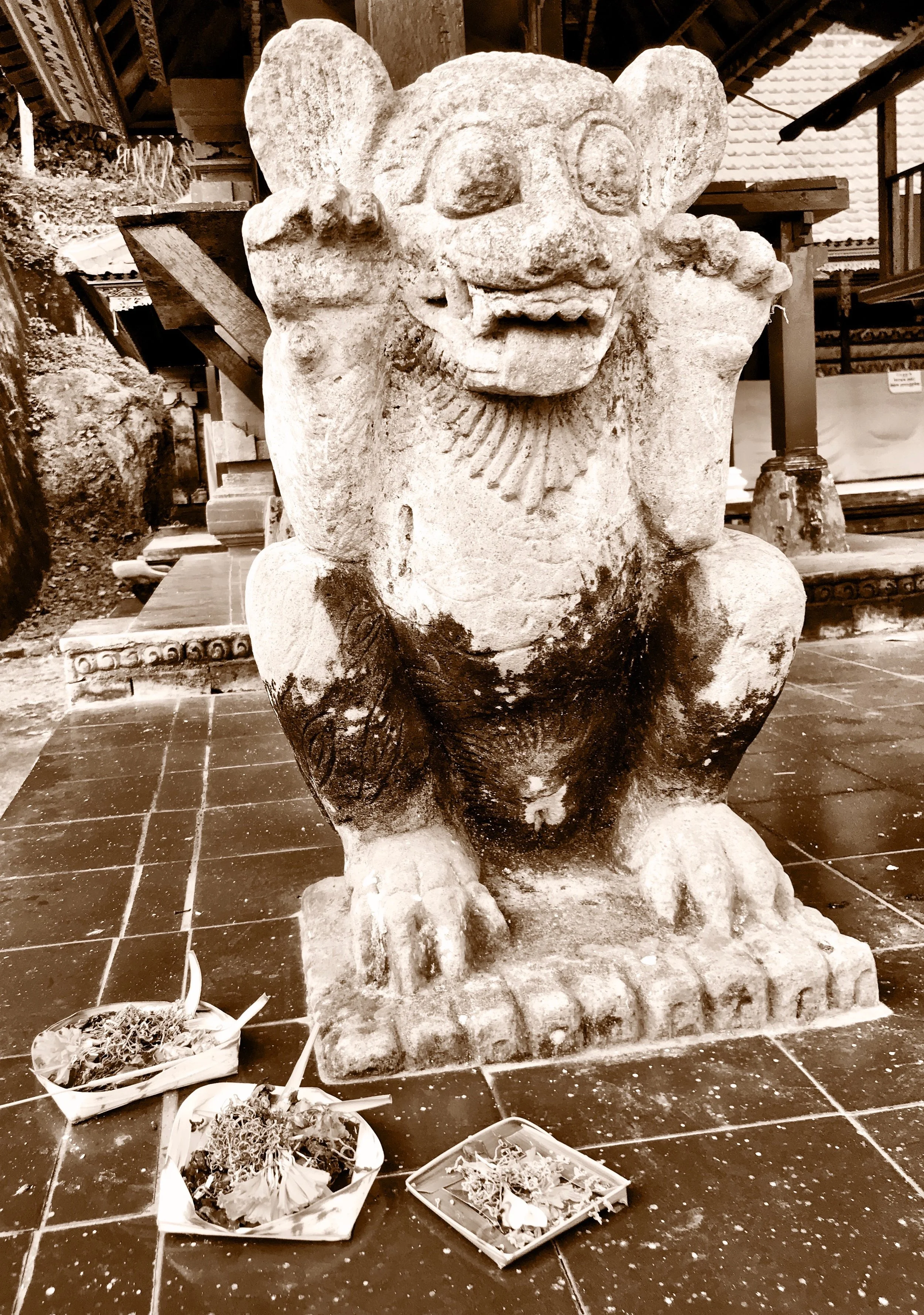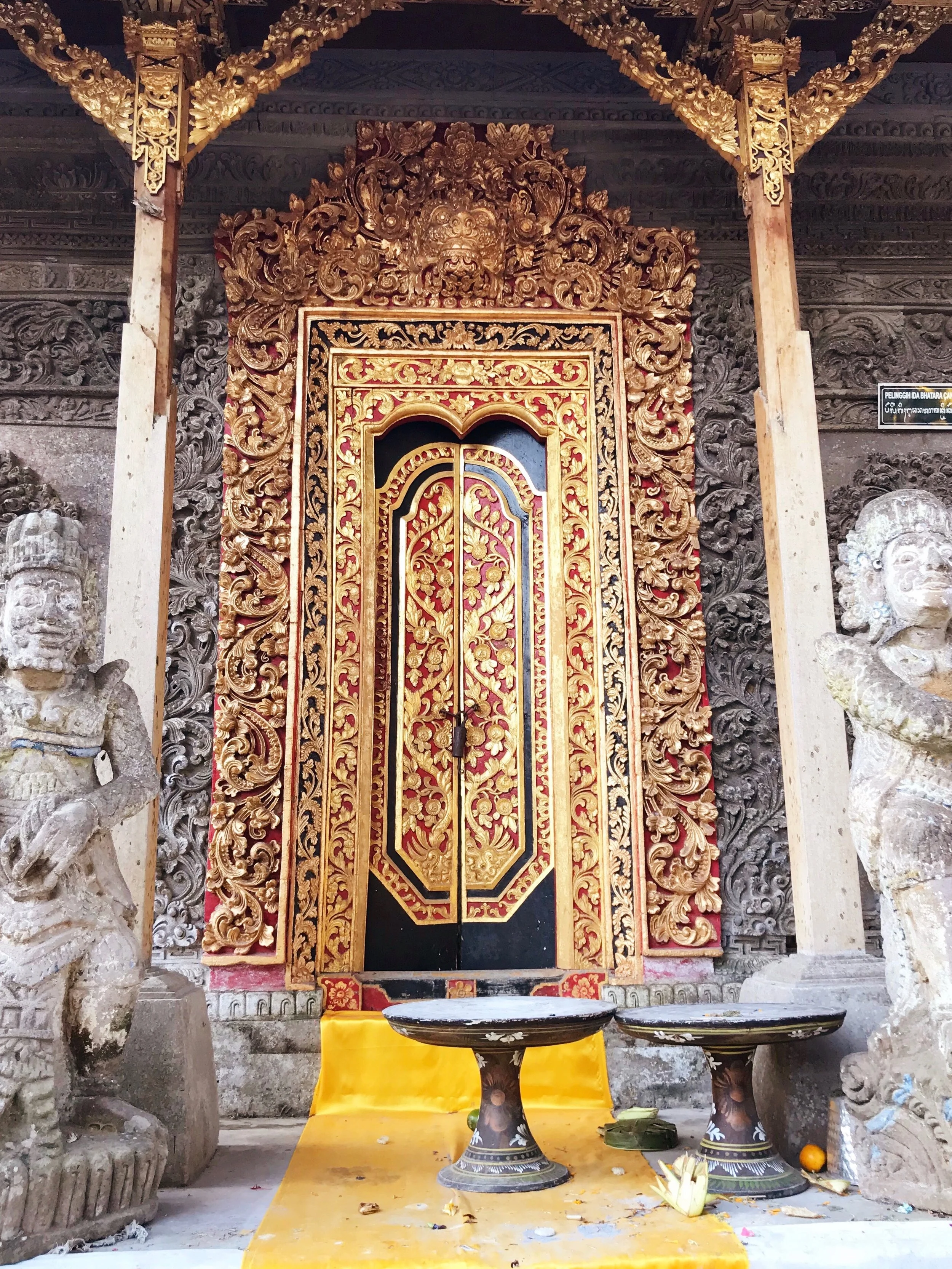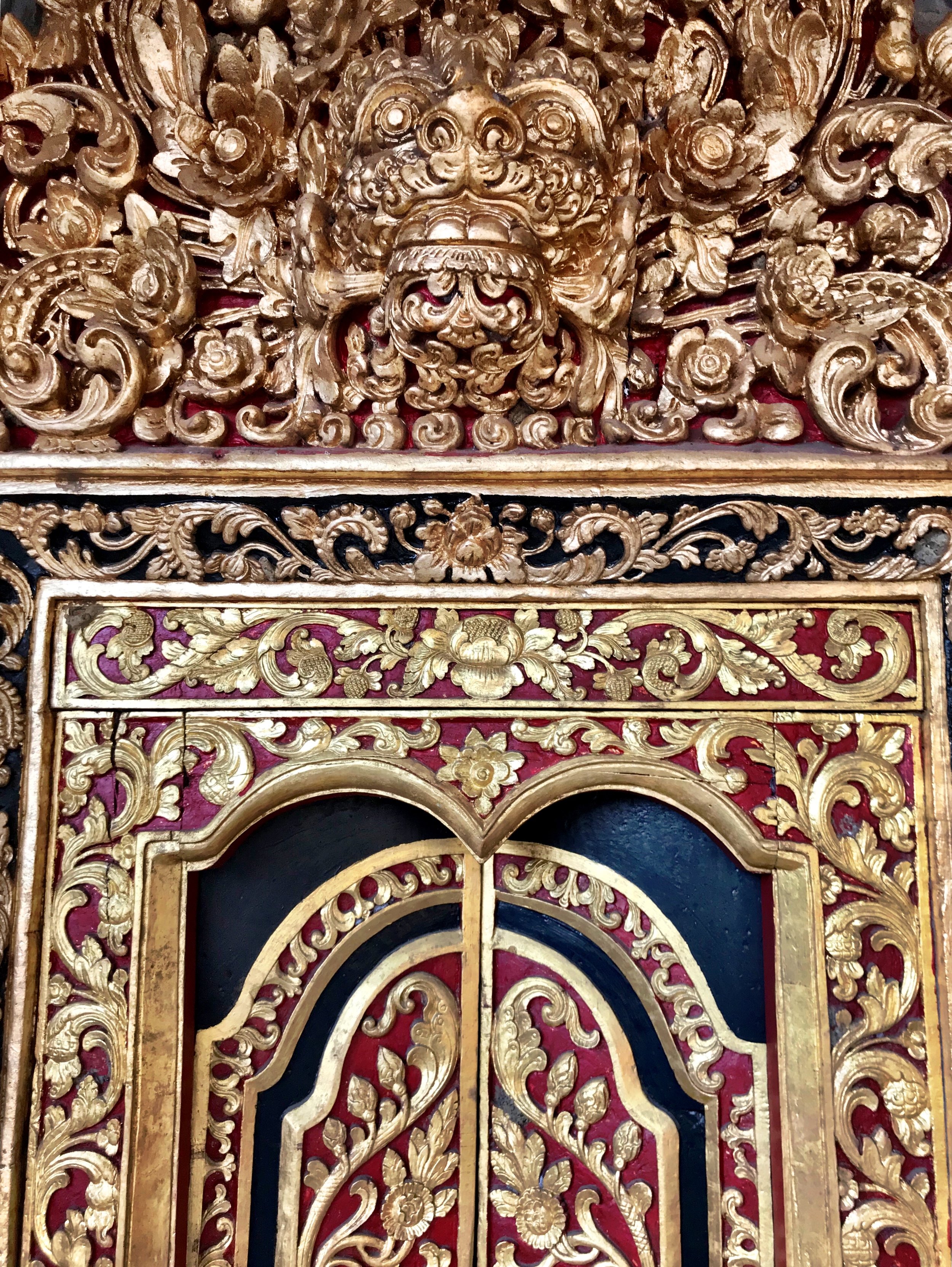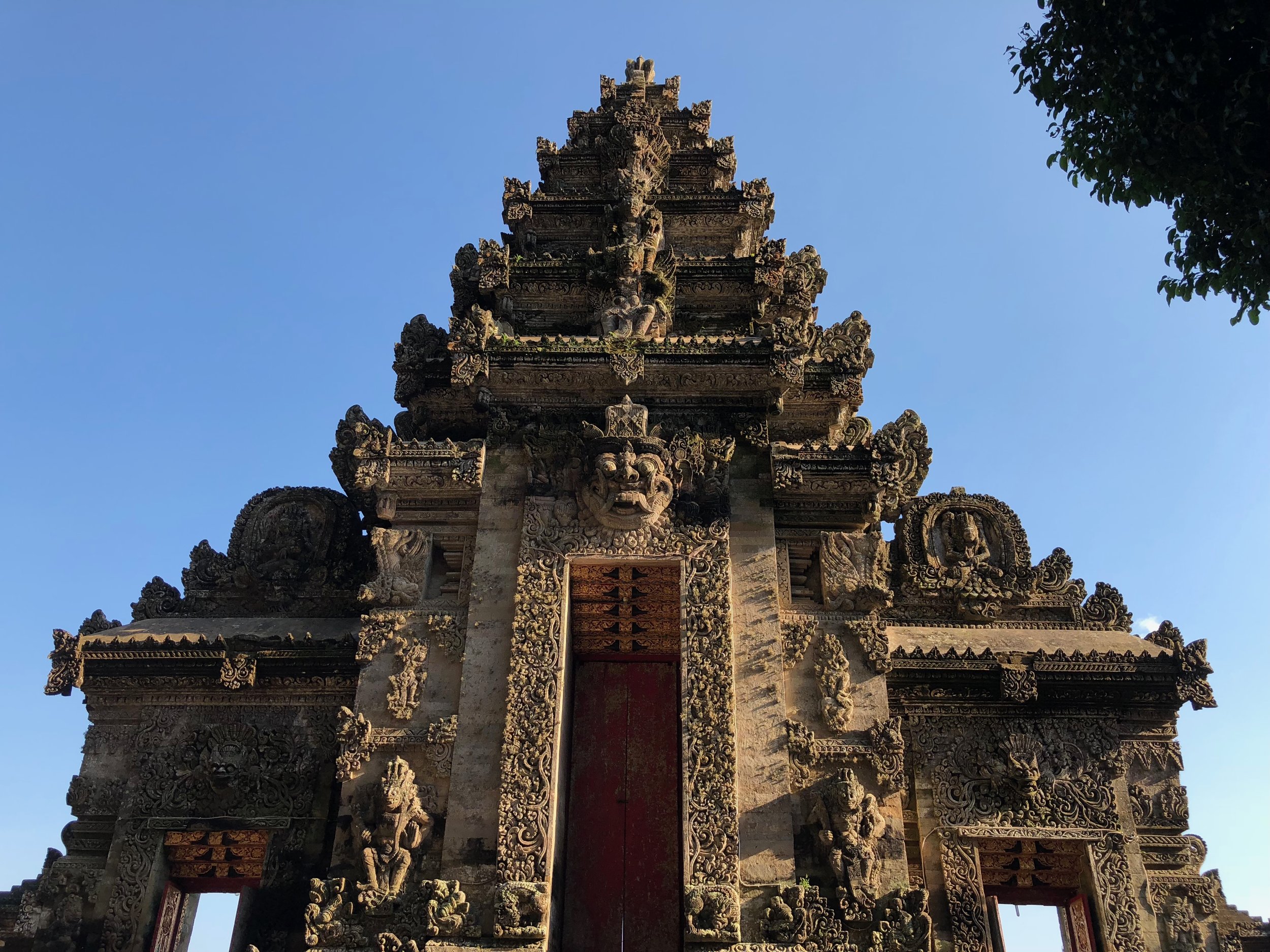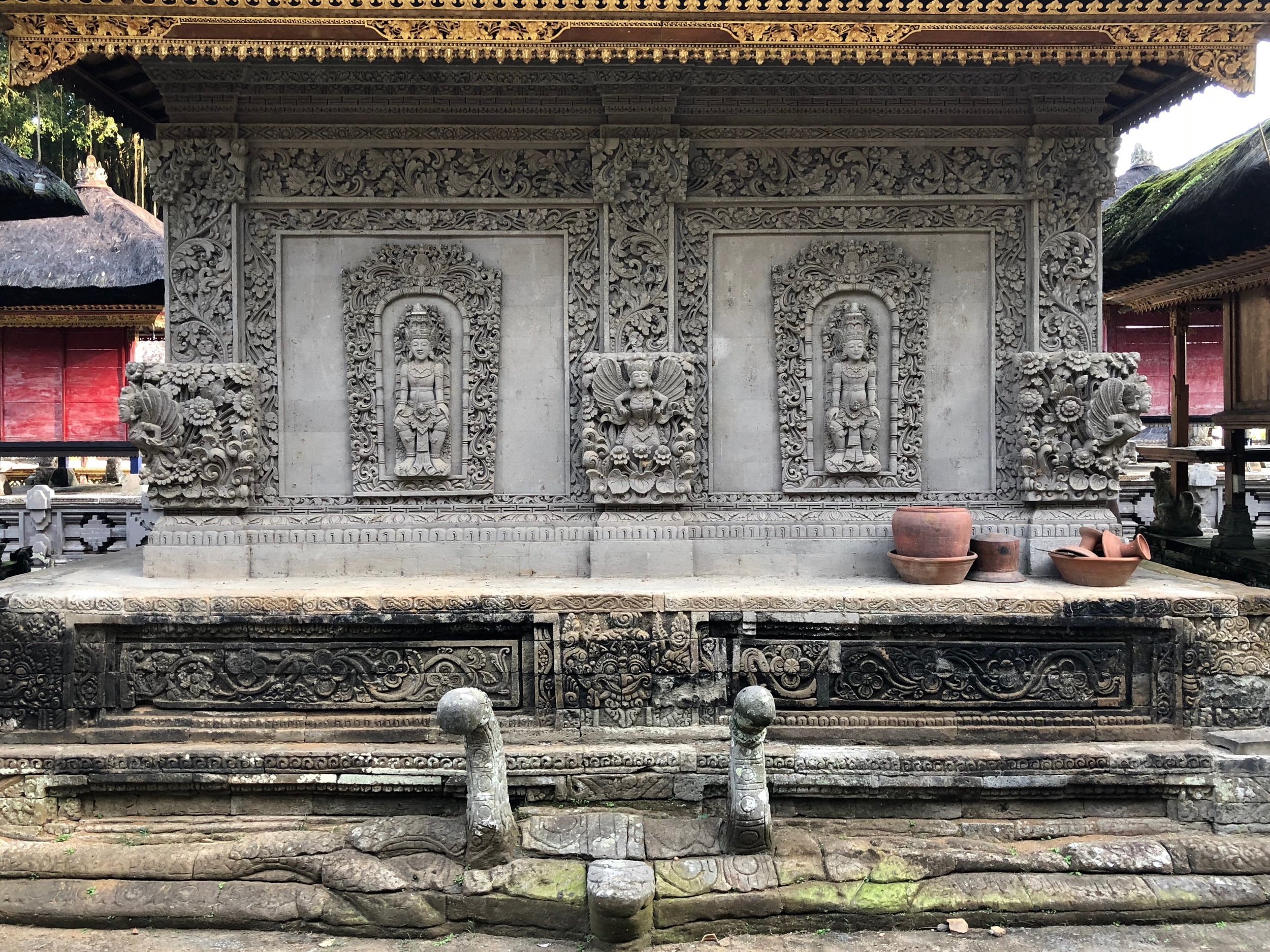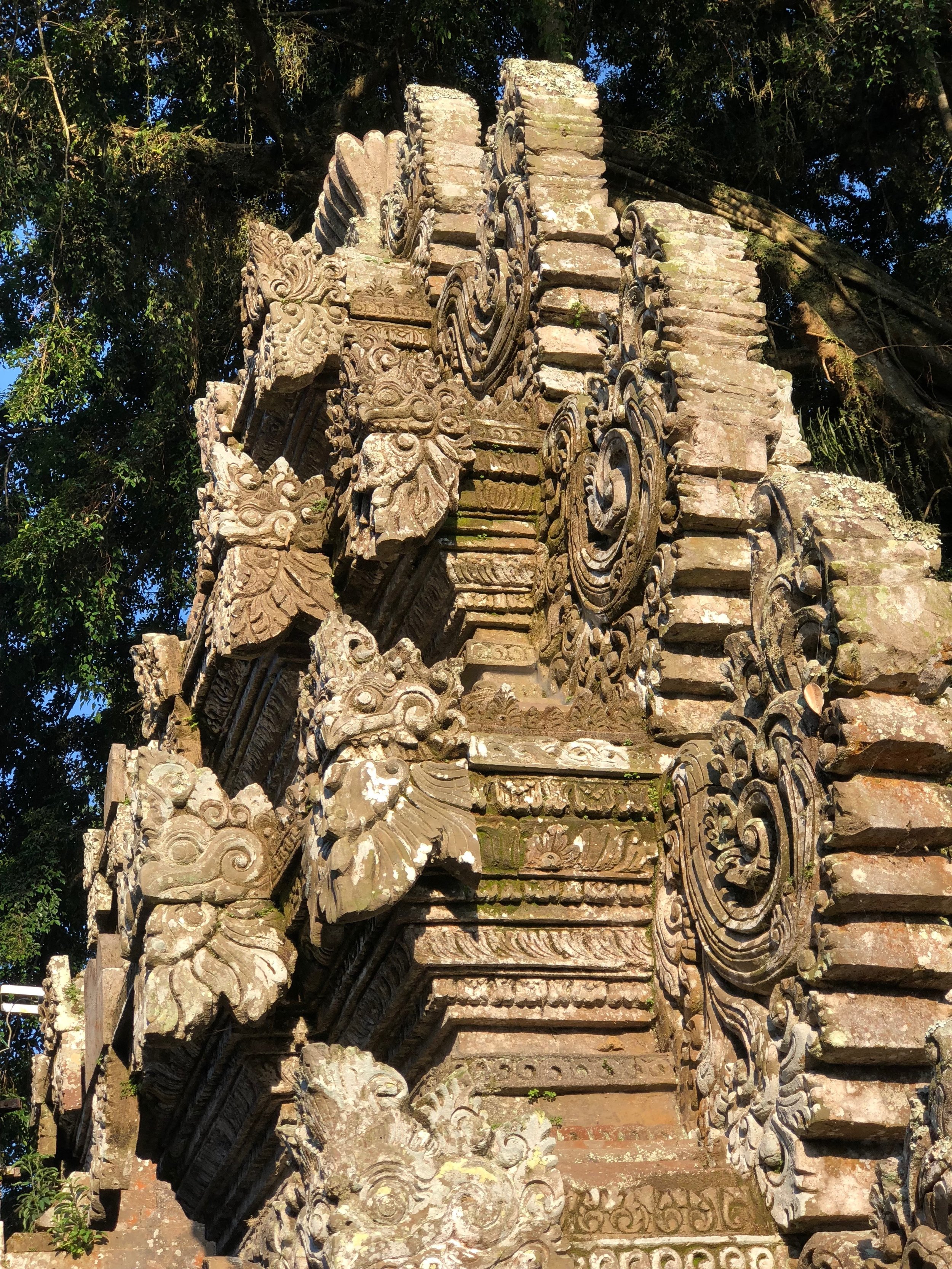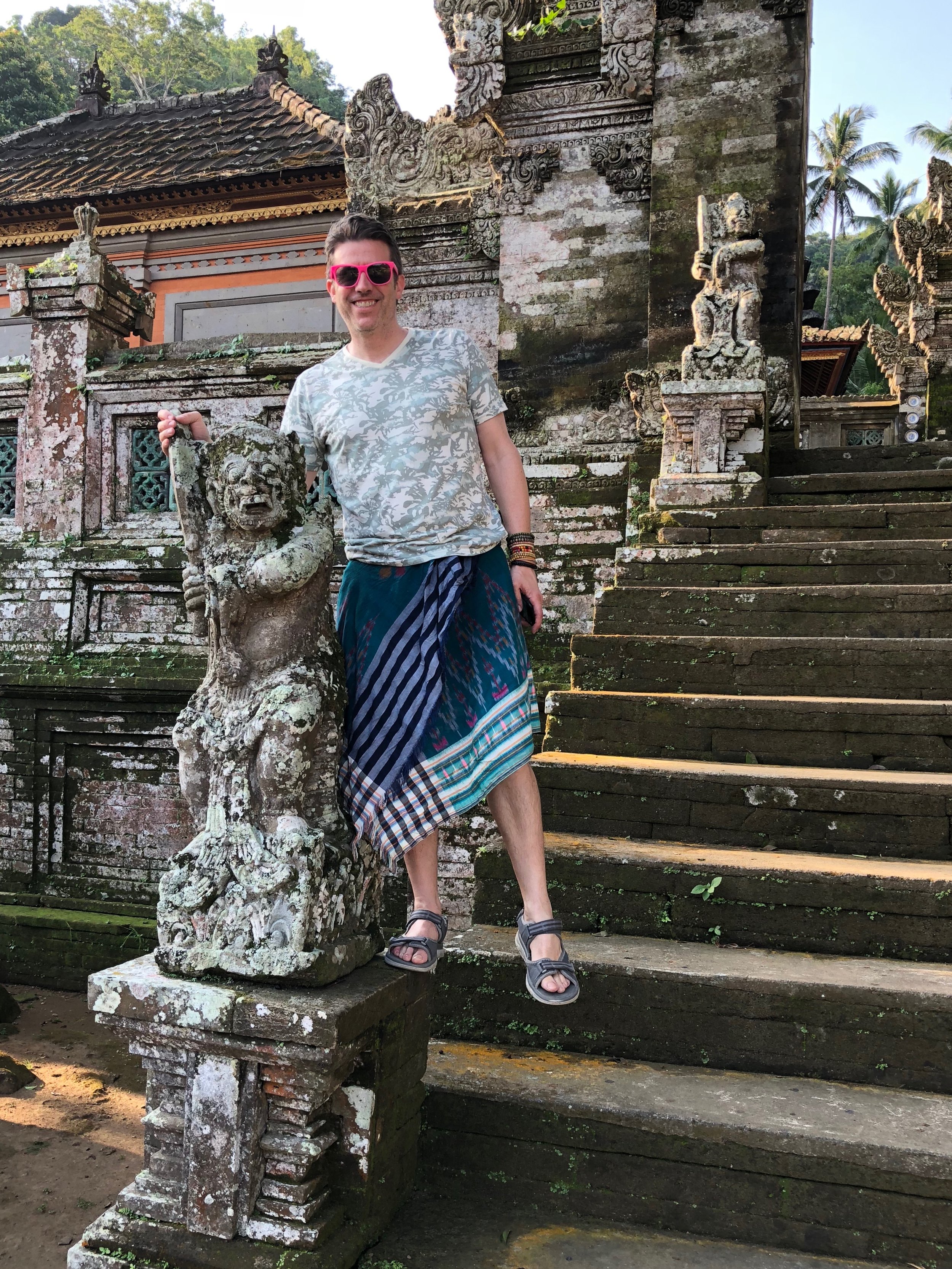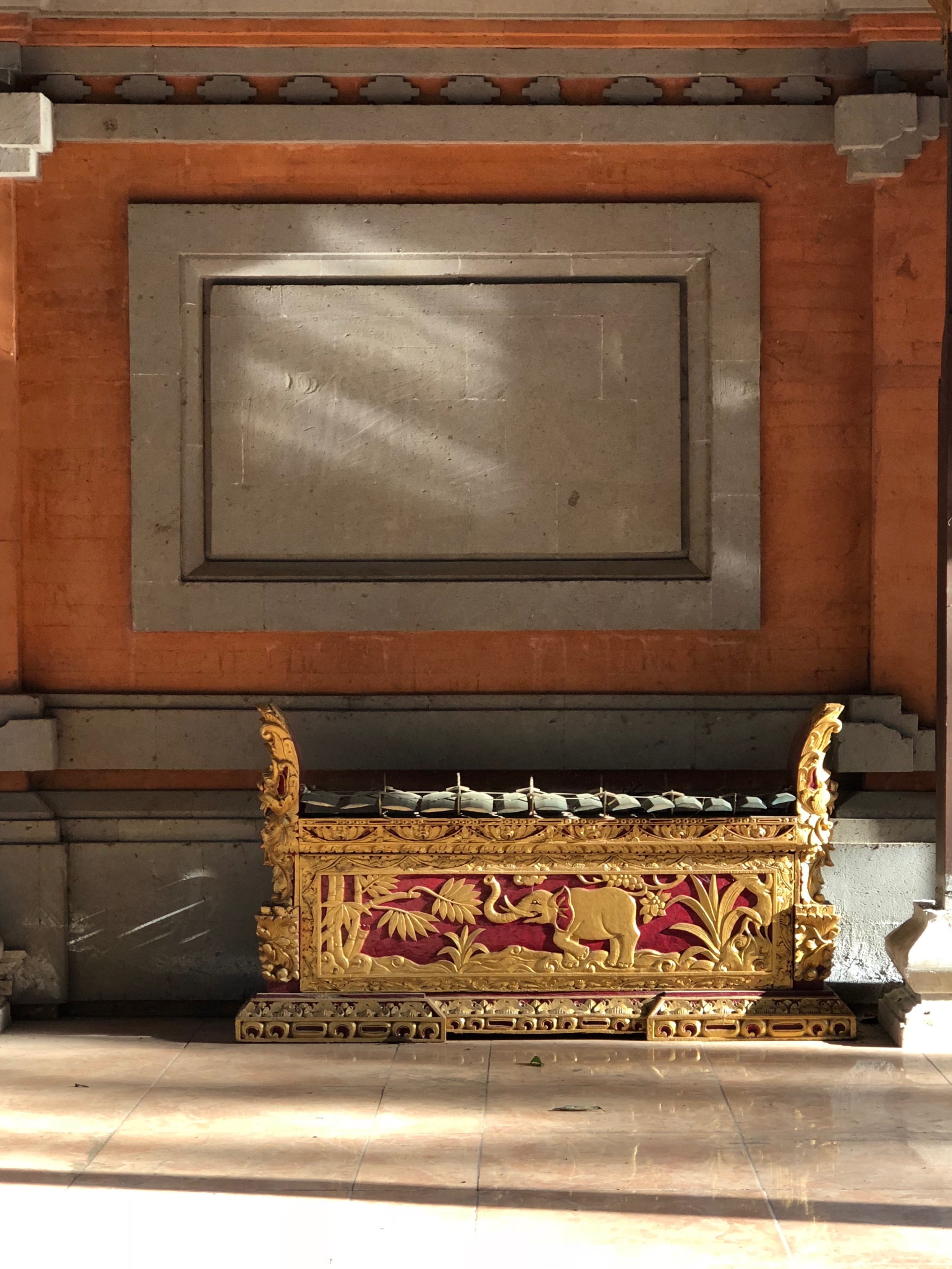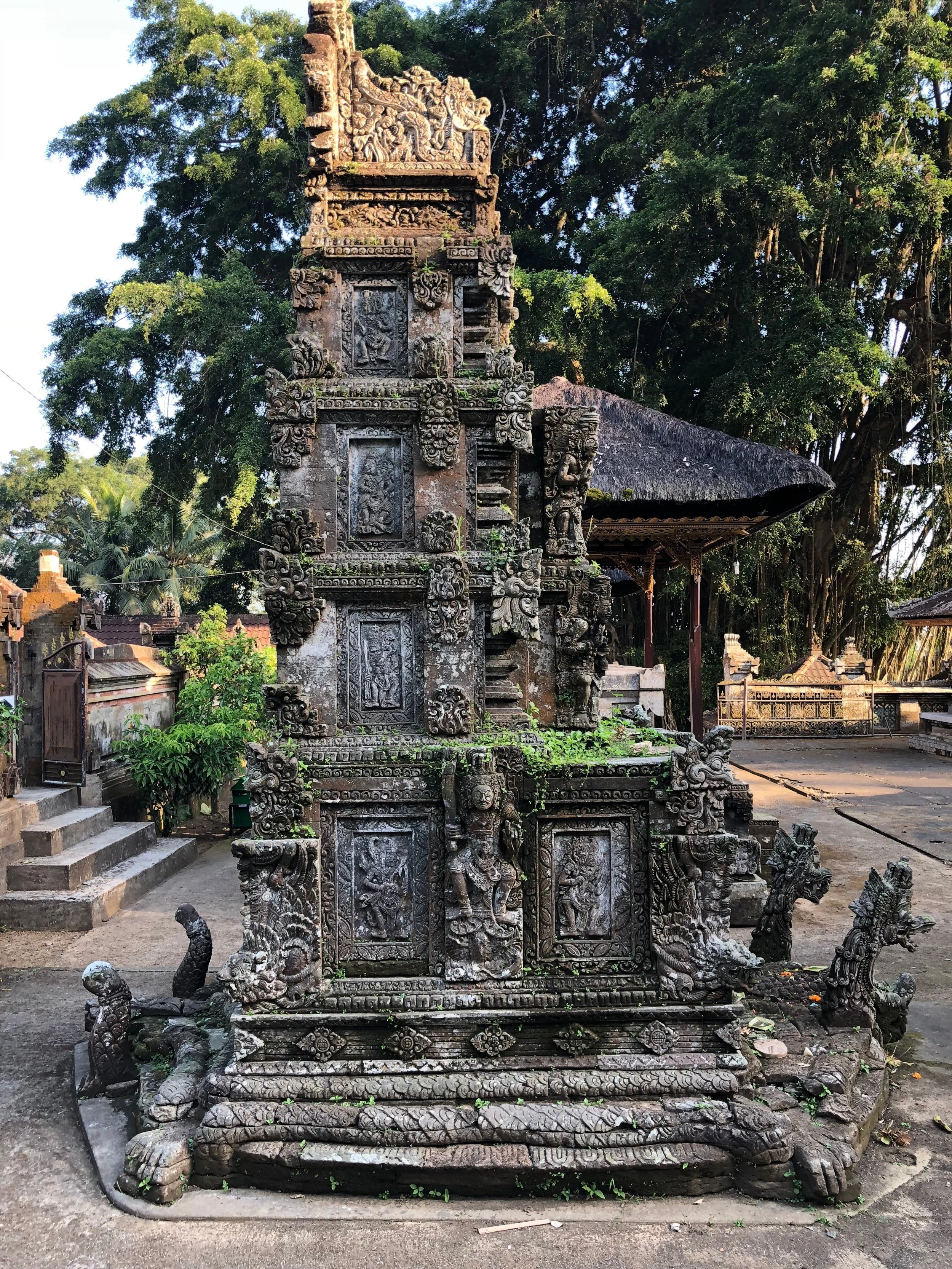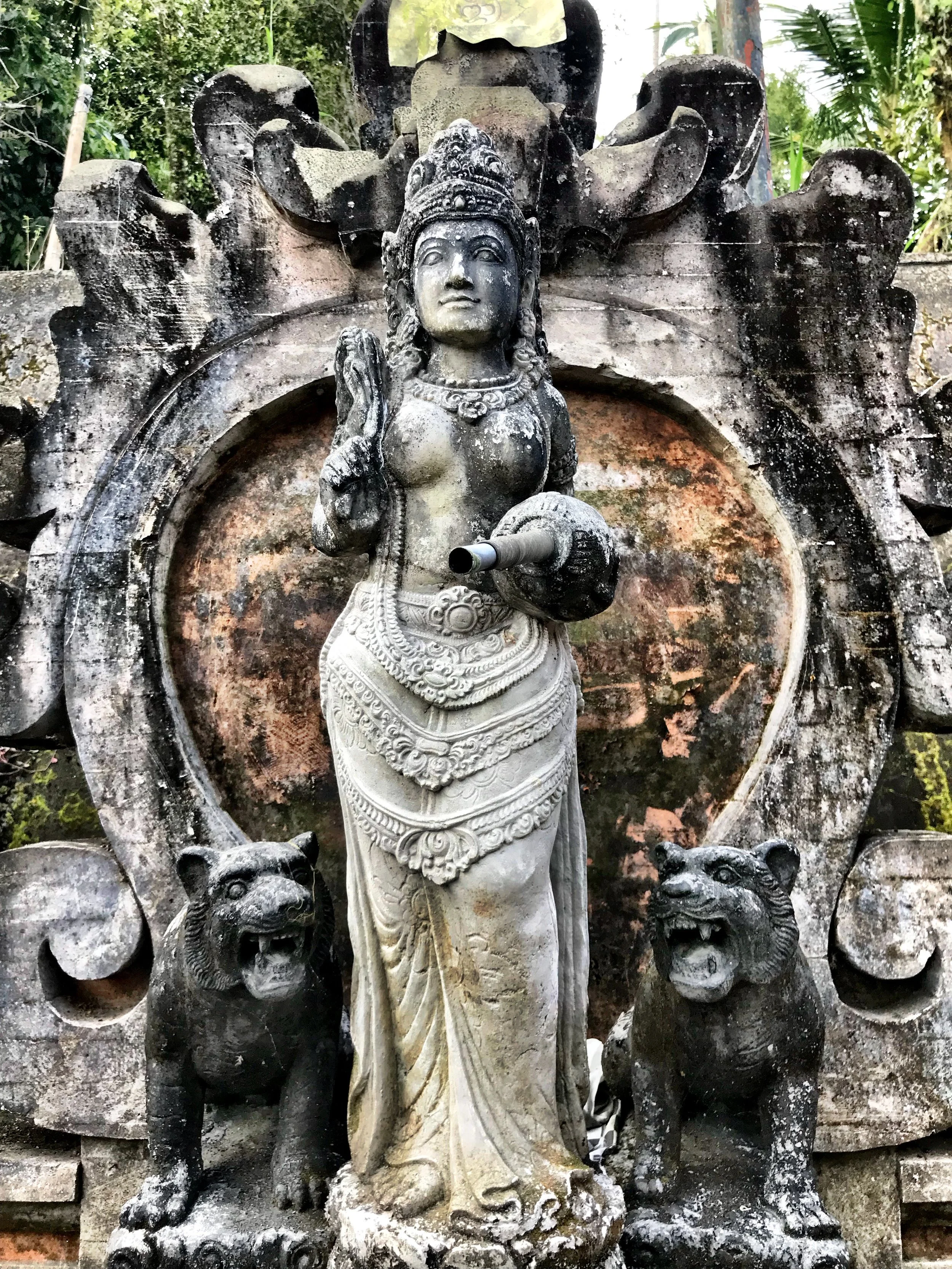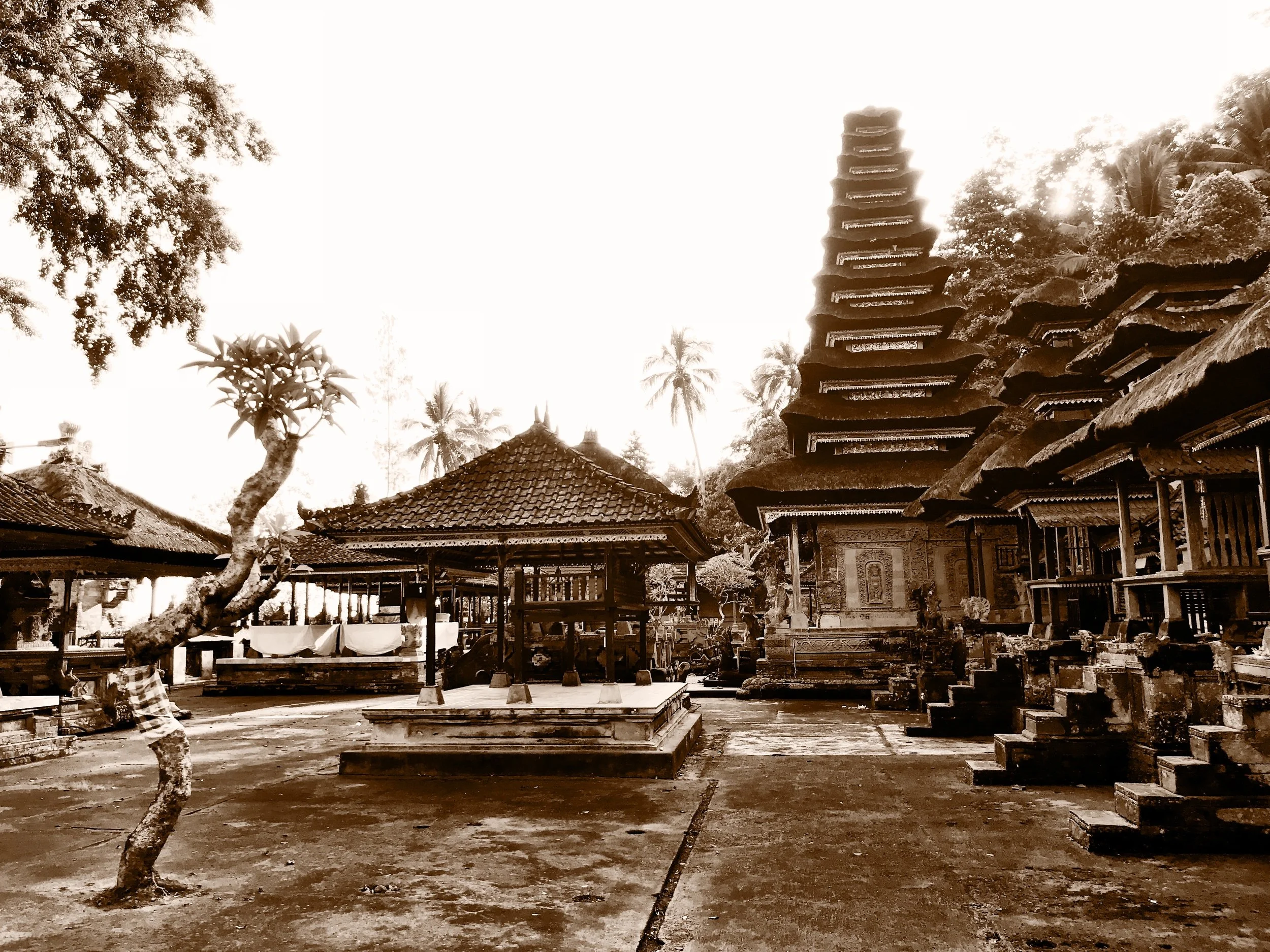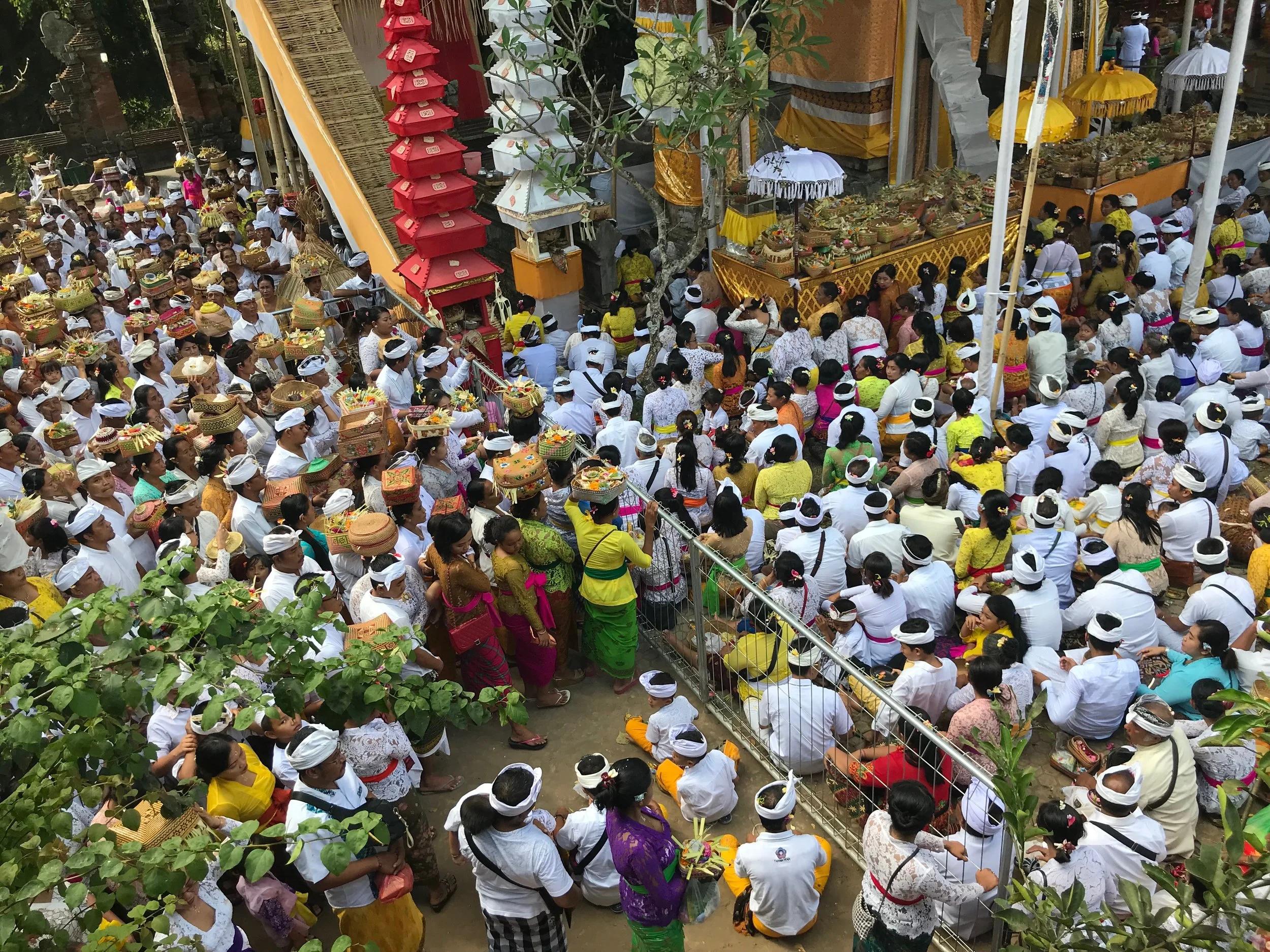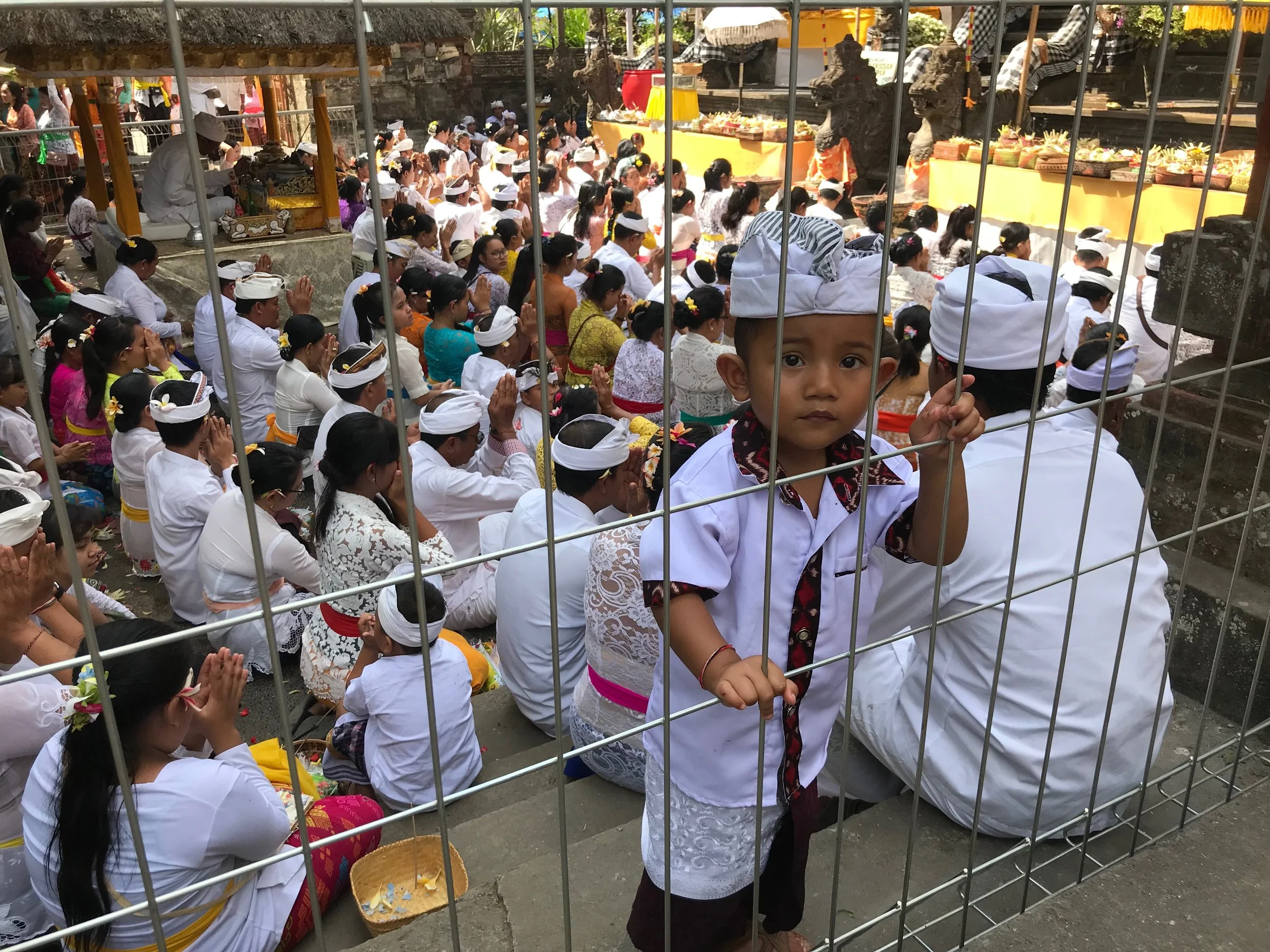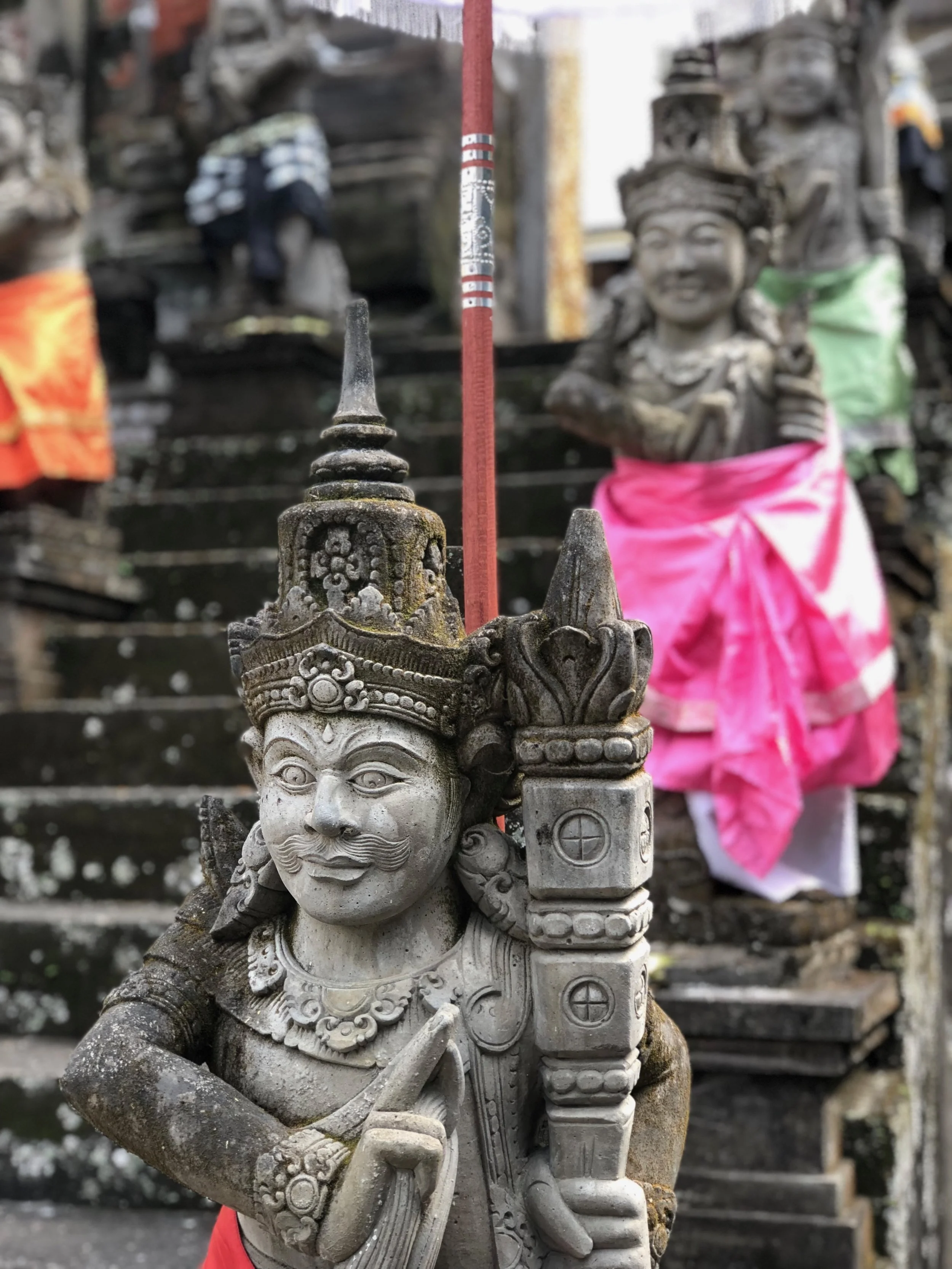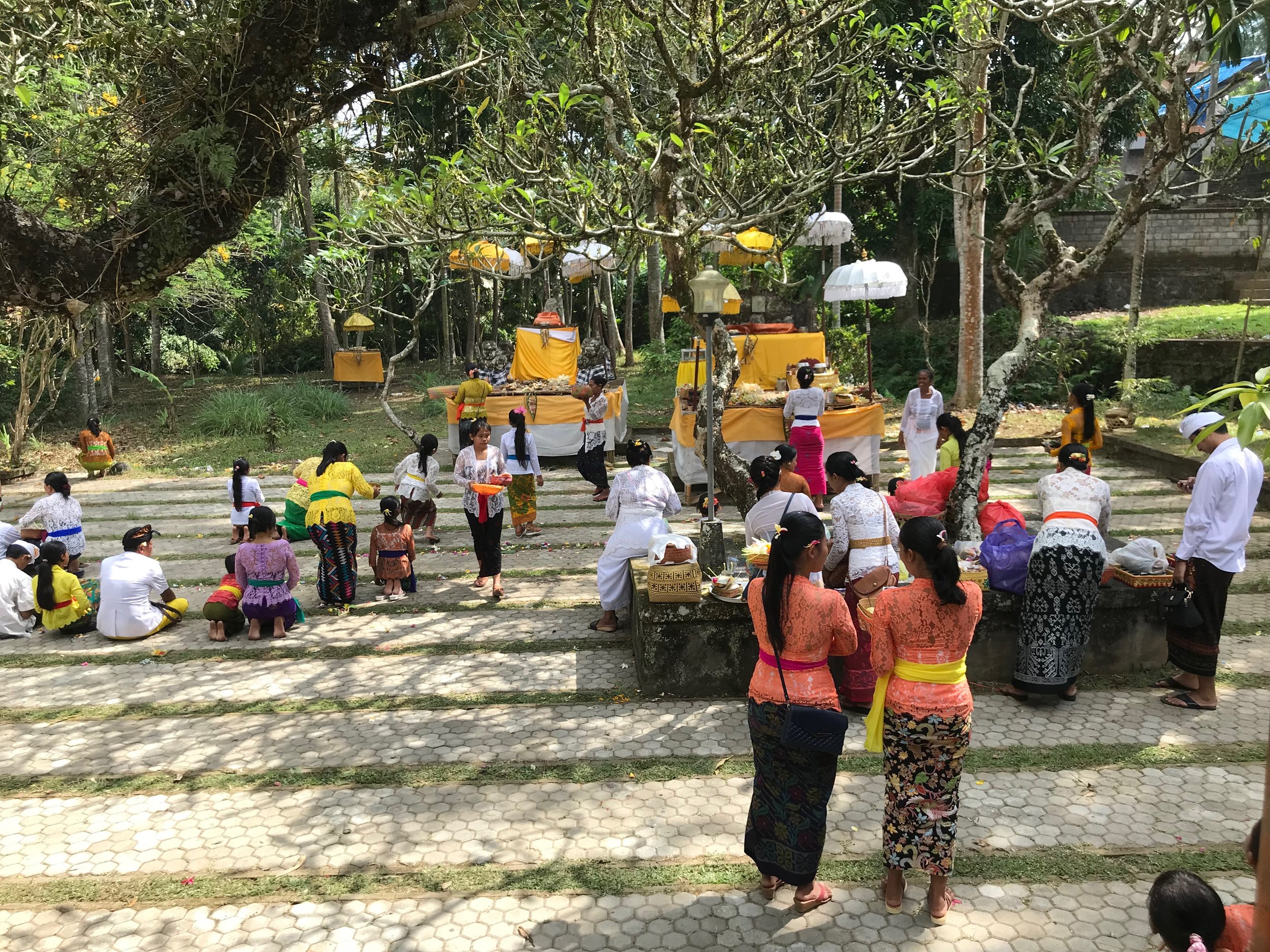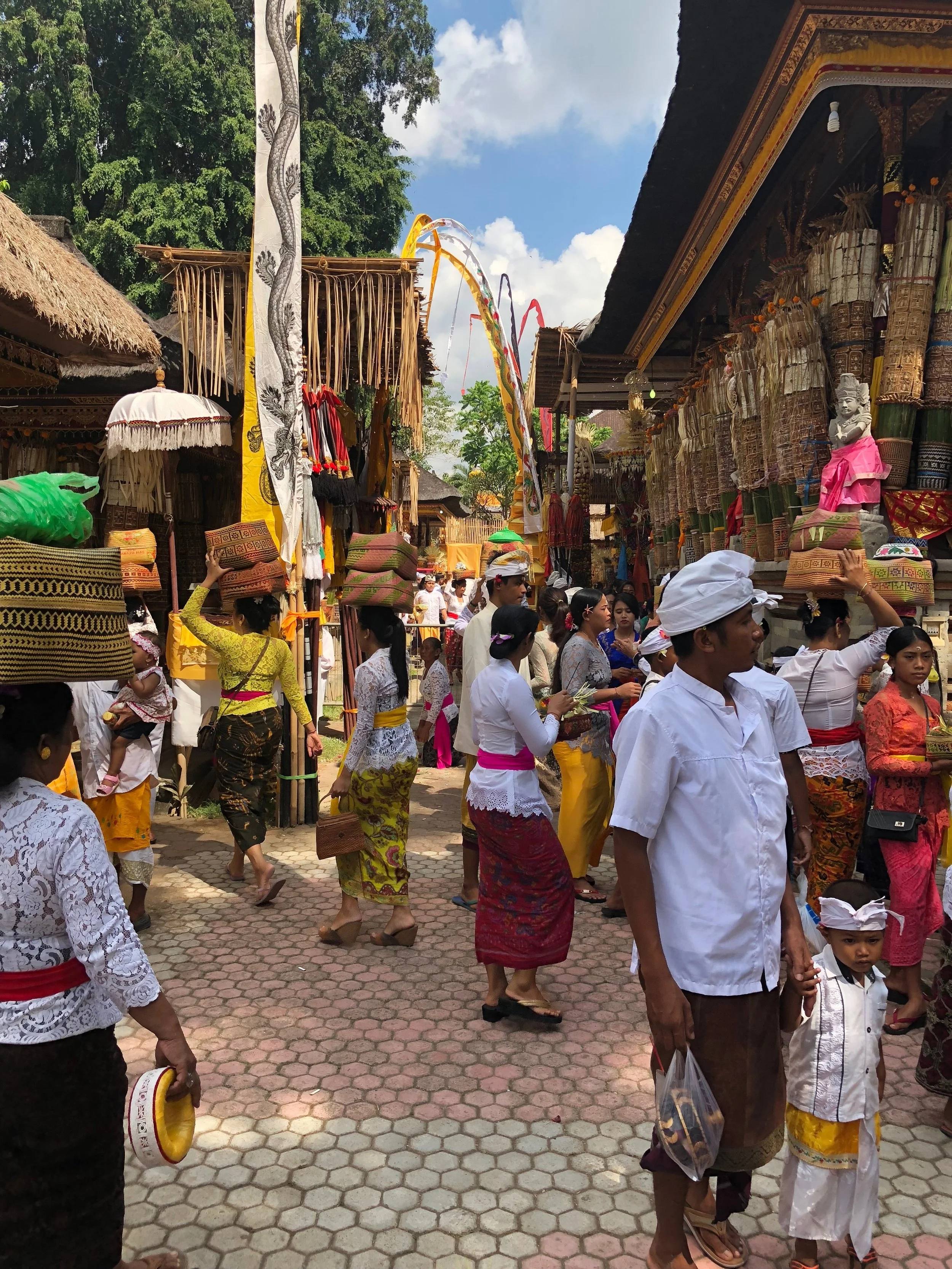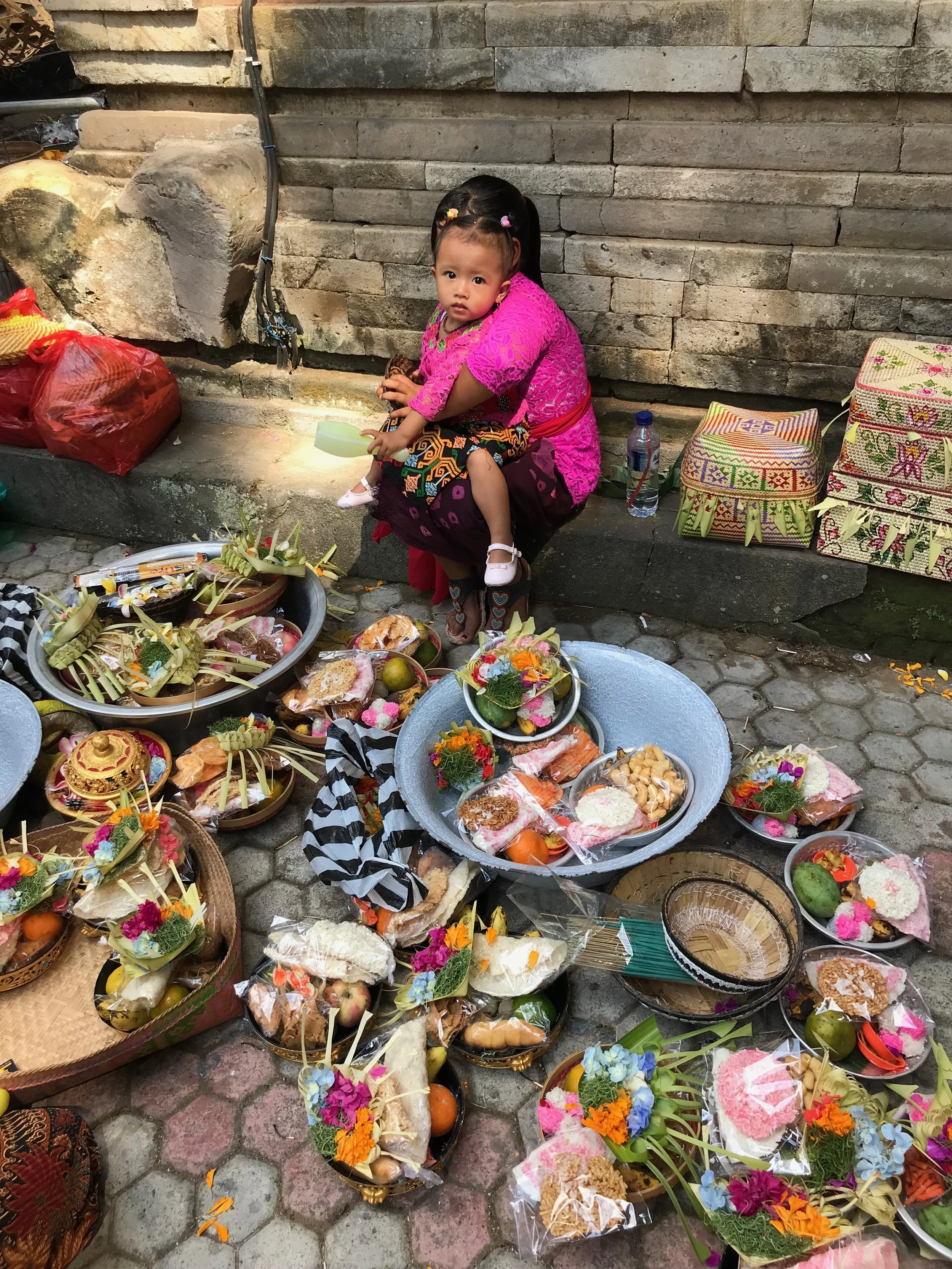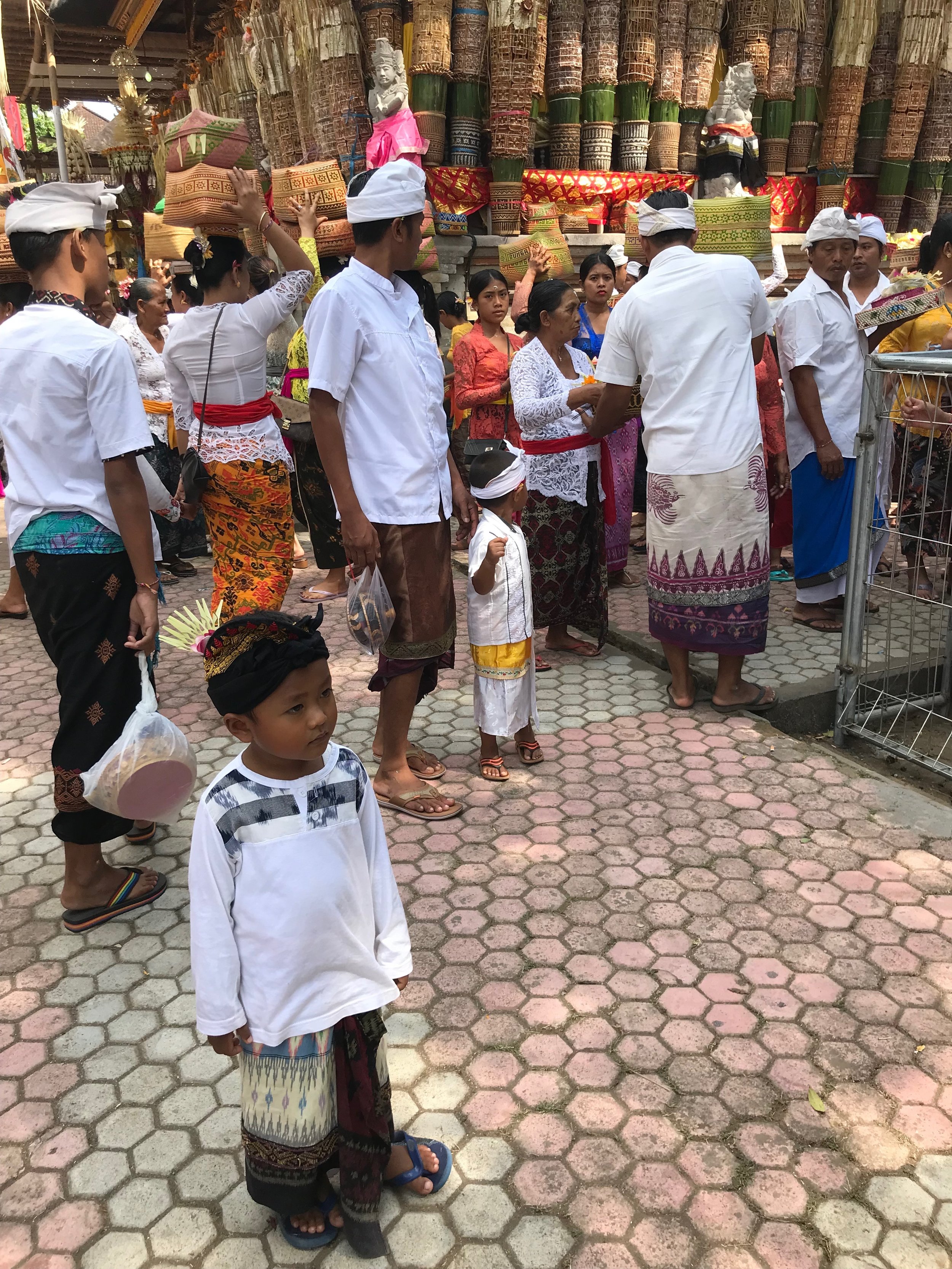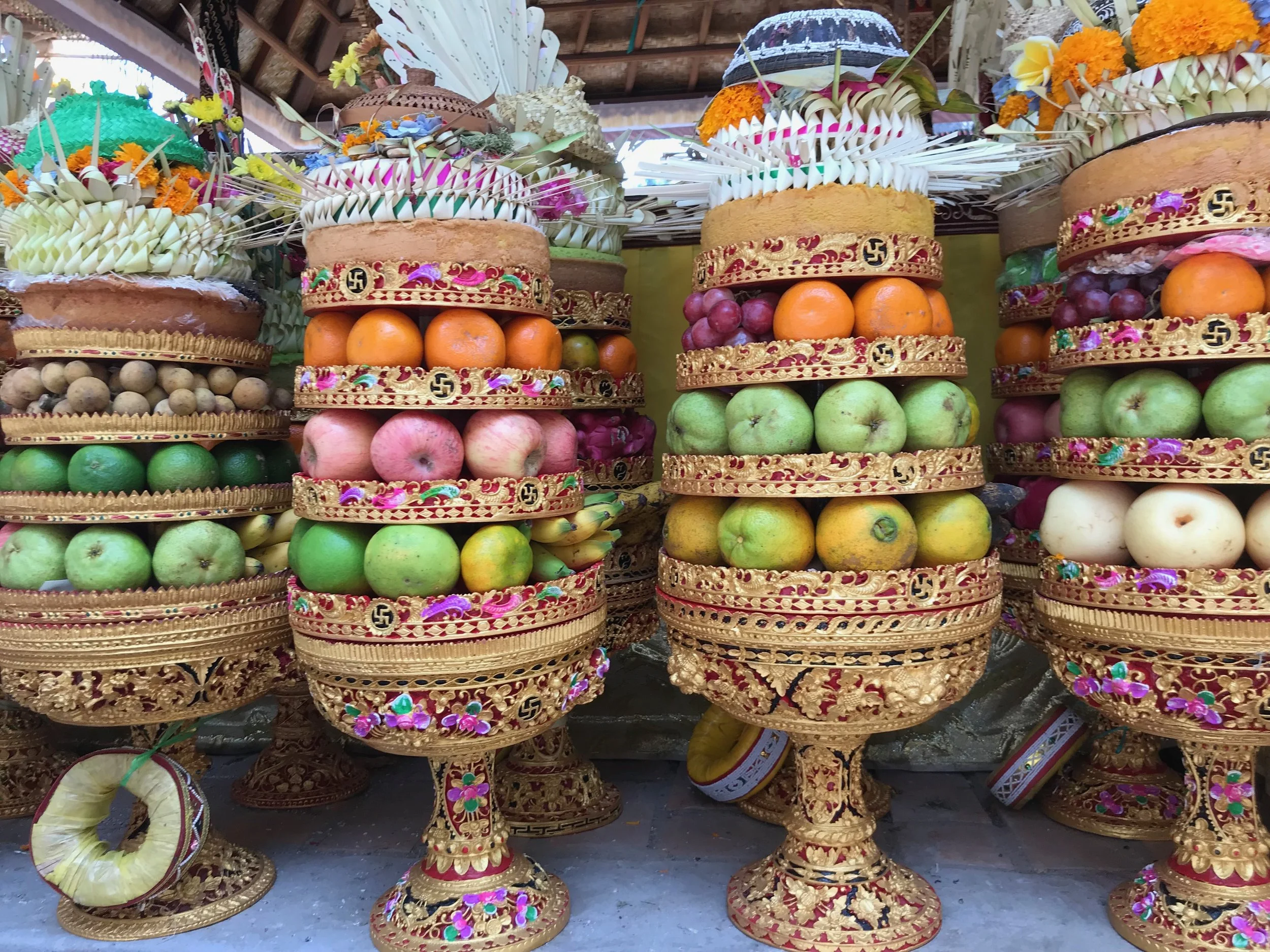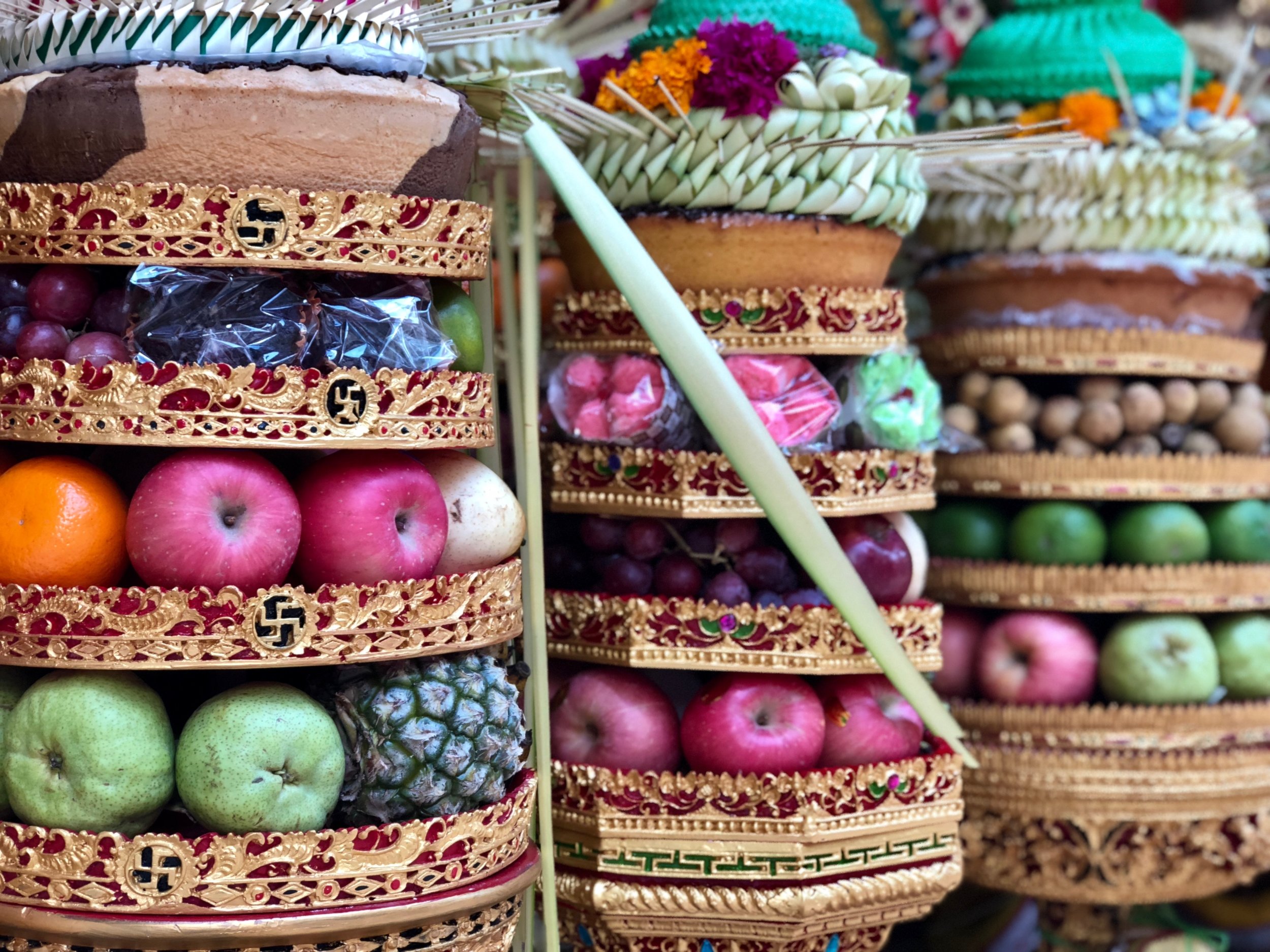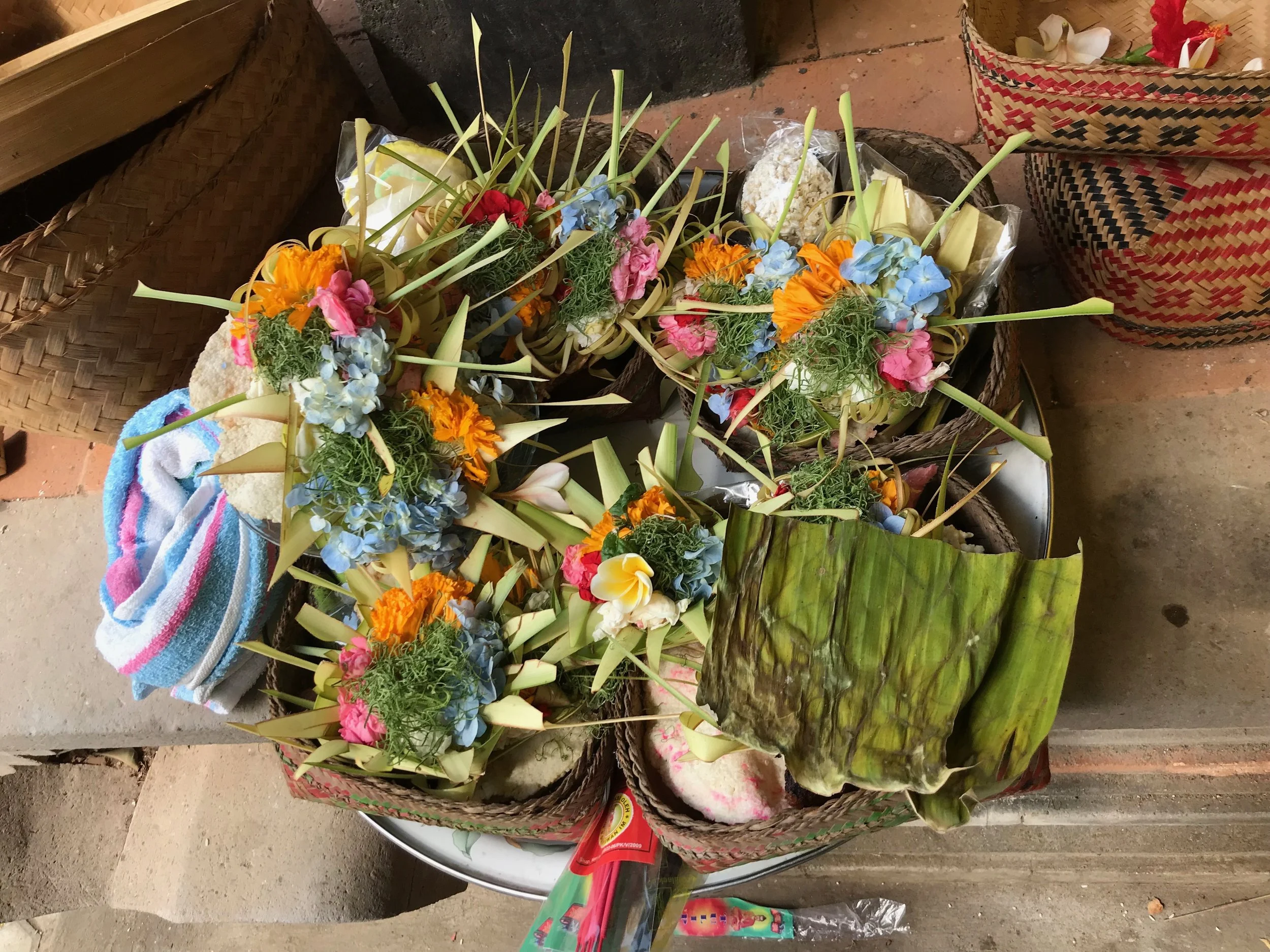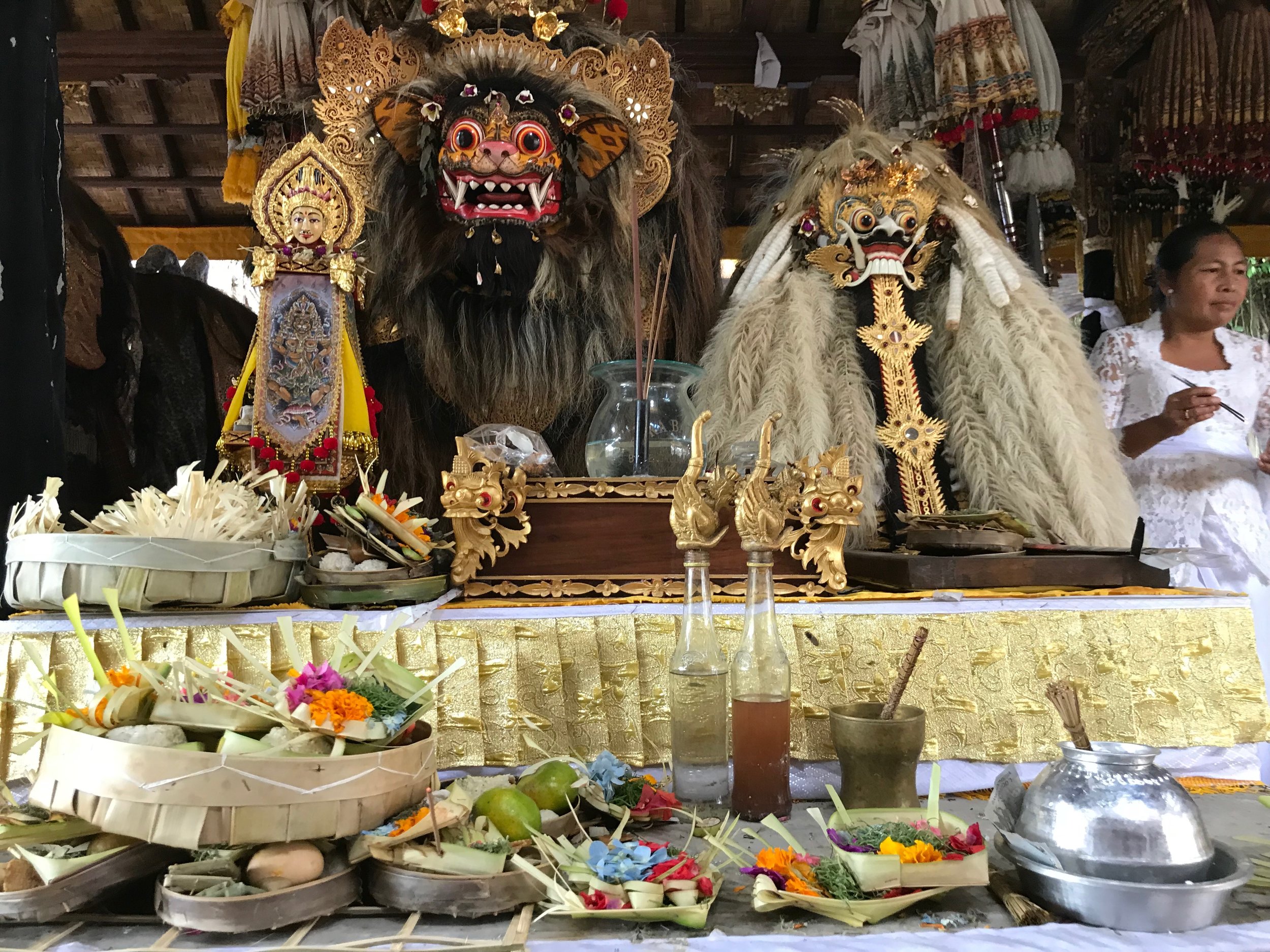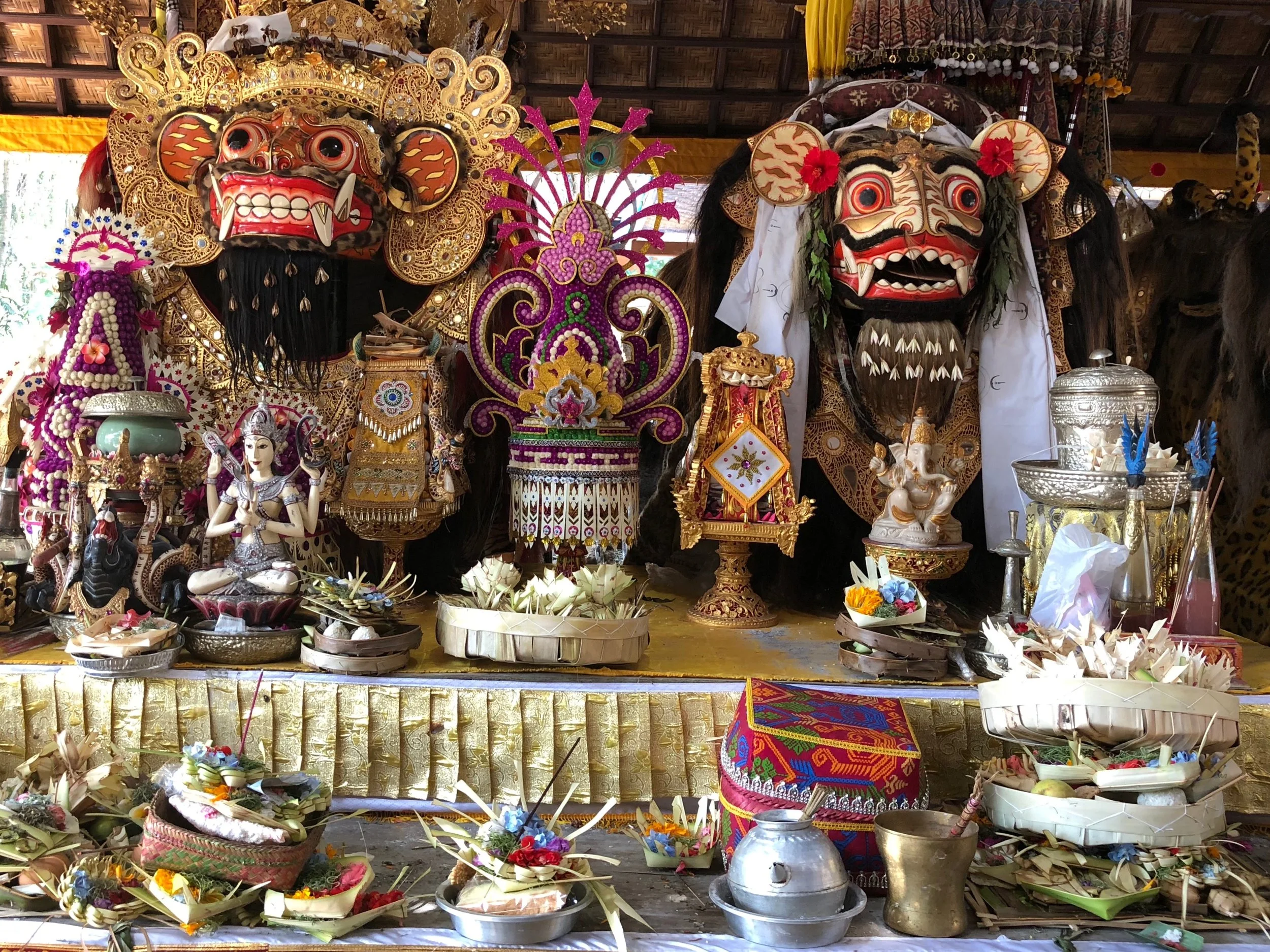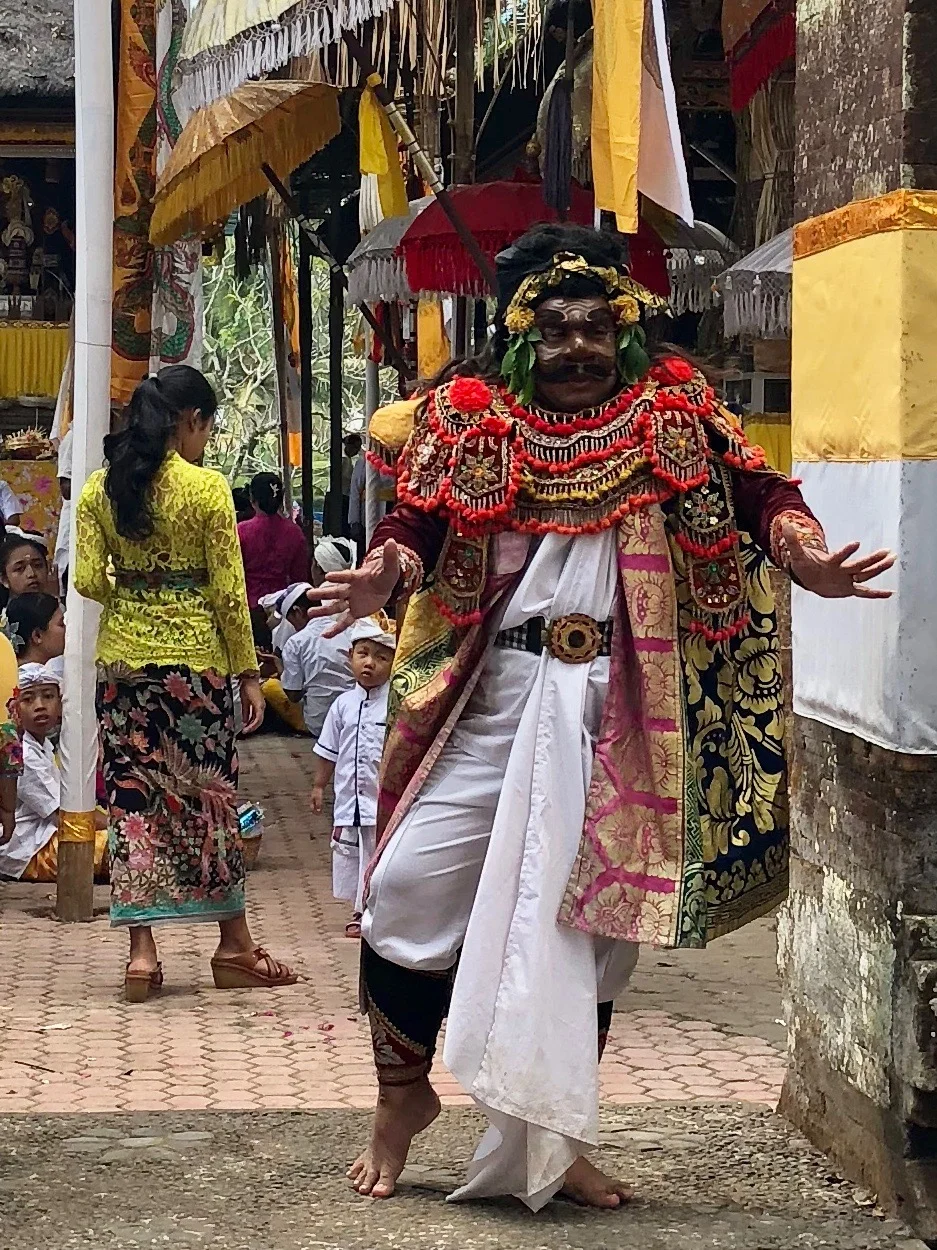Take a tour of some lesser-known but utterly awesome temples across India: the Golden Temple of Amritsar, Meenakshi Temple, Palitana Temples and Birla Mandir.
The majestic entrance to the Golden Temple in Amritsar. It’s time for the Taj Mahal to stop hogging the spotlight.
Ask anyone to name one thing they know about India and you’re likely to hear the same thing every time: the Taj Mahal.
The Taj Mahal is beautiful — but isn’t by any means the only impressive site to see in India.
Built between 1631 and 1648 by the Mughal emperor Shah Jahan as a testament to his love for his favorite wife, this iconic tourist attraction is as synonymous with India as the Eiffel Tower is with Paris, and Big Ben is with London. But amidst the understandable fanfare, travelers to India may be overlooking a host of other exciting historical monuments.
Here are four of the most beautiful and culturally significant locations in India — other than that famous marble mausoleum. One thing all these sites have in common: They’re some of the most underappreciated monuments in the country.
The Golden Temple
Location: Amritsar, Punjab
History: Completed in 1589, this iconic structure stands as a symbol of immense significance for Sikhism. As the name suggests, the temple is adorned with a resplendent golden coating — at least since 1830, when Maharaja Ranjit Singh overlaid the sanctum with gold leaf. Located in the city of Amritsar, the Golden Temple is surrounded by the tranquil Sarovar, a sacred pool of holy water.
Why it’s so cool: The temple’s exquisite architecture and serene ambiance pair with harmonious prayers and hymns to create a soul-stirring experience.
Fun fact: The Golden Temple is not only a place of worship but also a symbol of equality and community service. The temple houses the world’s largest community kitchen, called the Langar, where volunteers serve free meals to thousands of visitors daily, regardless of their caste, religion or social status. This inspiring tradition embodies the core values of Sikhism, emphasizing equality, compassion and selfless service.
Travel tip: Consider joining one of the escorted tours that traverse the northern regions of India. Amritsar is well-connected and can be easily reached by various means of transportation.
While visiting the Golden Temple, it’s advised to dress modestly and for women to cover their head as a sign of respect. Before entering the temple complex, take a moment to cleanse your feet at the designated washing area as a ritualistic purification.
Meenakshi Temple
Location: Madurai, Tamil Nadu
History: Step into a world where ancient legends and vibrant hues intertwine at the awe-inspiring Meenakshi Temple. The roots of this remarkable monument stretch back to the 6th century, when an ancient temple first graced this sacred site. Between 1190 and 1205, the current Meenakshi Temple was built, incorporating and expanding upon its historical foundations.
Why it’s so cool: While the Taj is serene and understated, Meenakshi has an enchanting kaleidoscope of colors that adorn its 14 gopurams. These towering pyramidal structures, perched over the temple entrances, are resplendent with 3,000-some intricate carvings and statues, from celestial deities to mythical creatures.
Fun fact: The temple is not only dedicated to Meenakshi (an avatar of Parvati, the Hindu goddess of love, beauty and fertility), but also Sundareshwarar, an avatar of her consort, Lord Shiva. The complex houses shrines for both deities, symbolizing the divine union of feminine and masculine energies.
Travel tip: From Madurai Junction Railway Station, it’s a 10-minute walk to the temple grounds. Again, dress respectfully. Consider engaging a guide who can illuminate the temple’s fascinating history, legends and the symbolic significance behind its vibrant colors.
Palitana Temples
Location: Shatrunjaya hills near Palitana in Bhavnagar district, Gujarat
History: Nestled amidst the hills of Gujarat, the Palitana Temples comprise a colossal collection of over 800 sacred buildings that dot the mountainous landscape. These temples, built around the 11th century, hold immense significance for followers of Jainism, drawing thousands of pilgrims from around the world who embark on a spiritual journey of devotion and enlightenment.
Why they’re so cool: Prepare to be awestruck by the sheer magnitude of the Palitana Temples, as they create an ethereal landscape of spirituality and architectural splendor. The journey to these sacred shrines is a testament to the unwavering faith of Jain followers, who ascend a staggering 3,500 steps to reach the base of the temples. The sight of hundreds of temples scattered across the hills creates a mesmerizing panorama that is truly awe-inspiring.
Fun fact: Palitana holds the distinction of being the world’s largest cluster of Jain temples. This extraordinary complex is a sanctuary for Jain devotees, with each temple showcasing intricate carvings, vibrant colors, and architectural marvels. The temples serve as a testament to the spiritual devotion of the Jain community and provide a serene sanctuary for introspection and reverence.
Travel tip: The temples can be conveniently accessed by taking the Western Railway line from major cities like Delhi, Chennai and Kolkata. The nearest cities, Ahmedabad and Bhavnagar, located approximately 25 kilometers away, offer transportation connections to Palitana.
Be prepared for the ascent to the temples by wearing comfortable shoes and carrying water. If climbing the stairs is not an option, you can hire a palanquin in the town at the base of the hills and get carried up.
Birla Mandir Kolkata
Location: Ashutosh Chowdhury Avenue, Kolkata, West Bengal
History: The illustrious Birla family commissioned the temple, which was constructed from 1970 to 1996. Carved out of pristine white marble and sandstone, this architectural gem emanates a celestial radiance when the midday sun casts its rays upon it. A symbol of devotion and artistic brilliance, Birla Mandir stands as another testament to India’s rich religious heritage.
Why it’s so cool: Venture inside to discover a realm of intricate statues and carvings dedicated to Hindu avatars of the god Vishnu, such as Lord Krishna and Radha. The exquisite craftsmanship and attention to detail bring these divine figures to life, evoking a sense of reverence and spiritual tranquility.
Fun fact: Across India, there are 14 temples bearing the name Birla Mandir. Each is a testament to the philanthropic efforts of the Birla family, who have contributed significantly to the construction of these sacred spaces. However, the Kolkata Mandir stands out as a pinnacle of aesthetic beauty. Just make sure you’re planning to visit the right one!
Travel tip: You can easily reach the temple by taxi or bus tour from the city. Remember to dress modestly when entering the temple. And be aware that the temple is closed for much of the day. Go early or go late: It opens from 5:30 a.m. to 11 a.m., then closes. It reopens in the evening, from 4:30 p.m. to 11 p.m.
A carving of Virabhadra, a fierce form of the god Shiva, as part of the crowded and colorful façade of Meenakshi Temple
India, Beyond the Taj Mahal
While I wholeheartedly recommend experiencing the majestic beauty of the Taj Mahal during your sojourn in India, turning a blind eye to these other captivating destinations would be nothing short of a crime. These lesser-known gems deserve a spot on your travel bucket list. –Andrew Ellison

